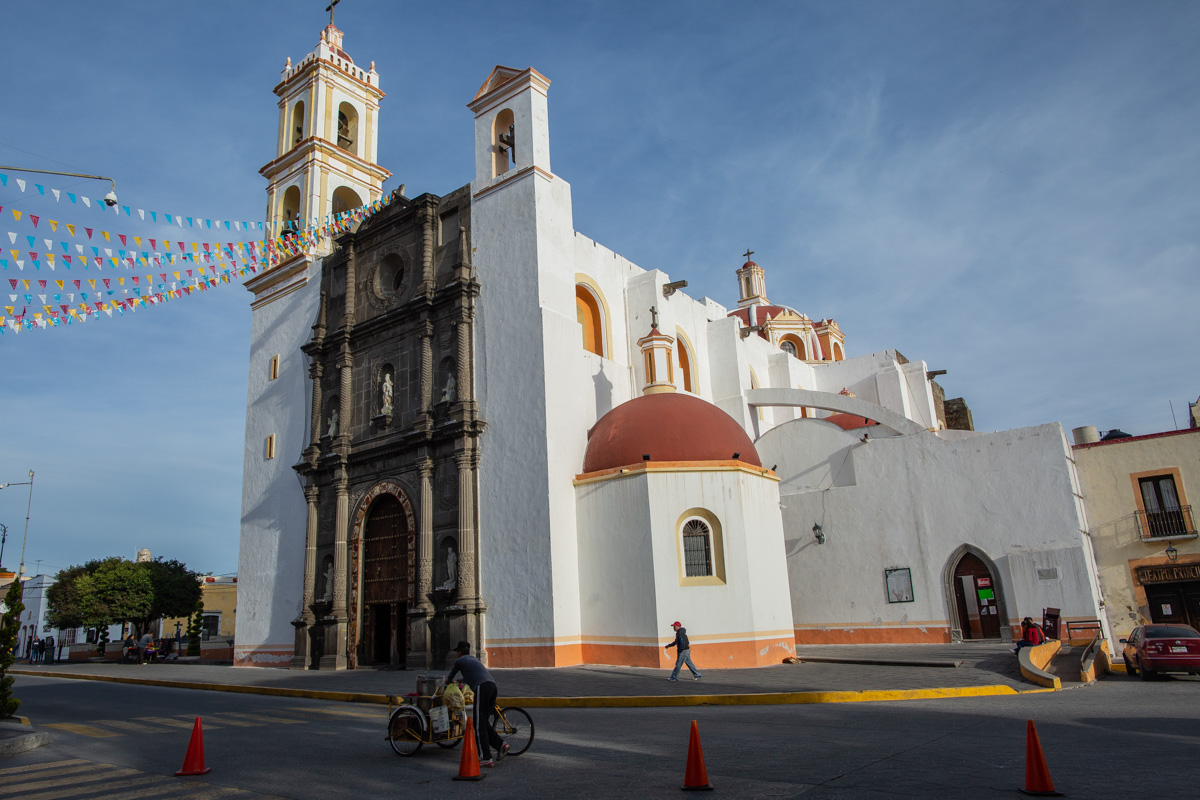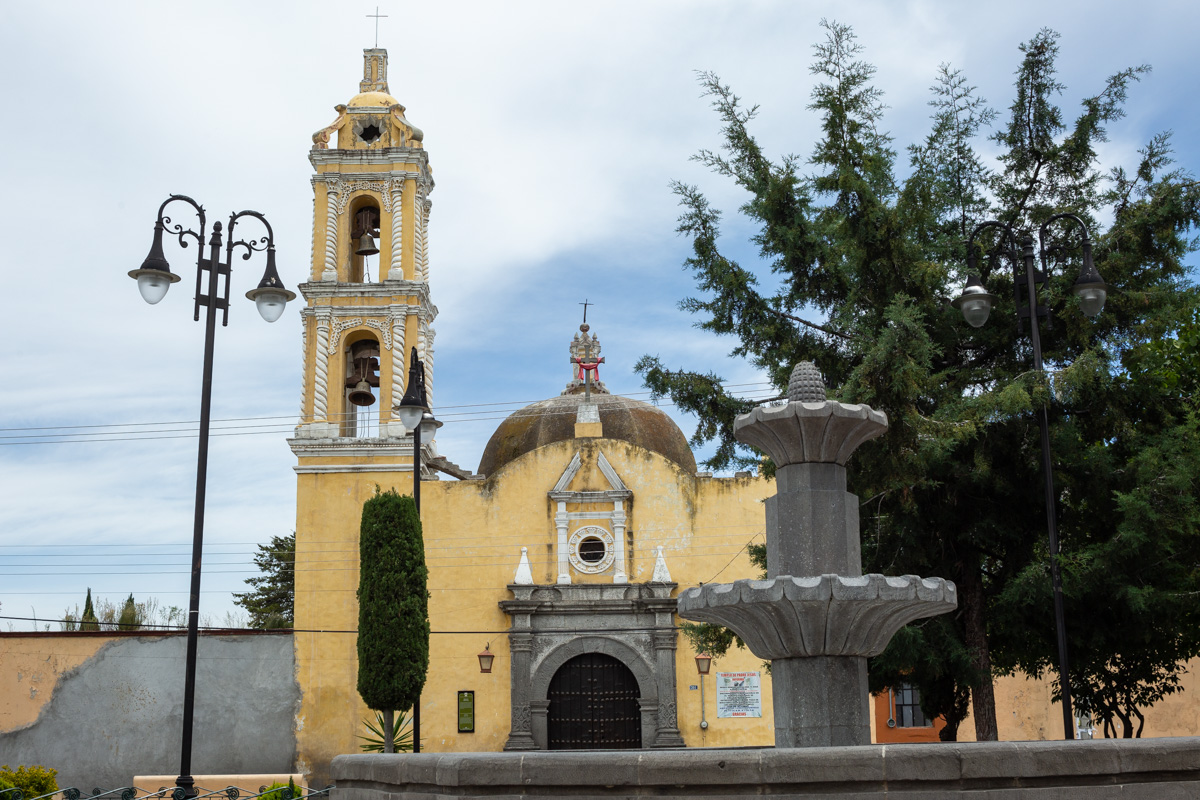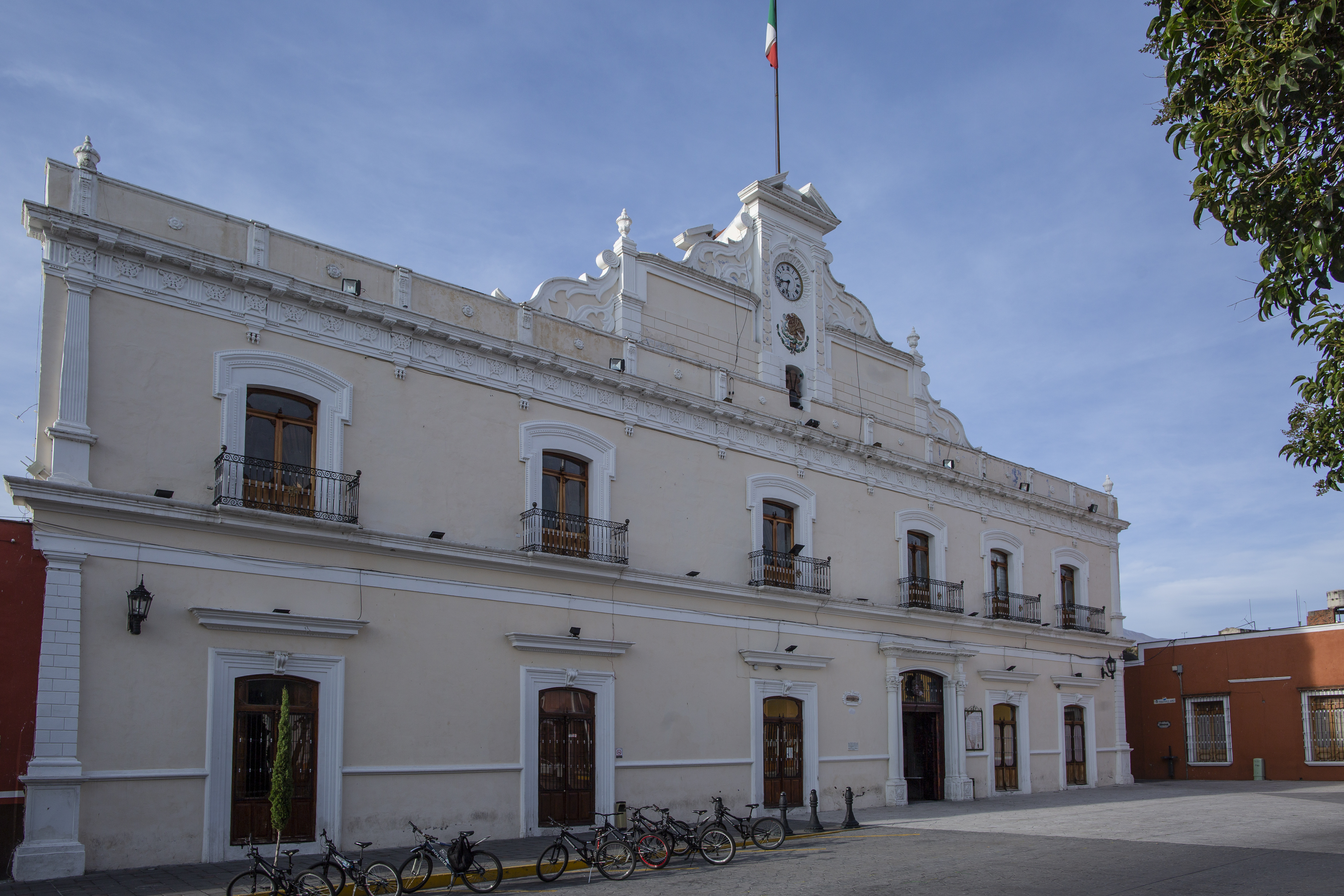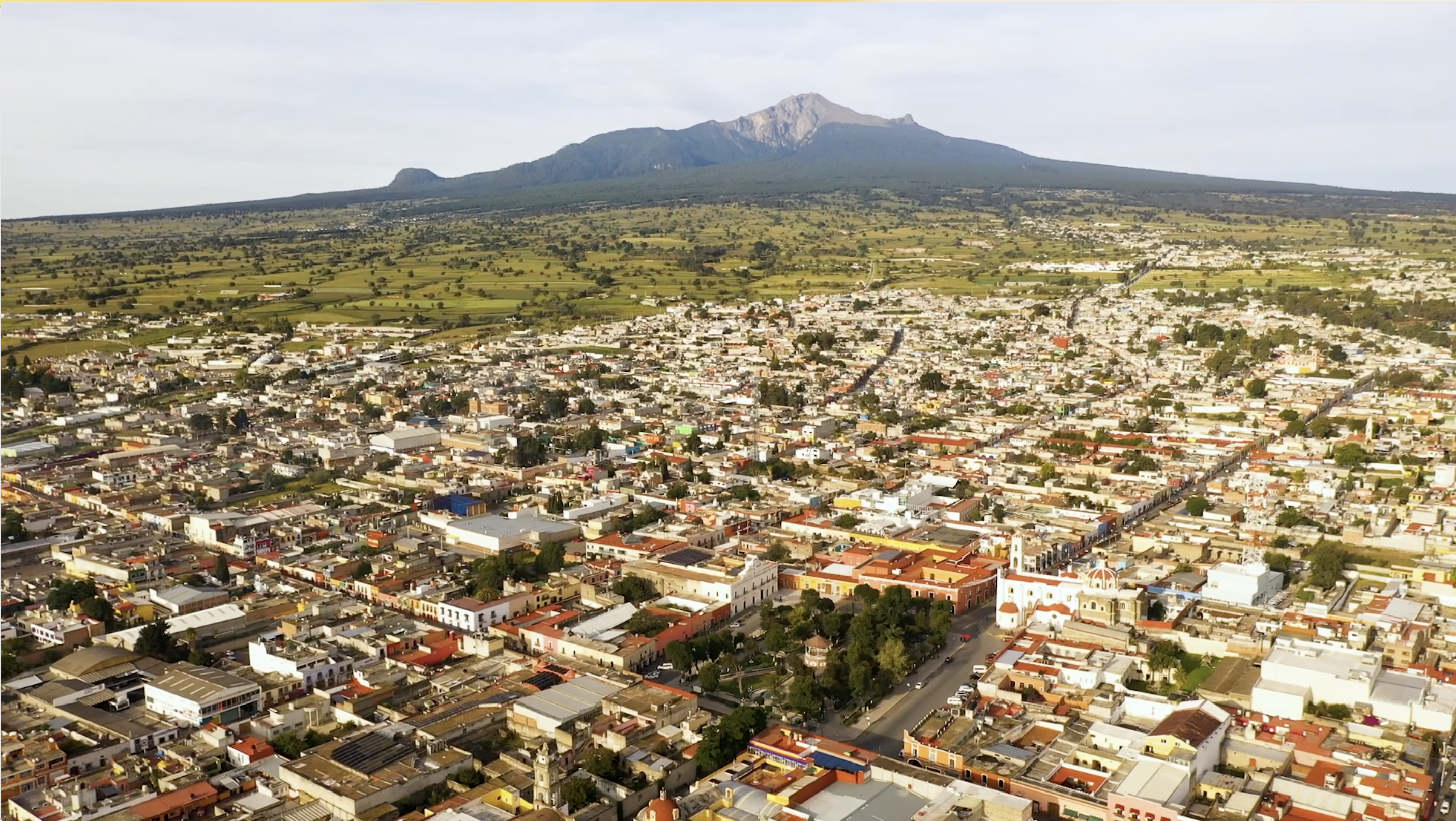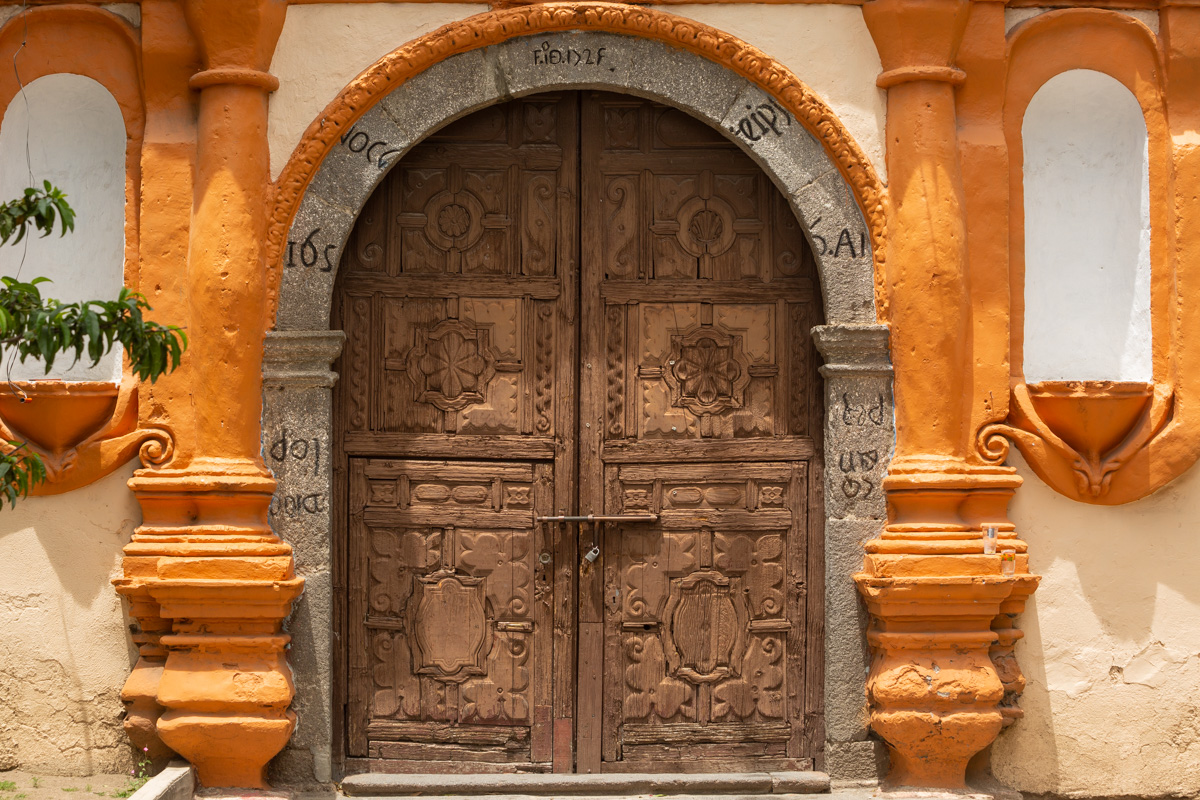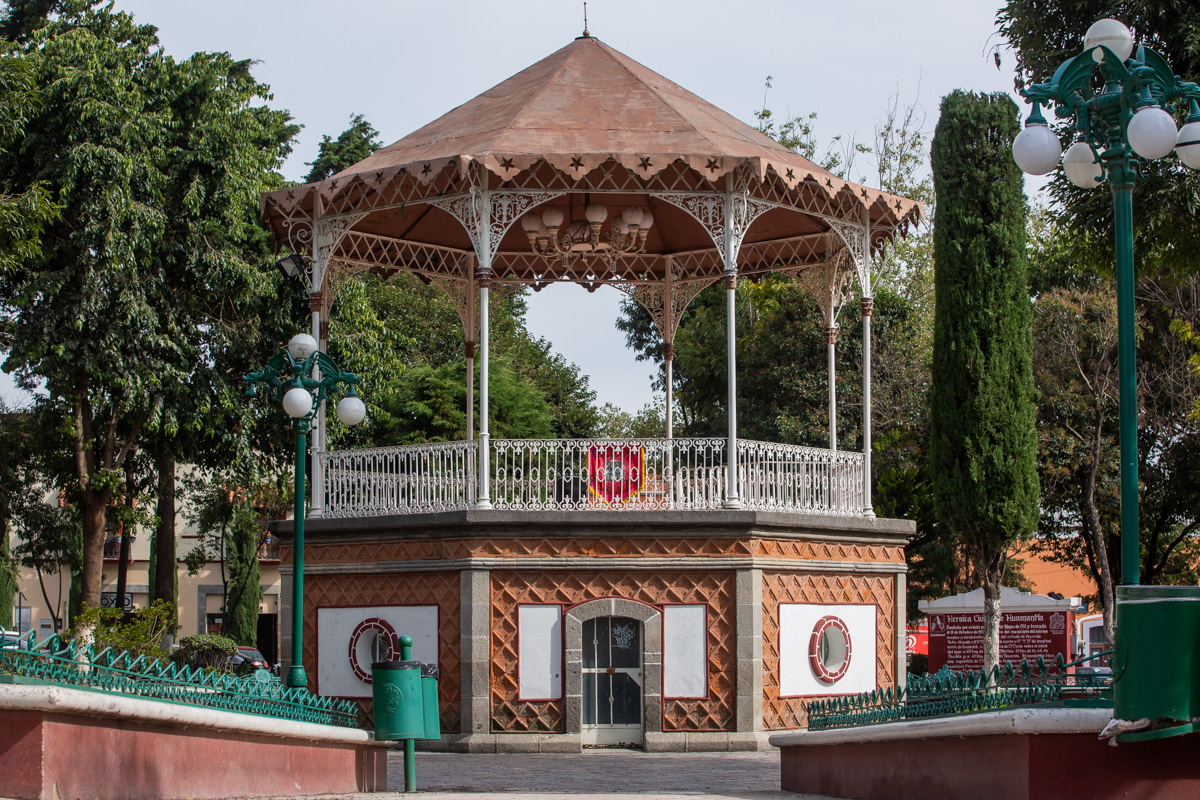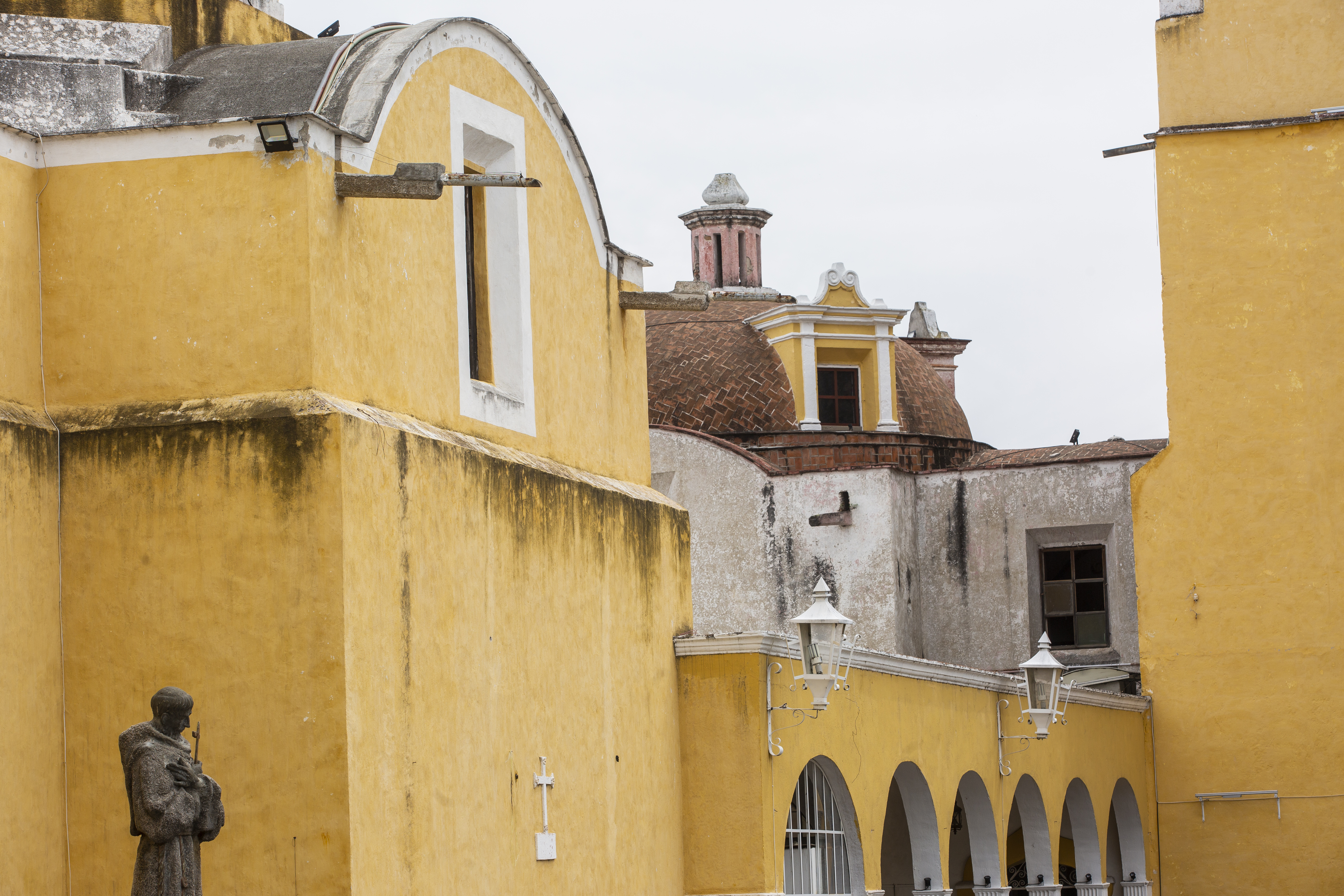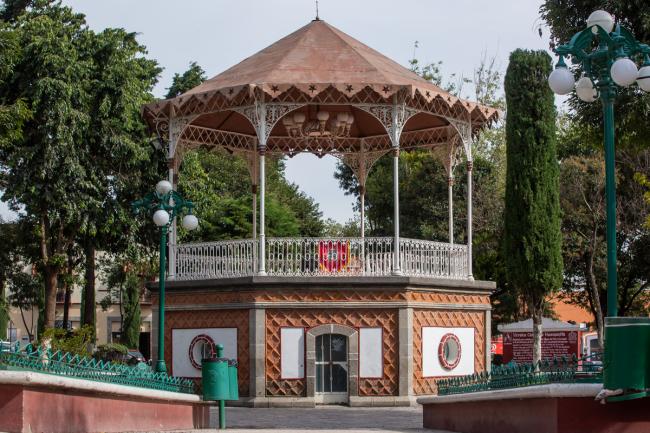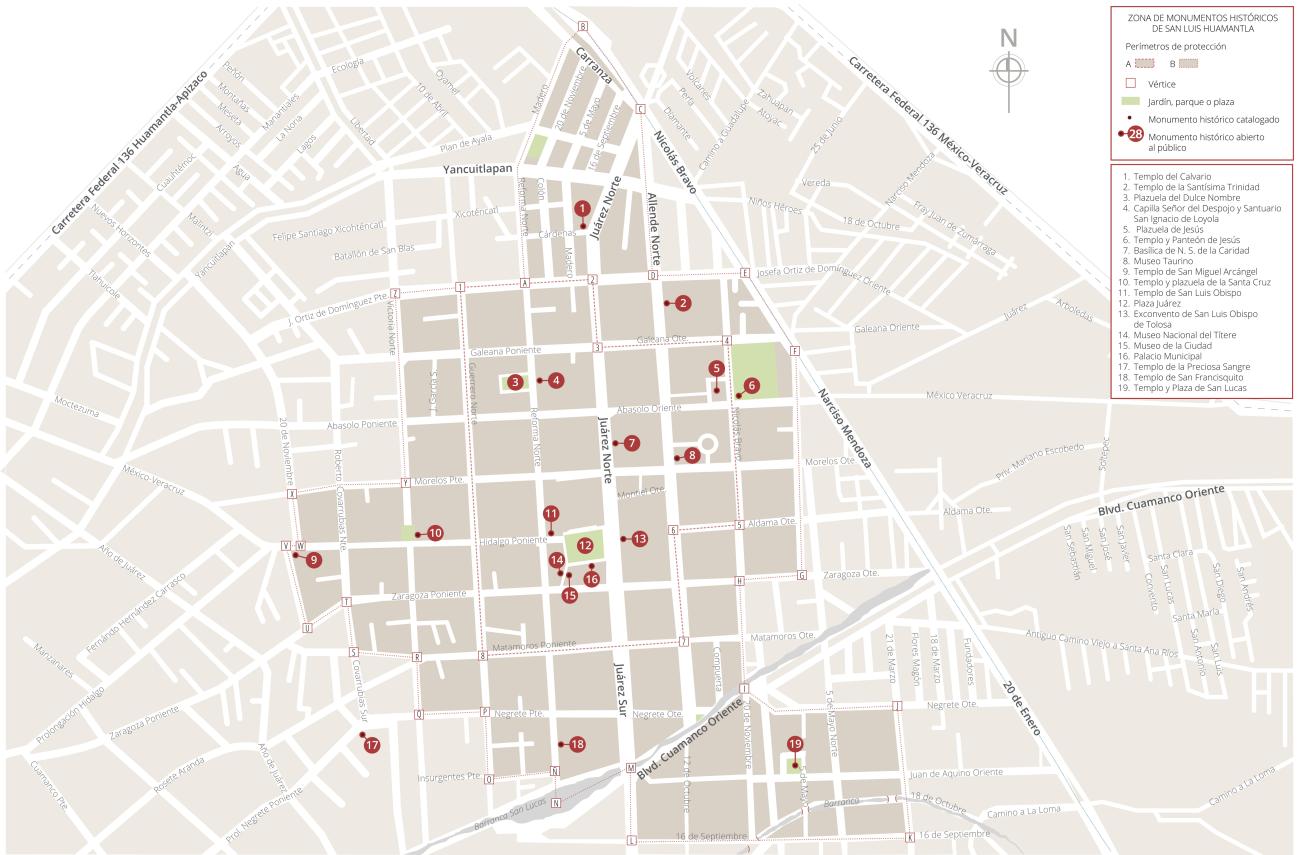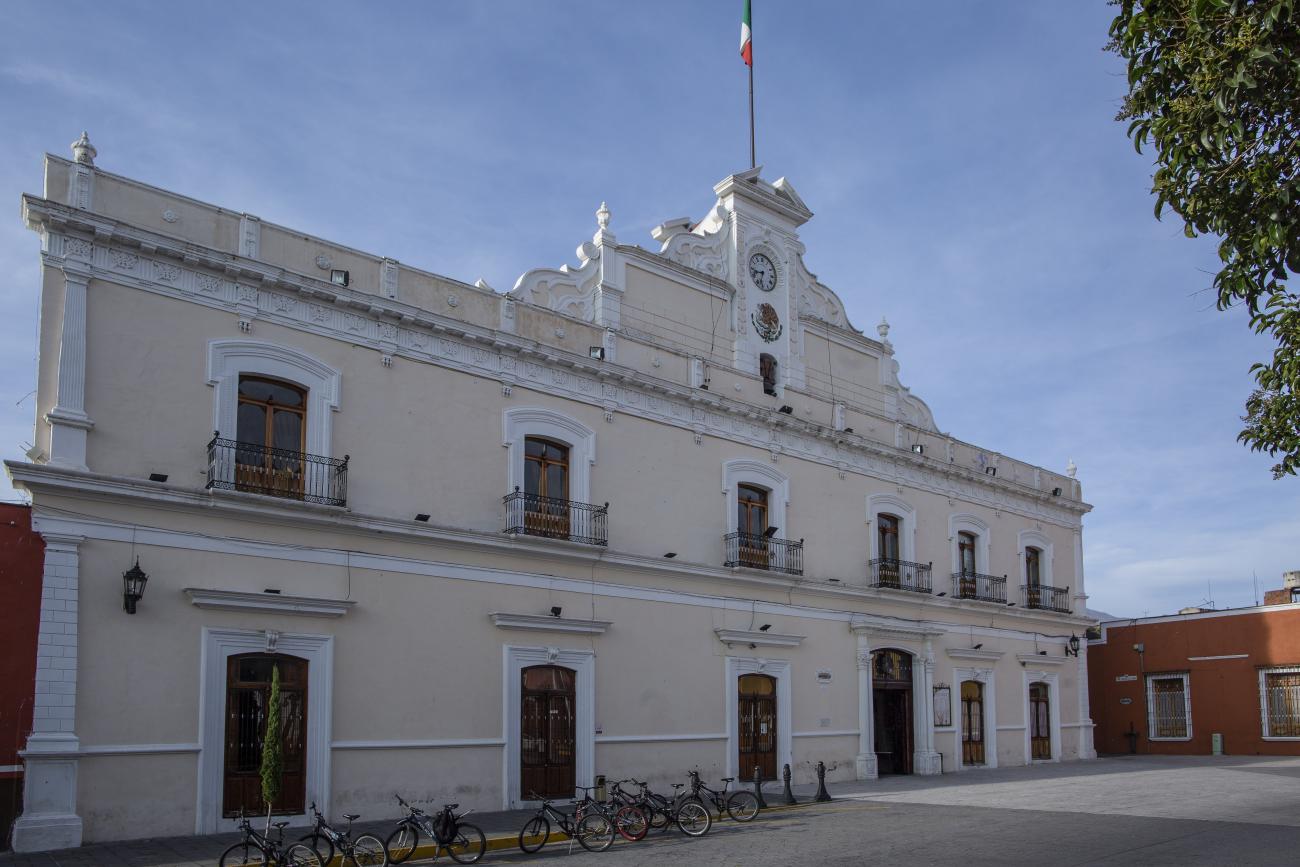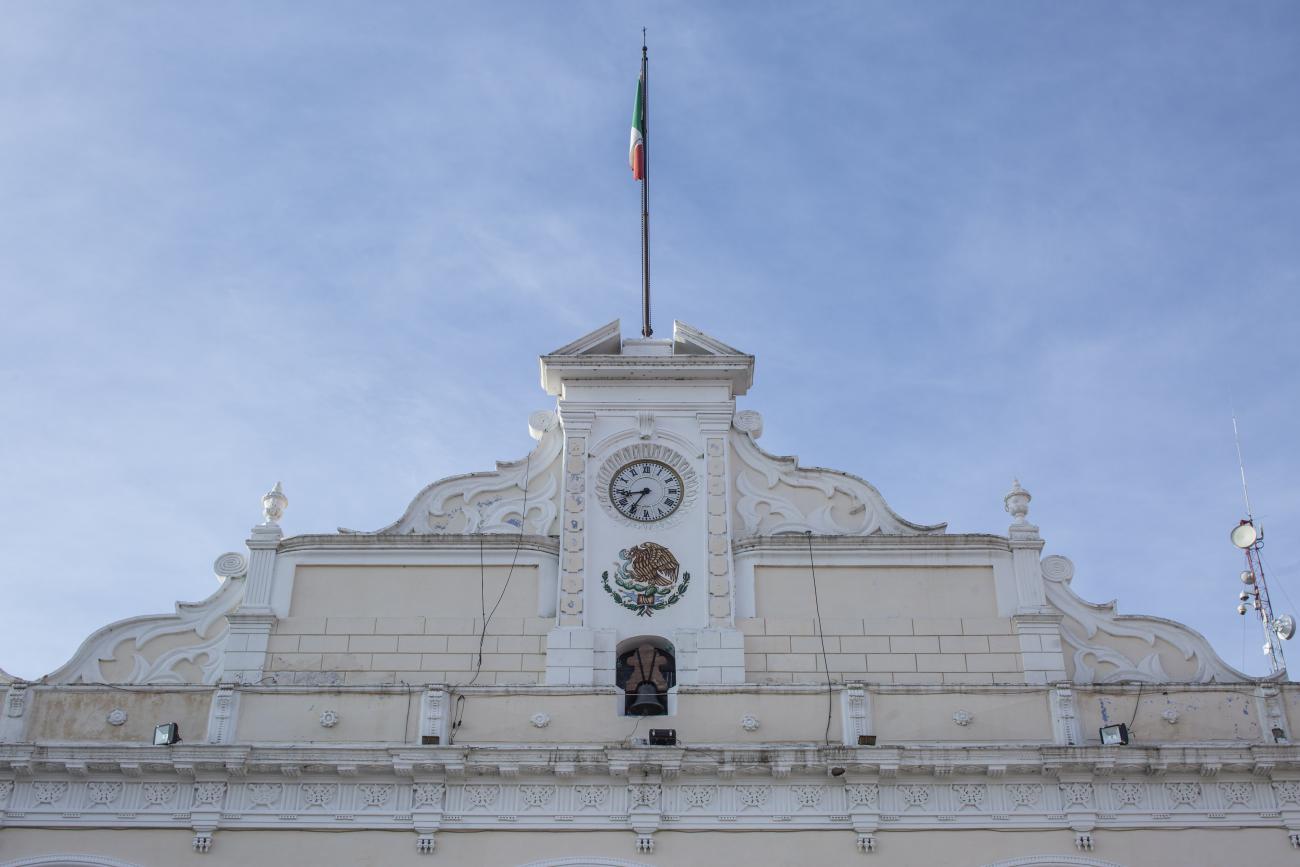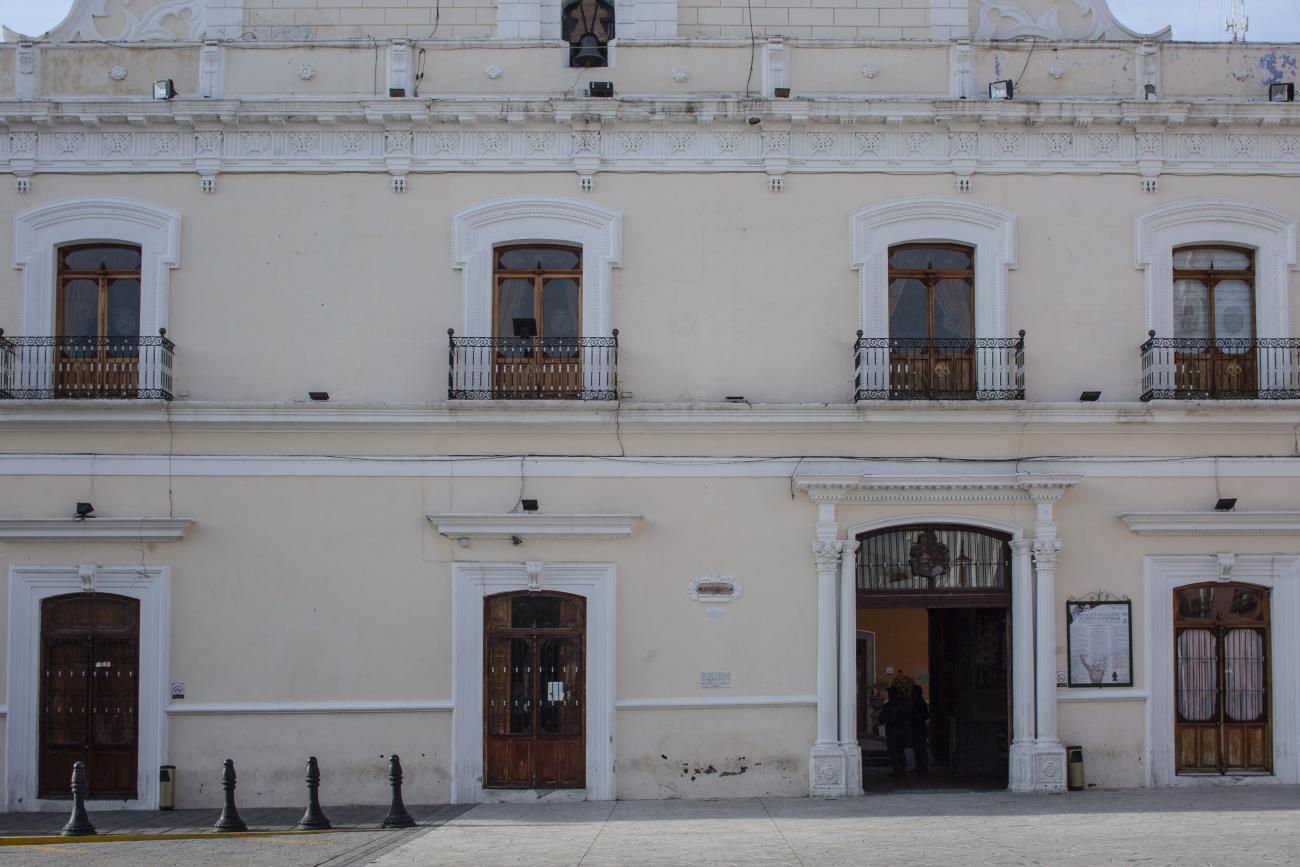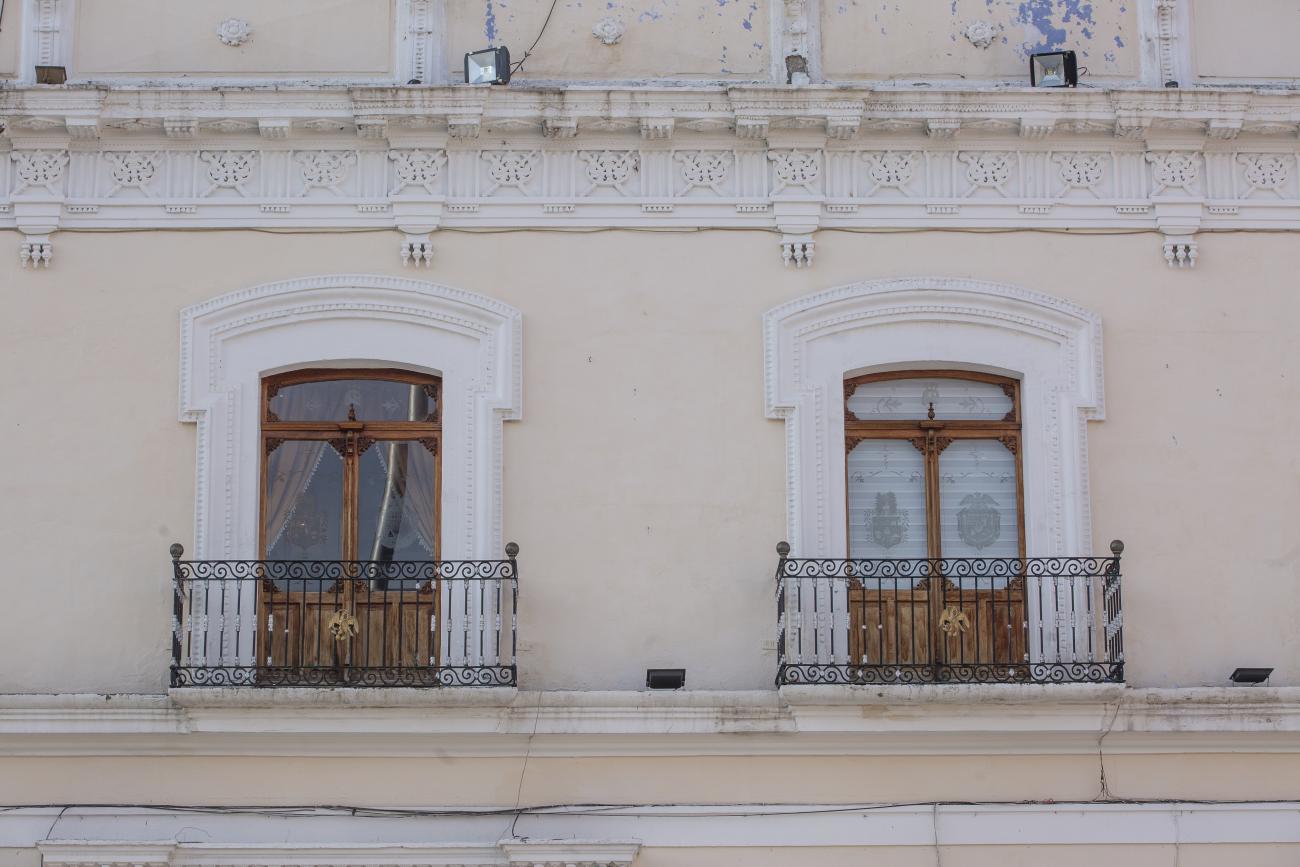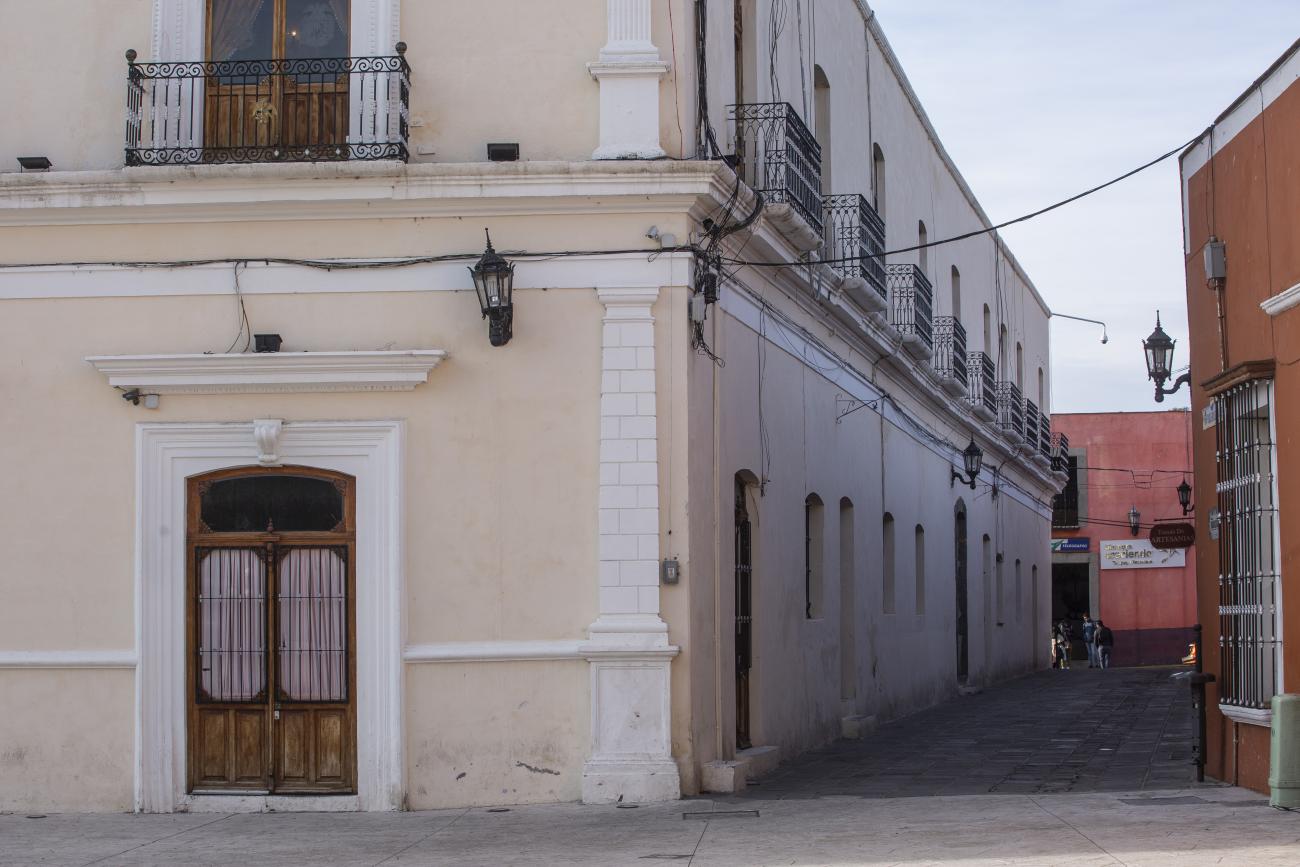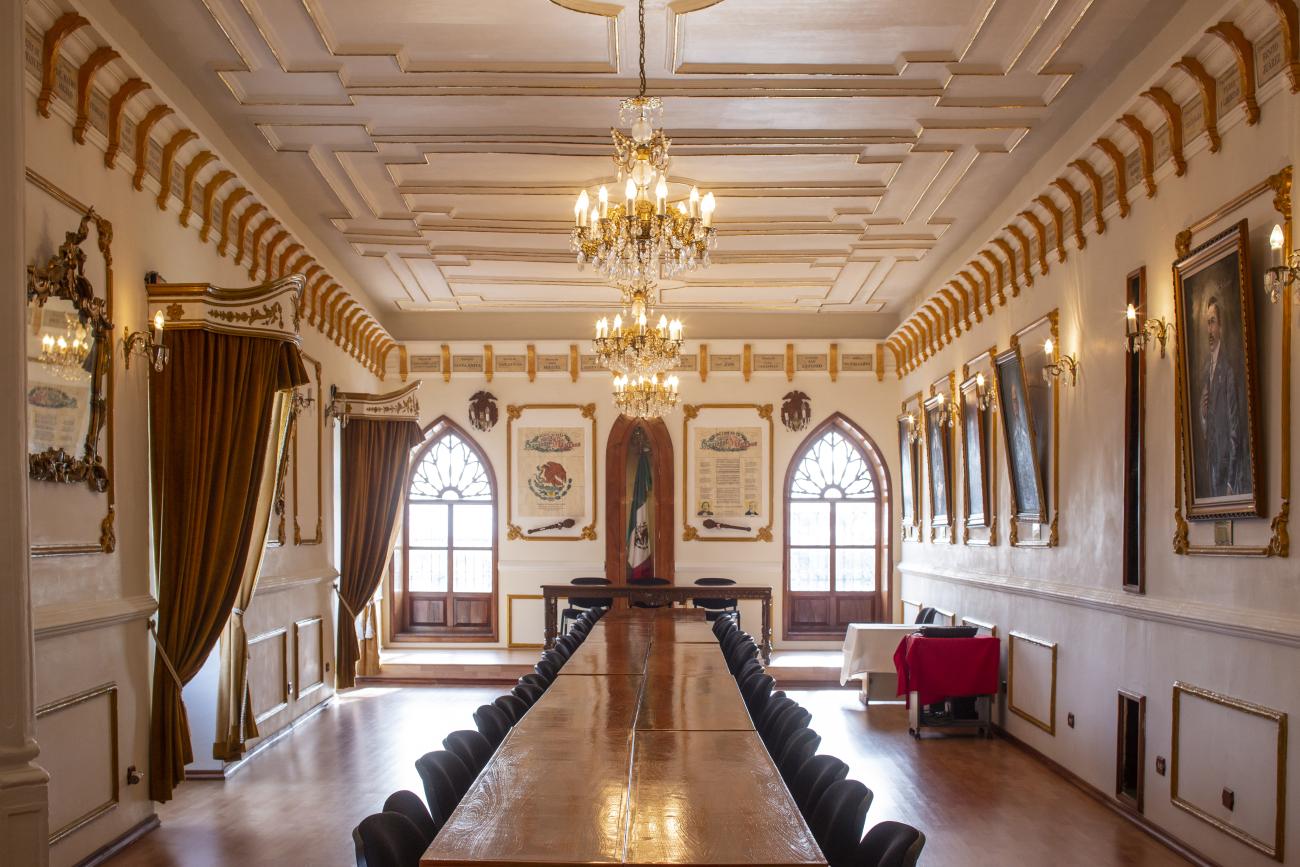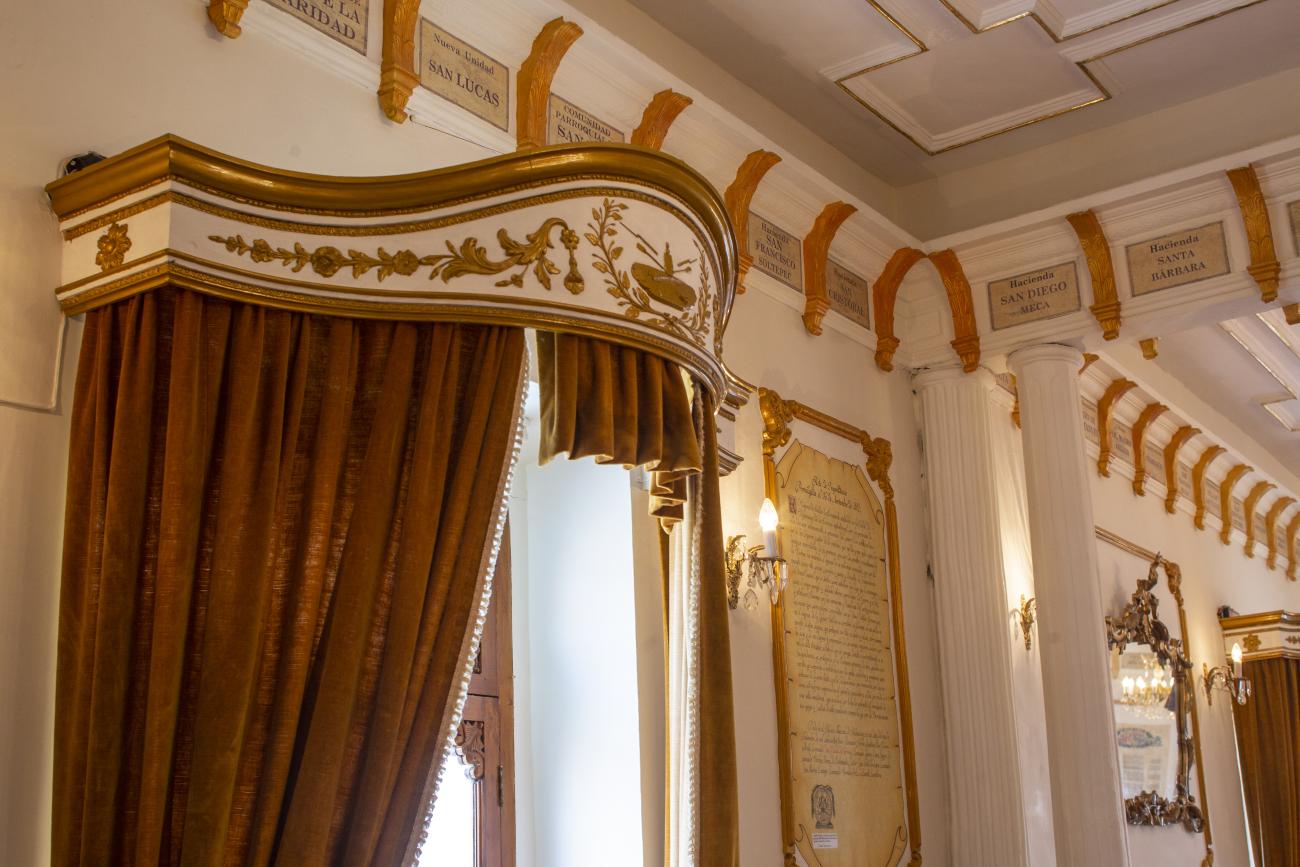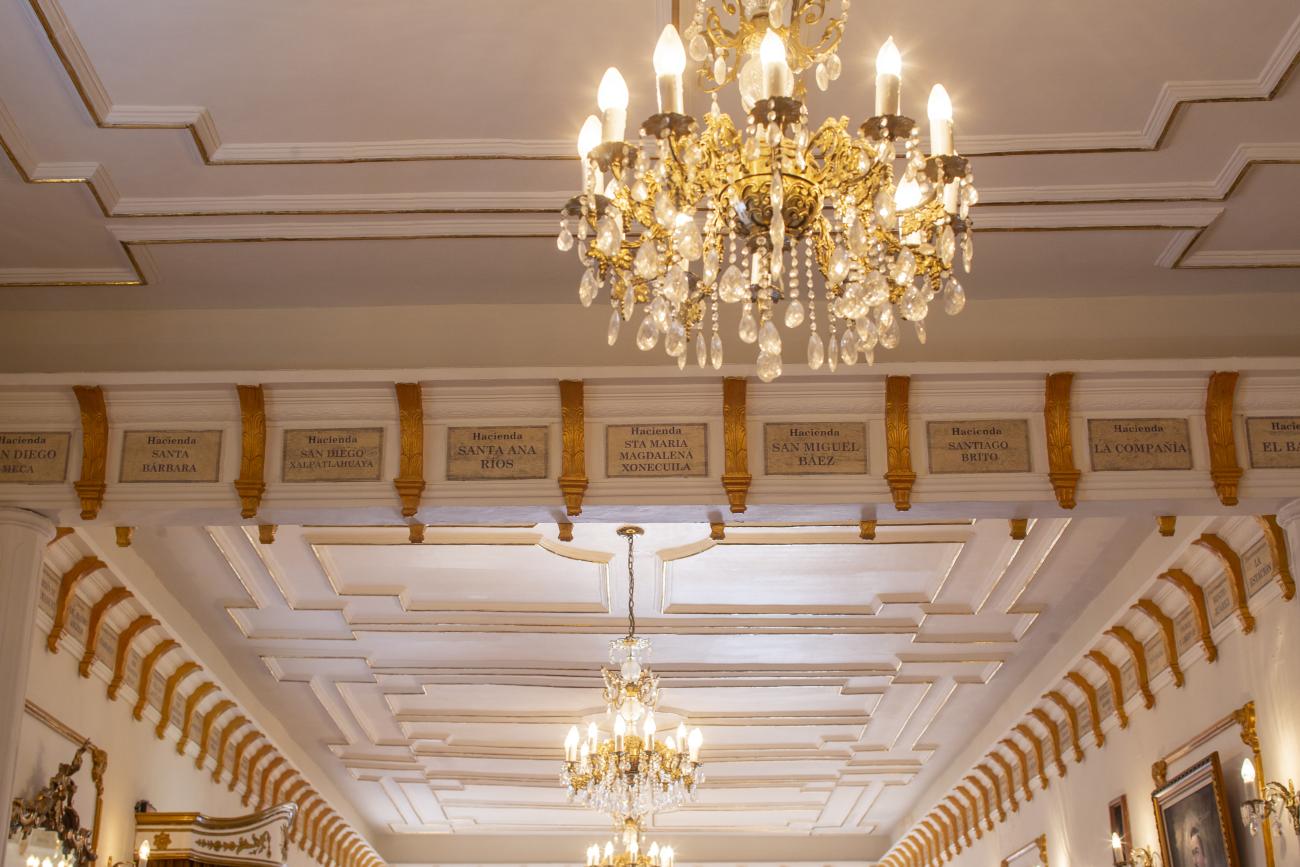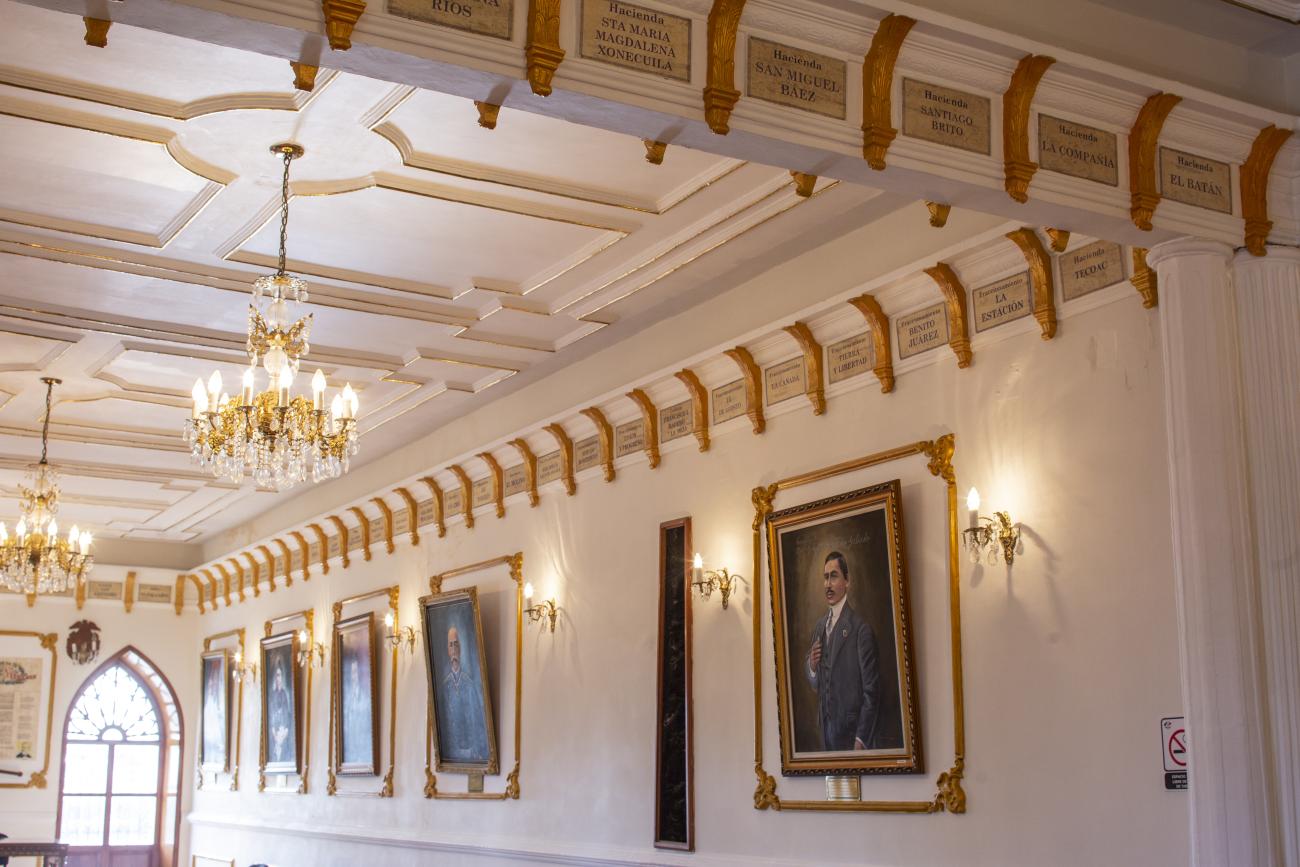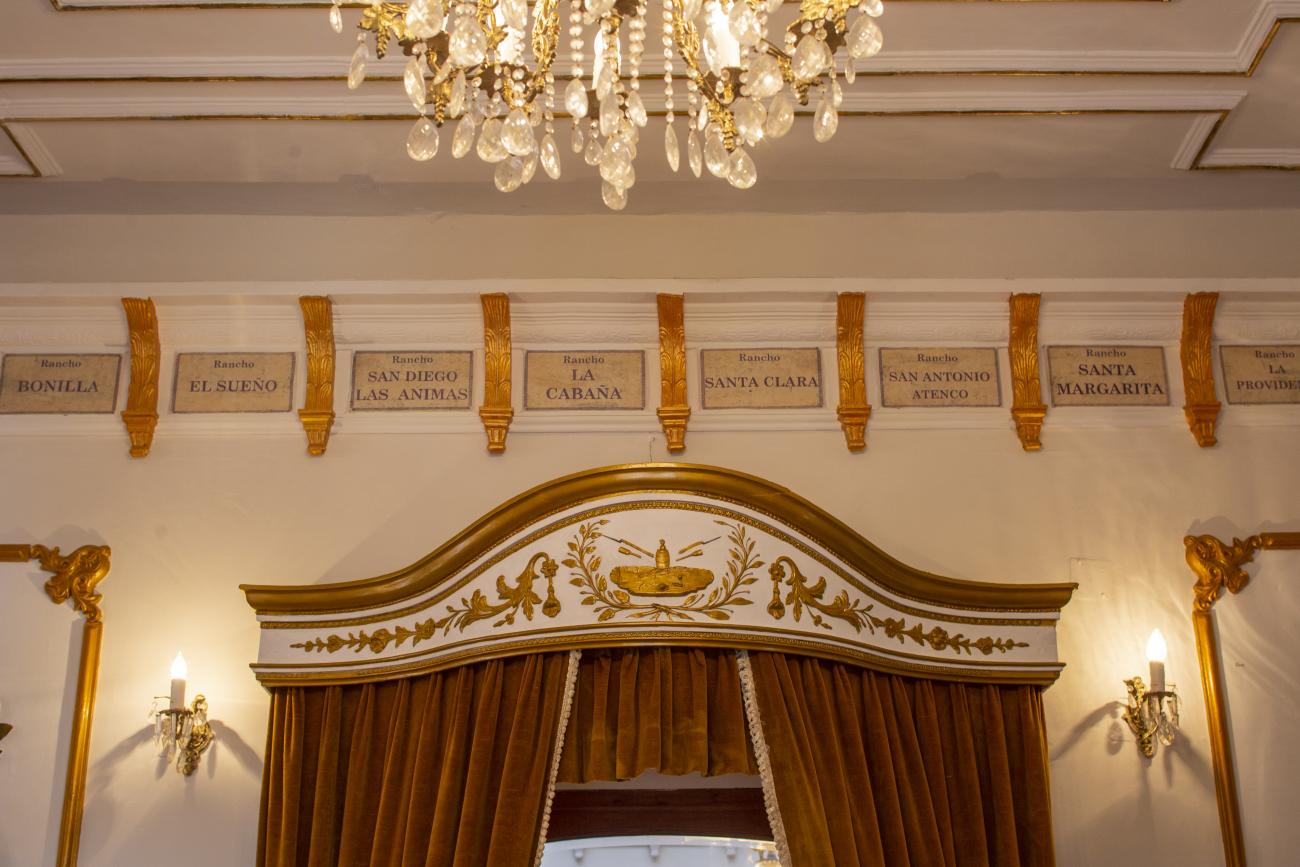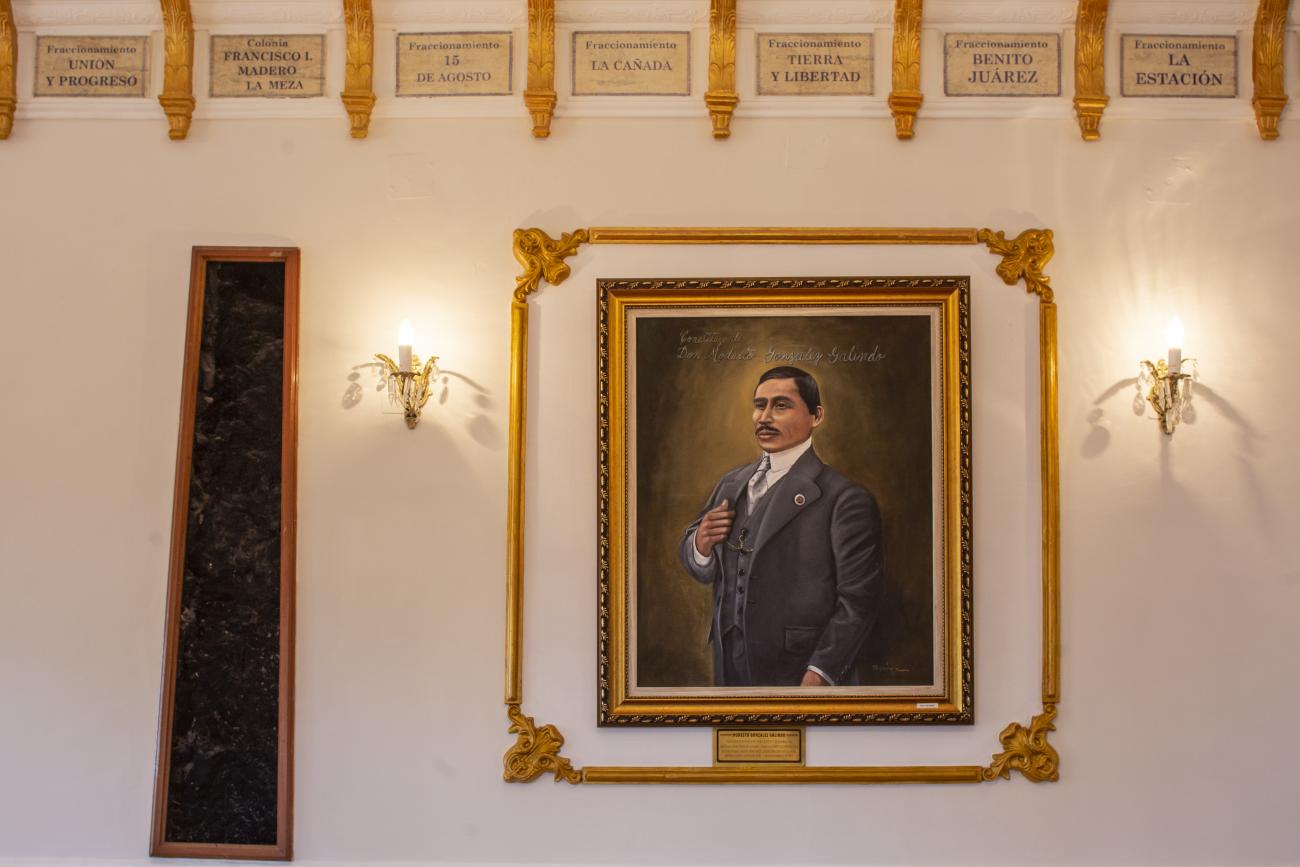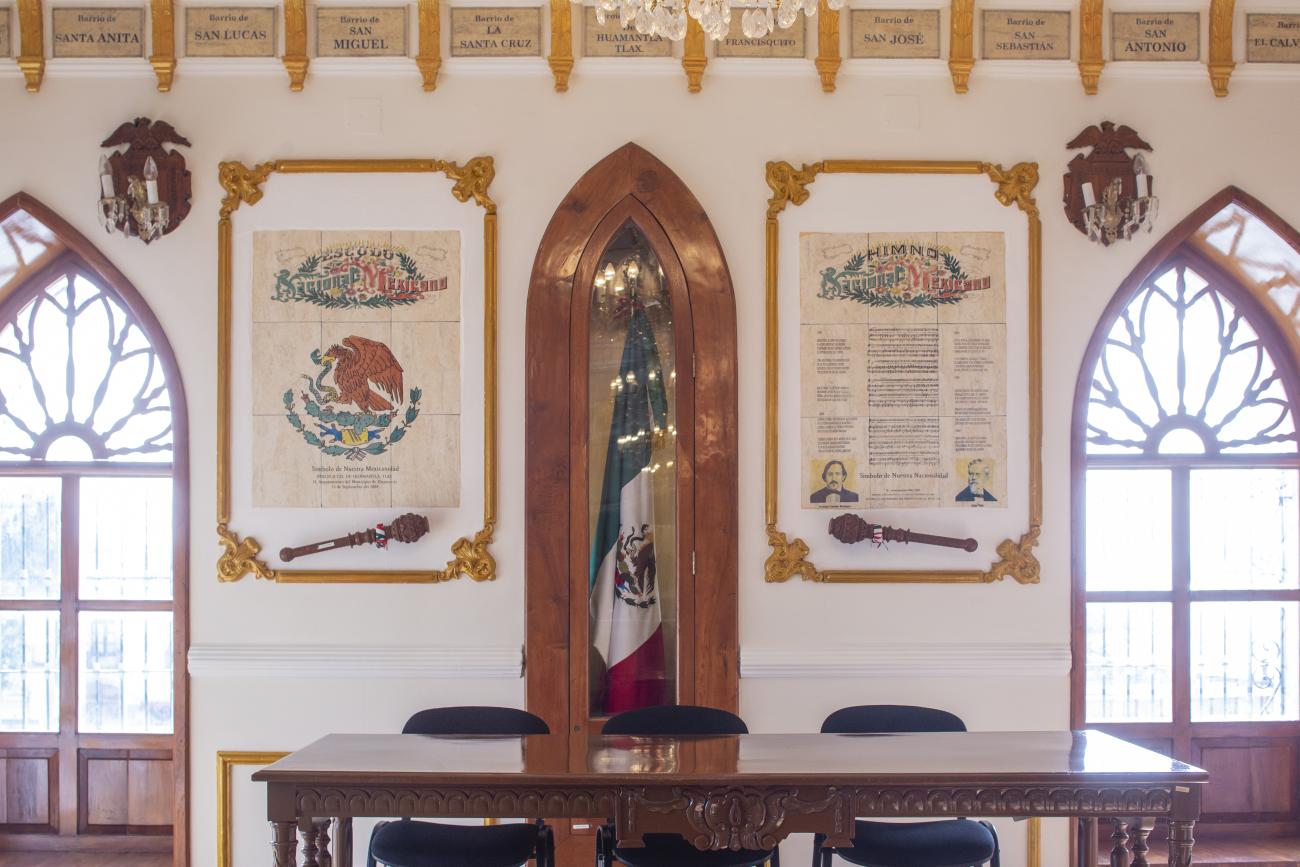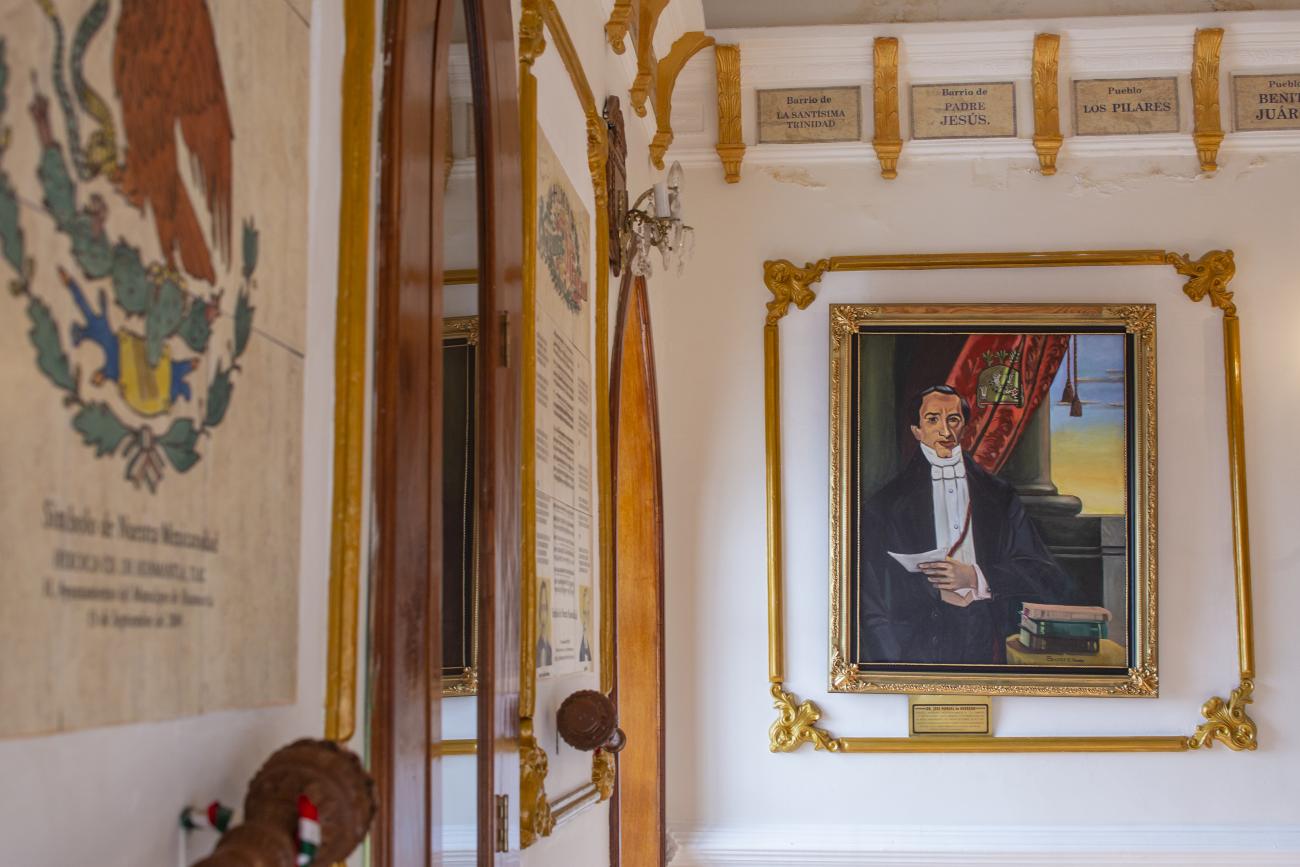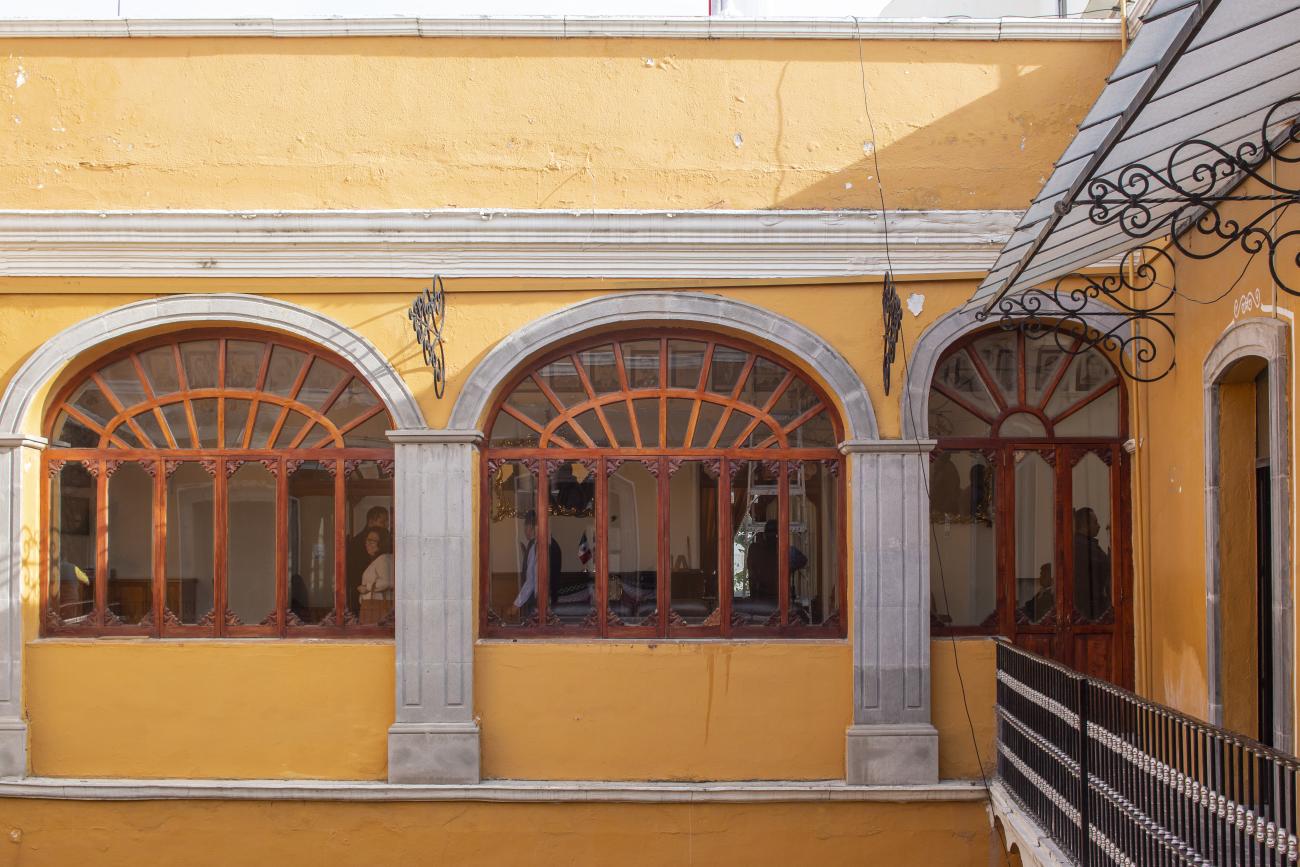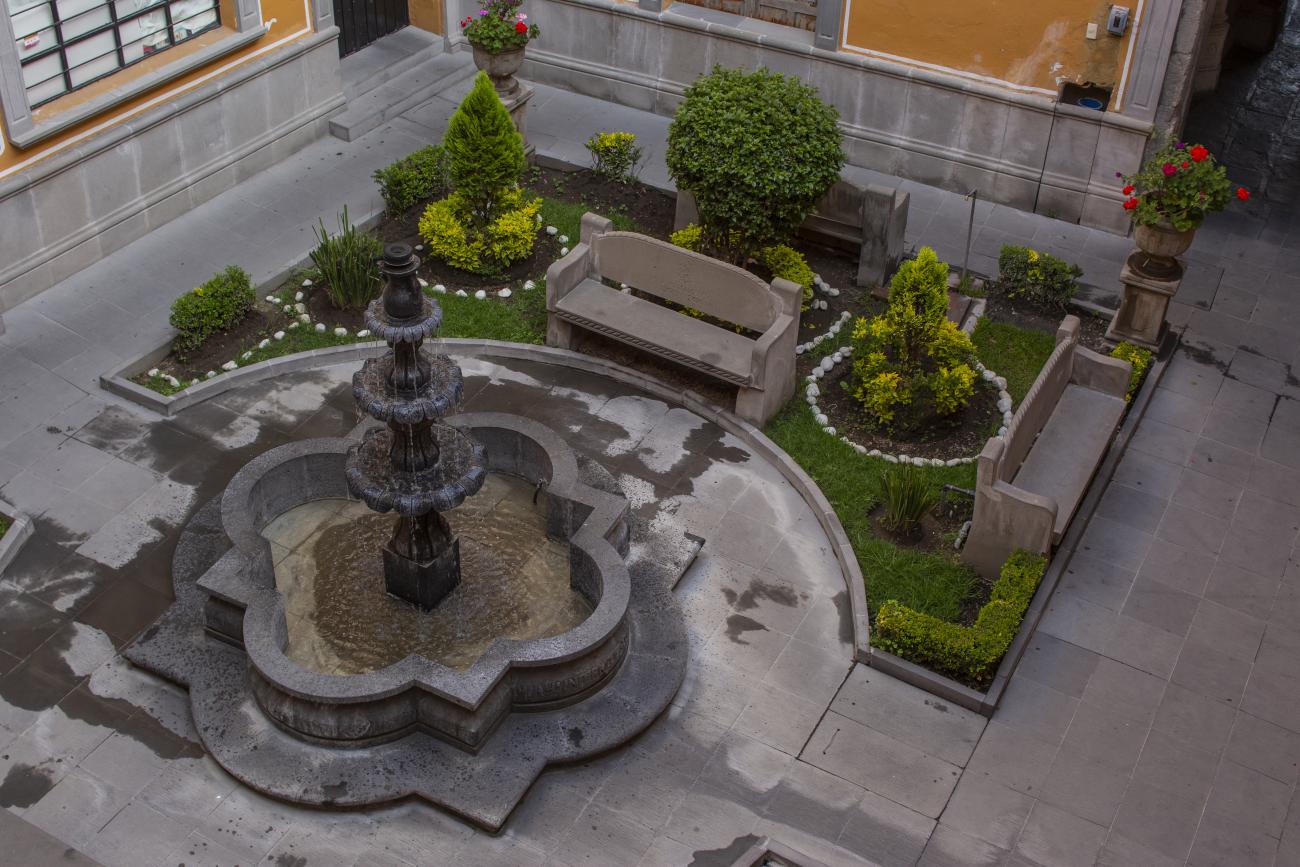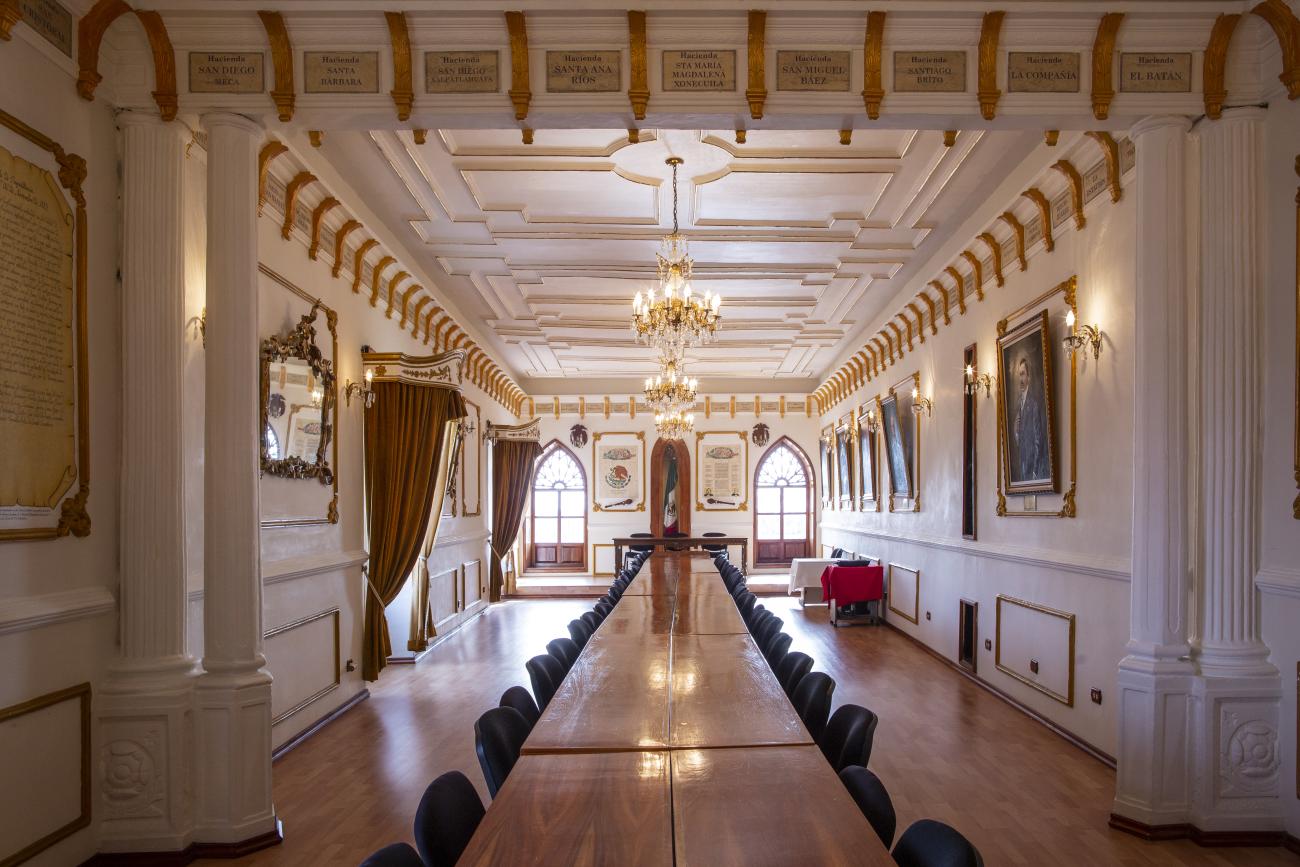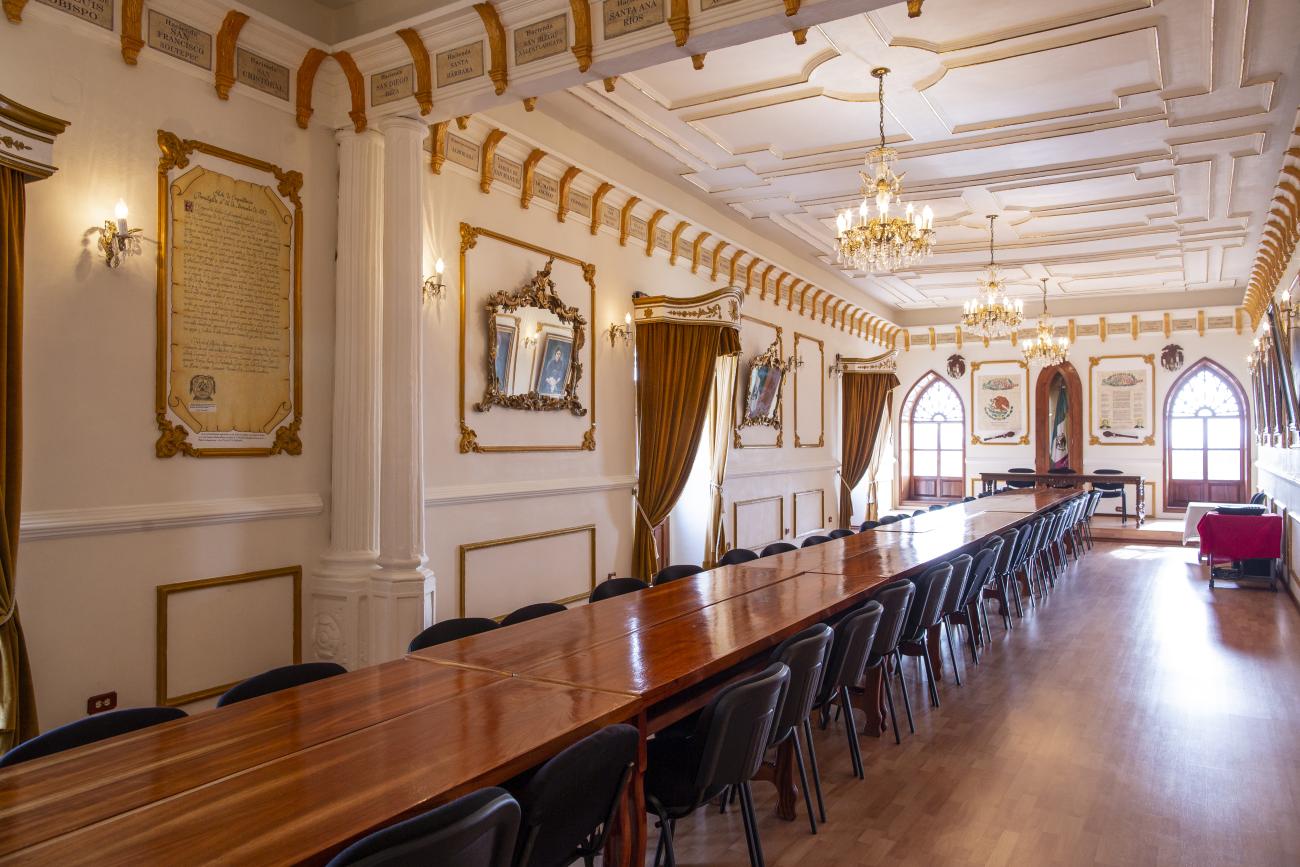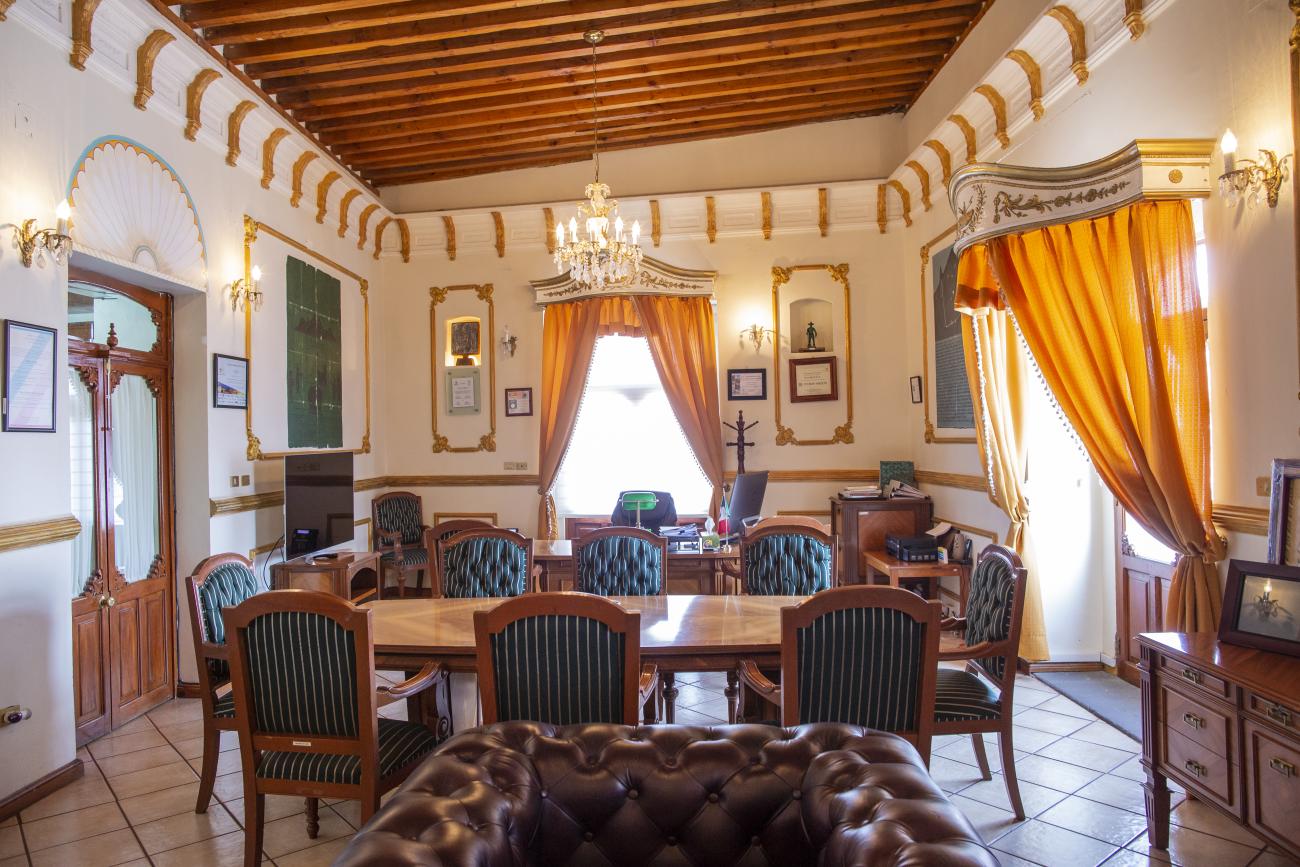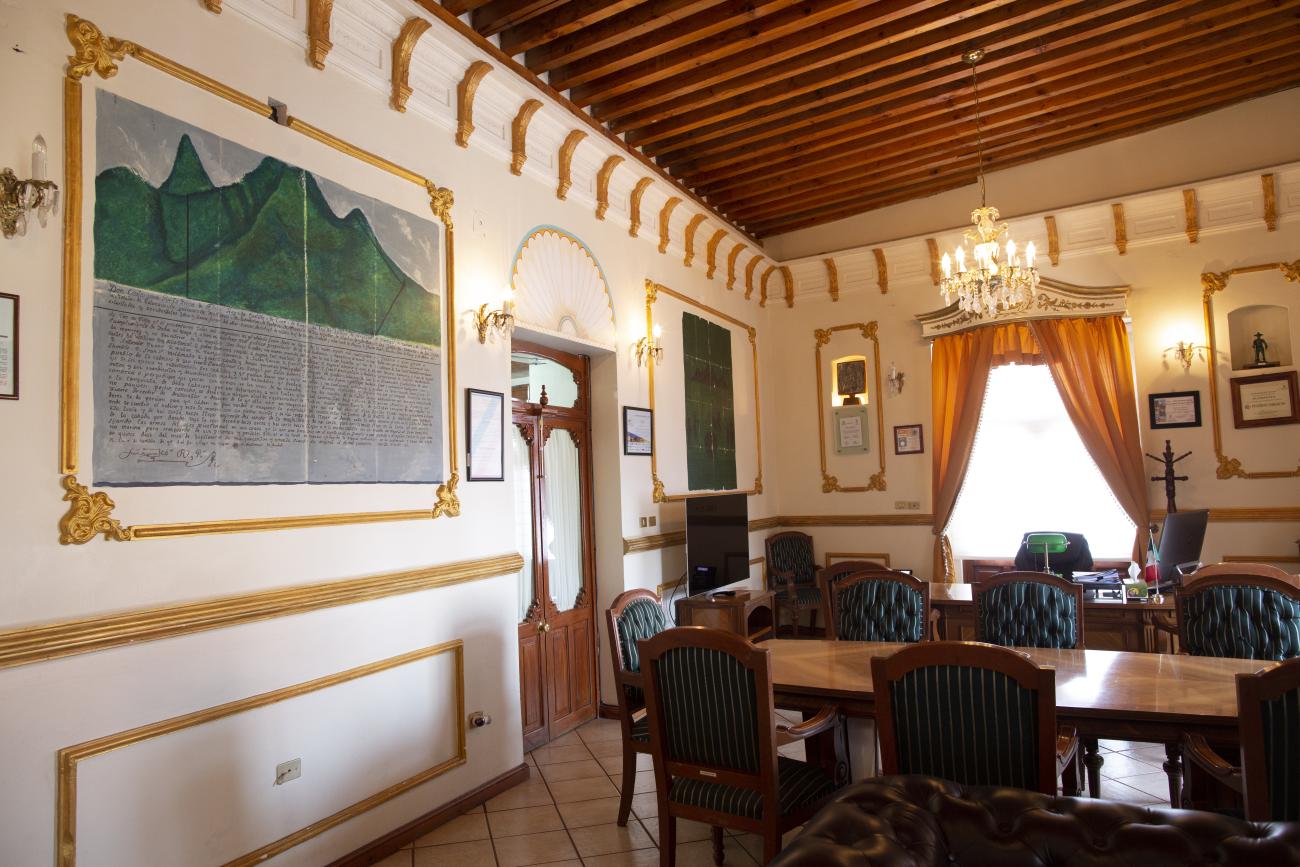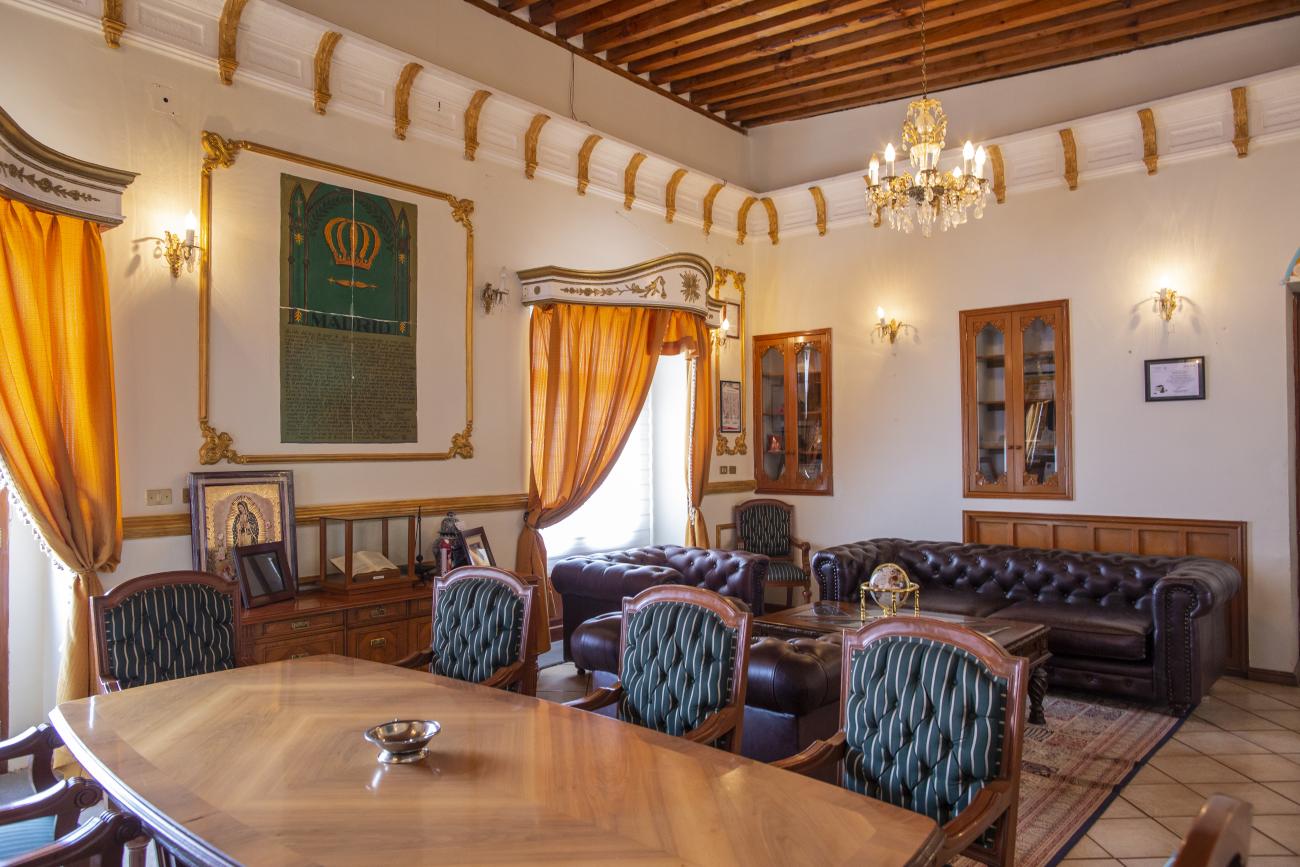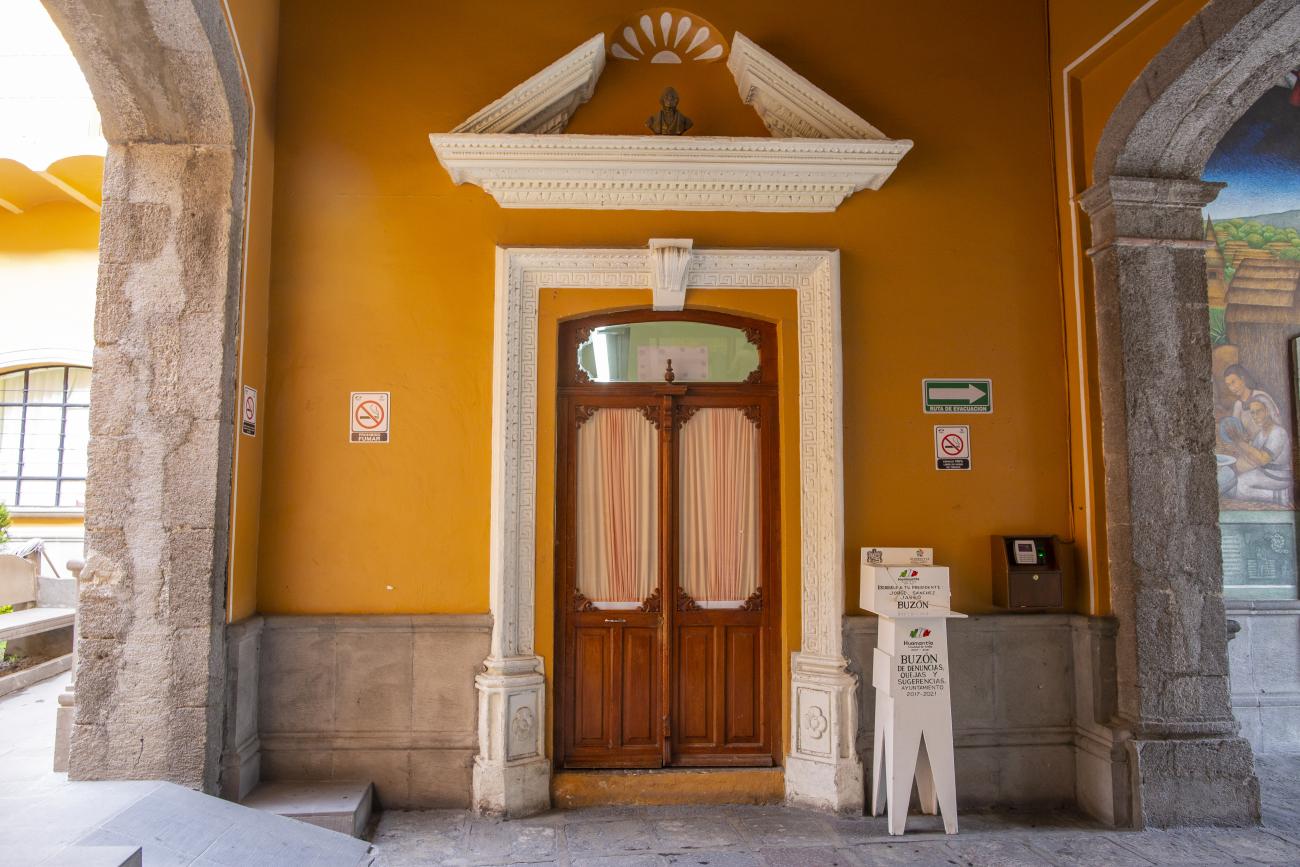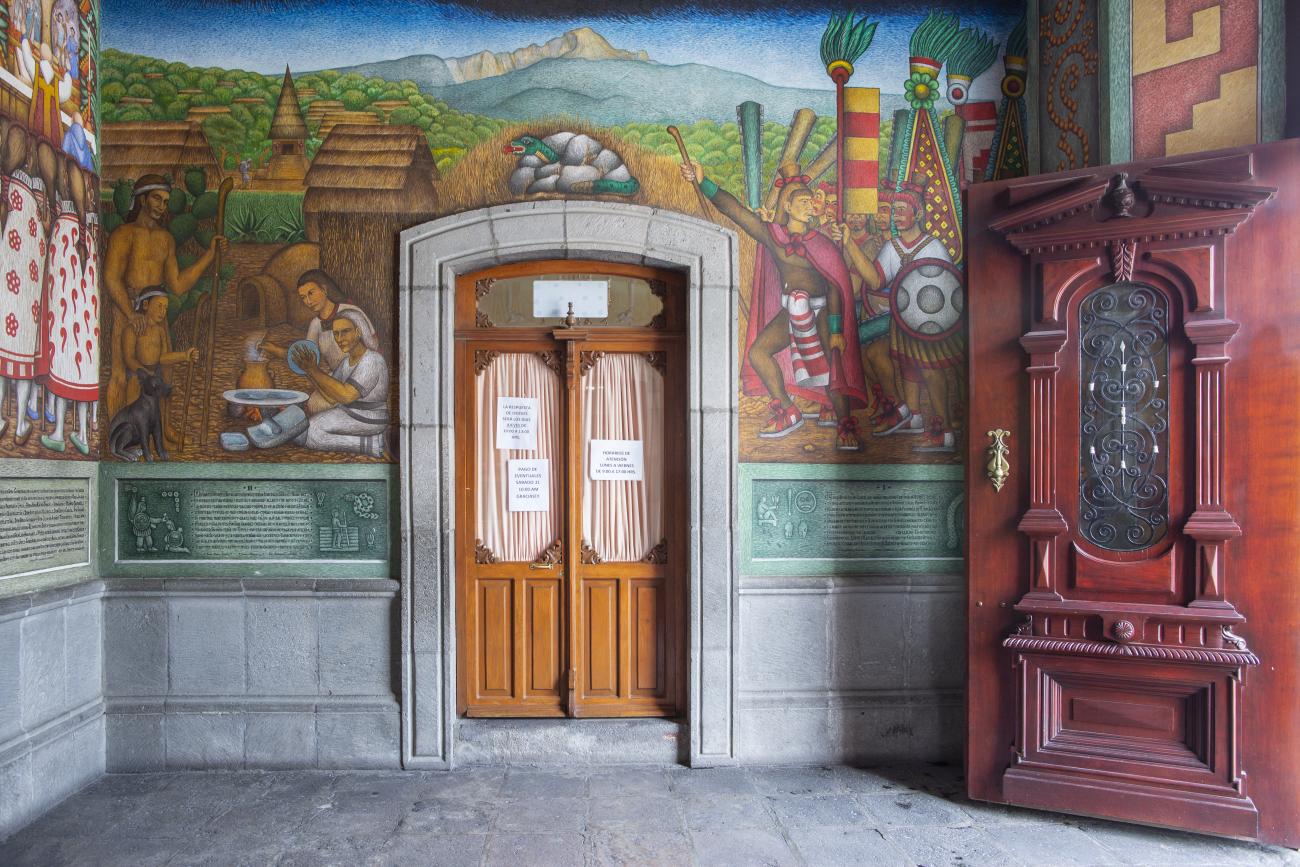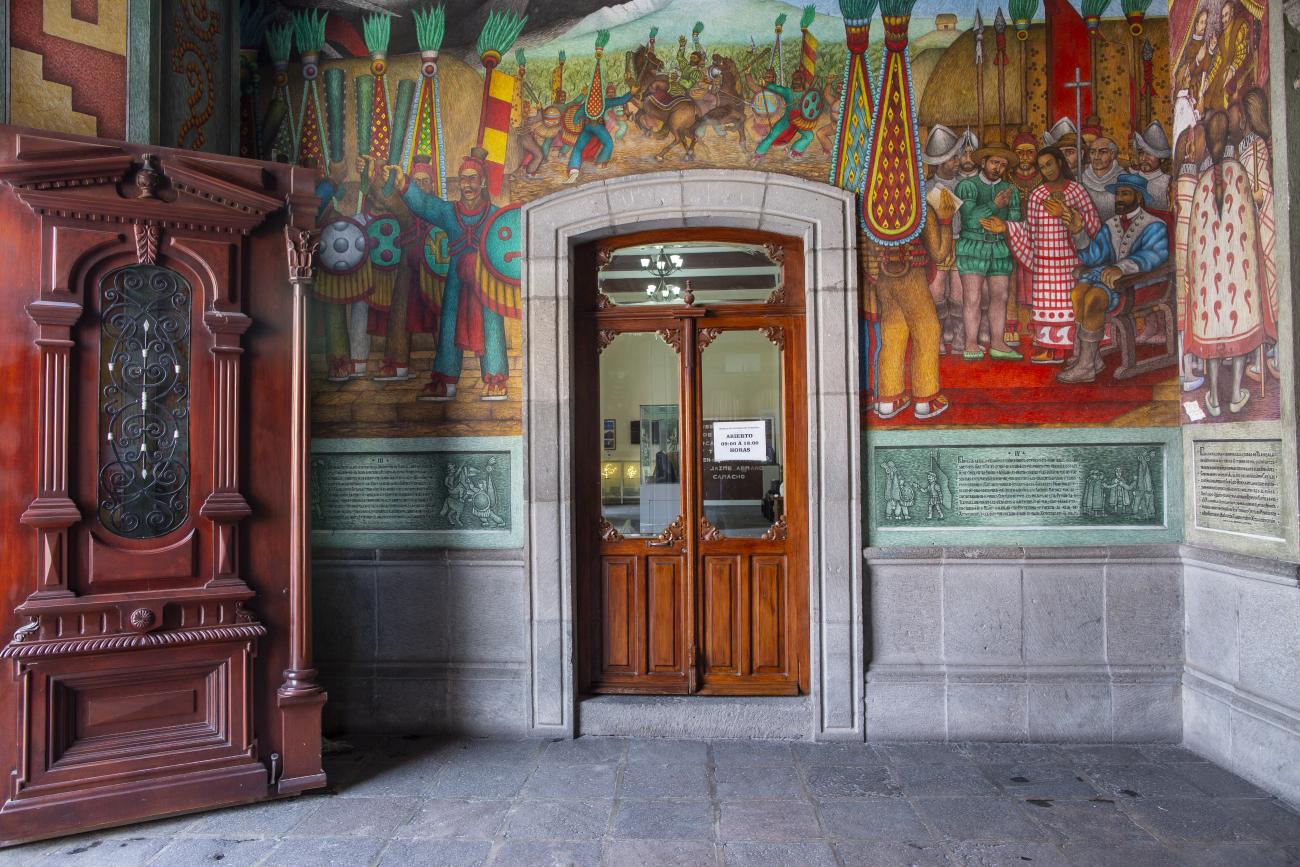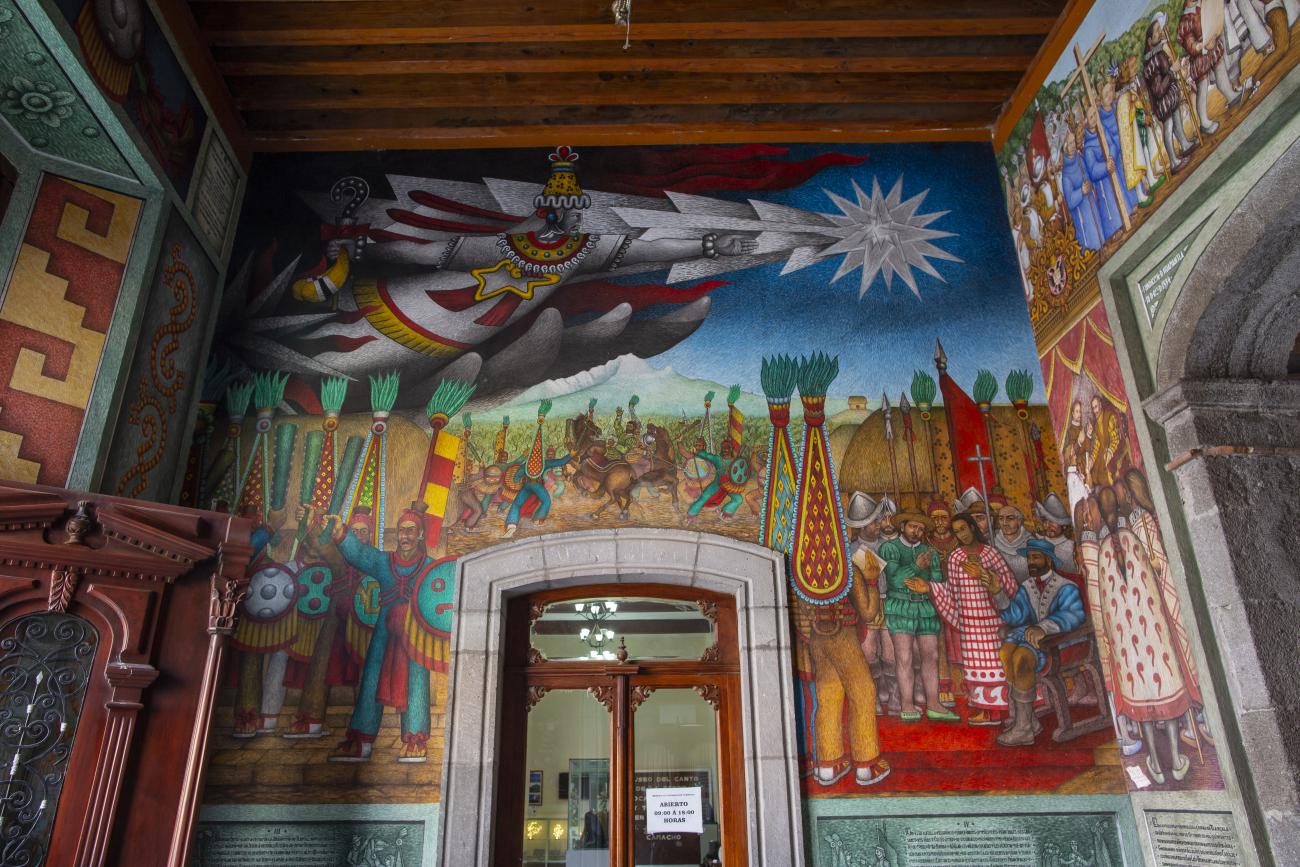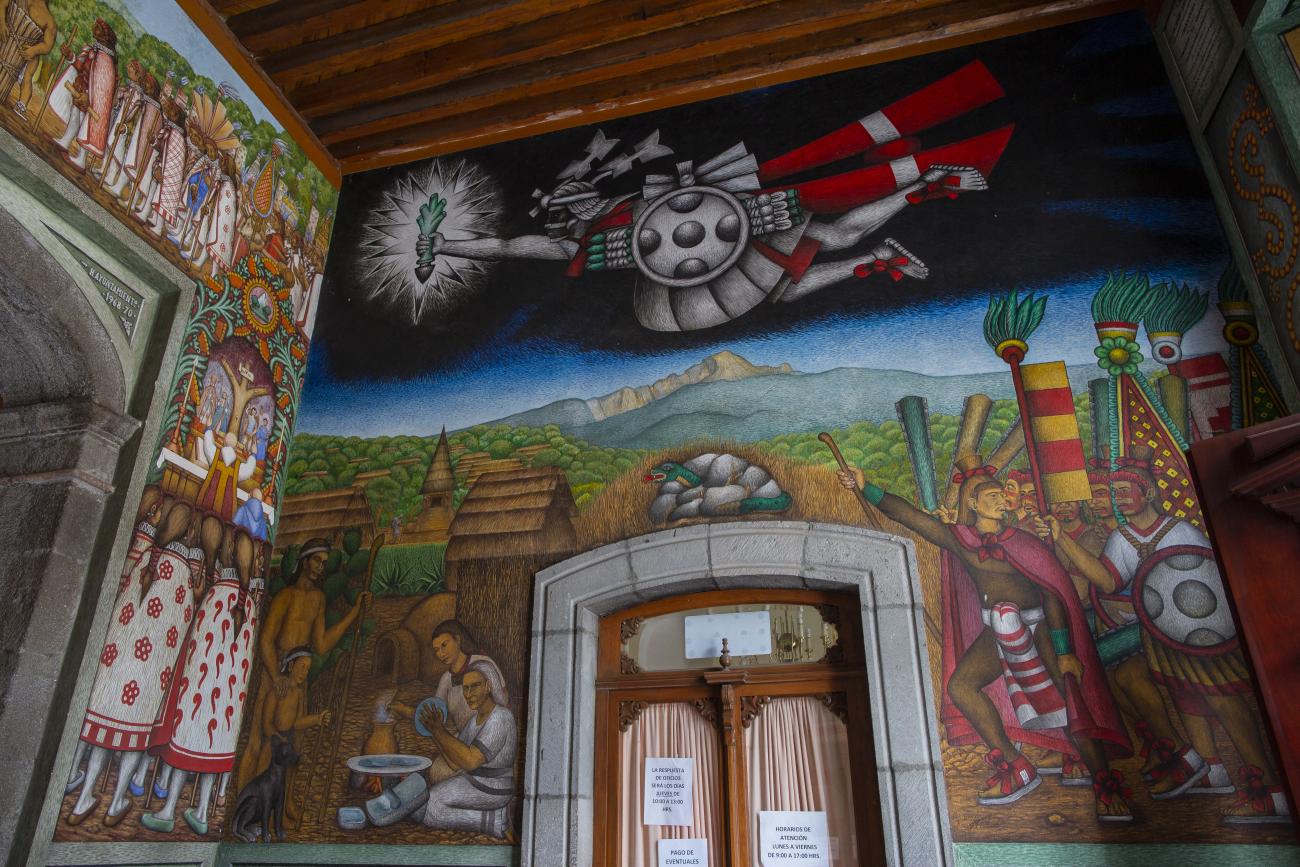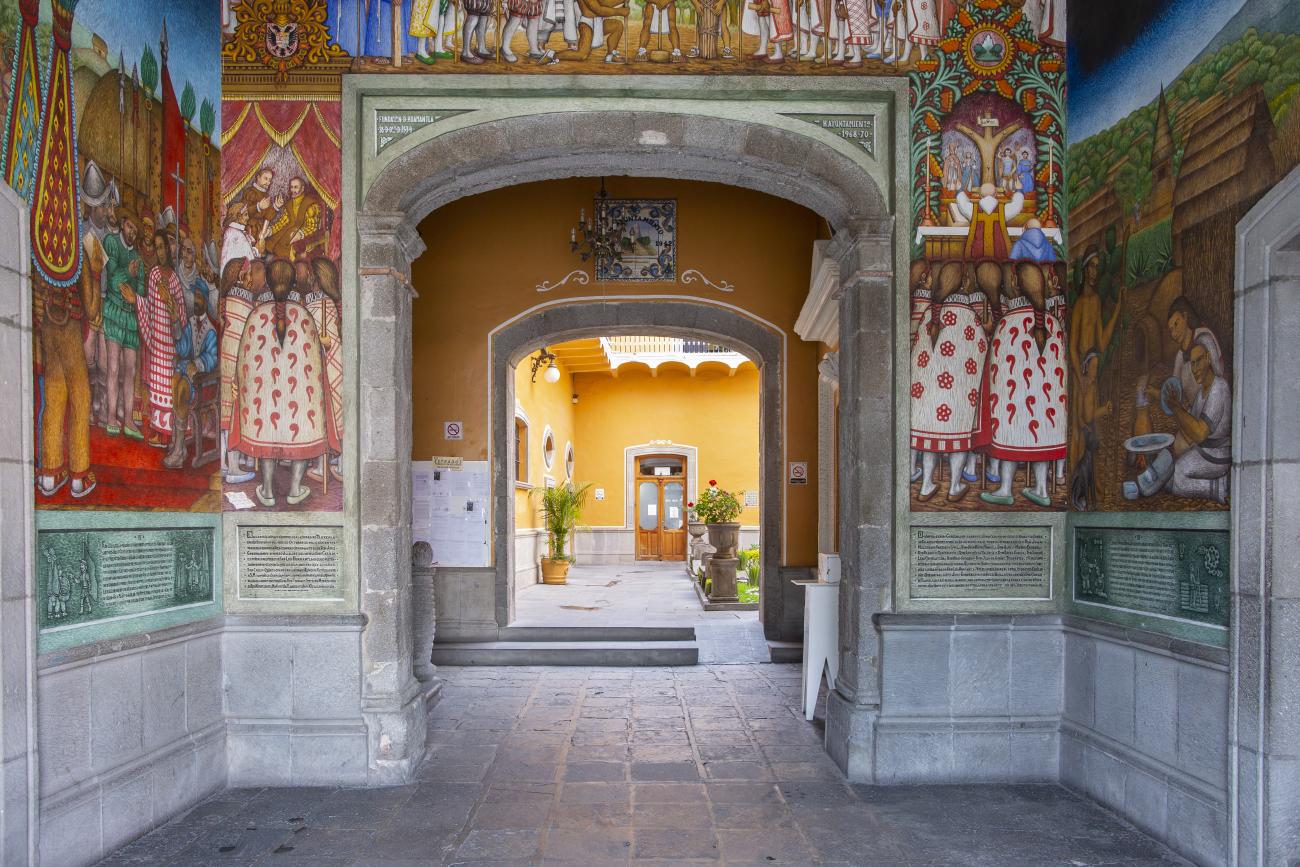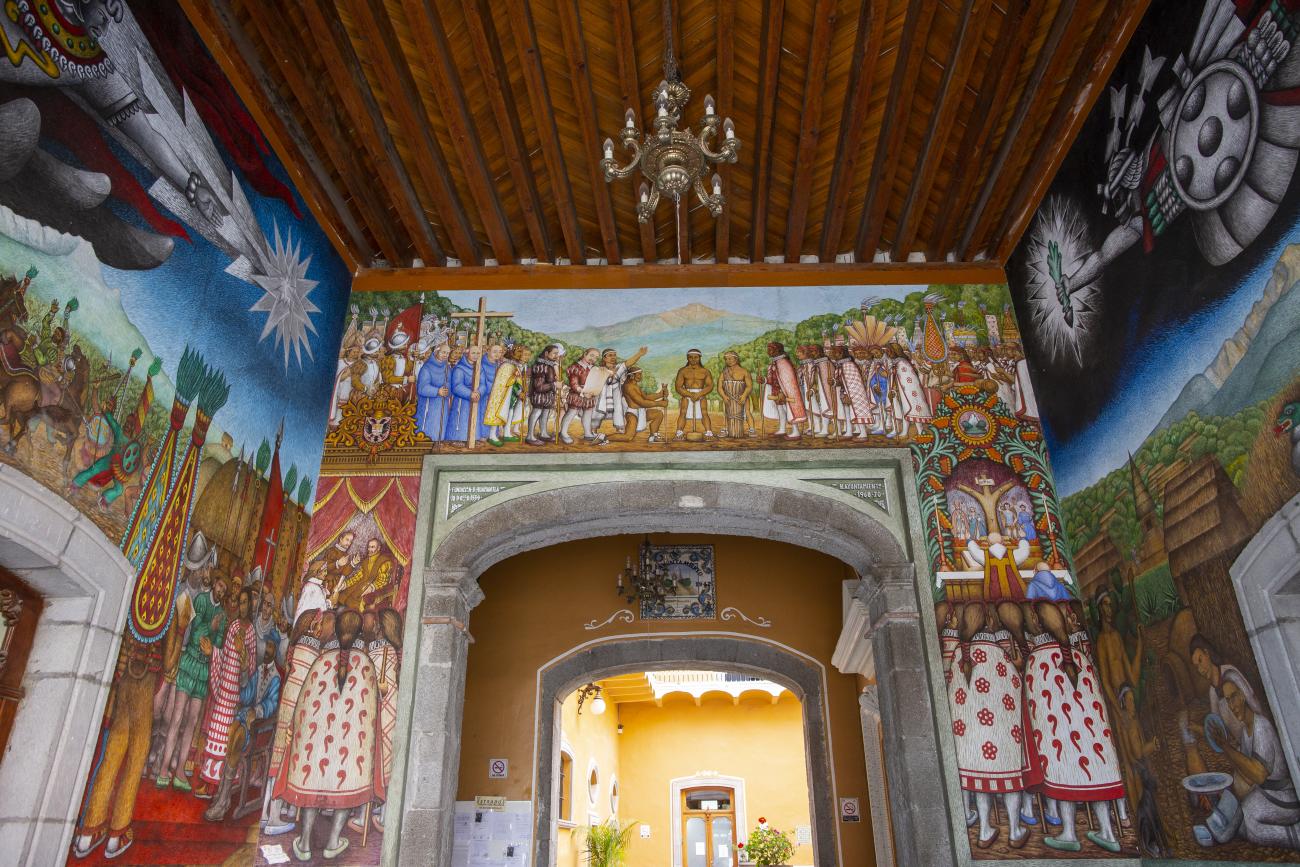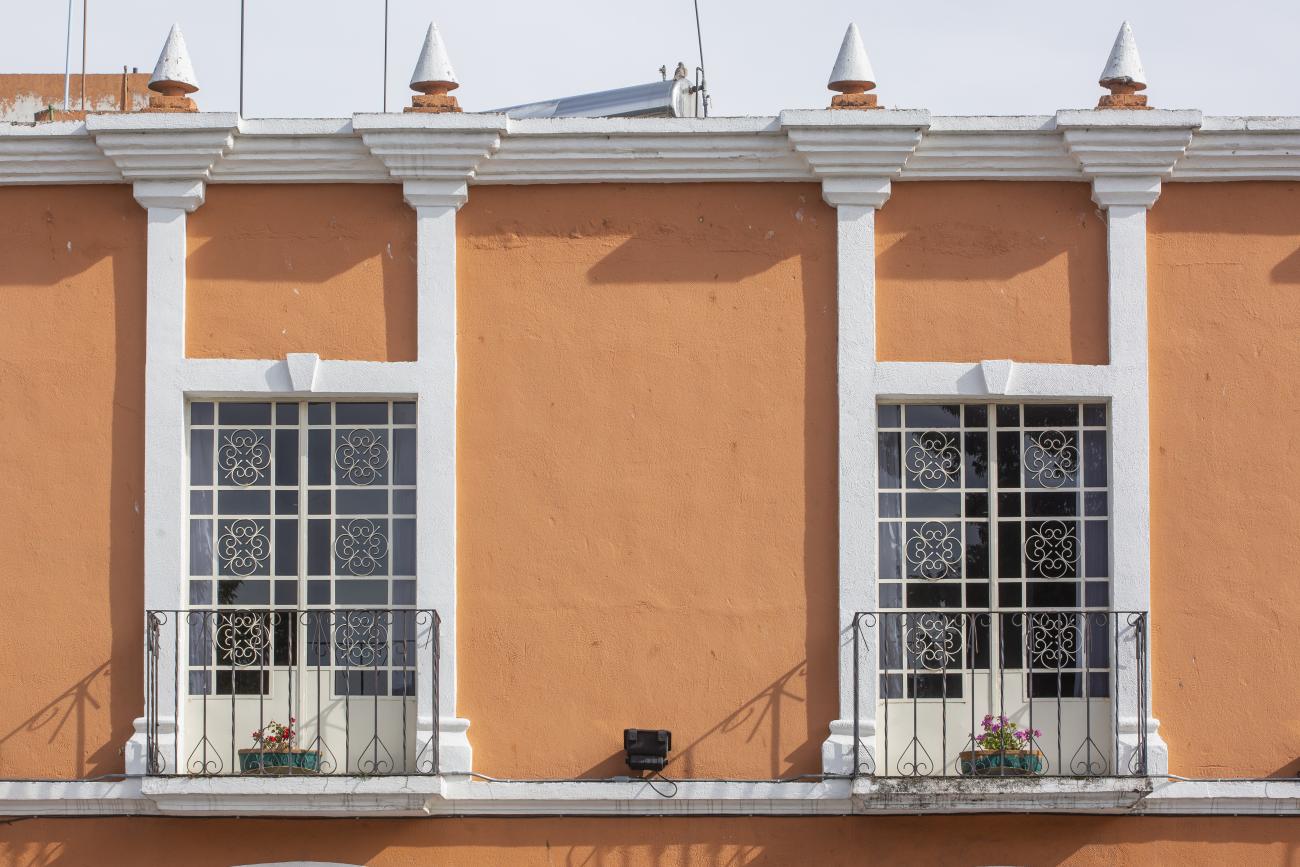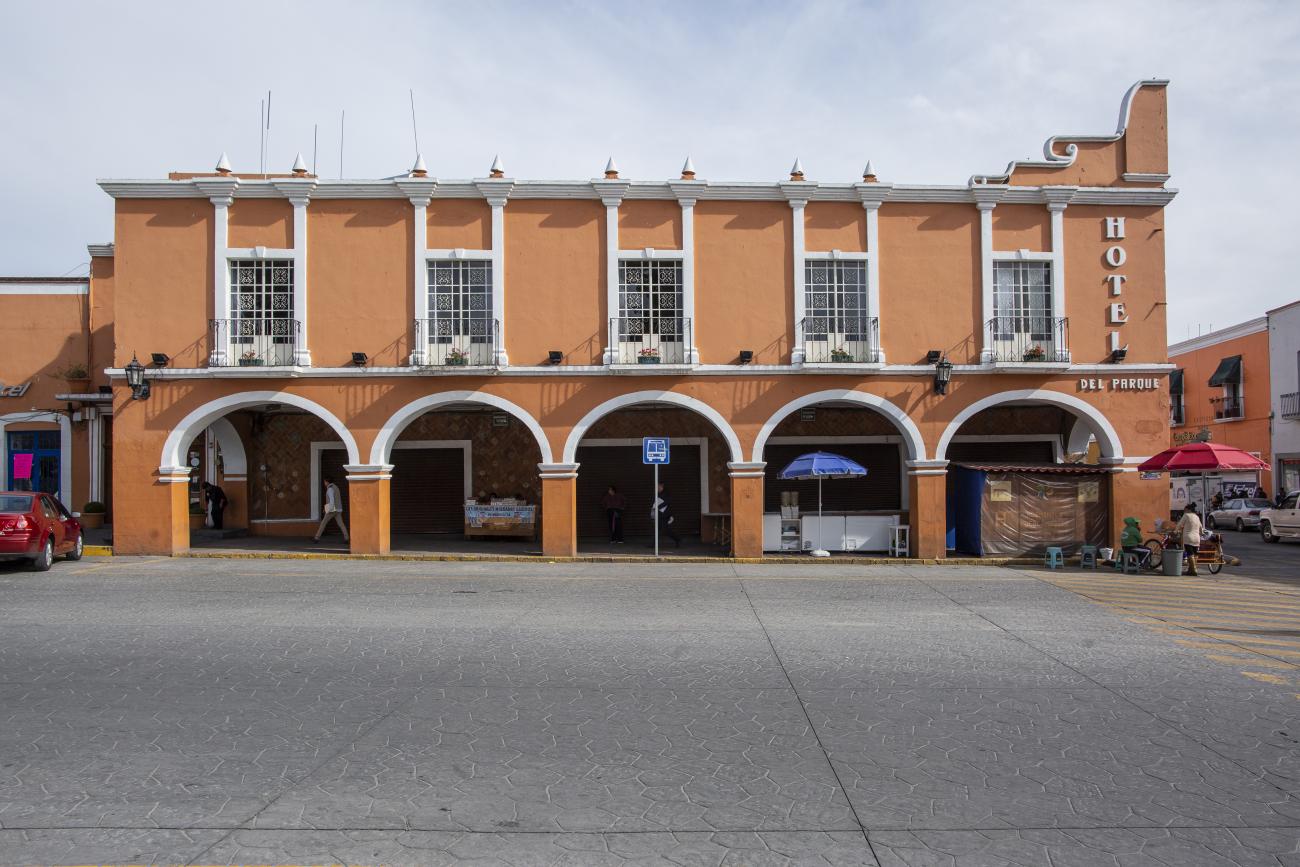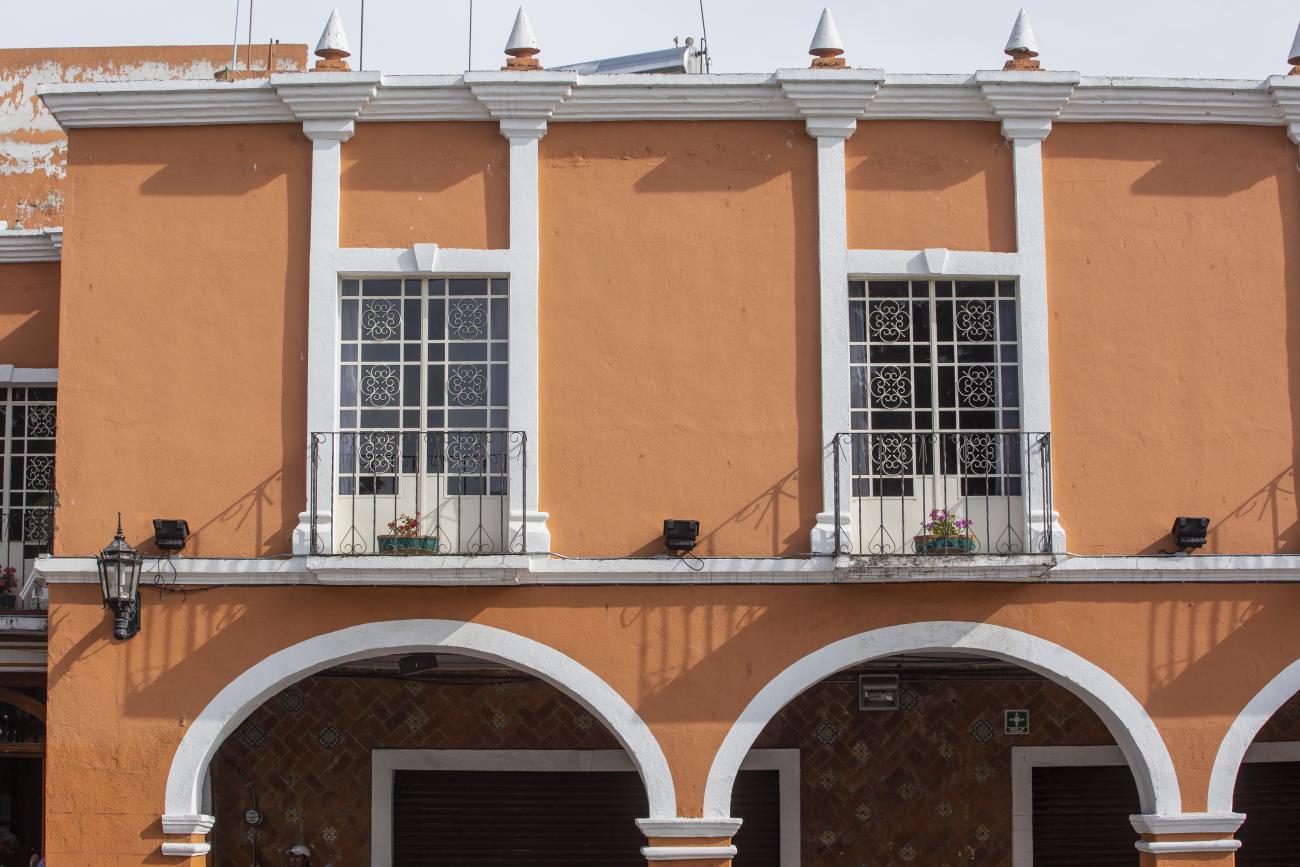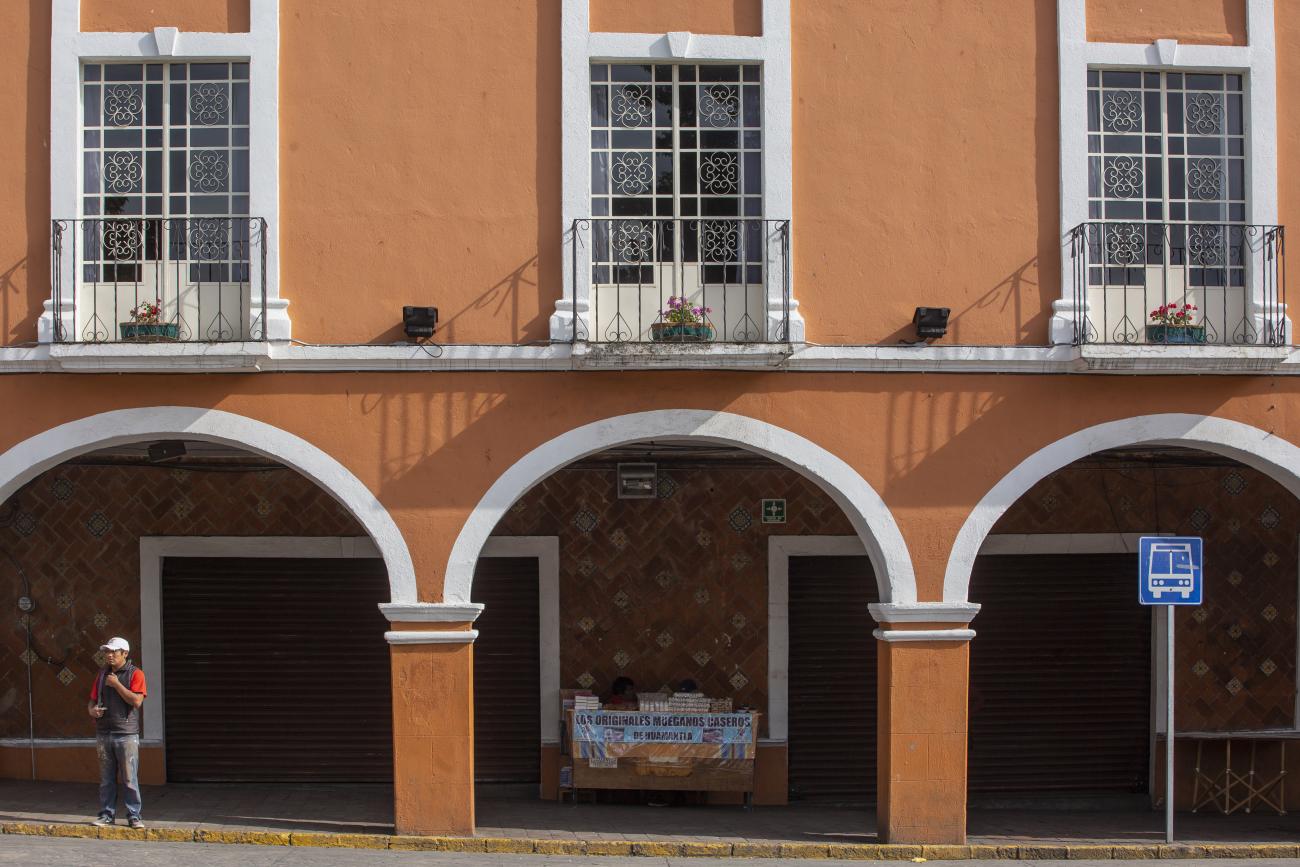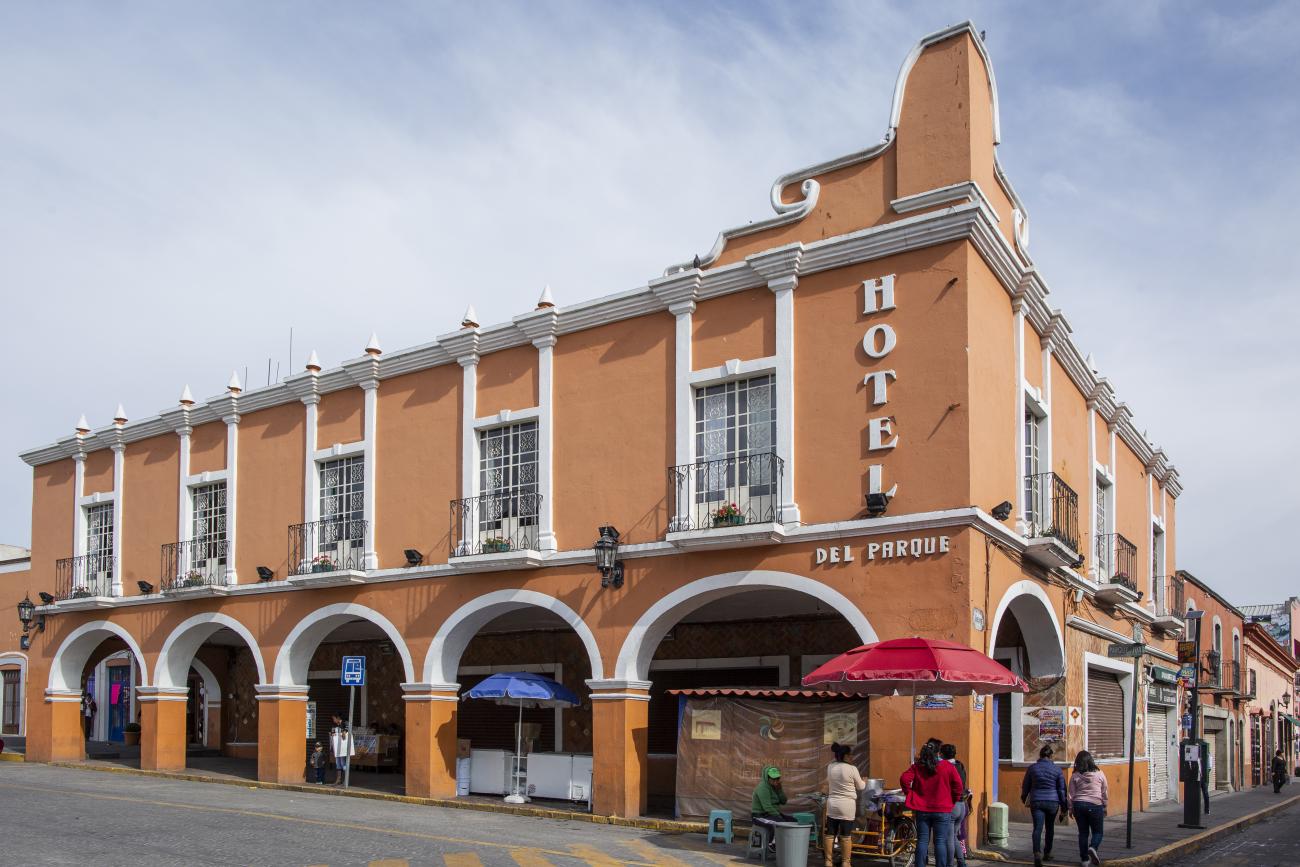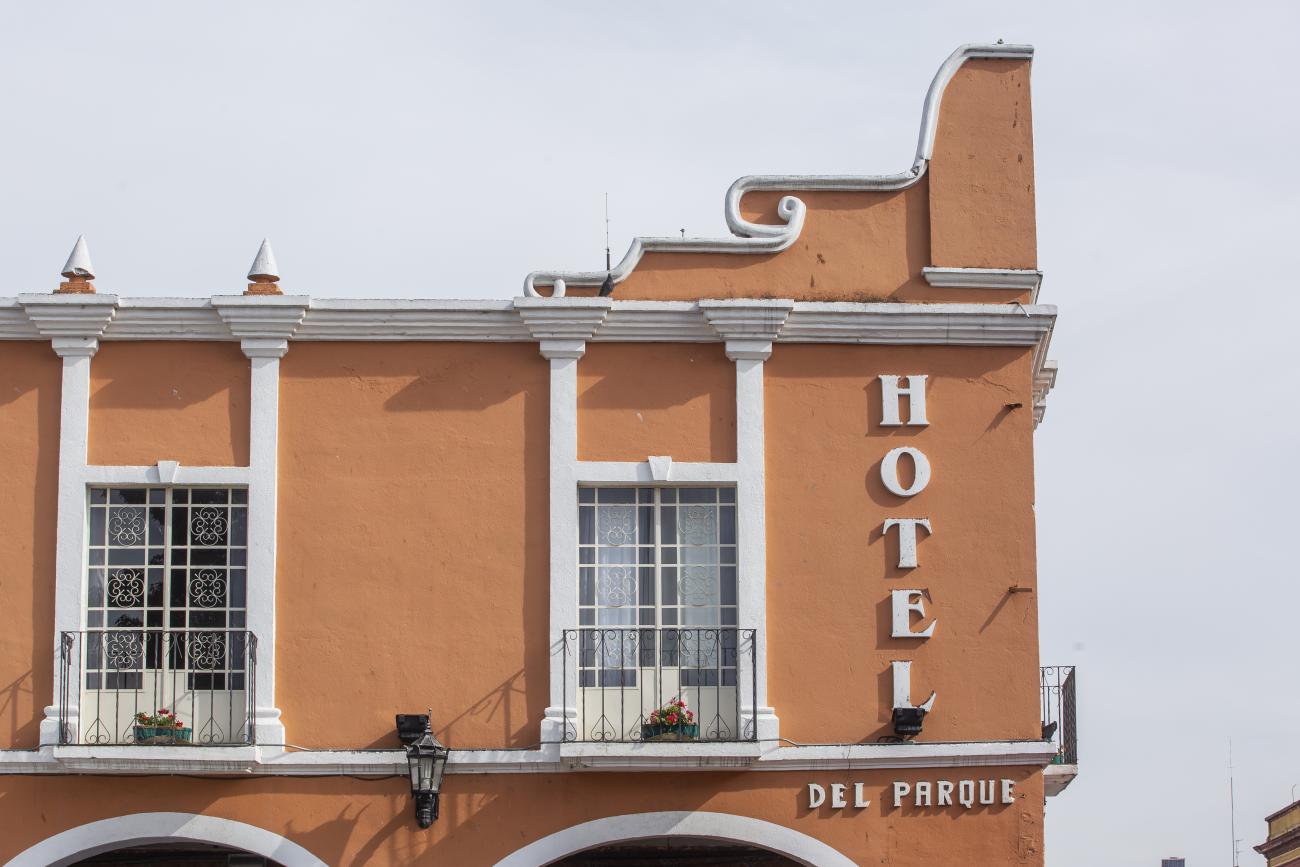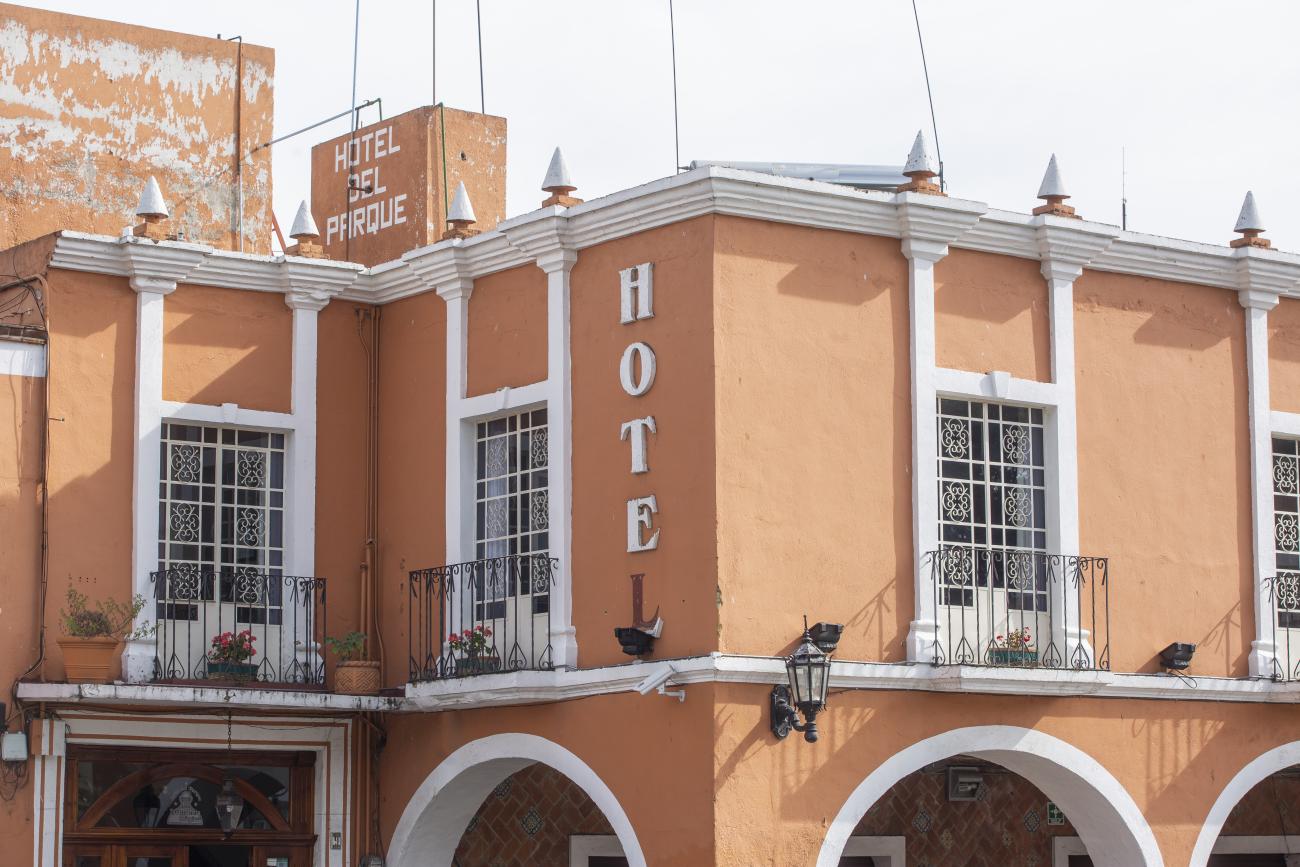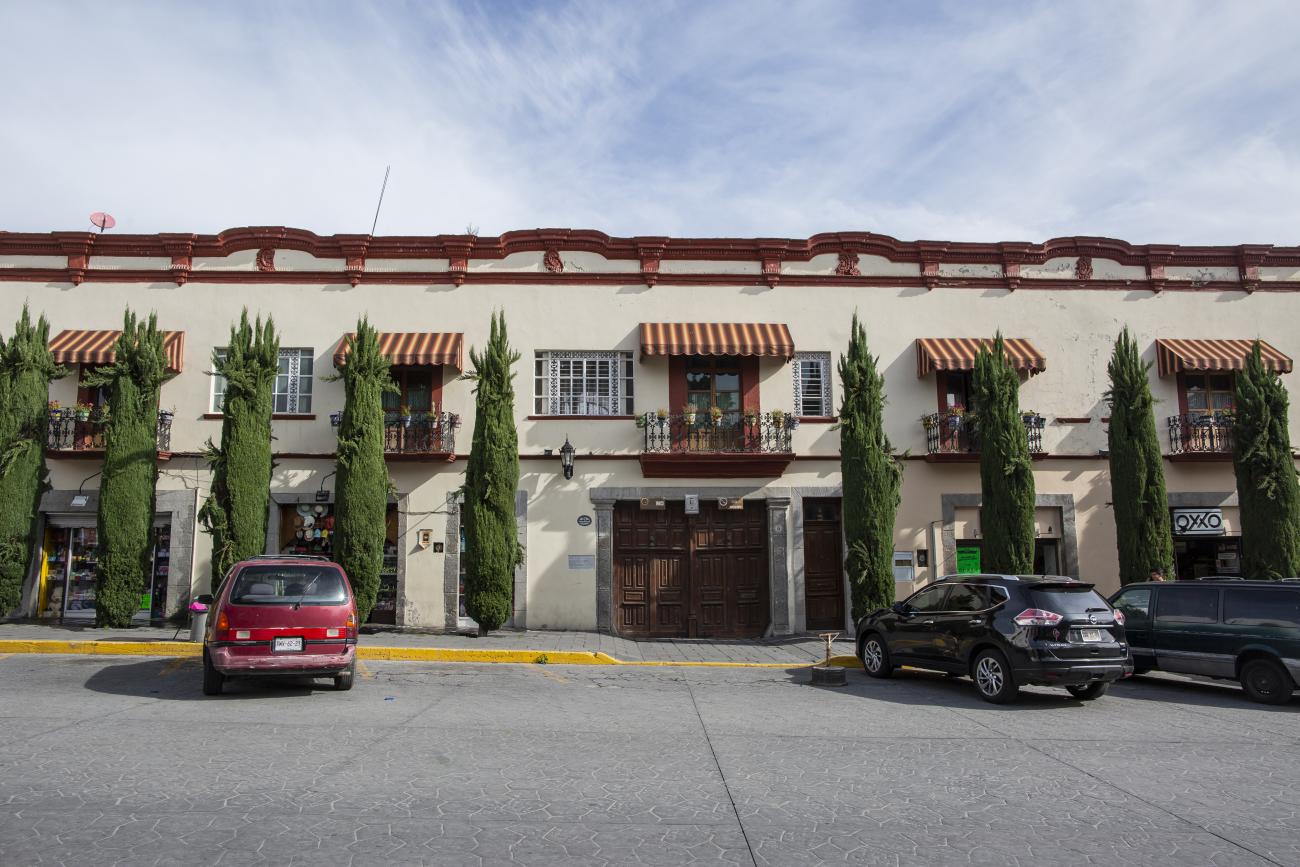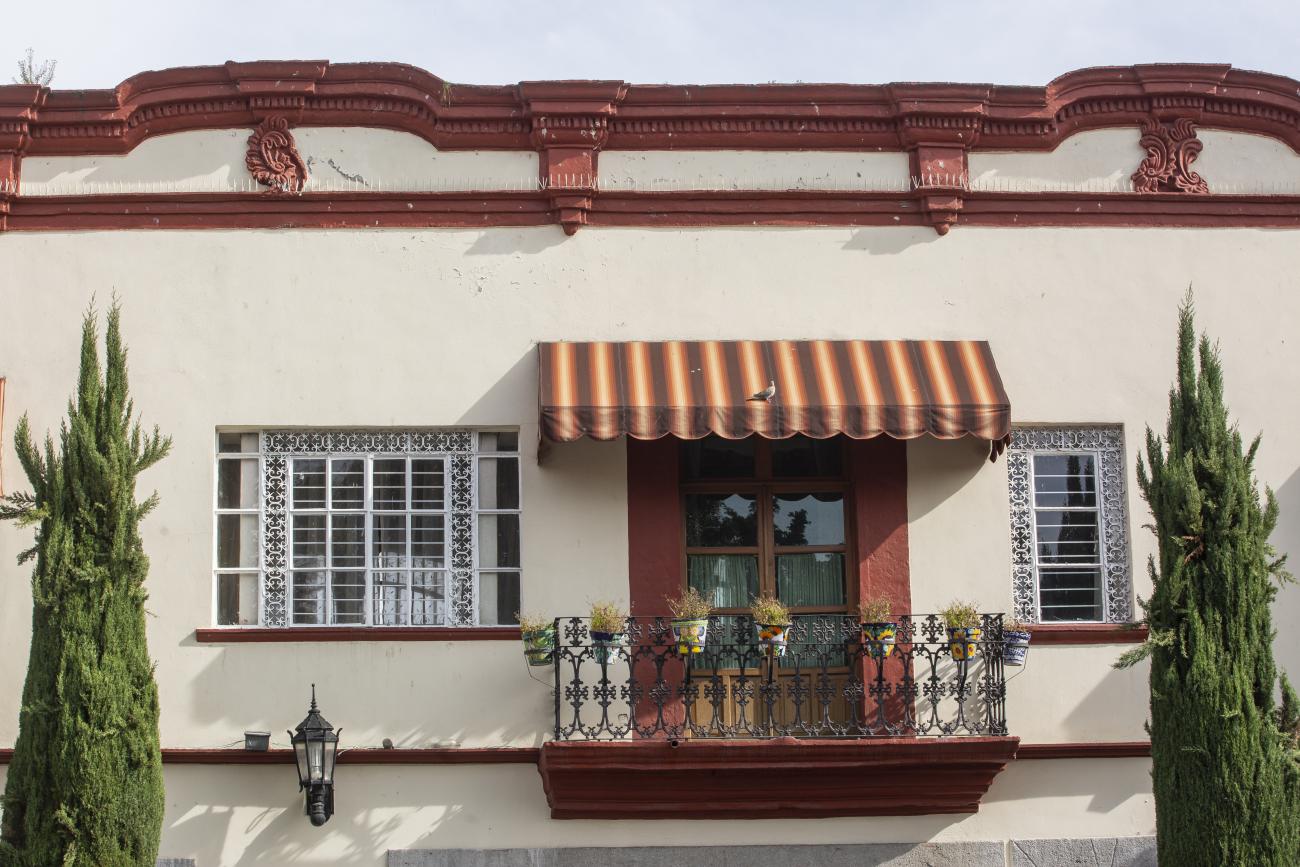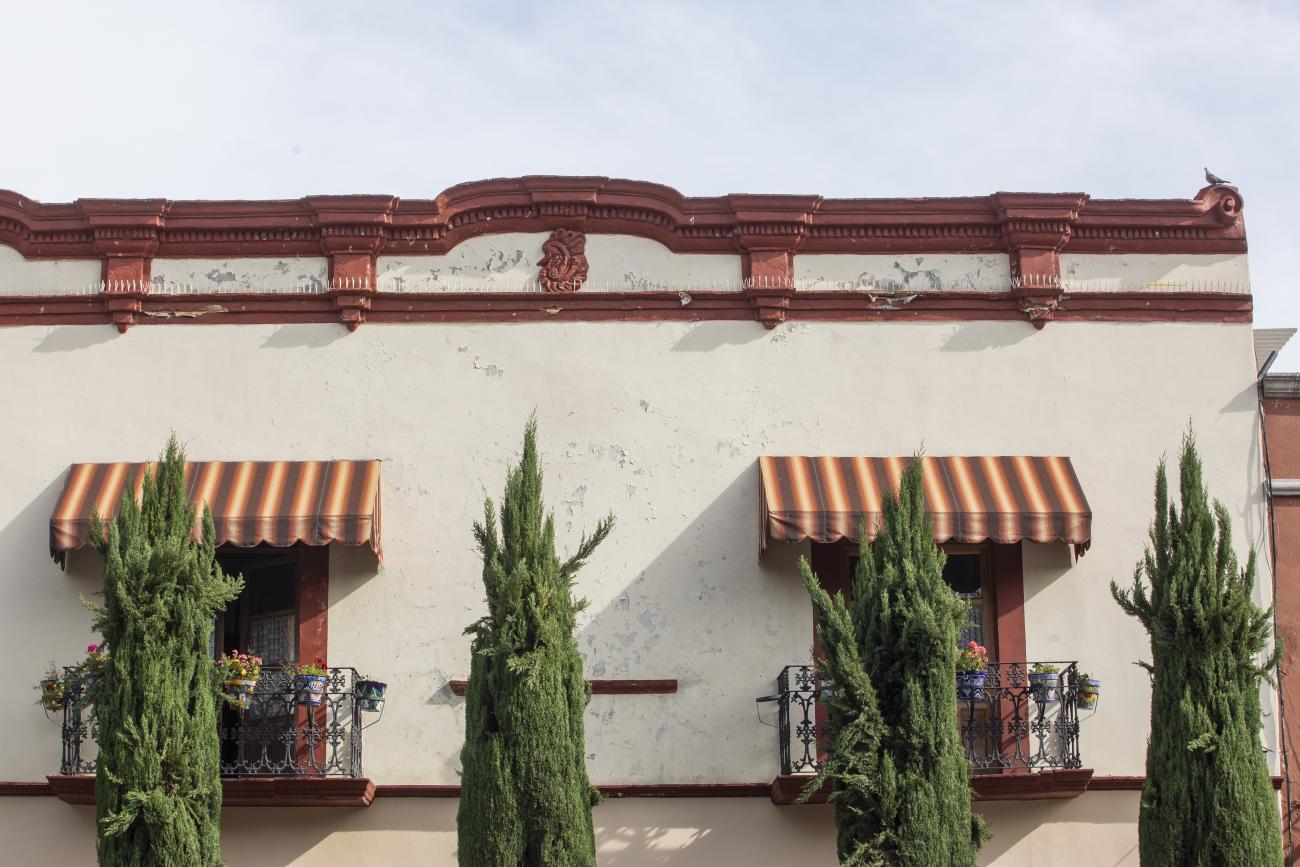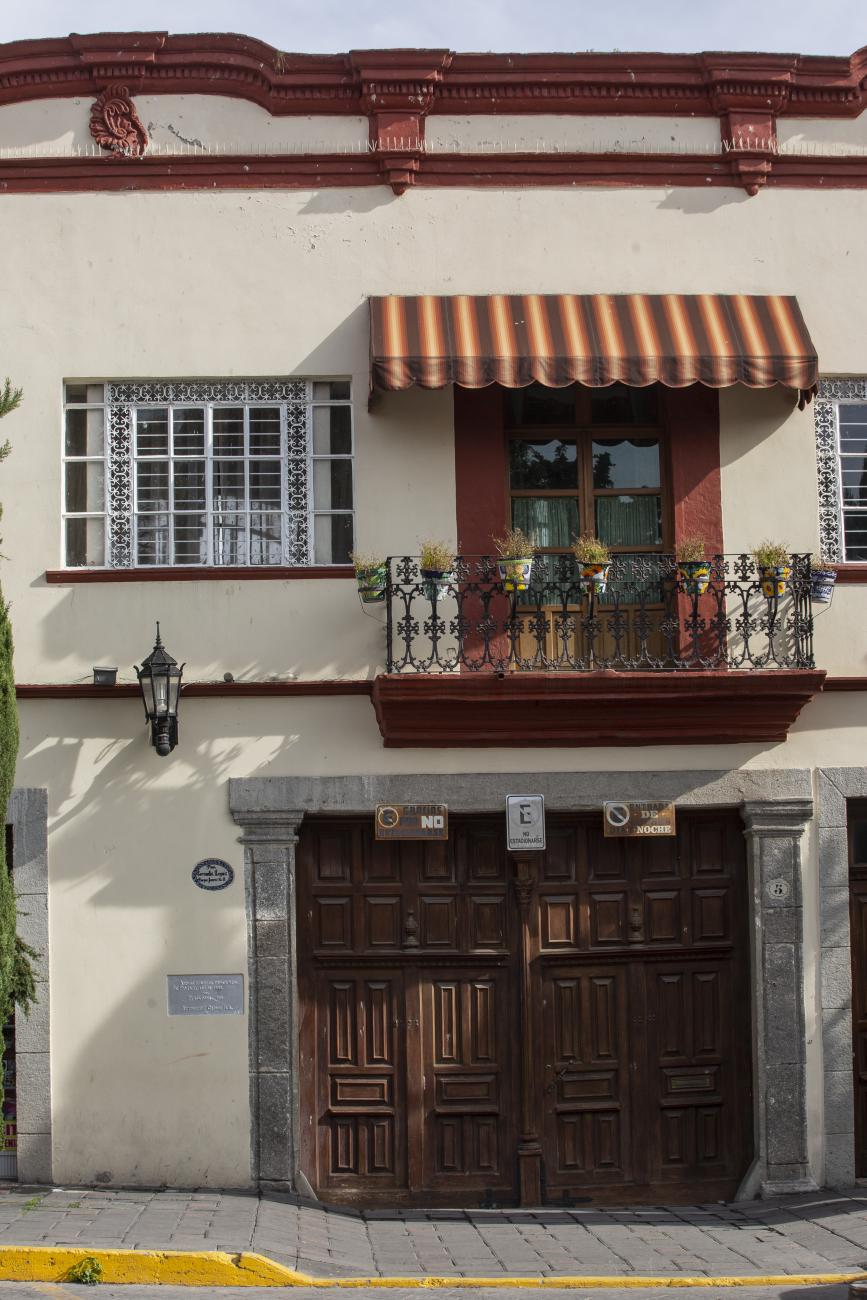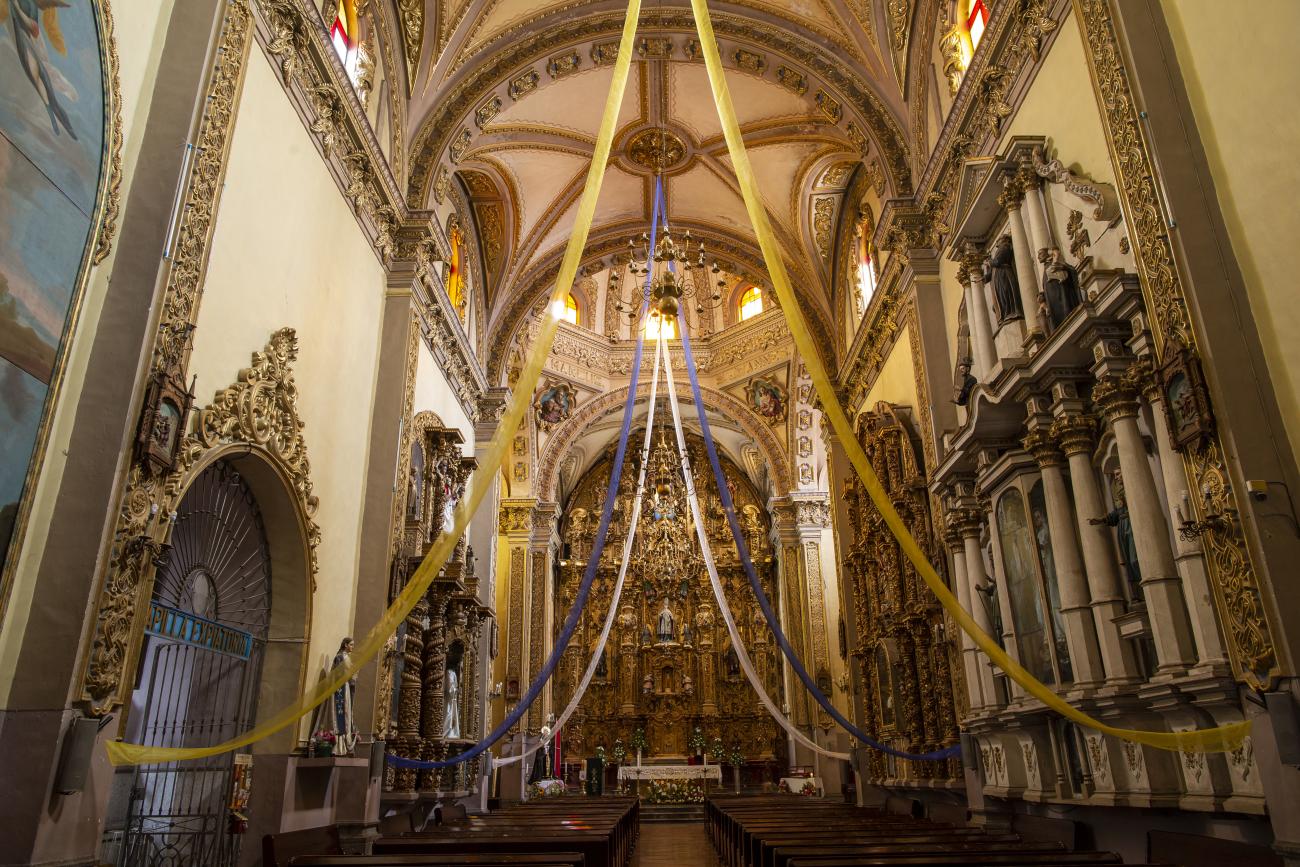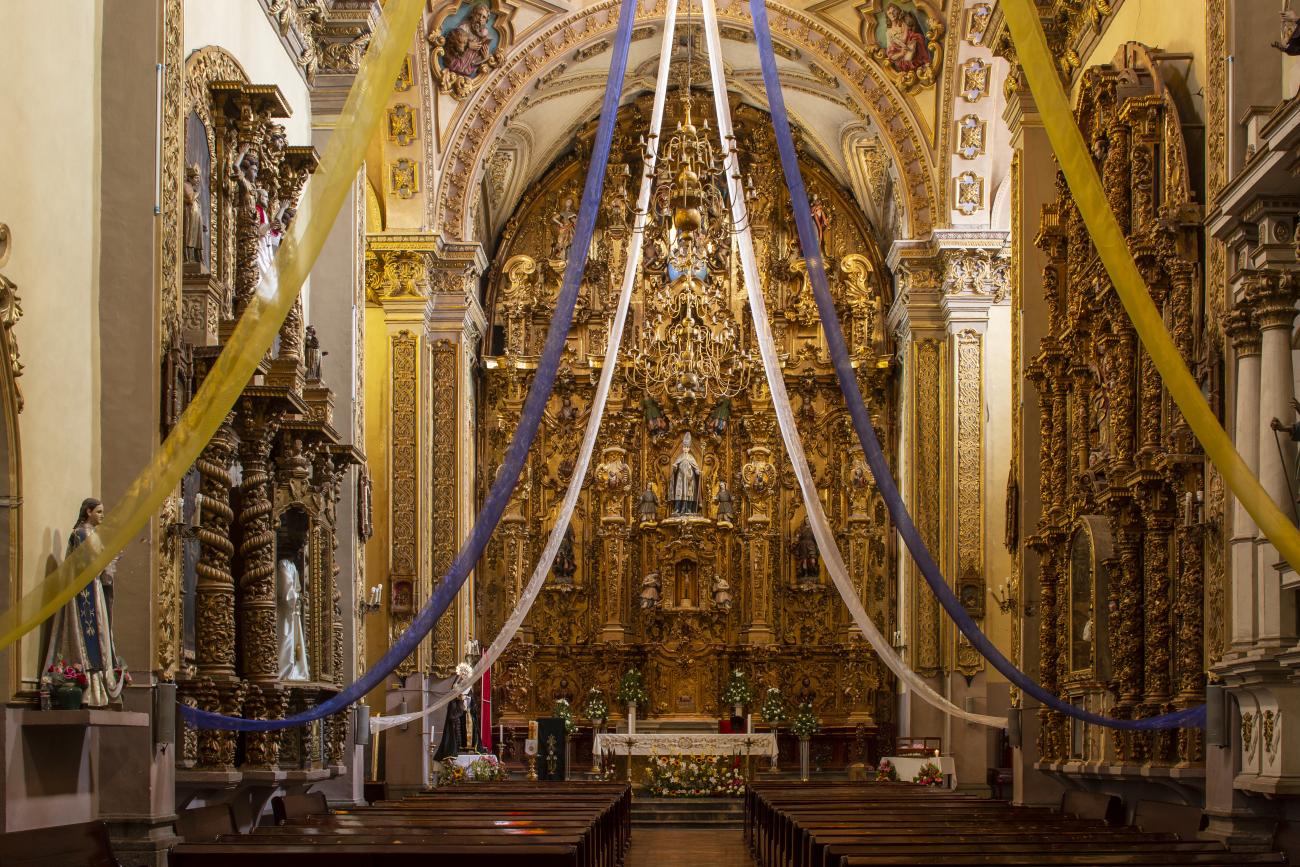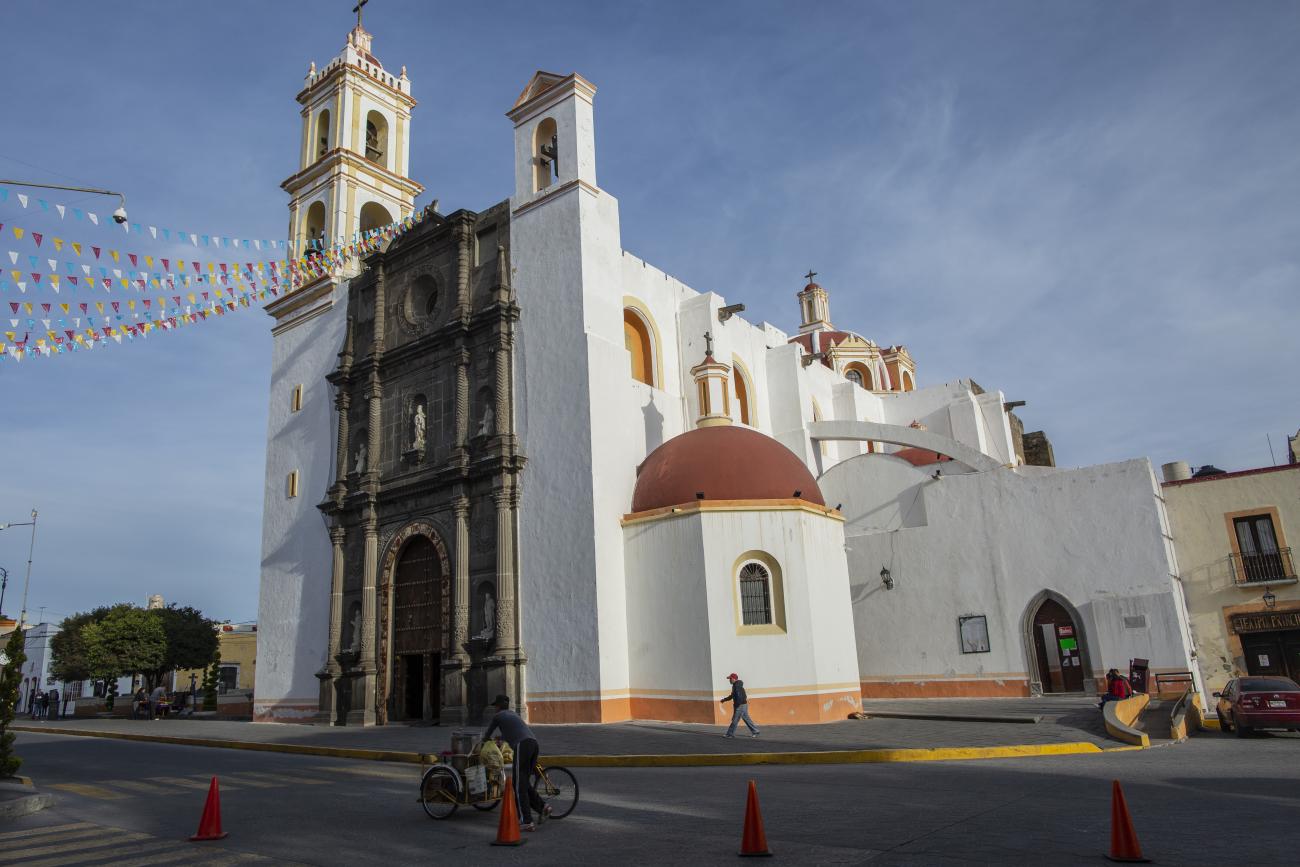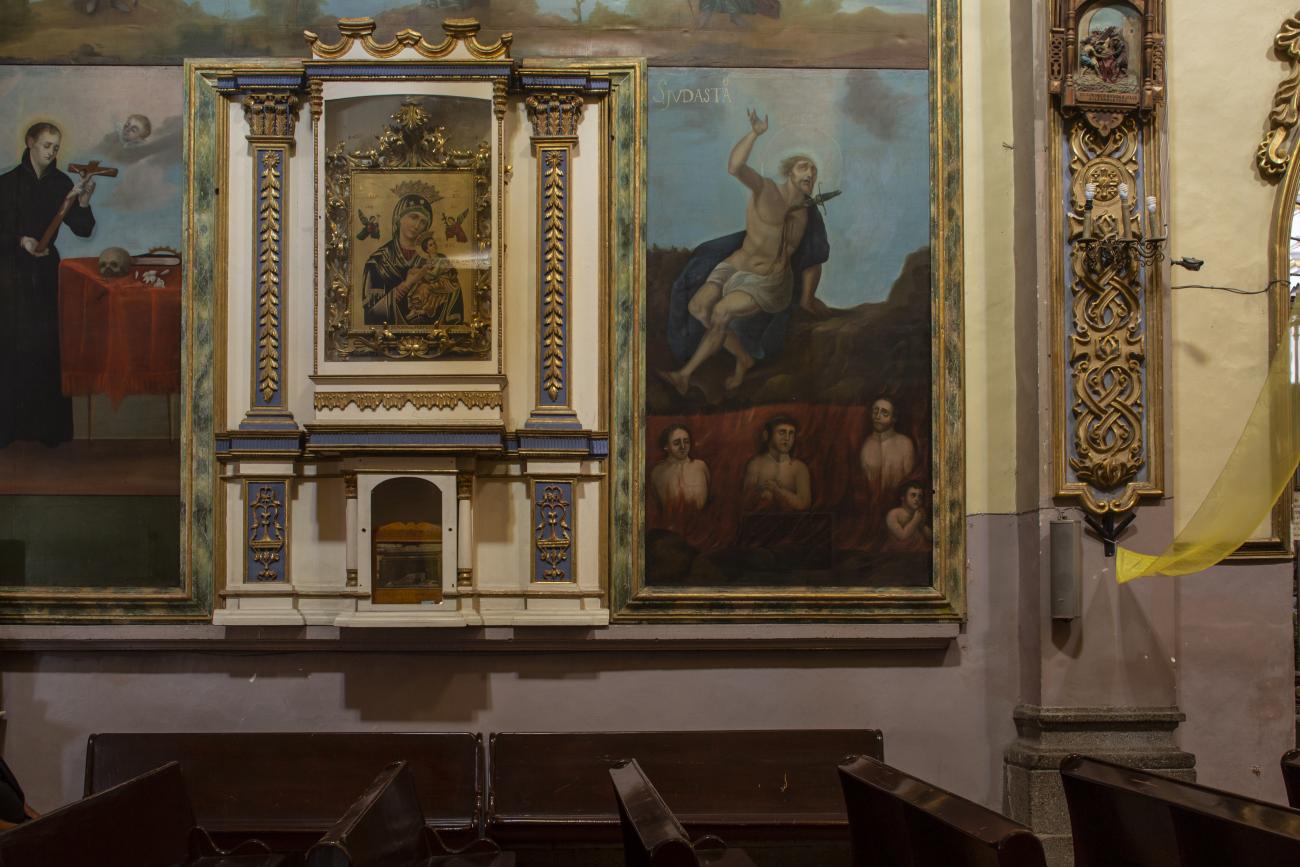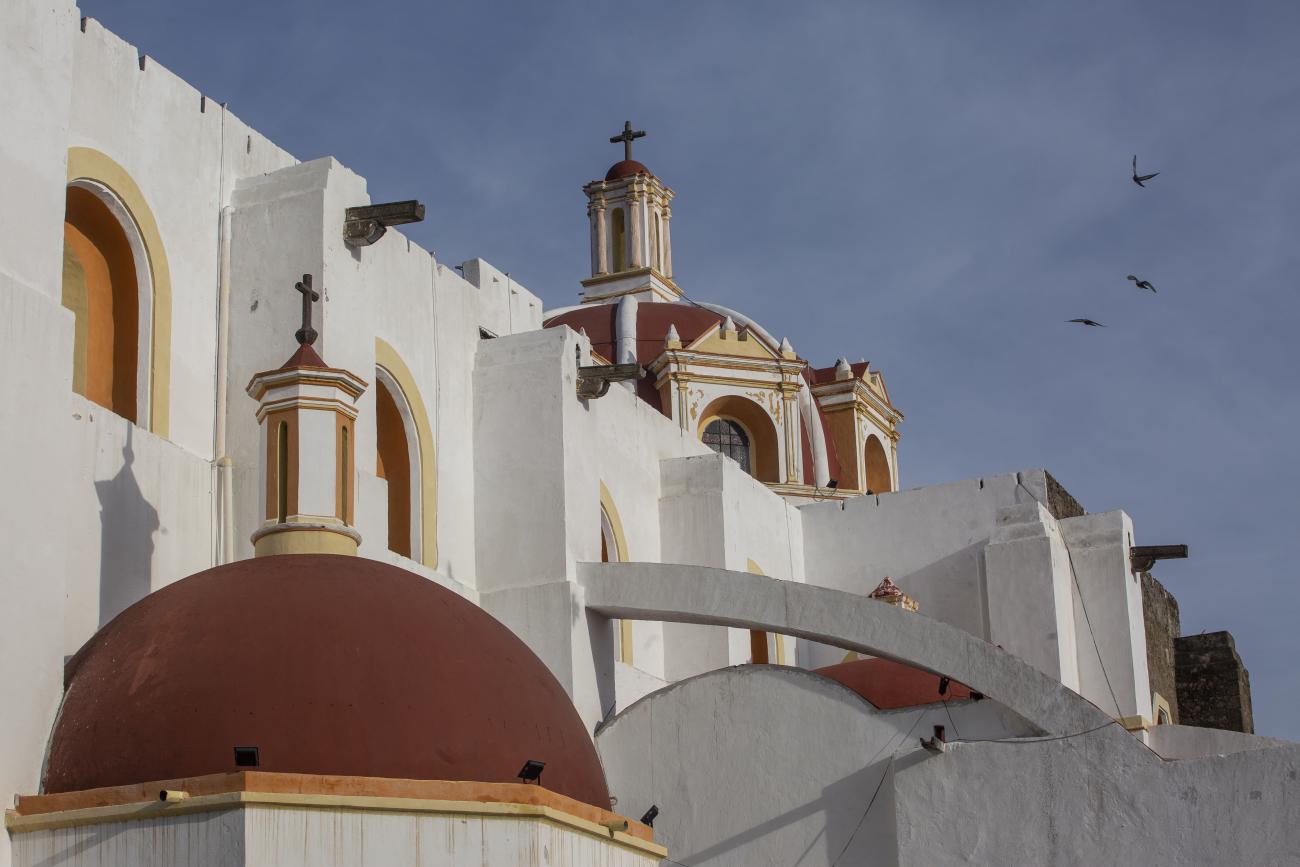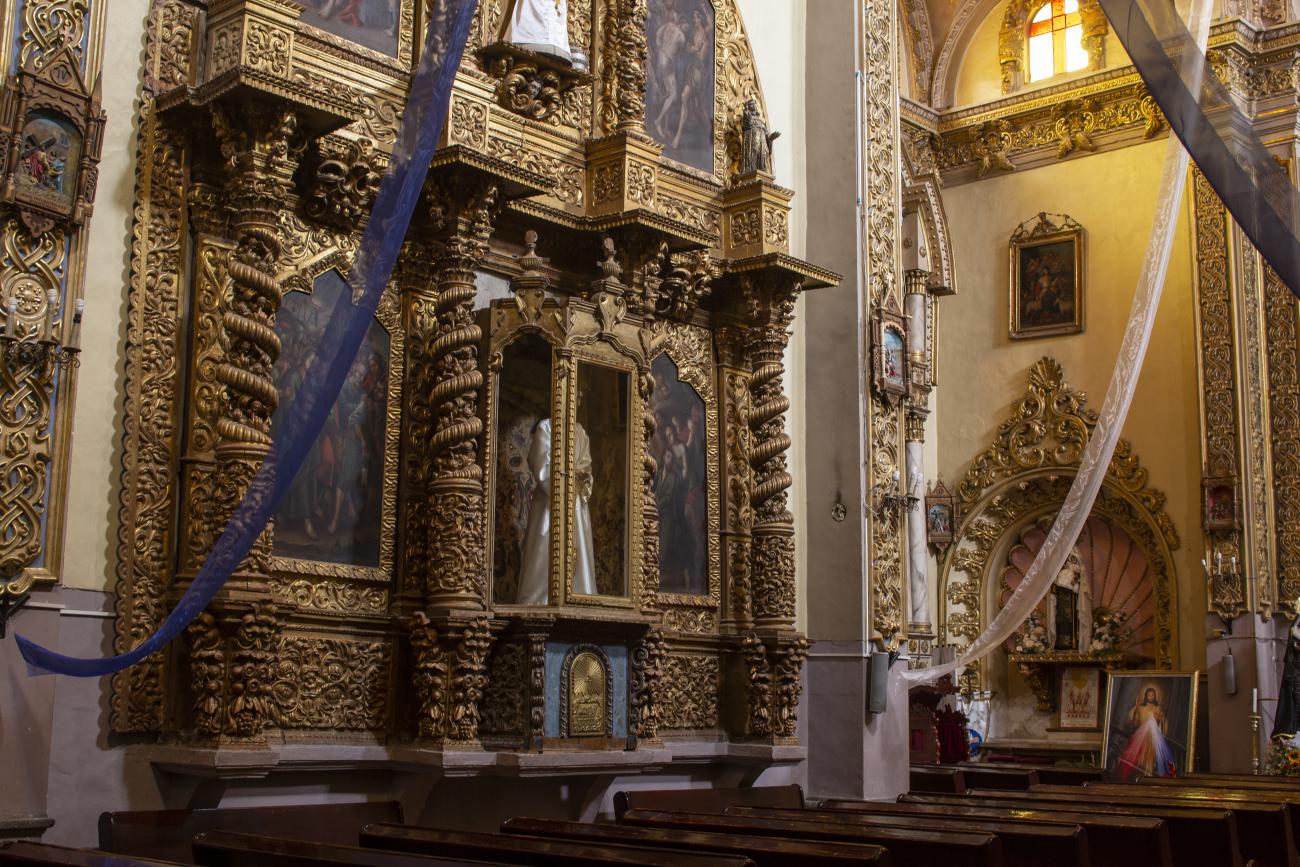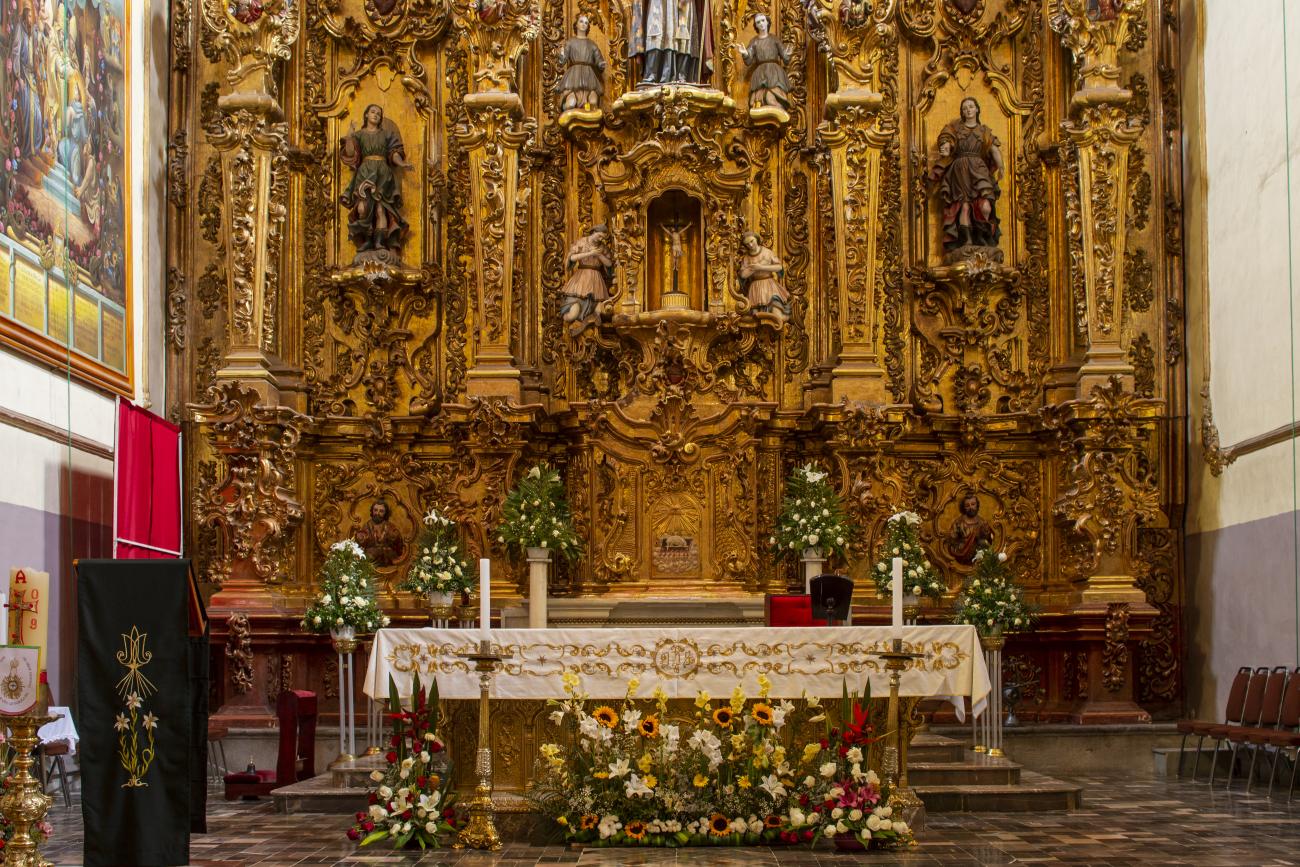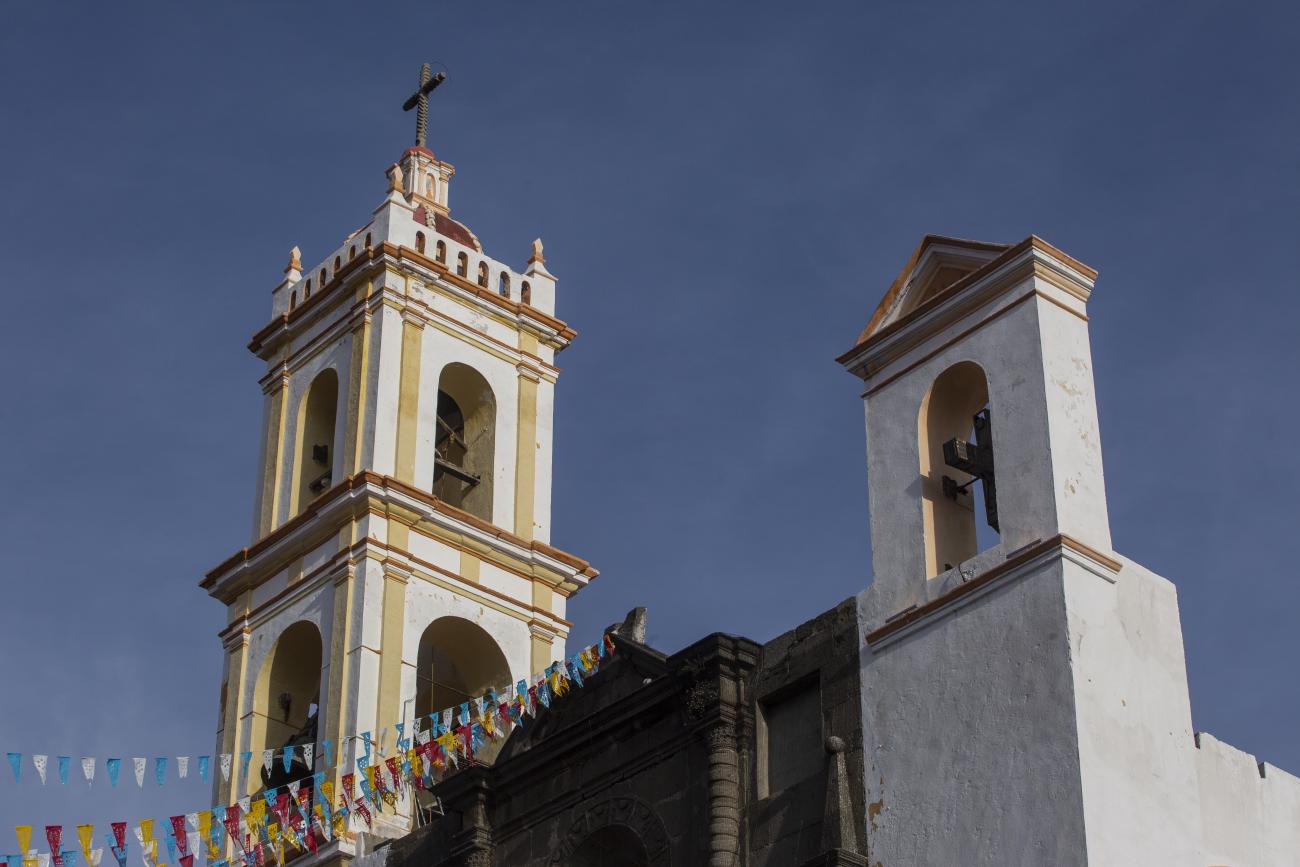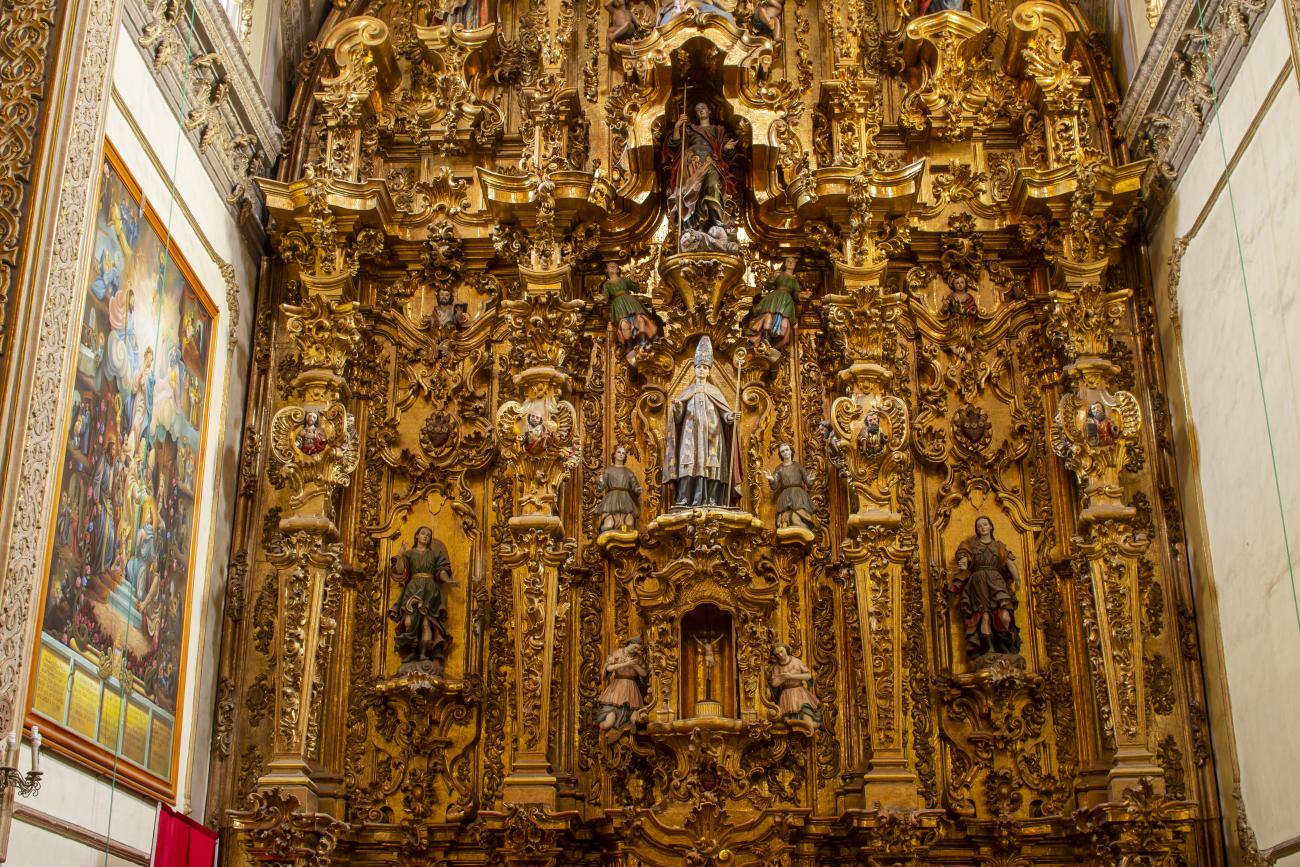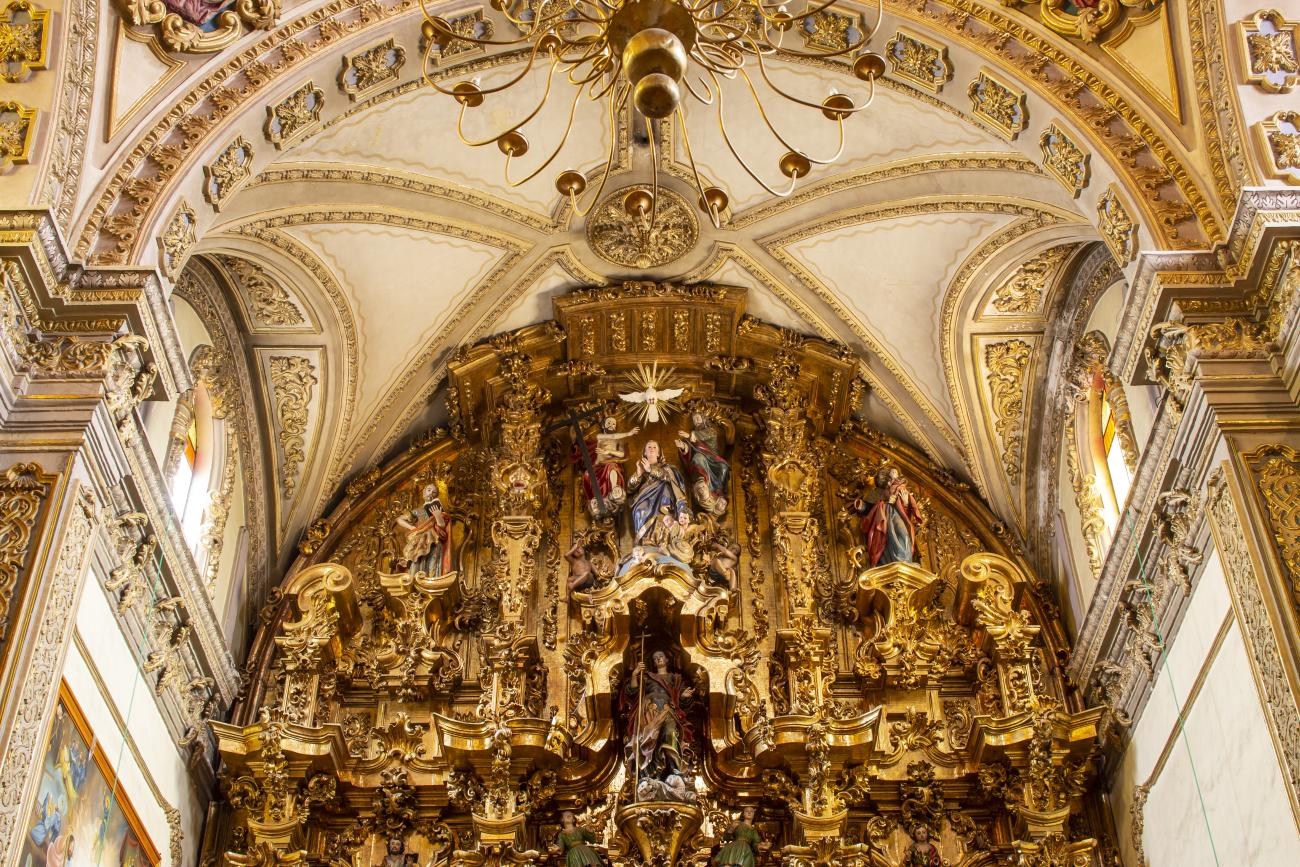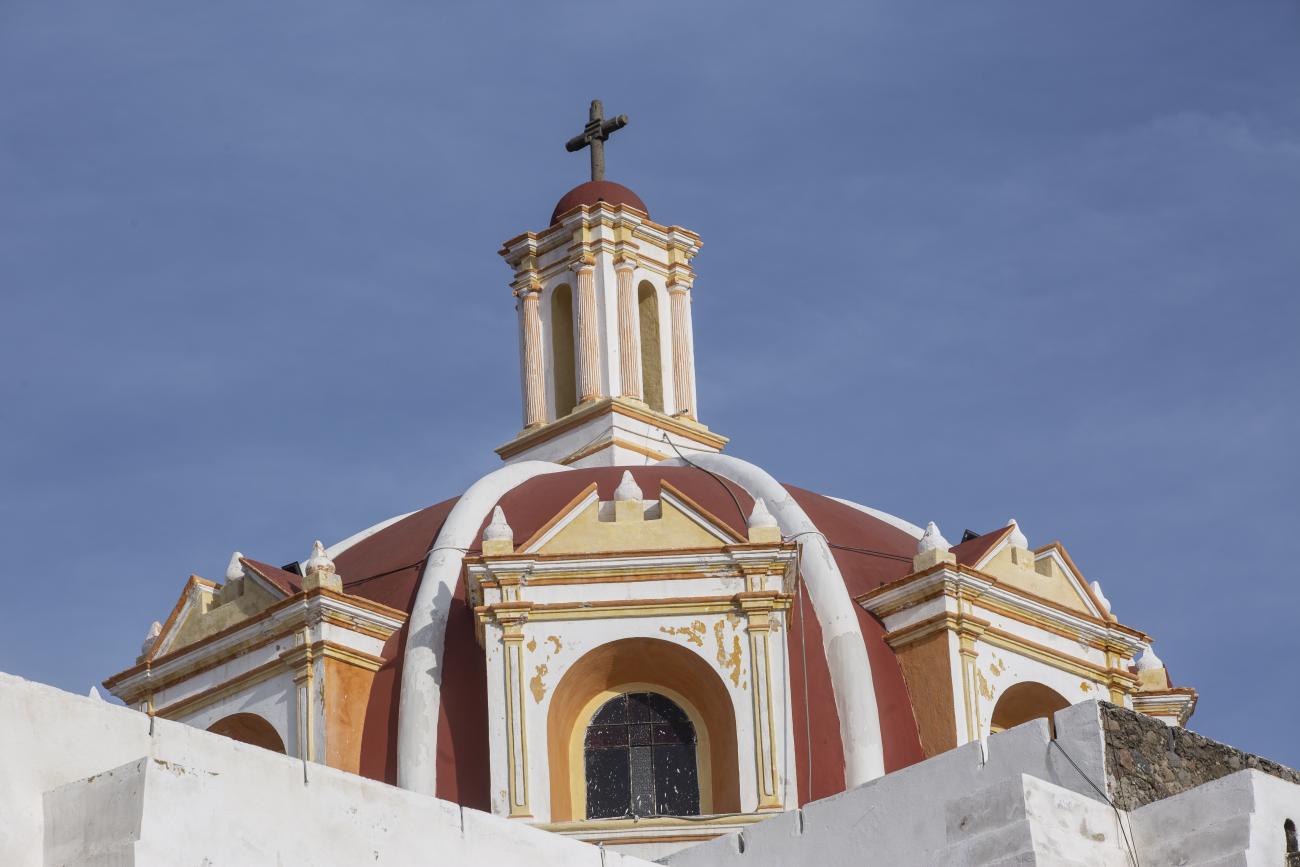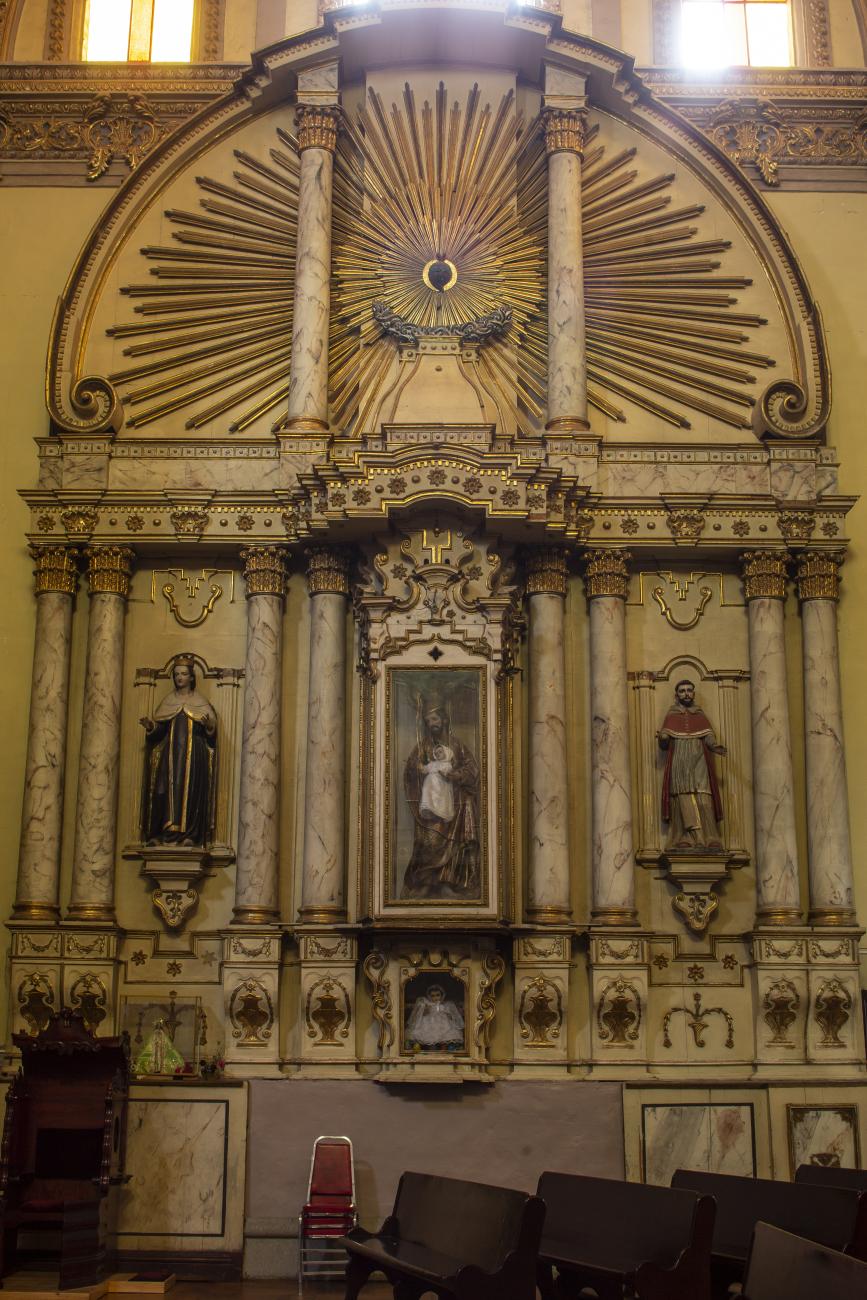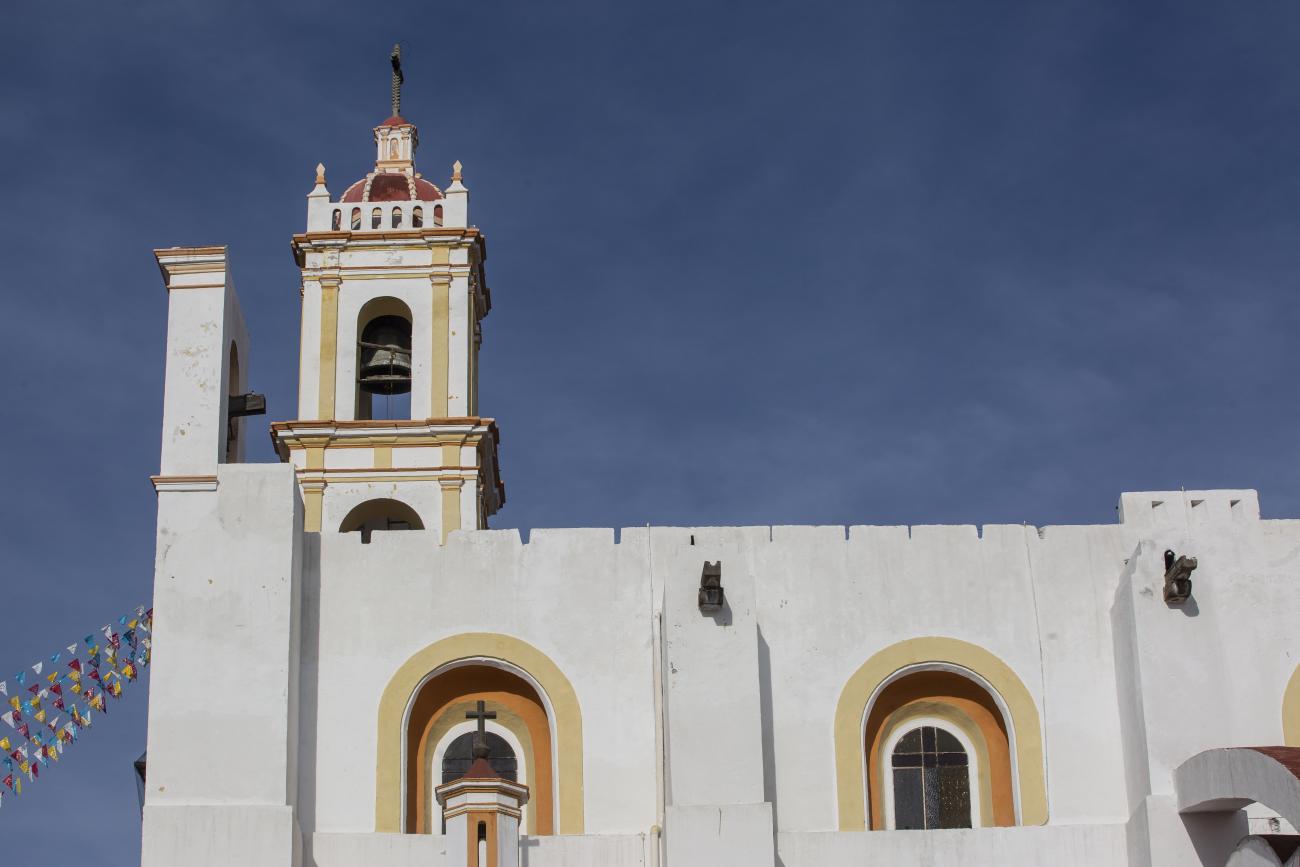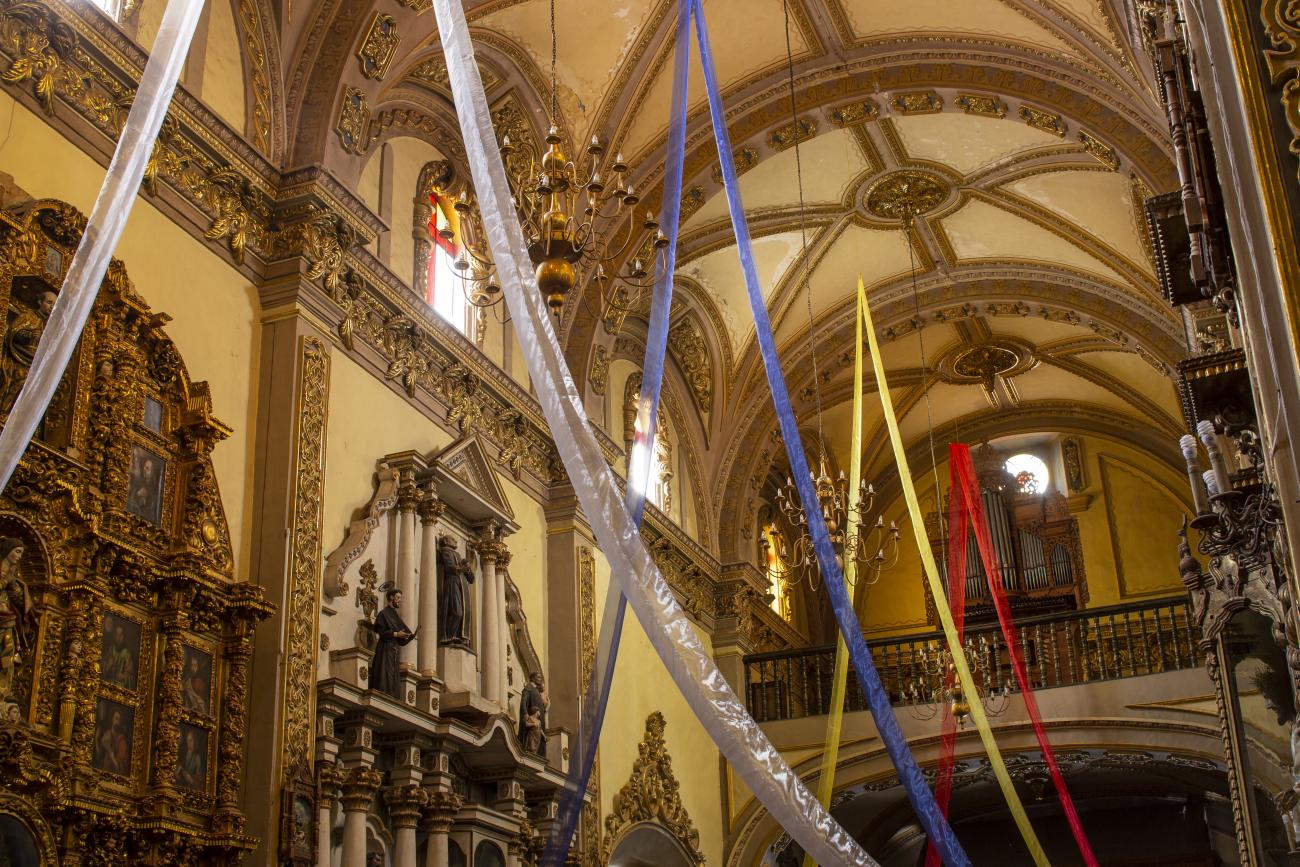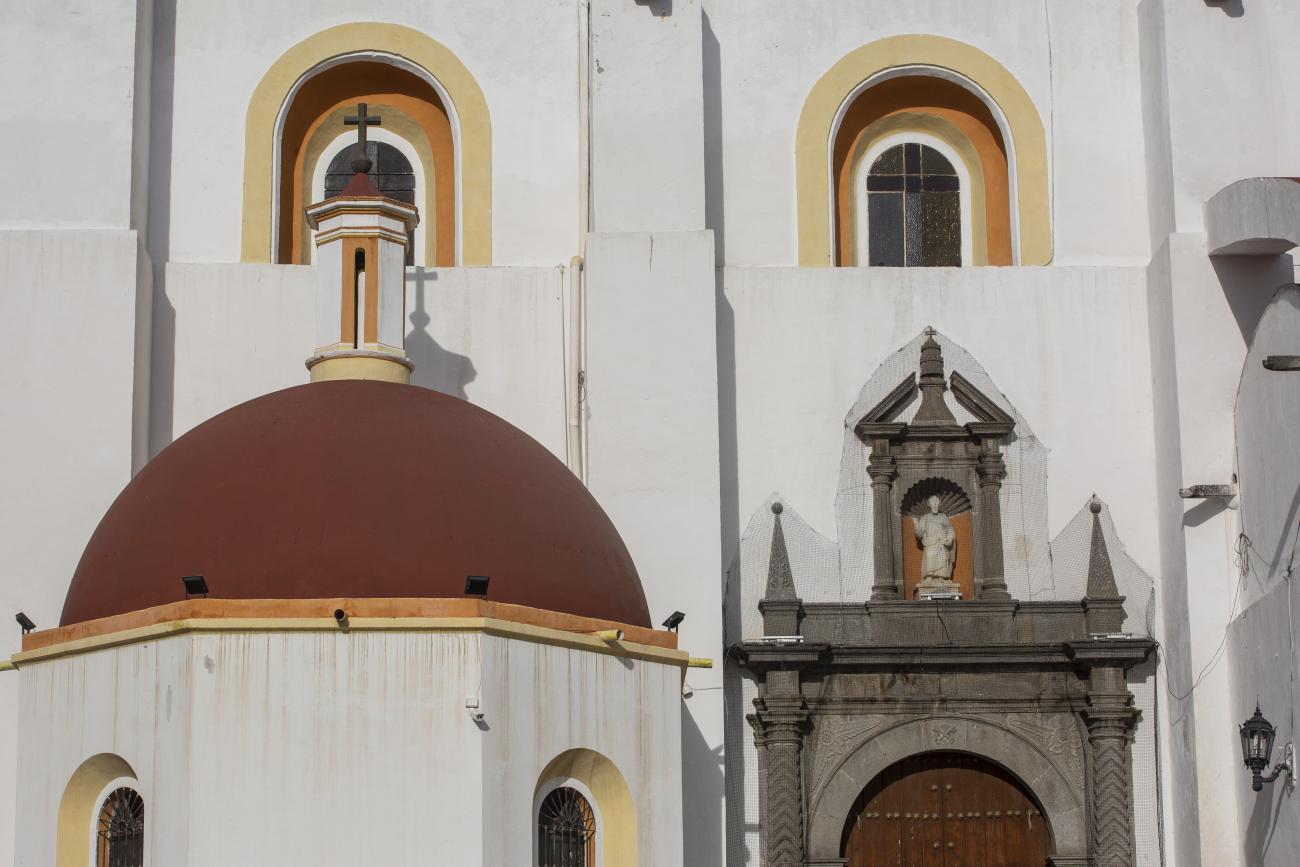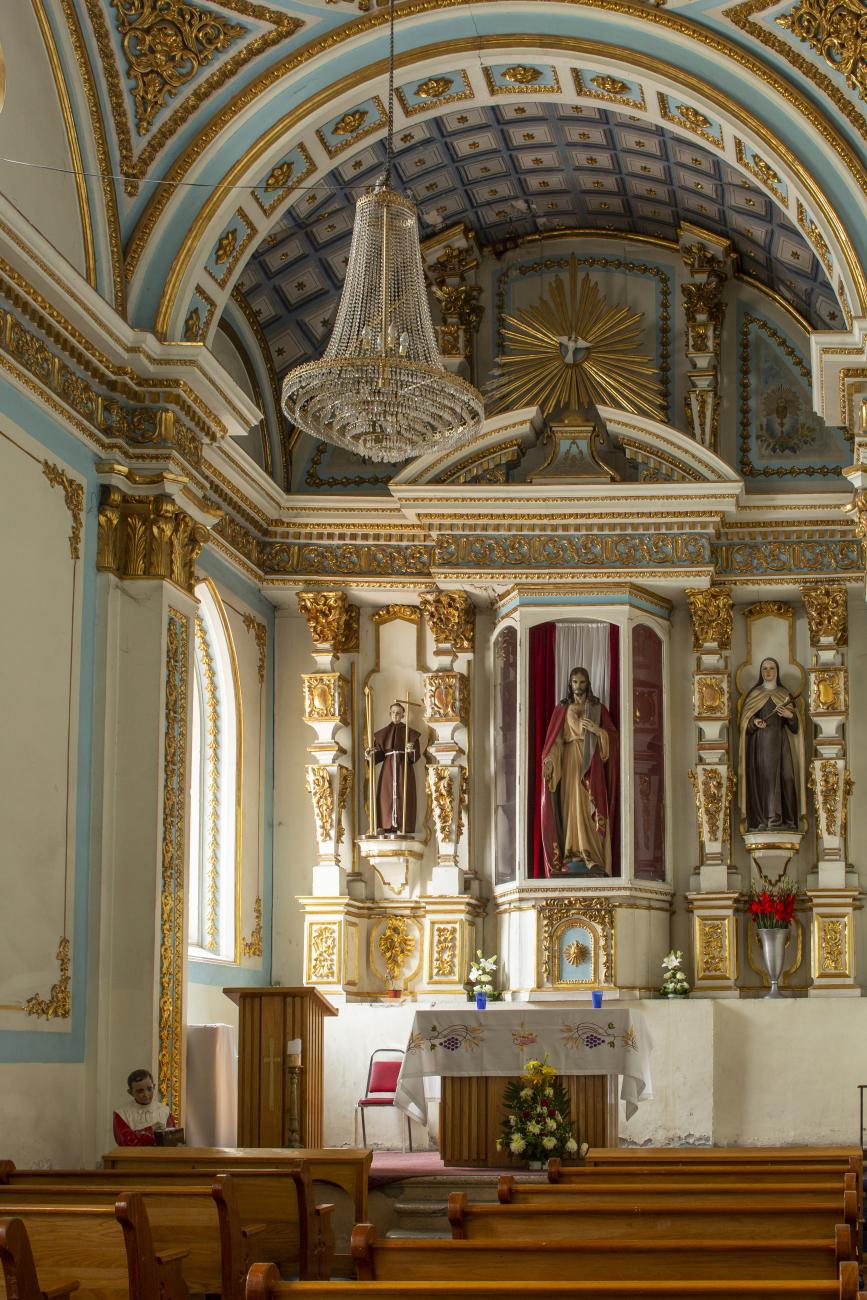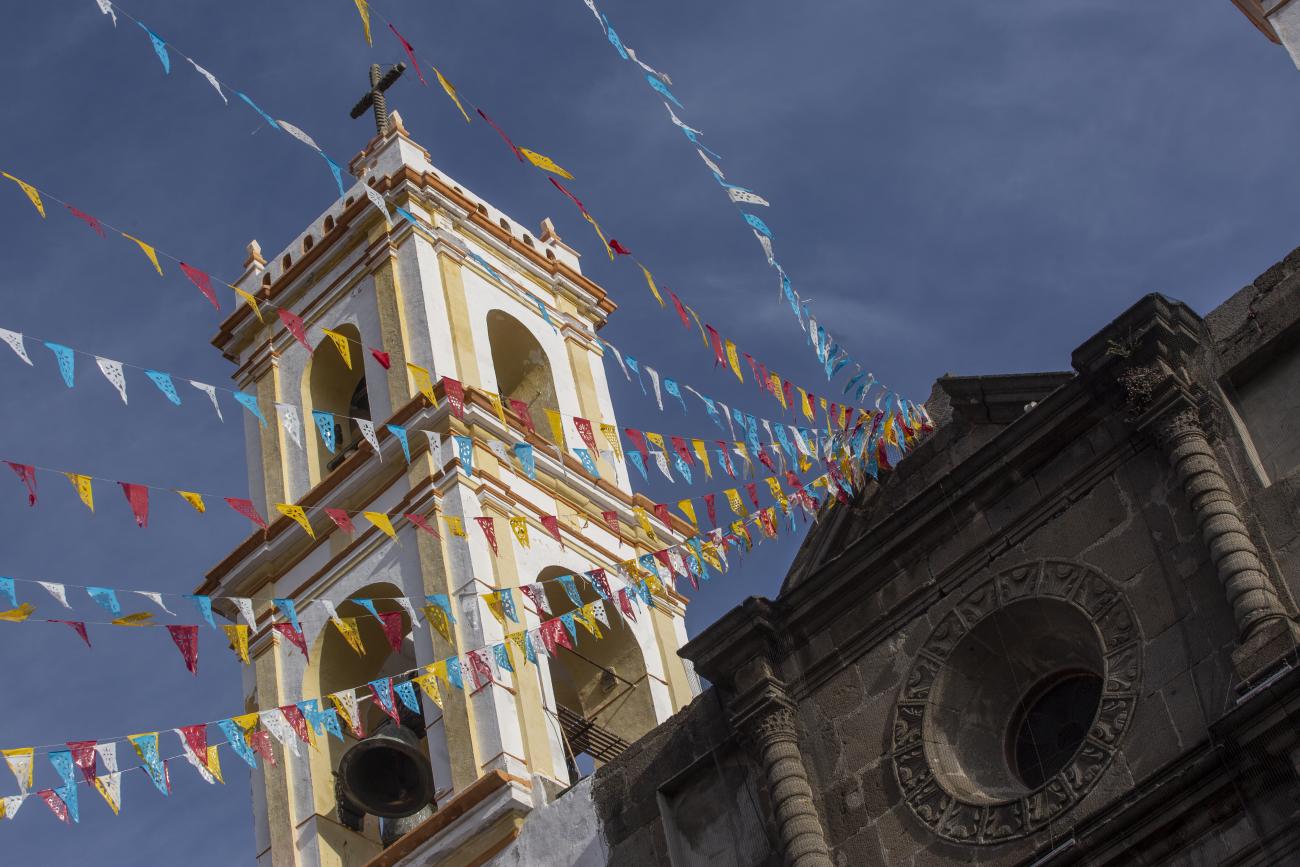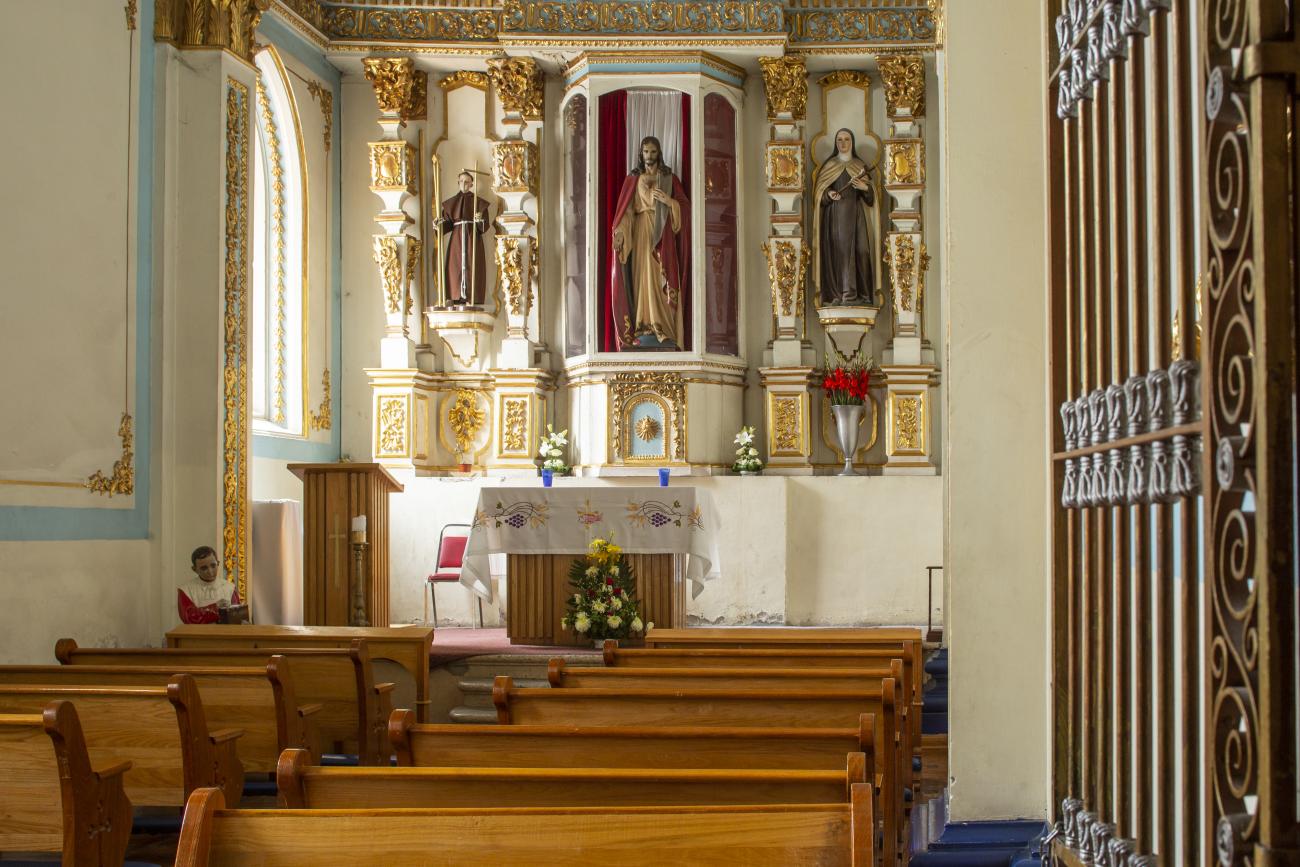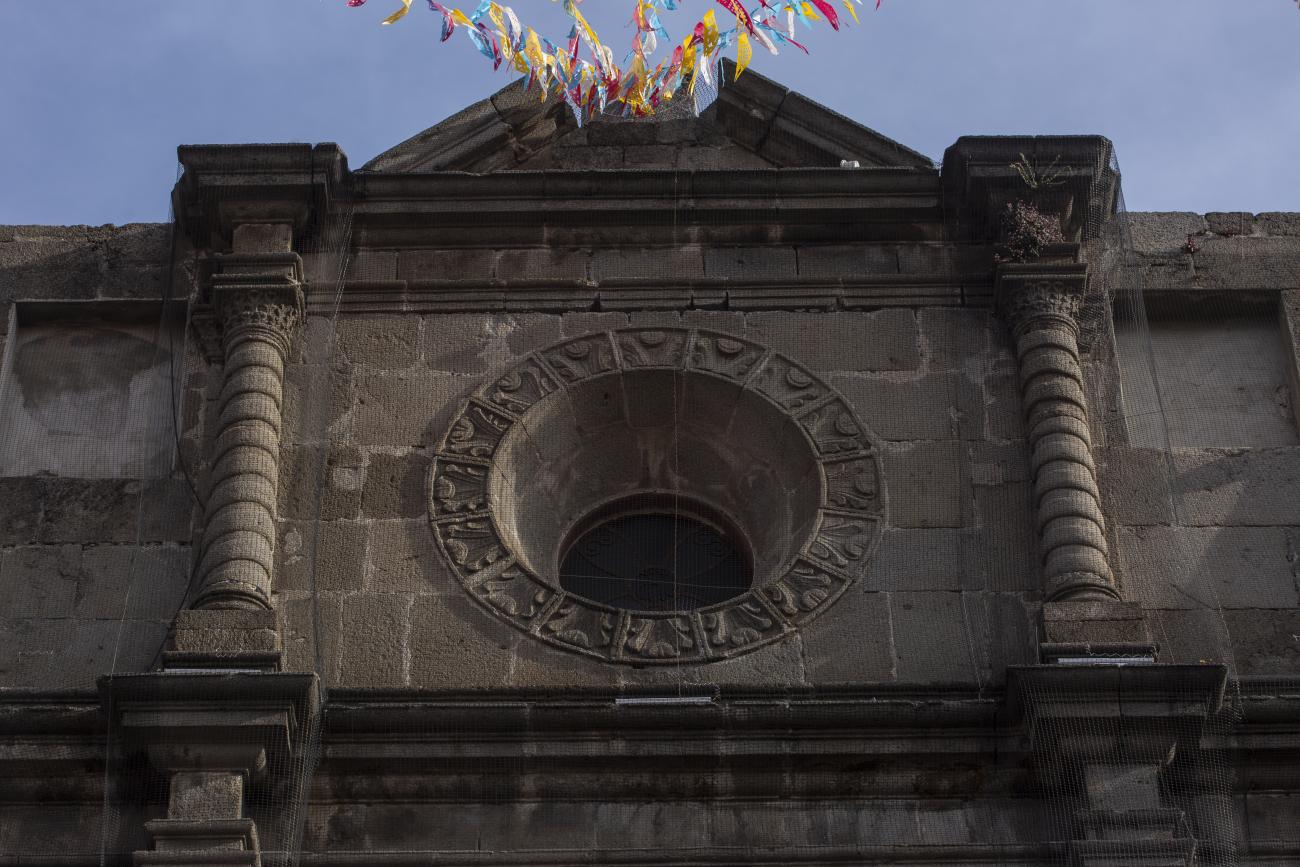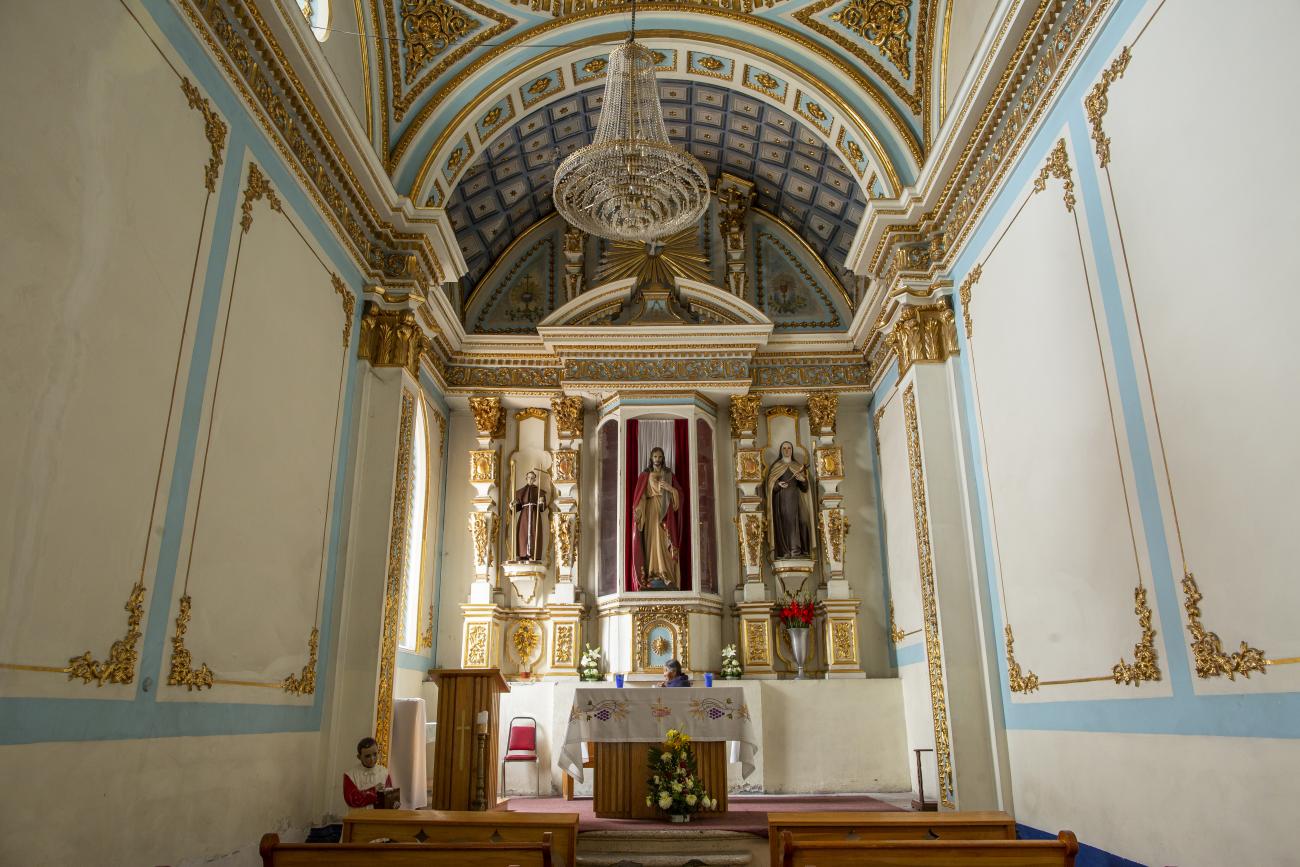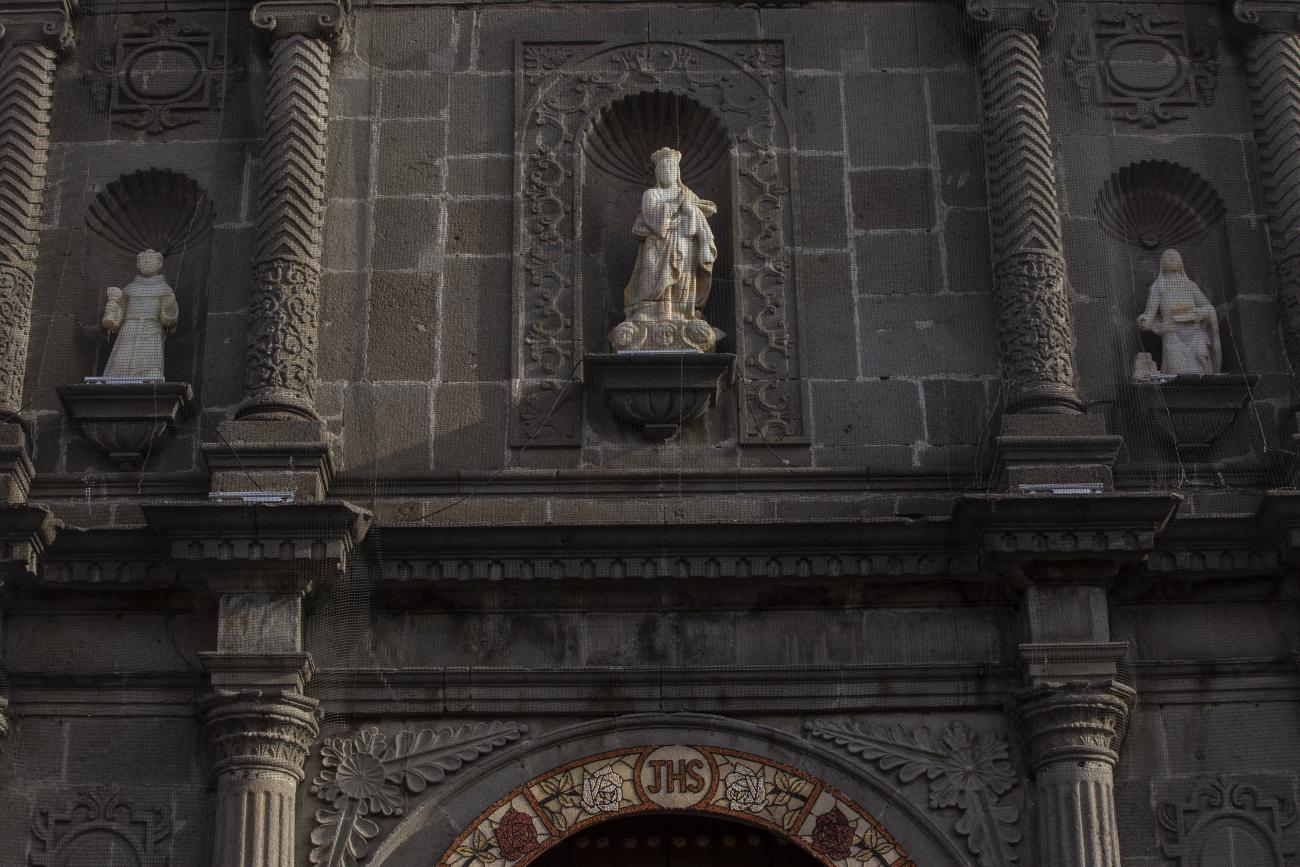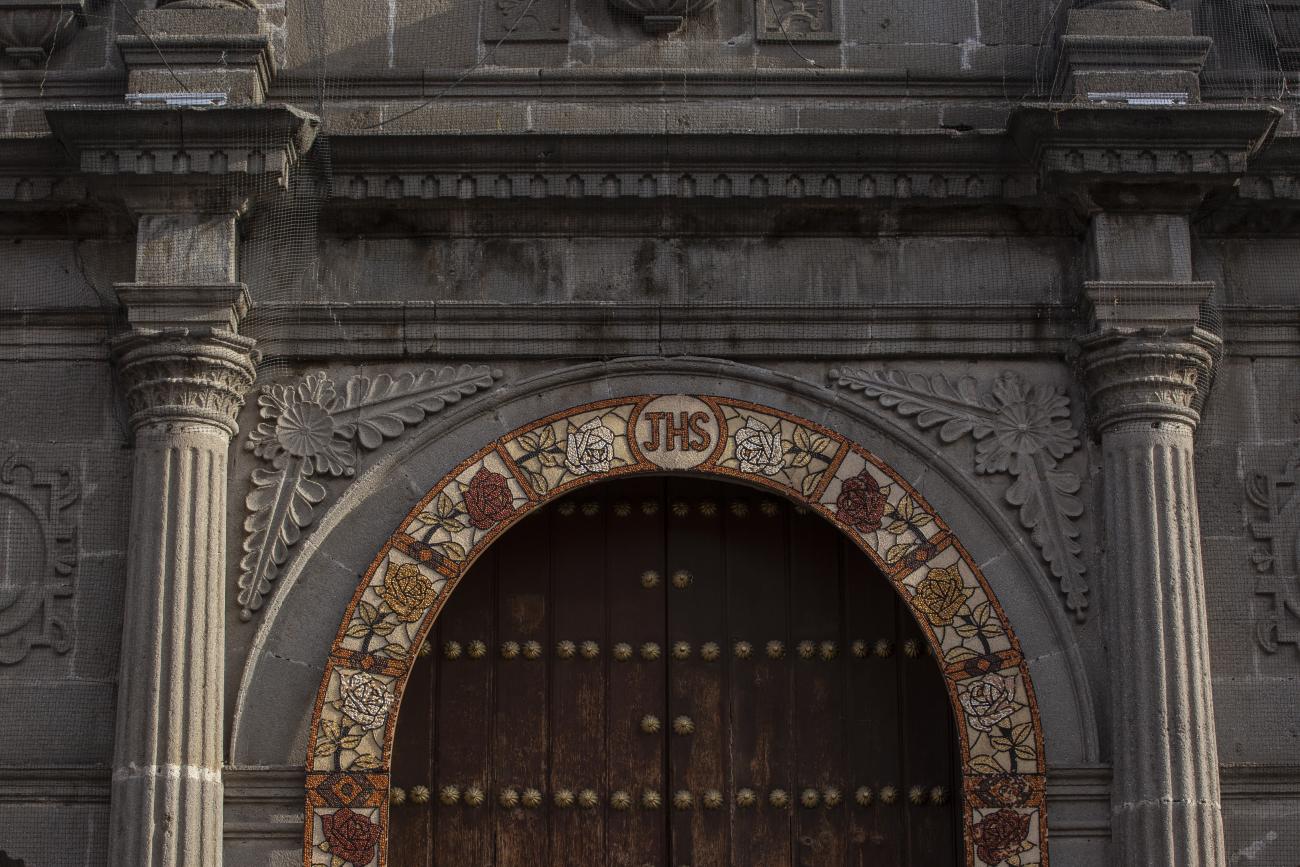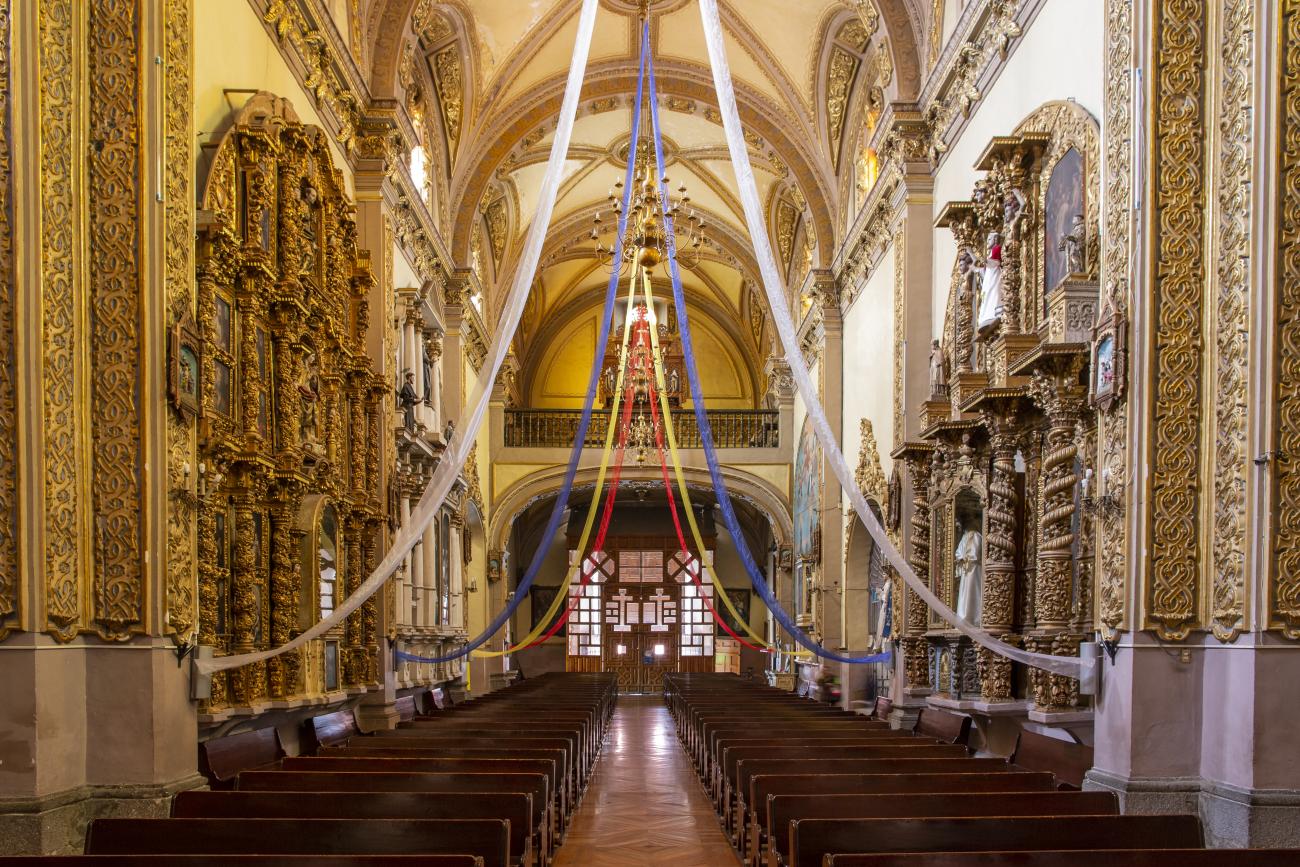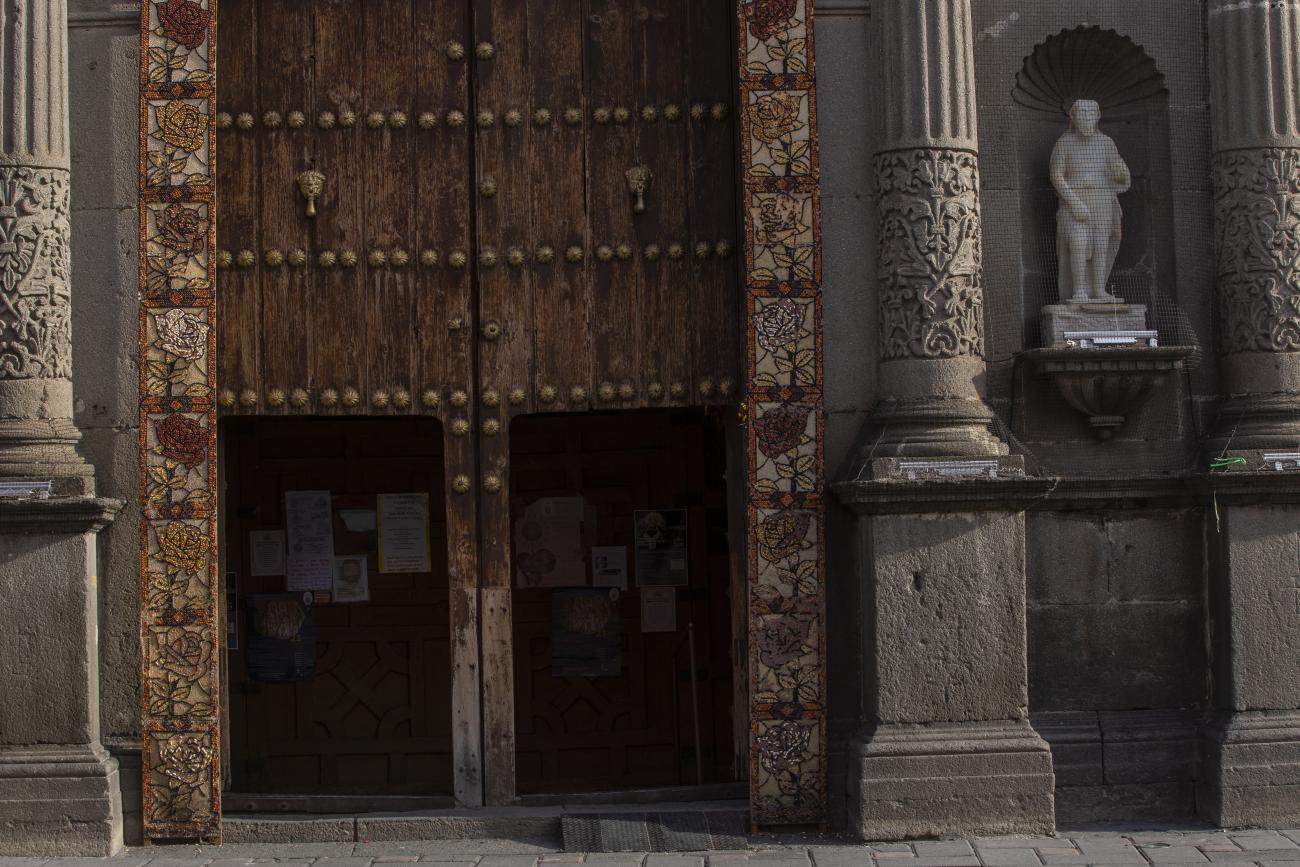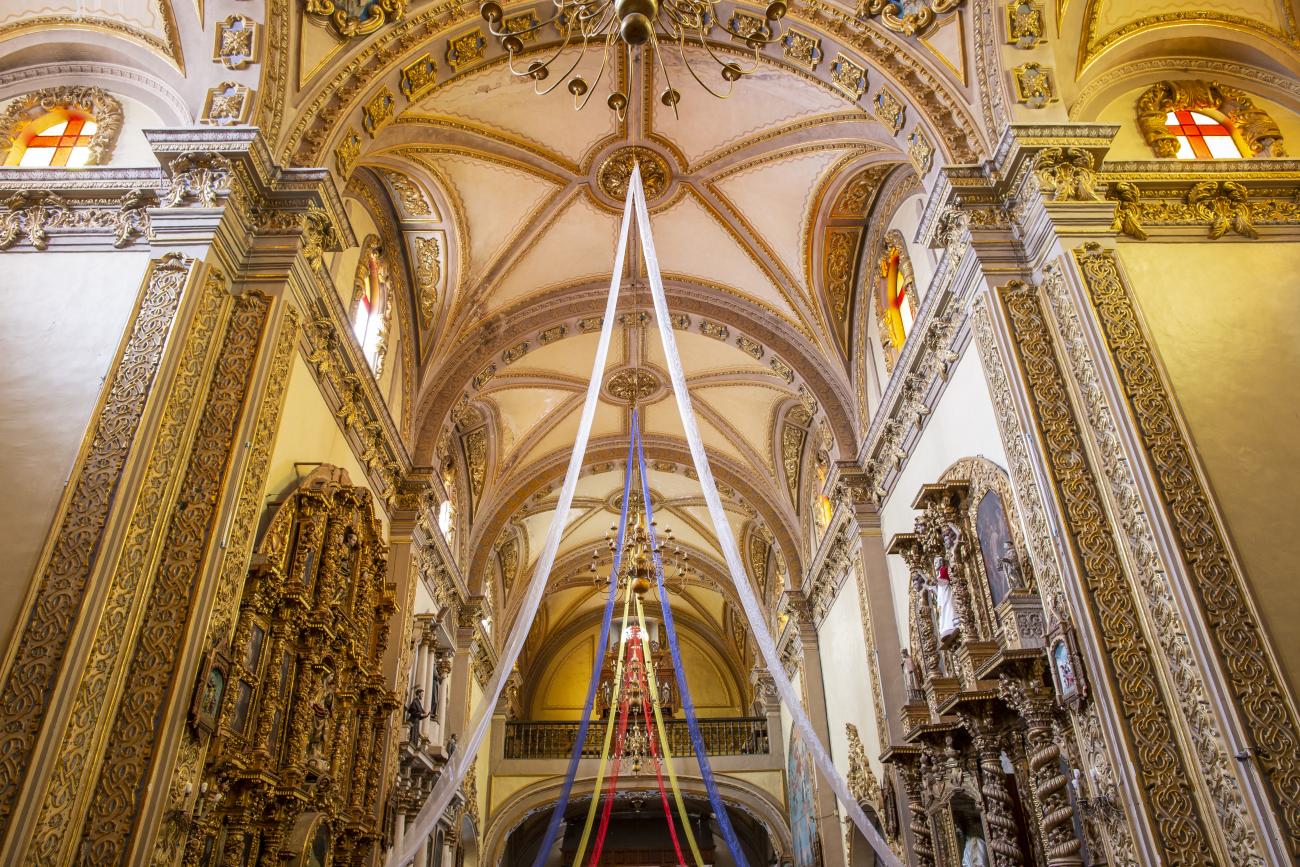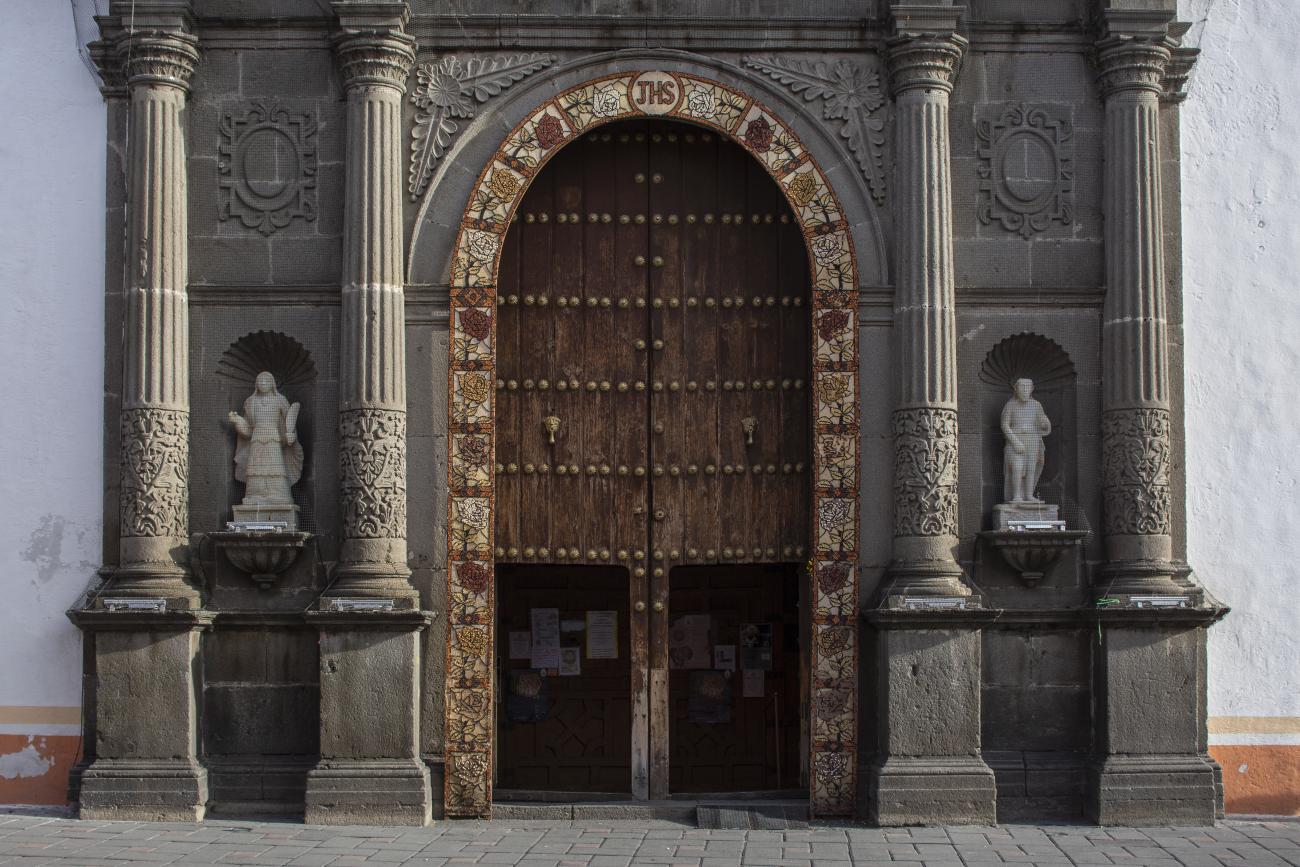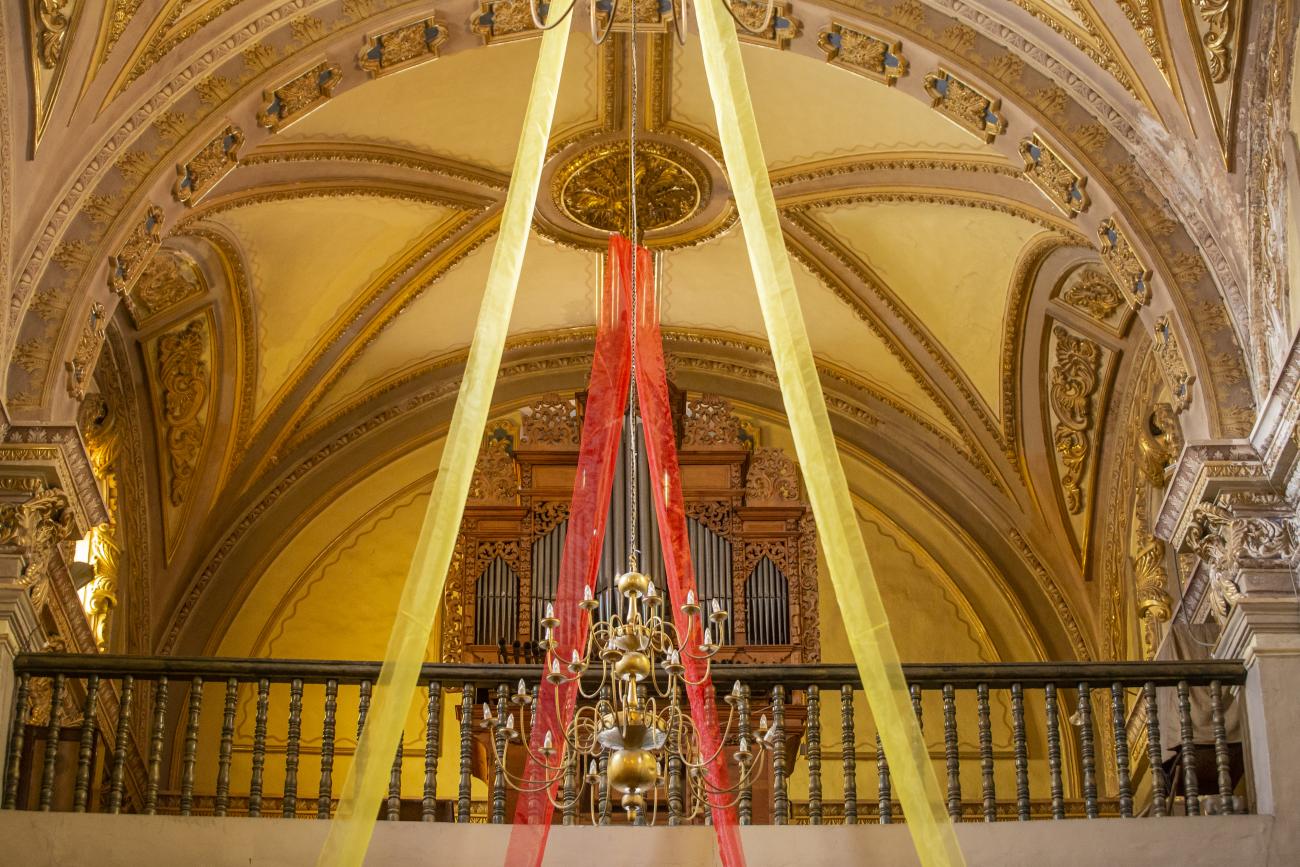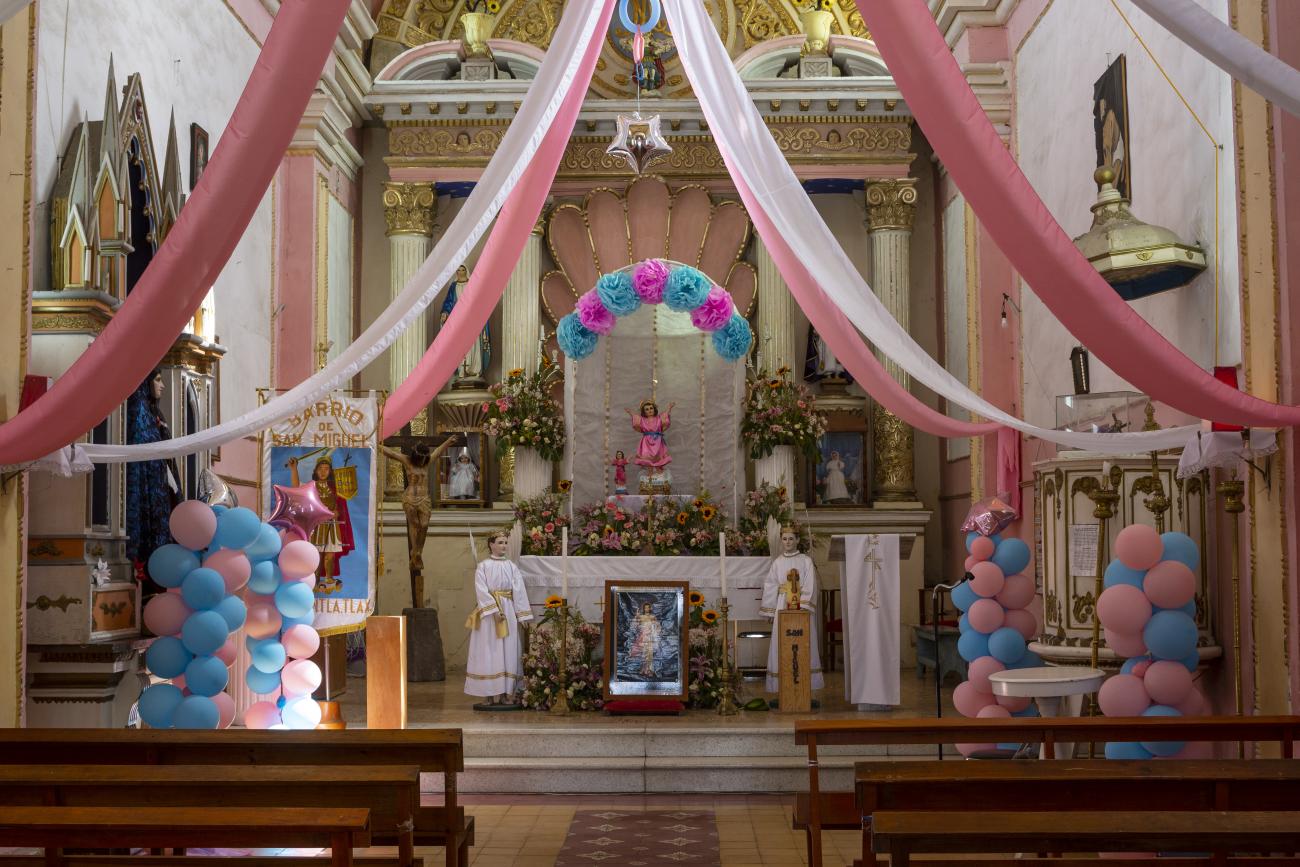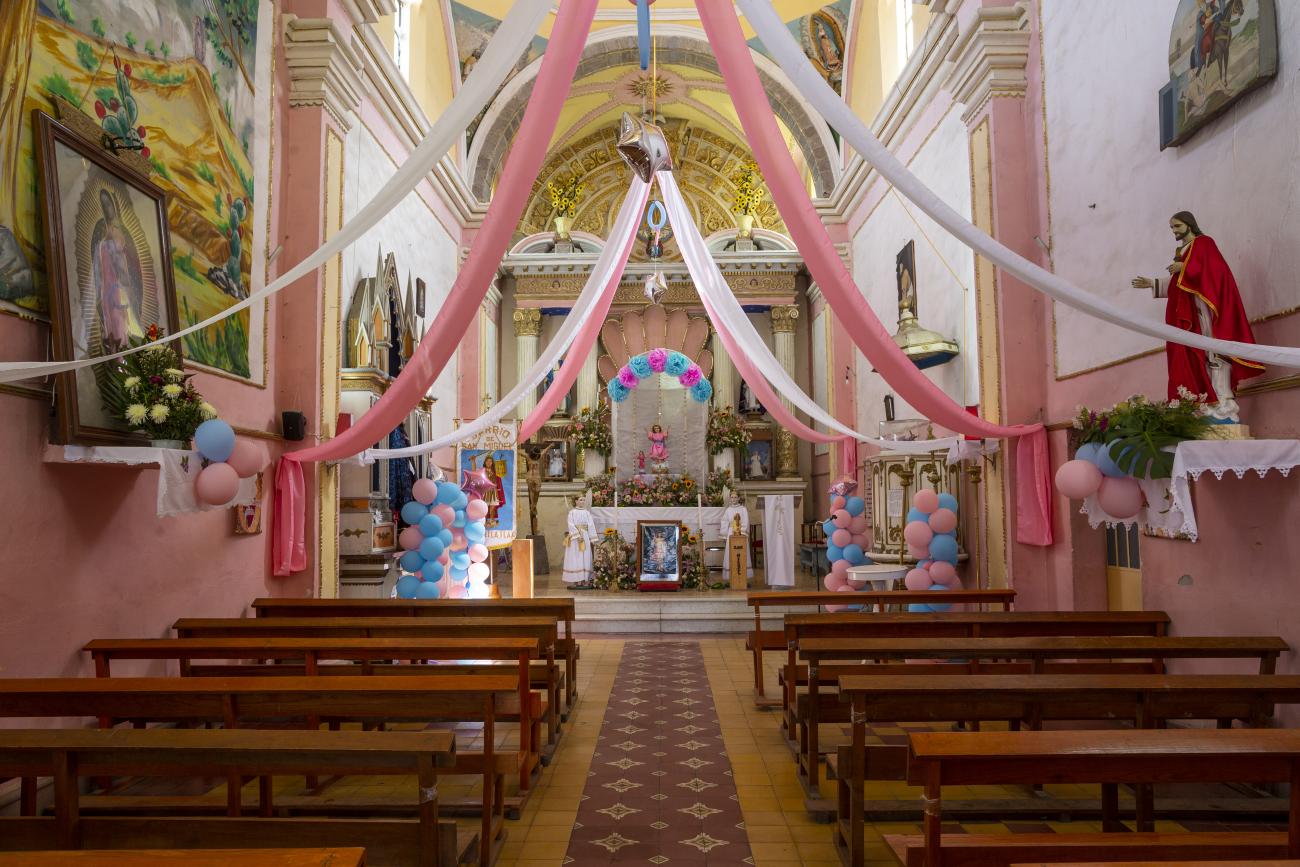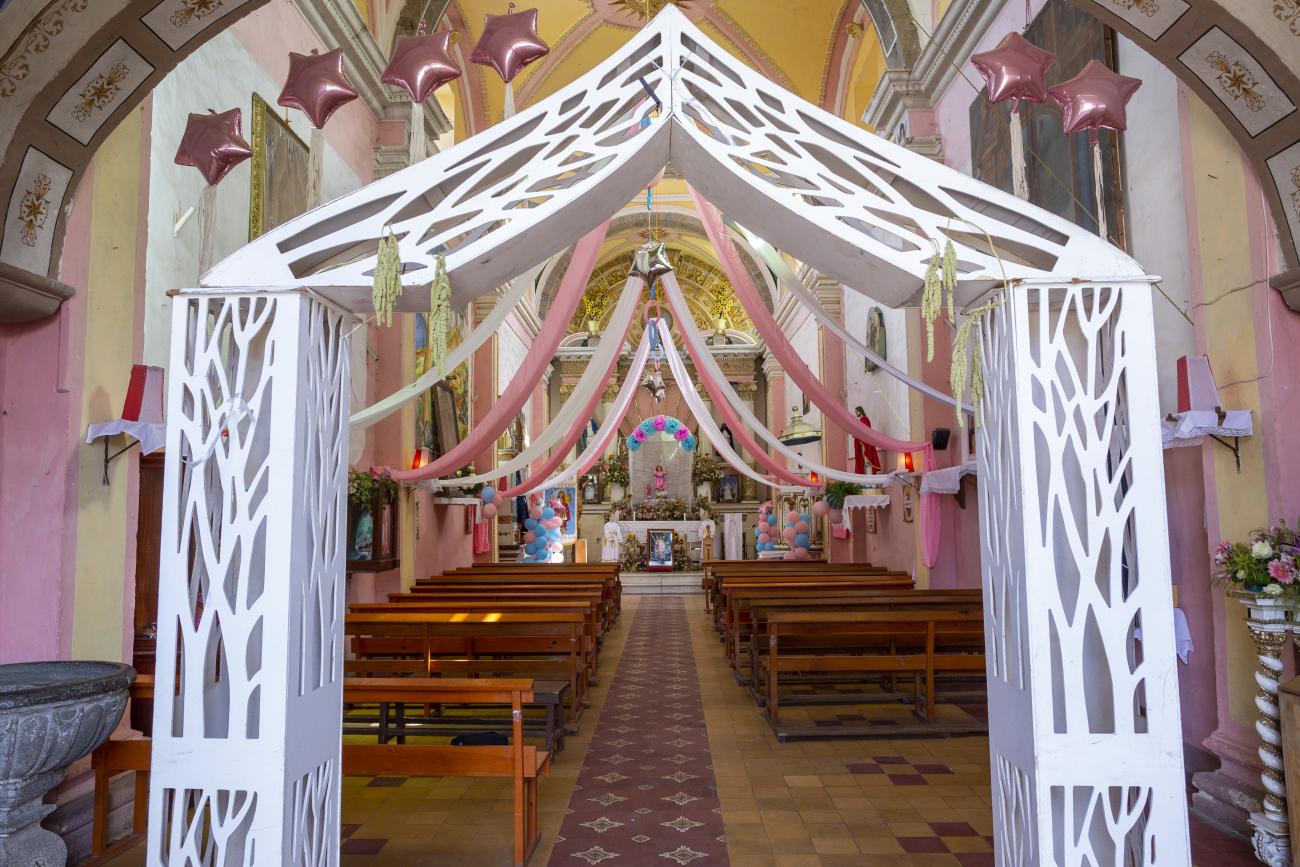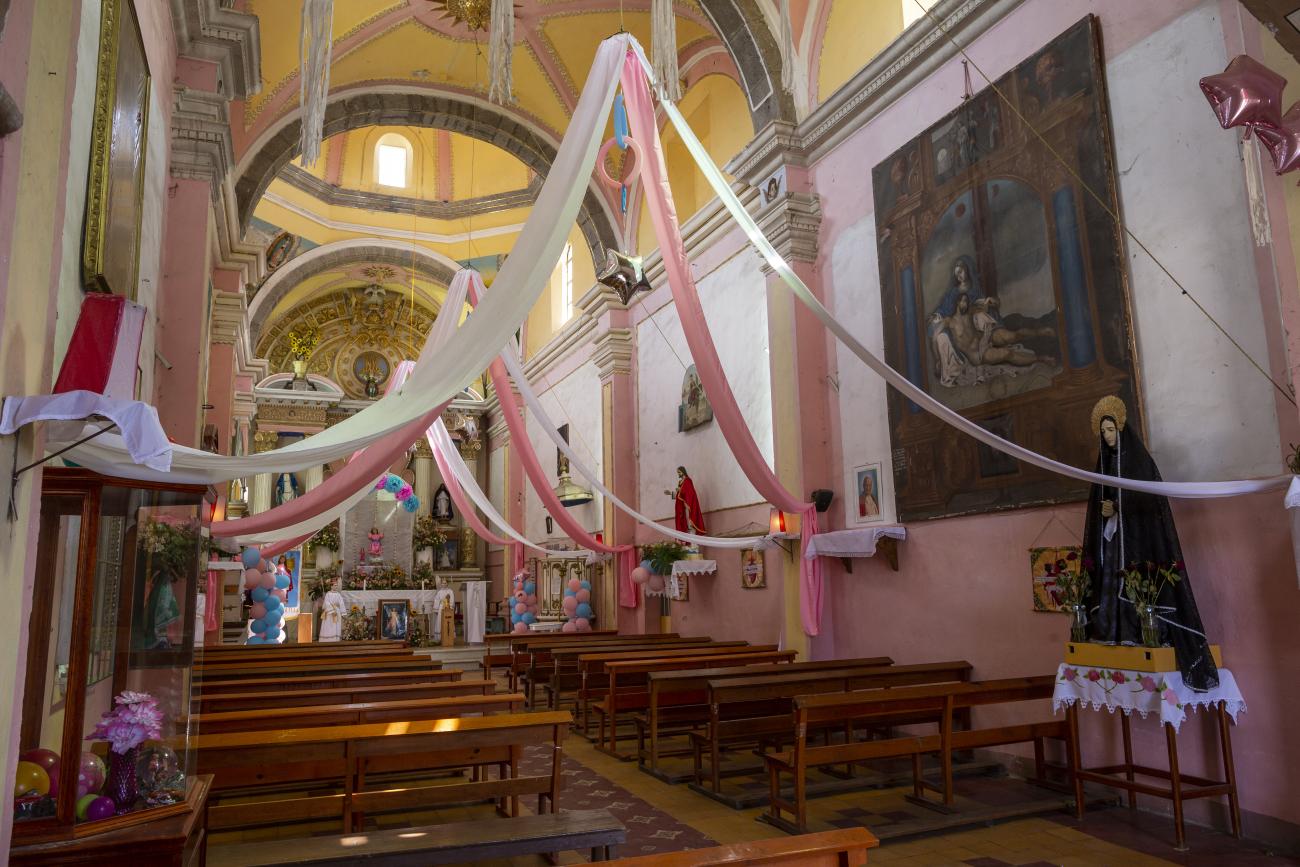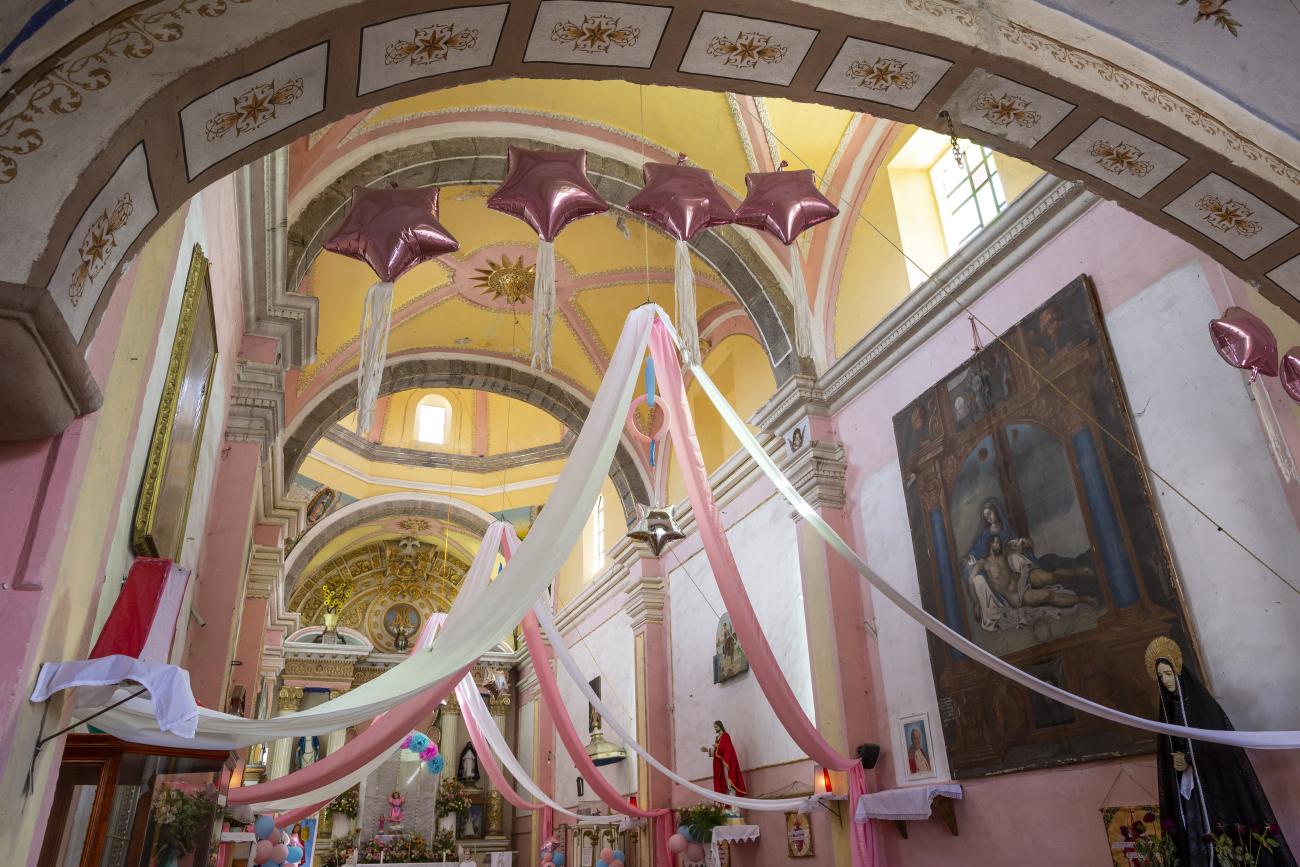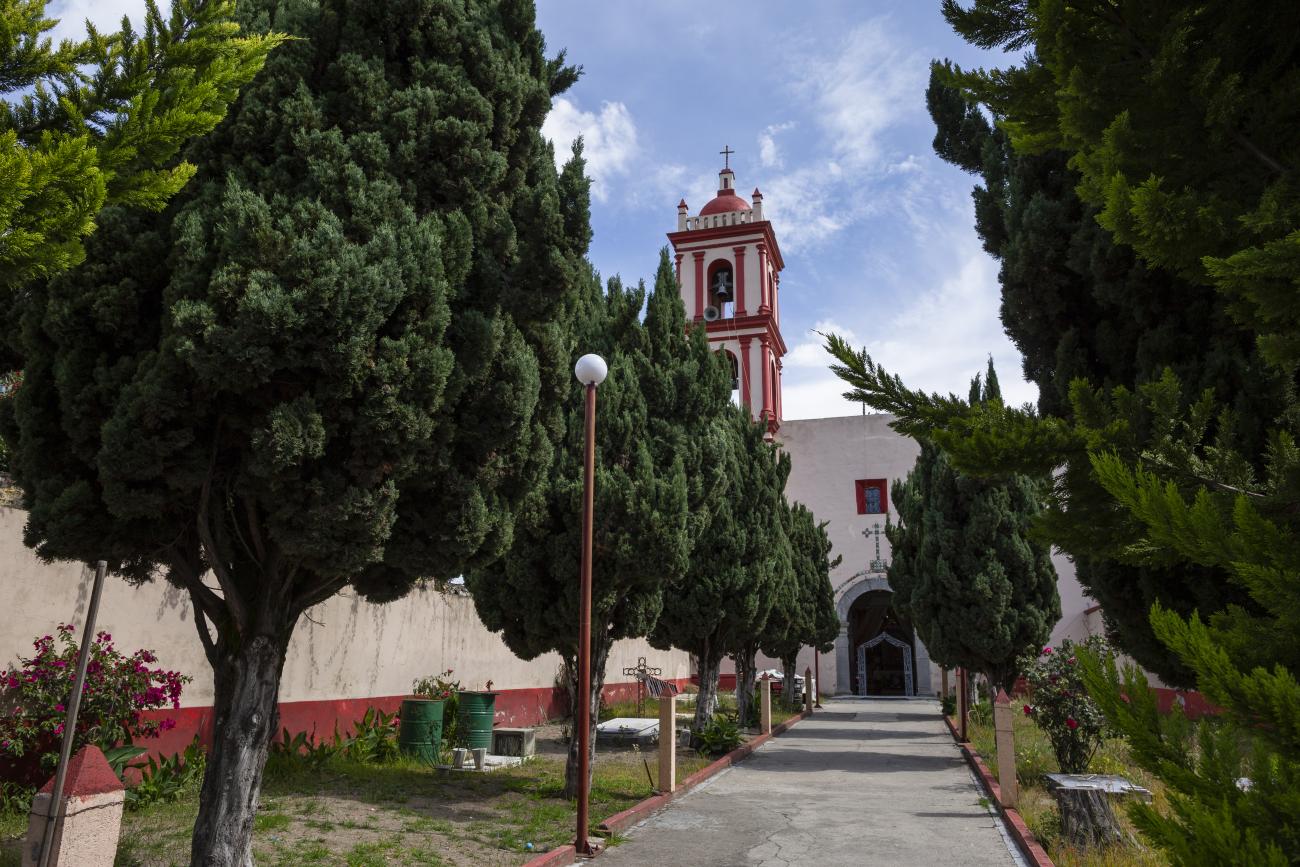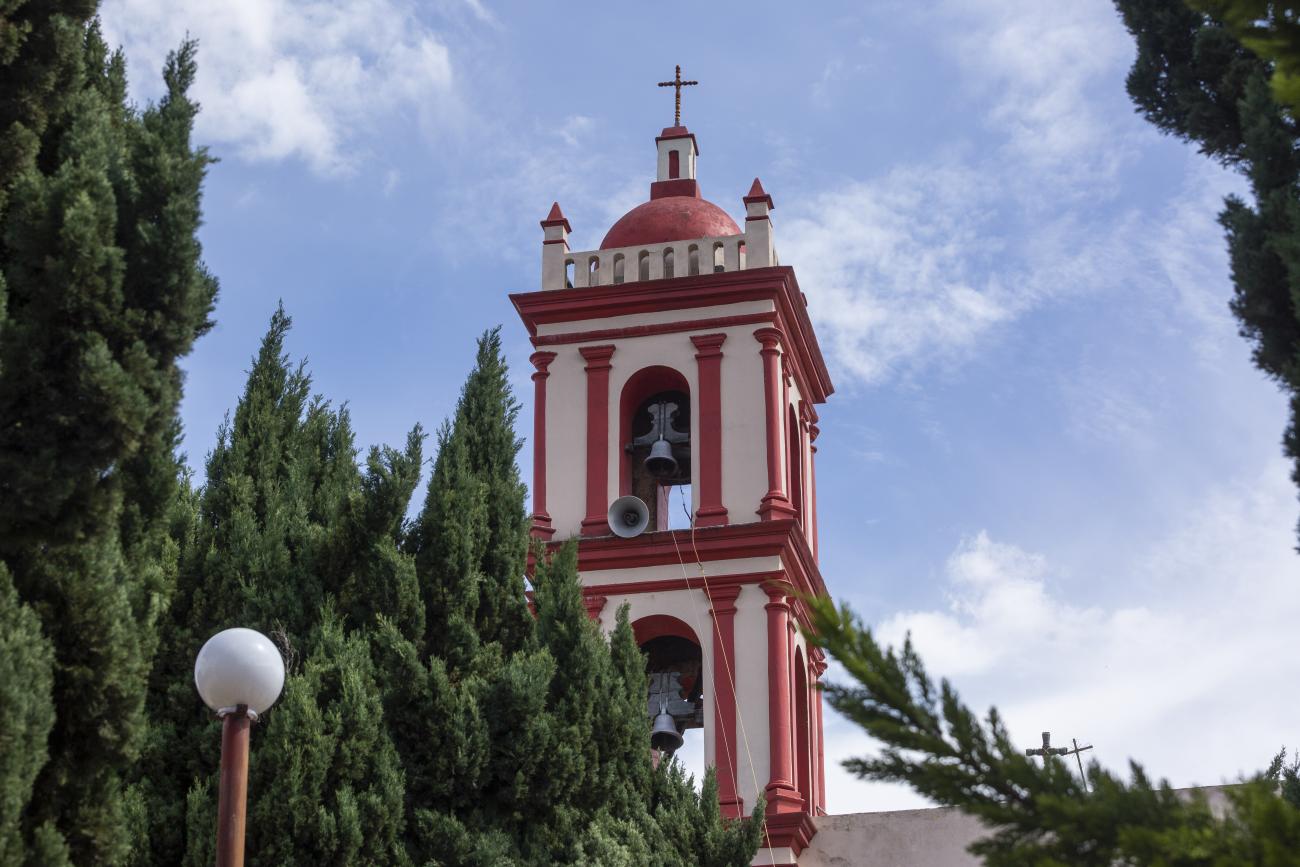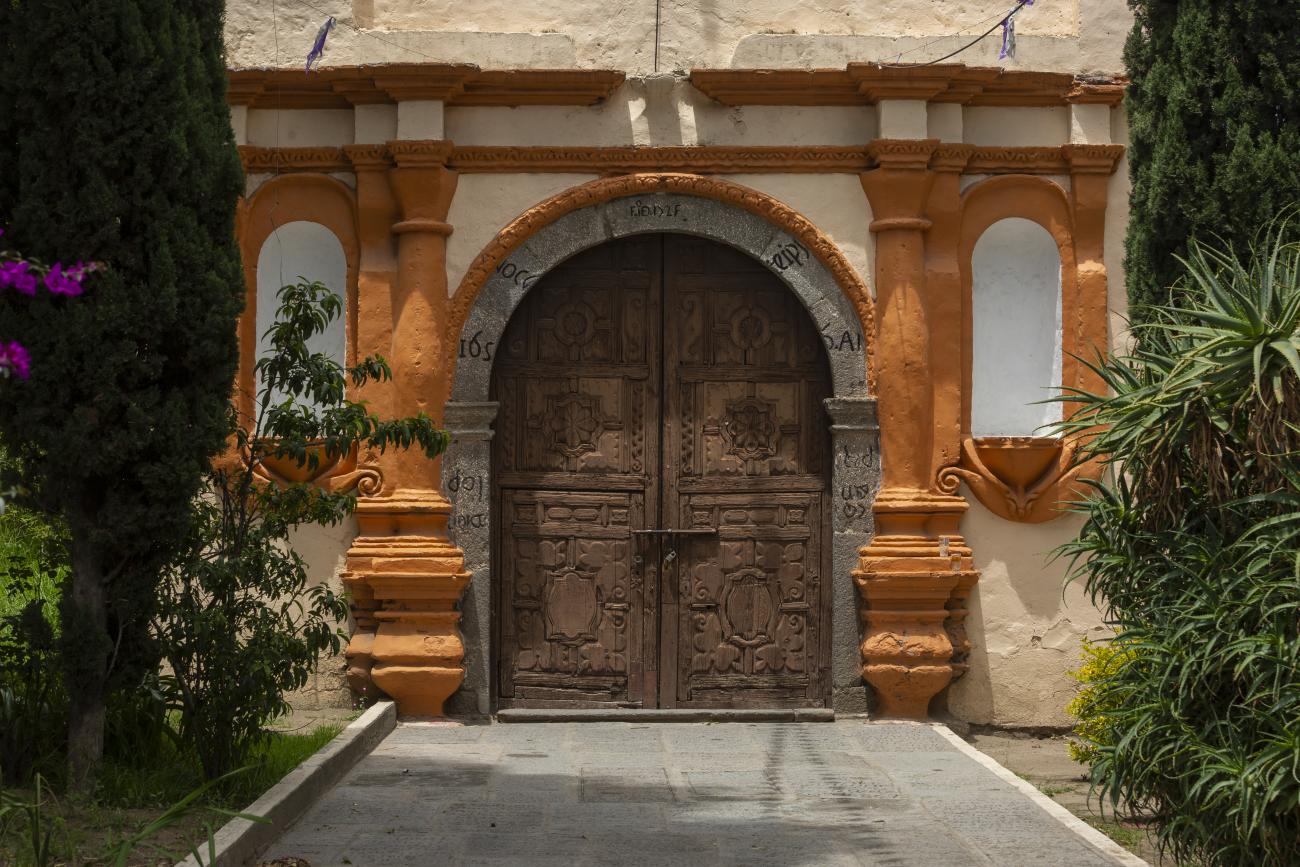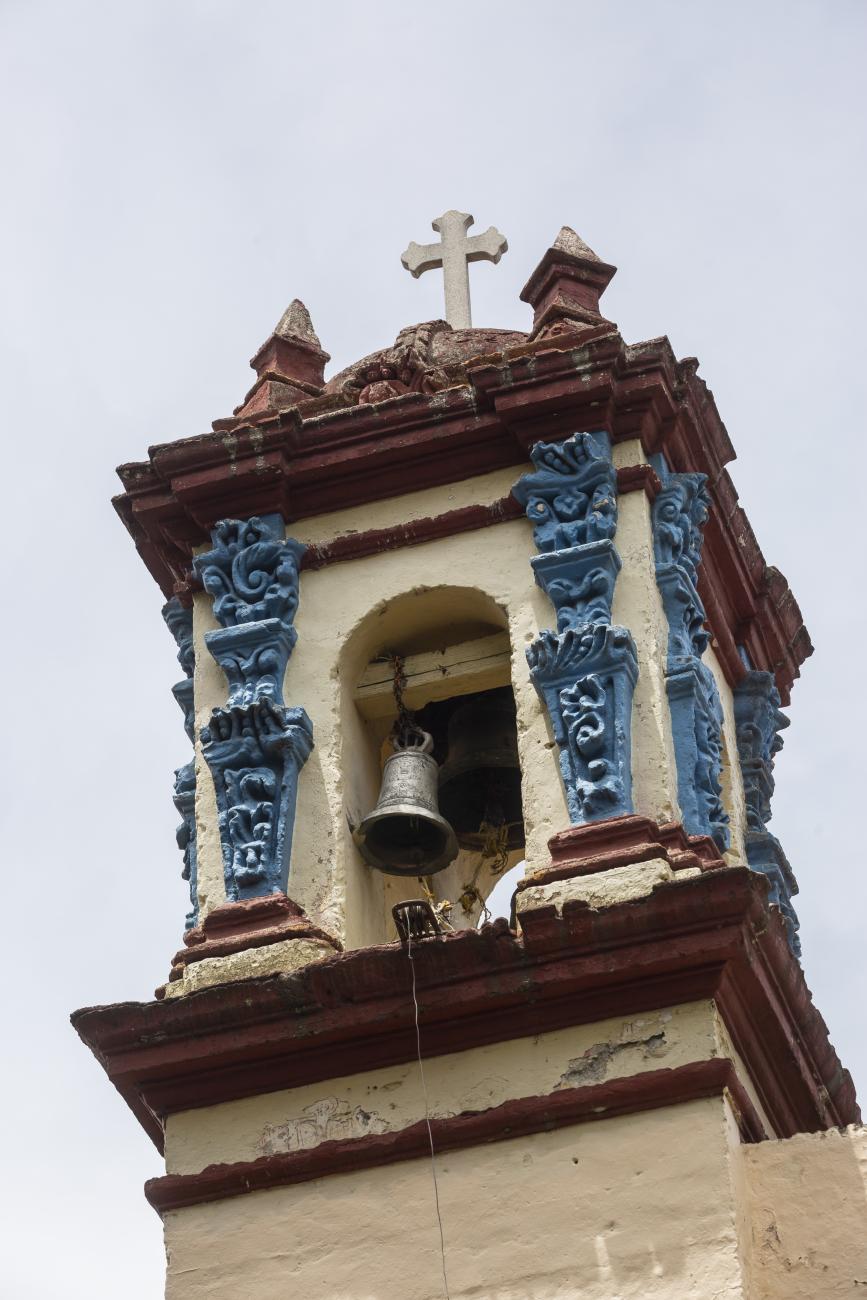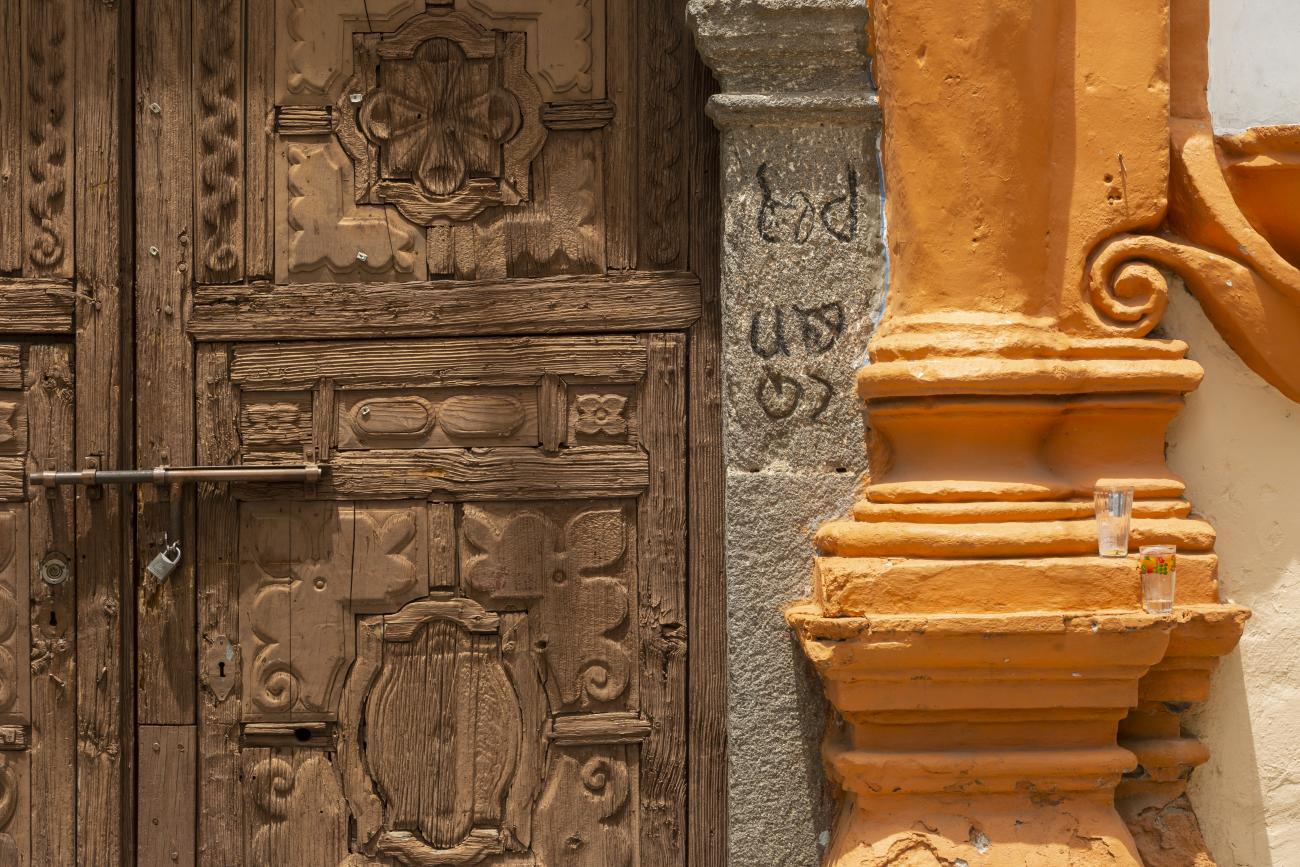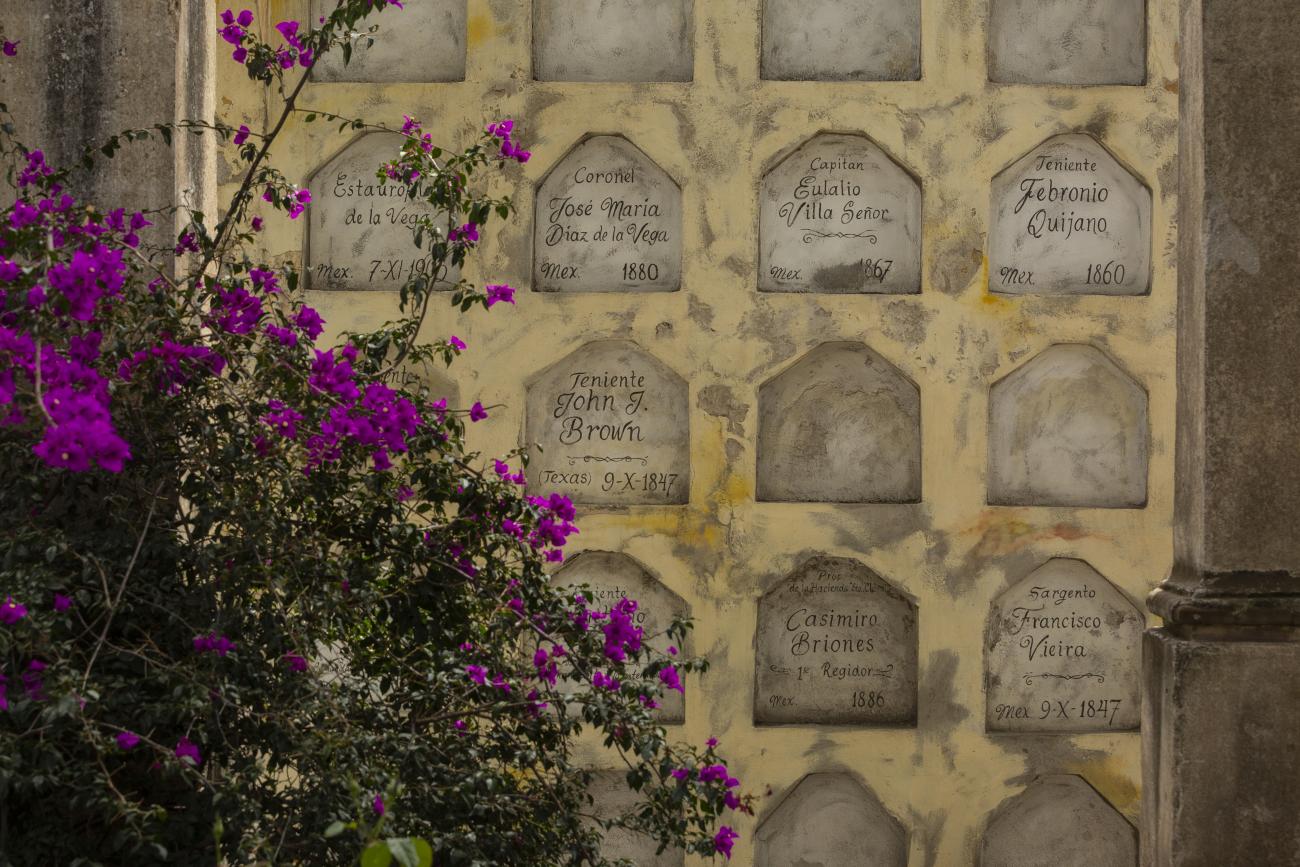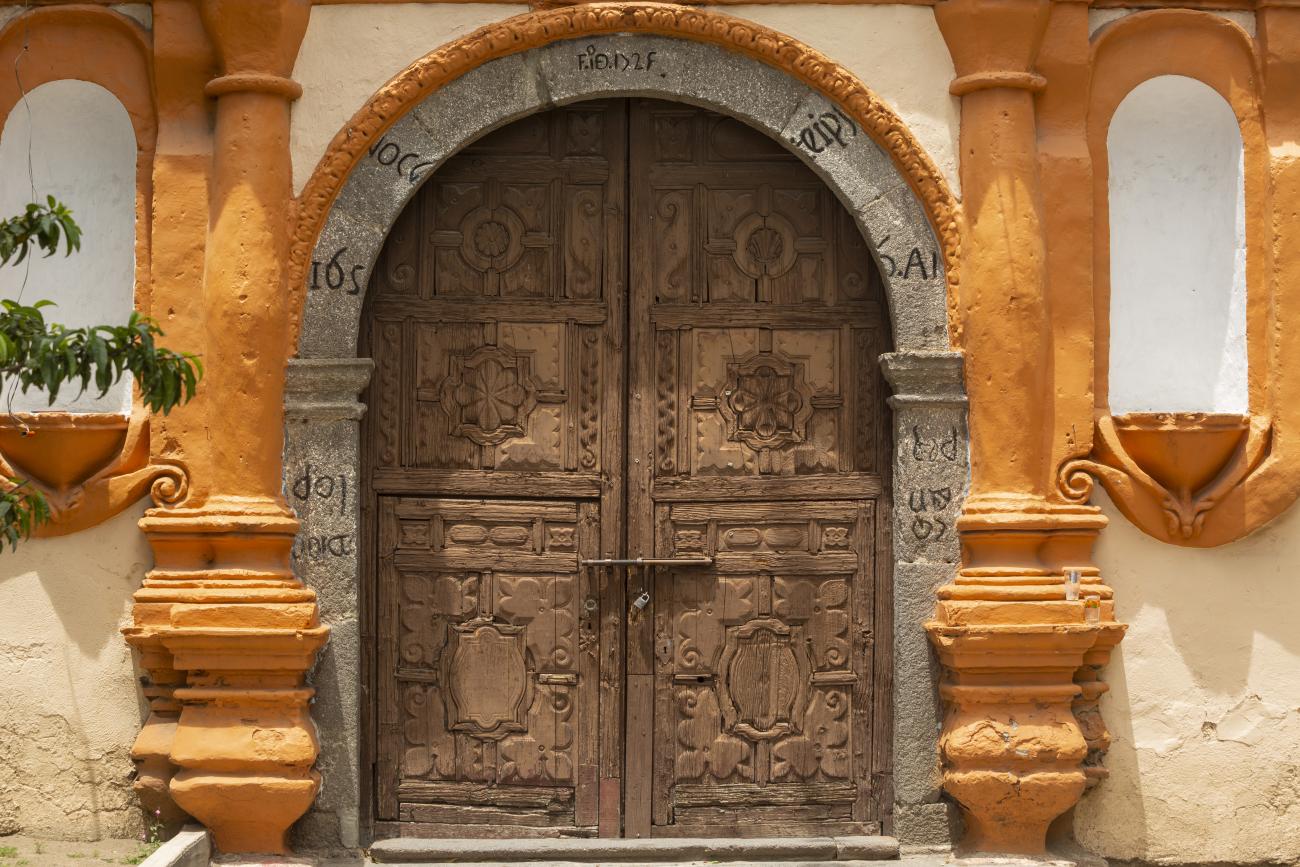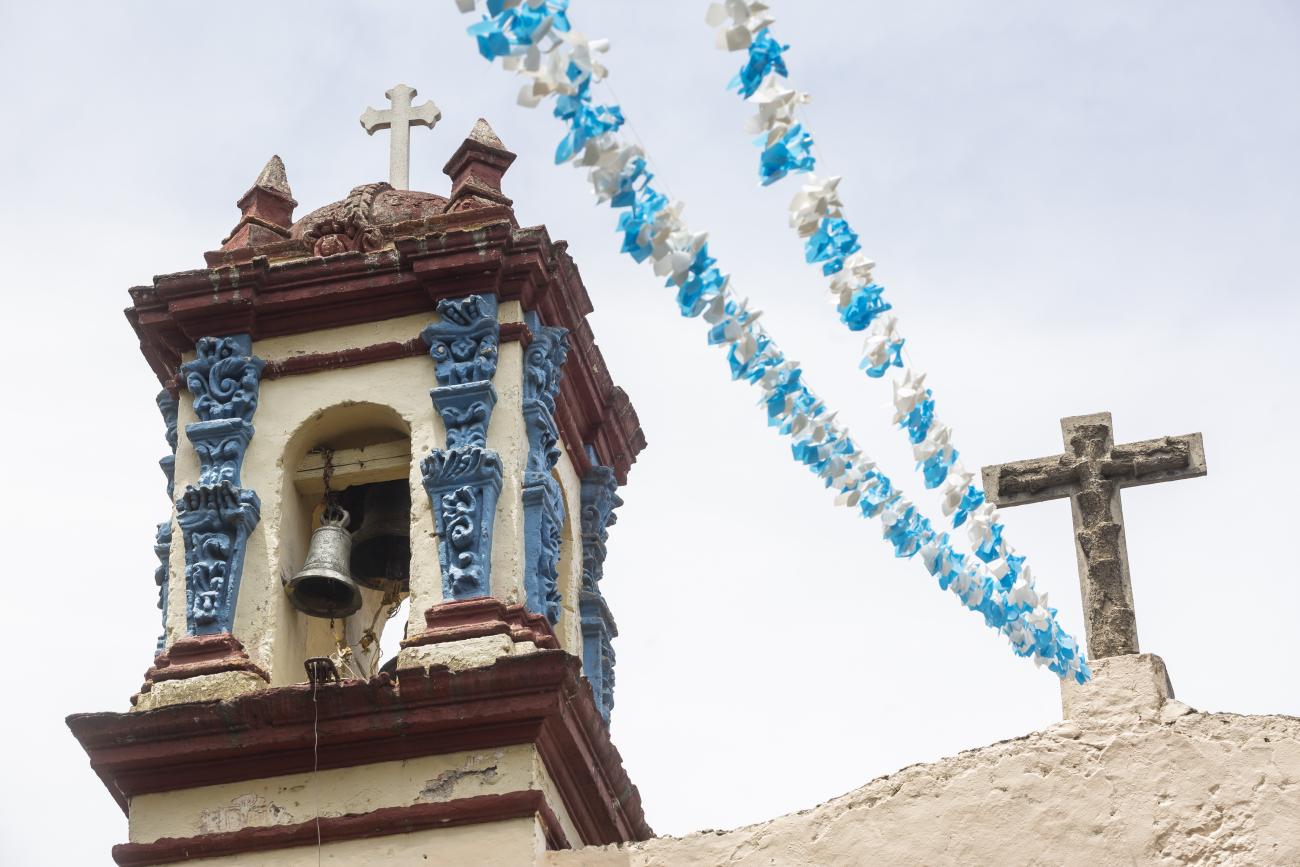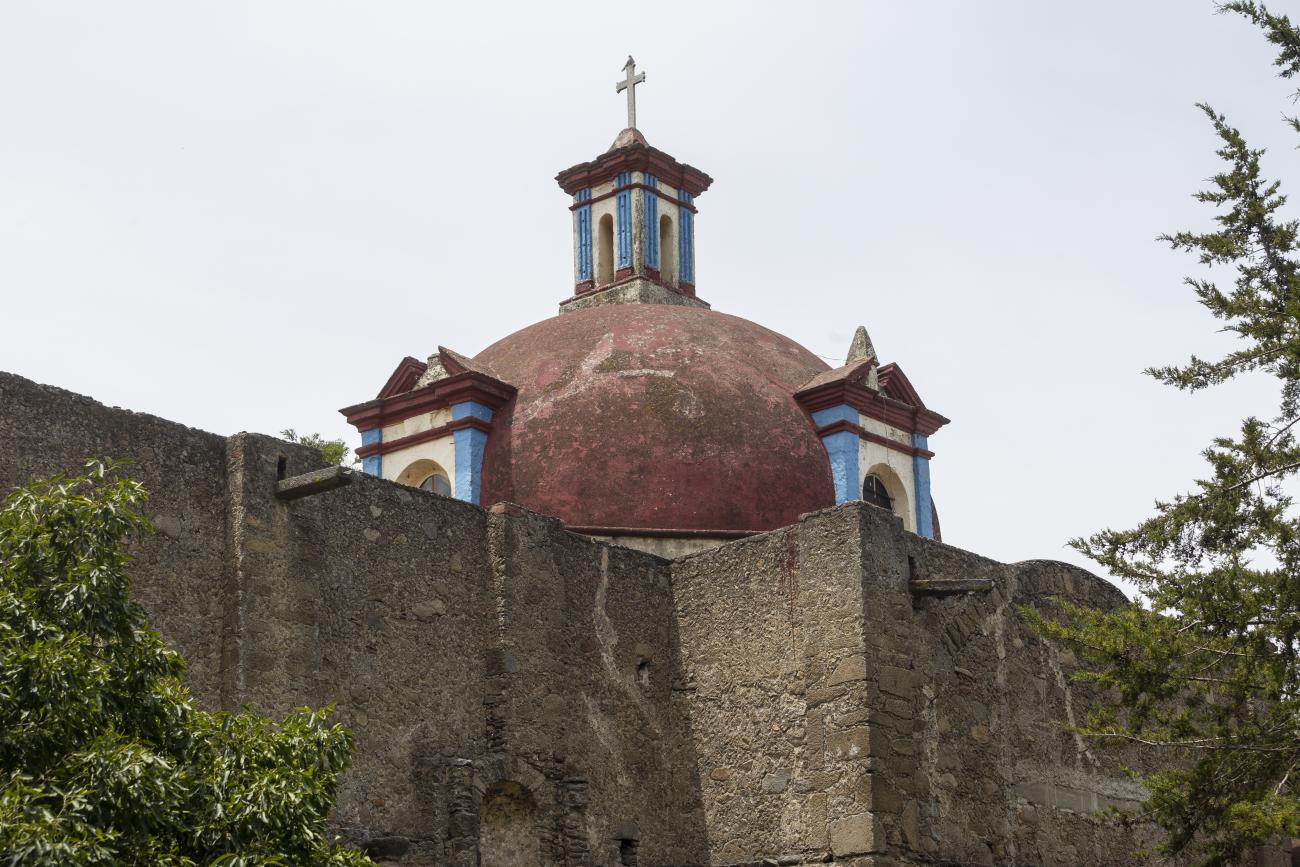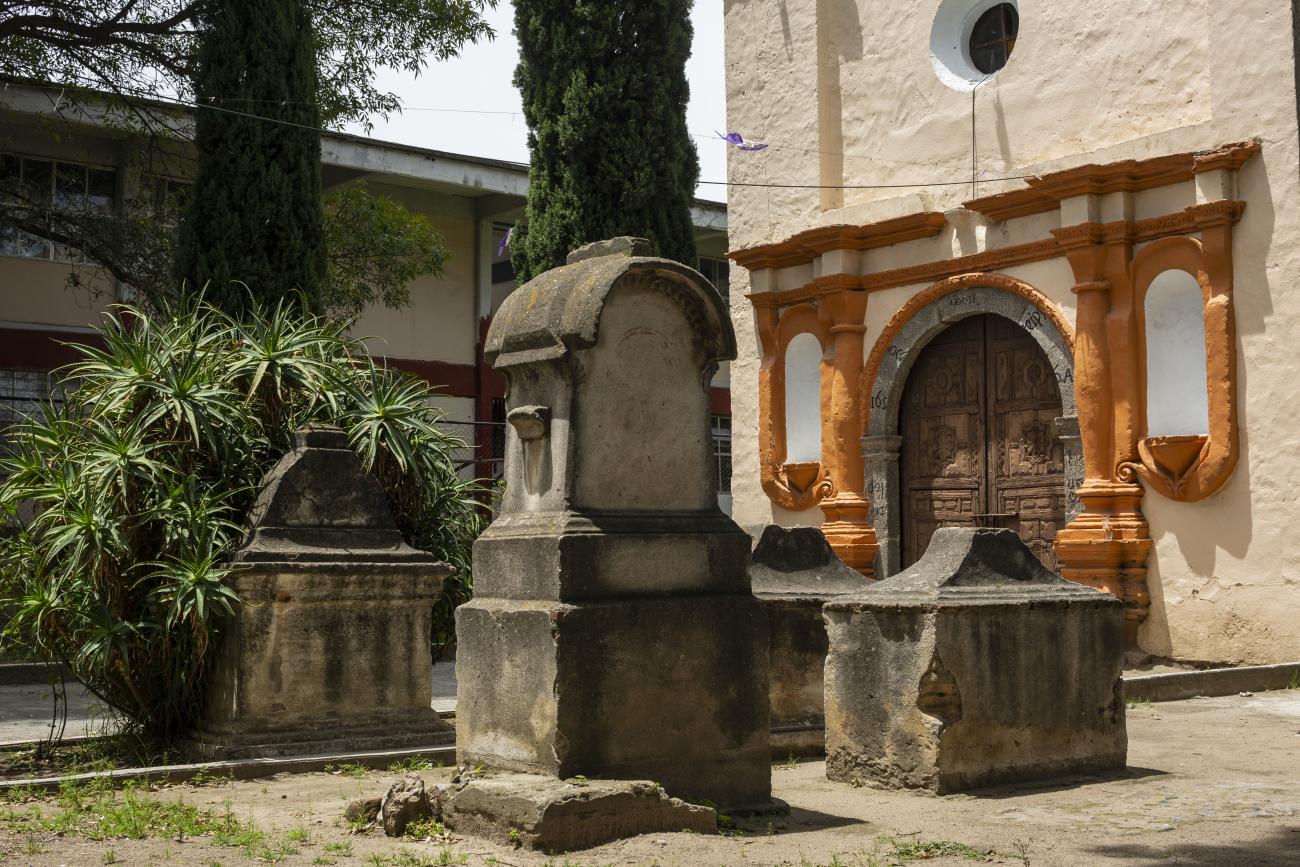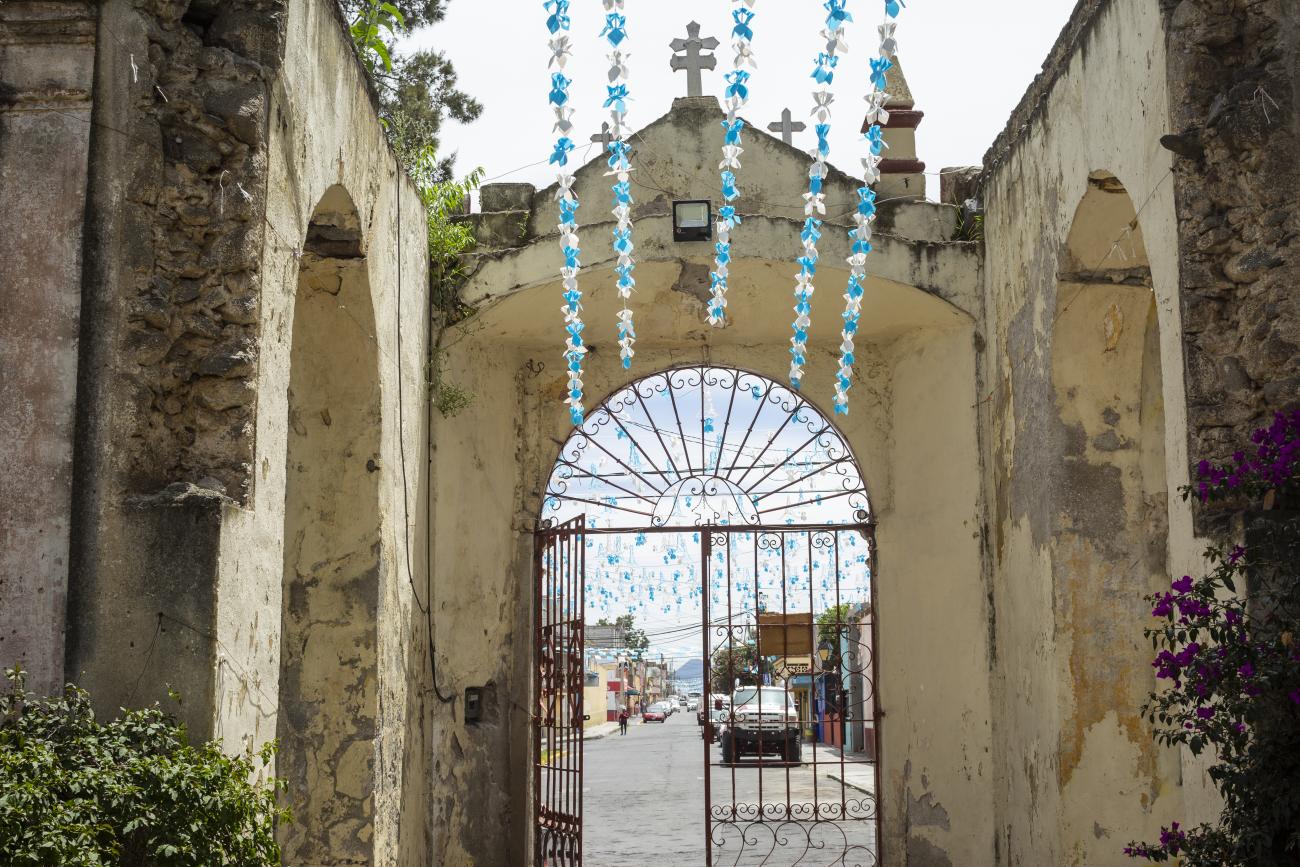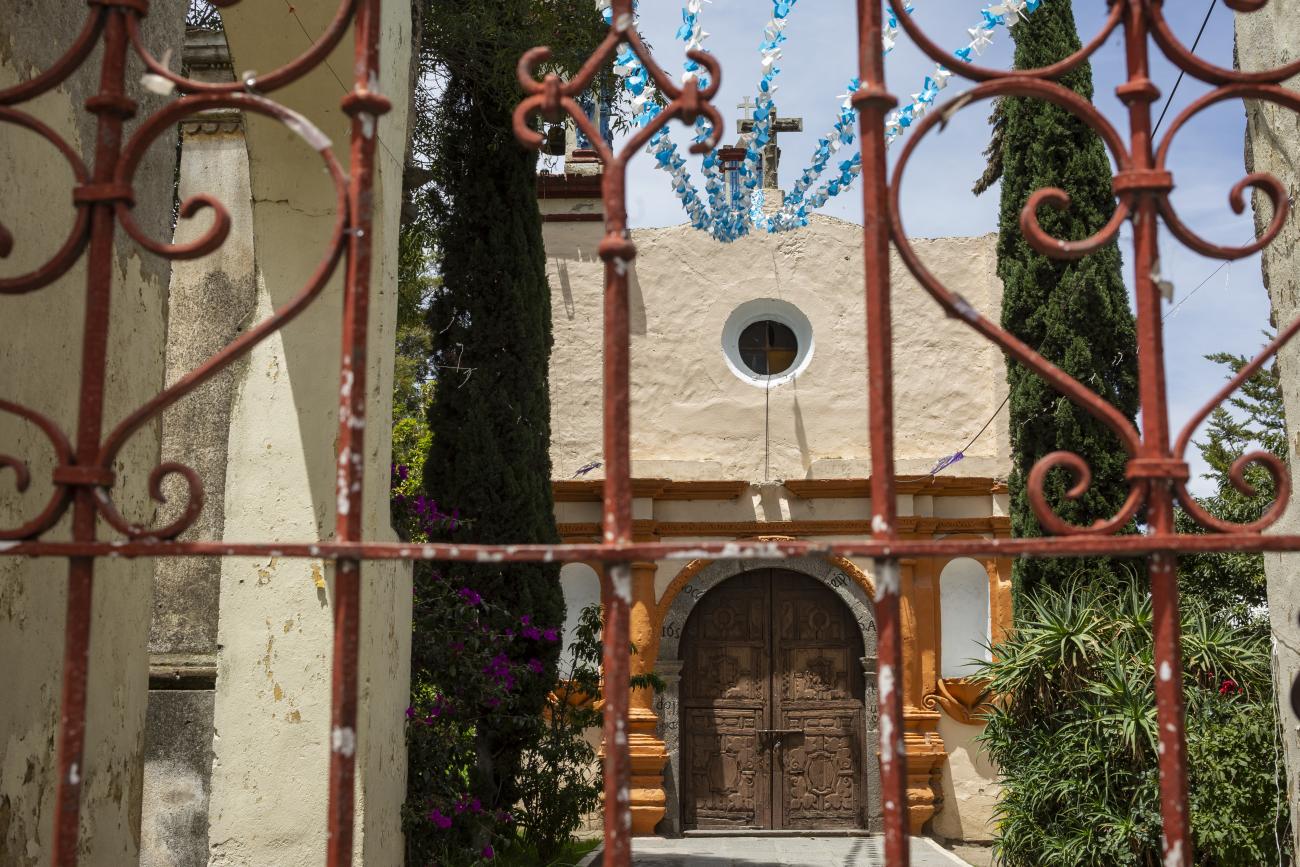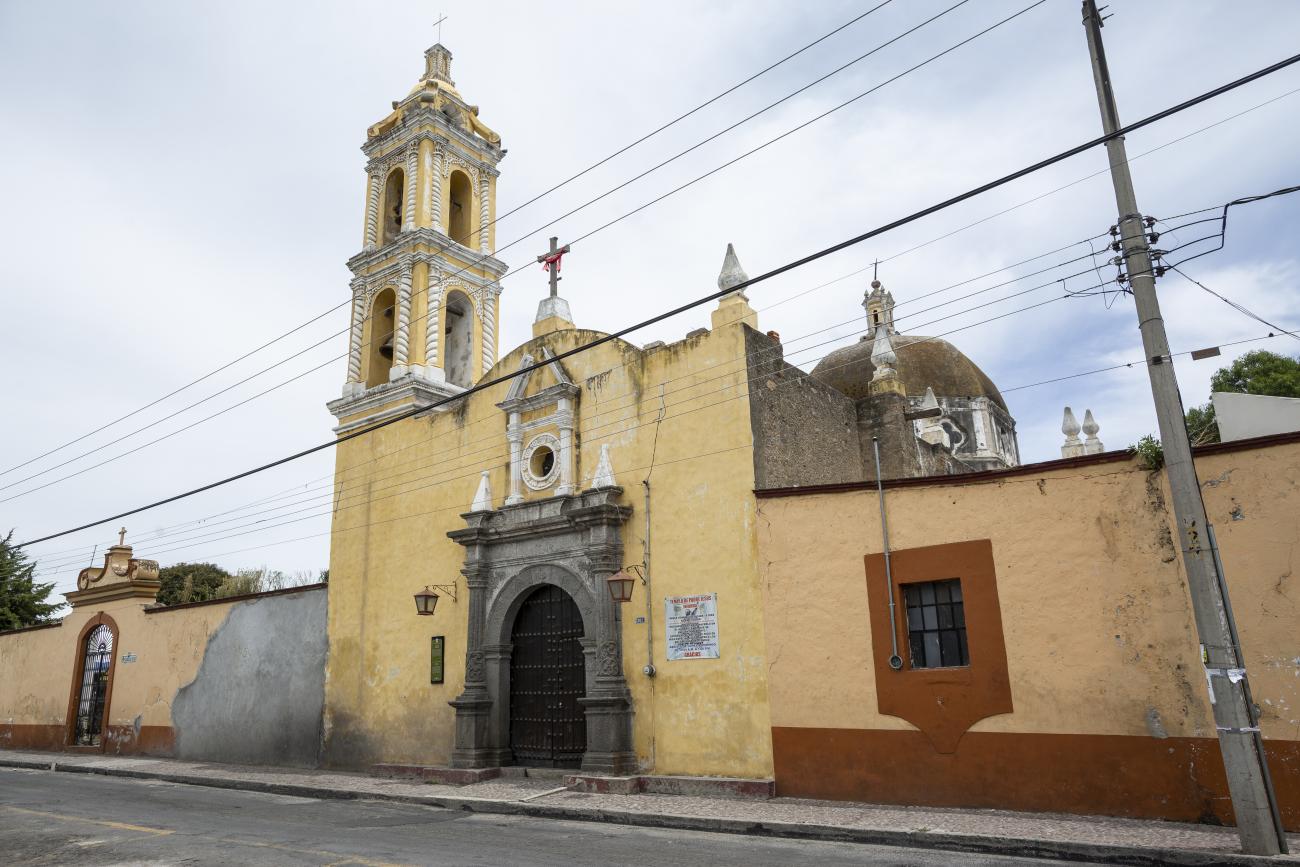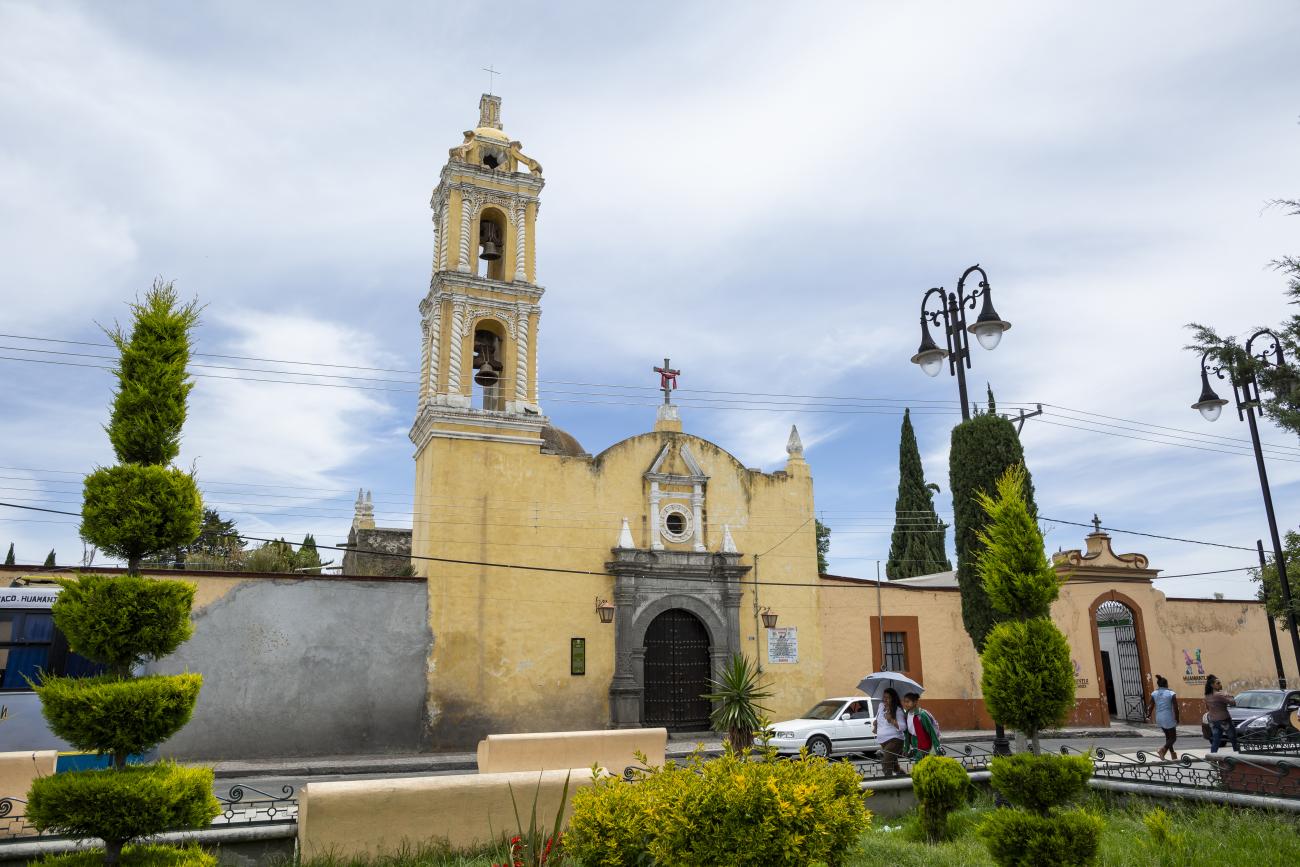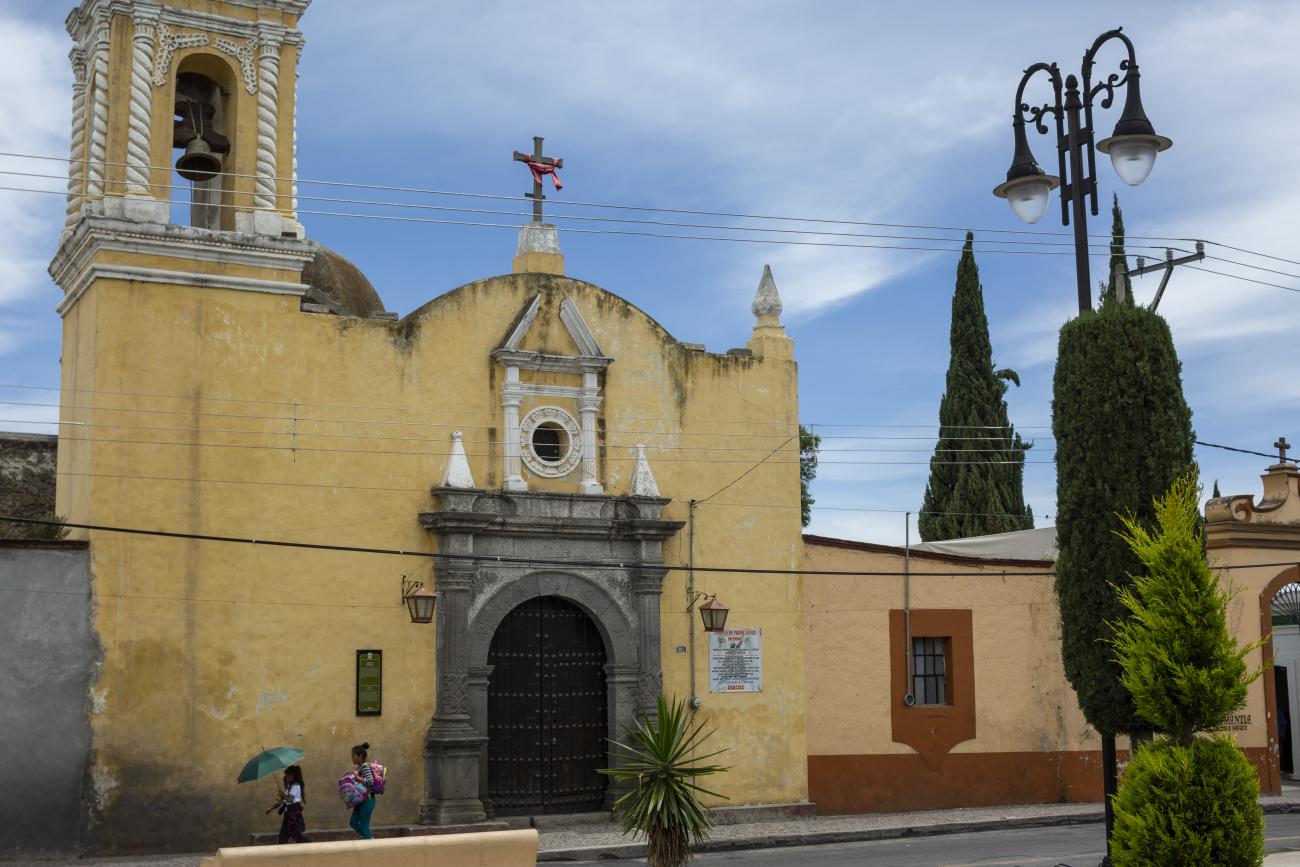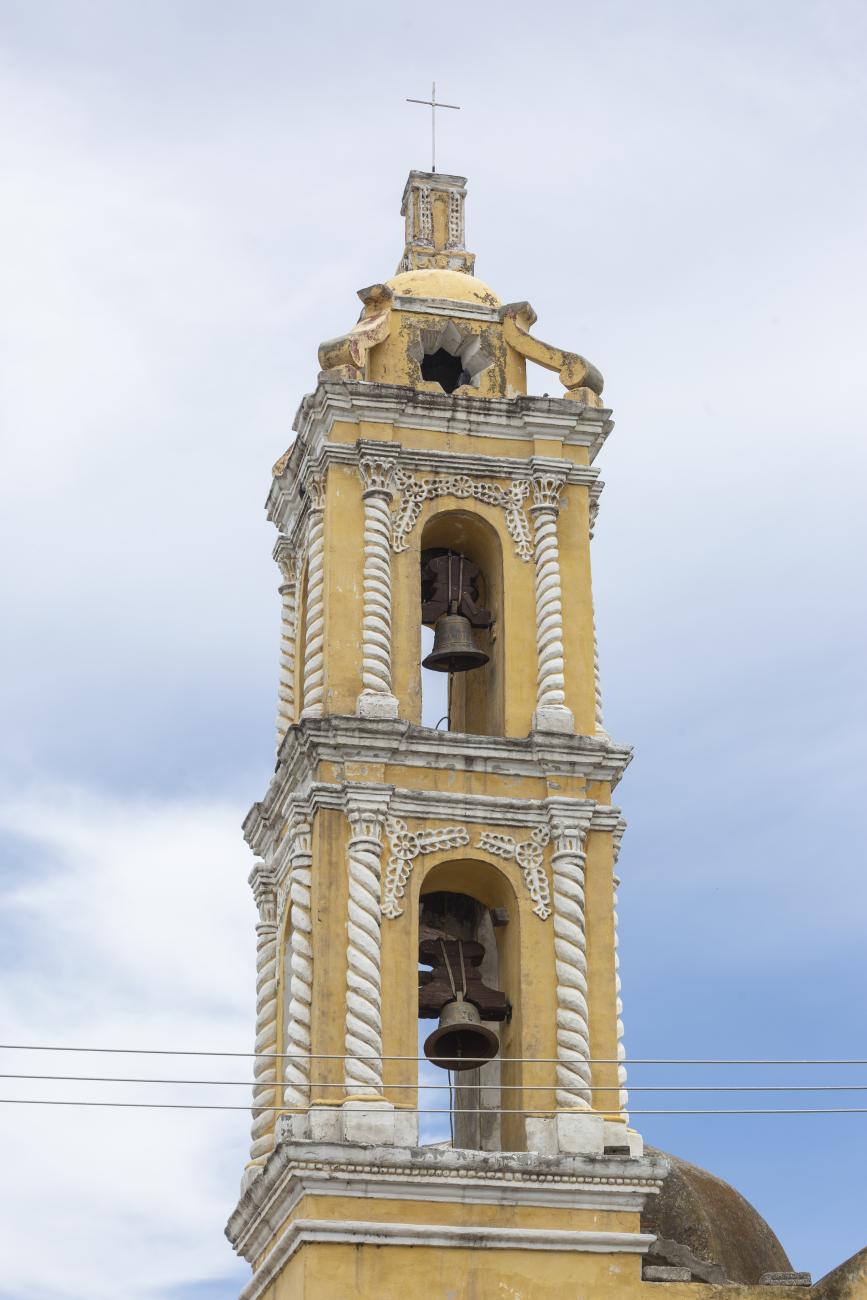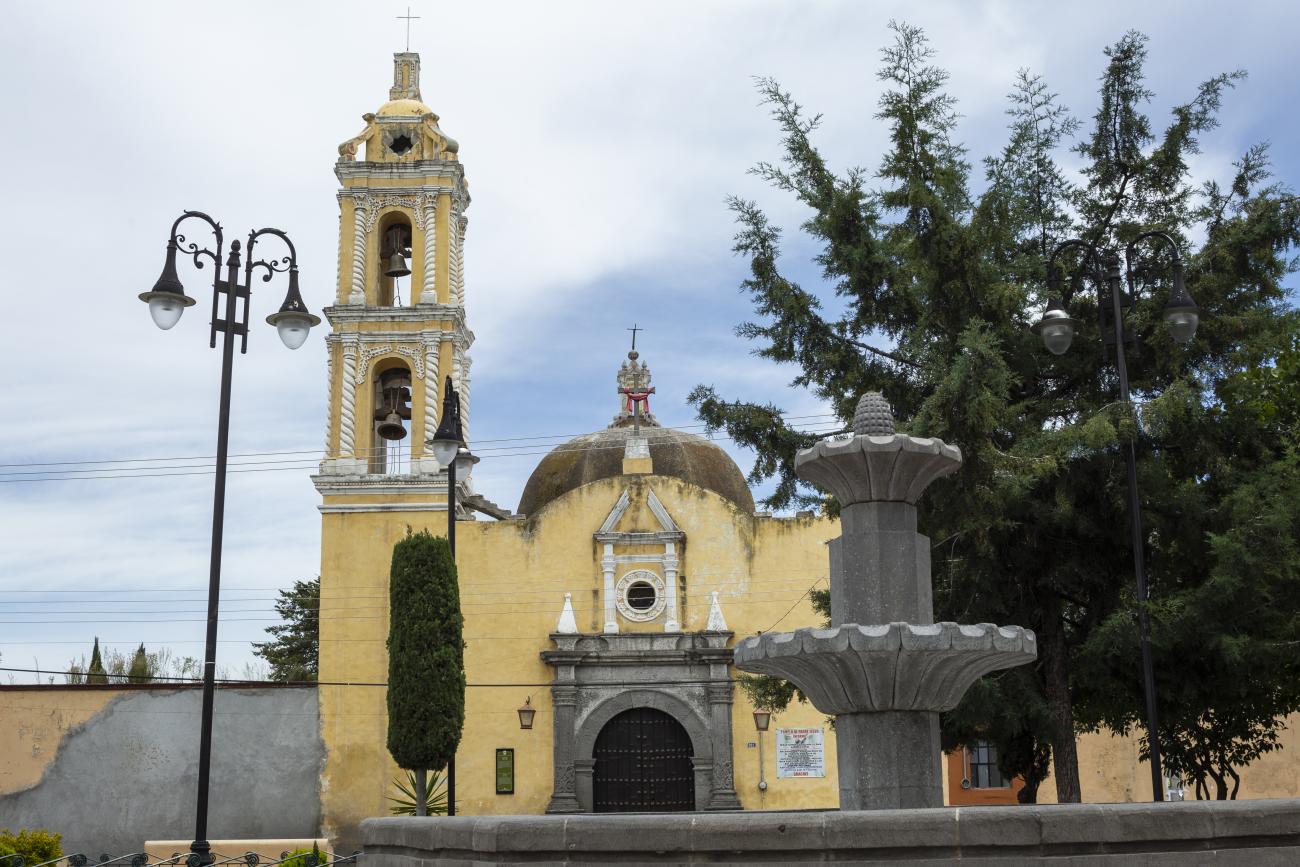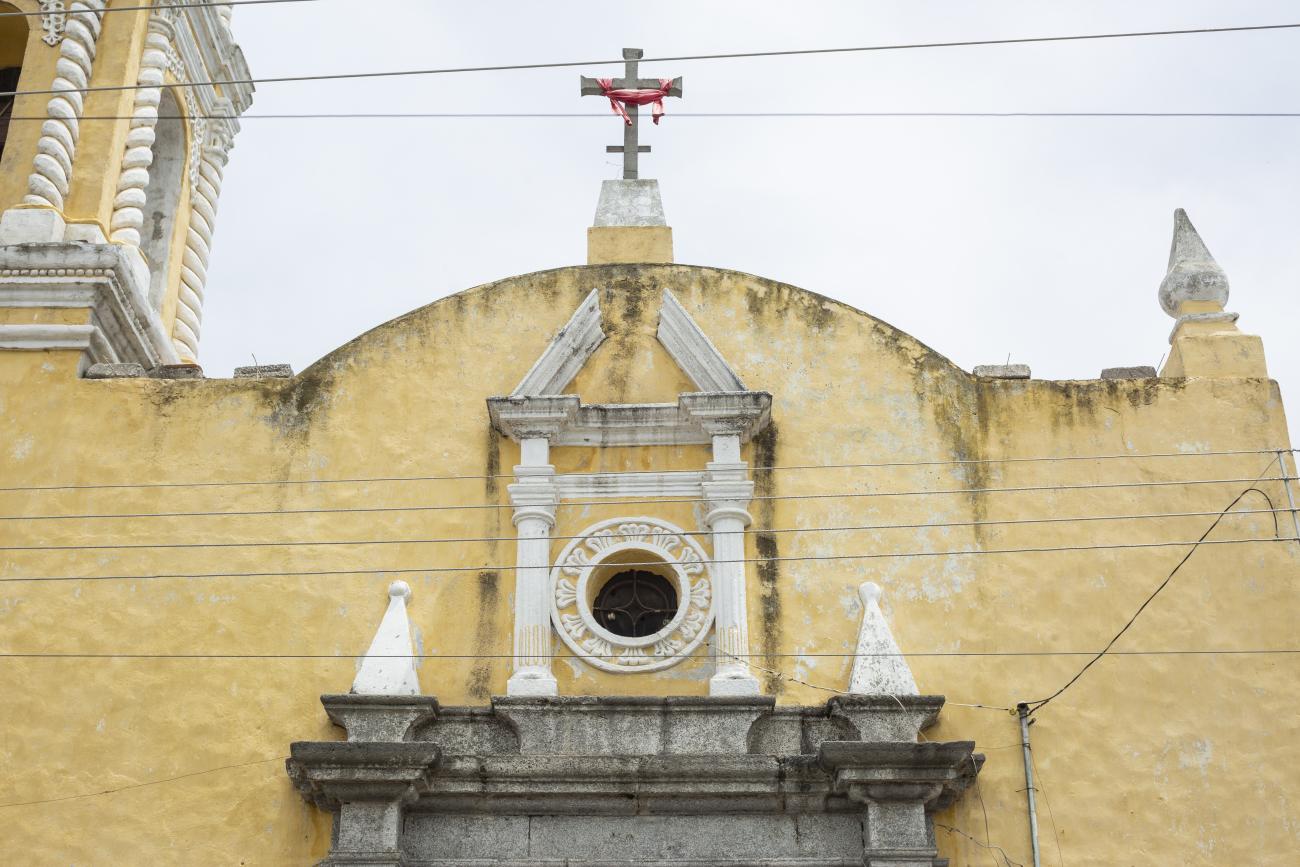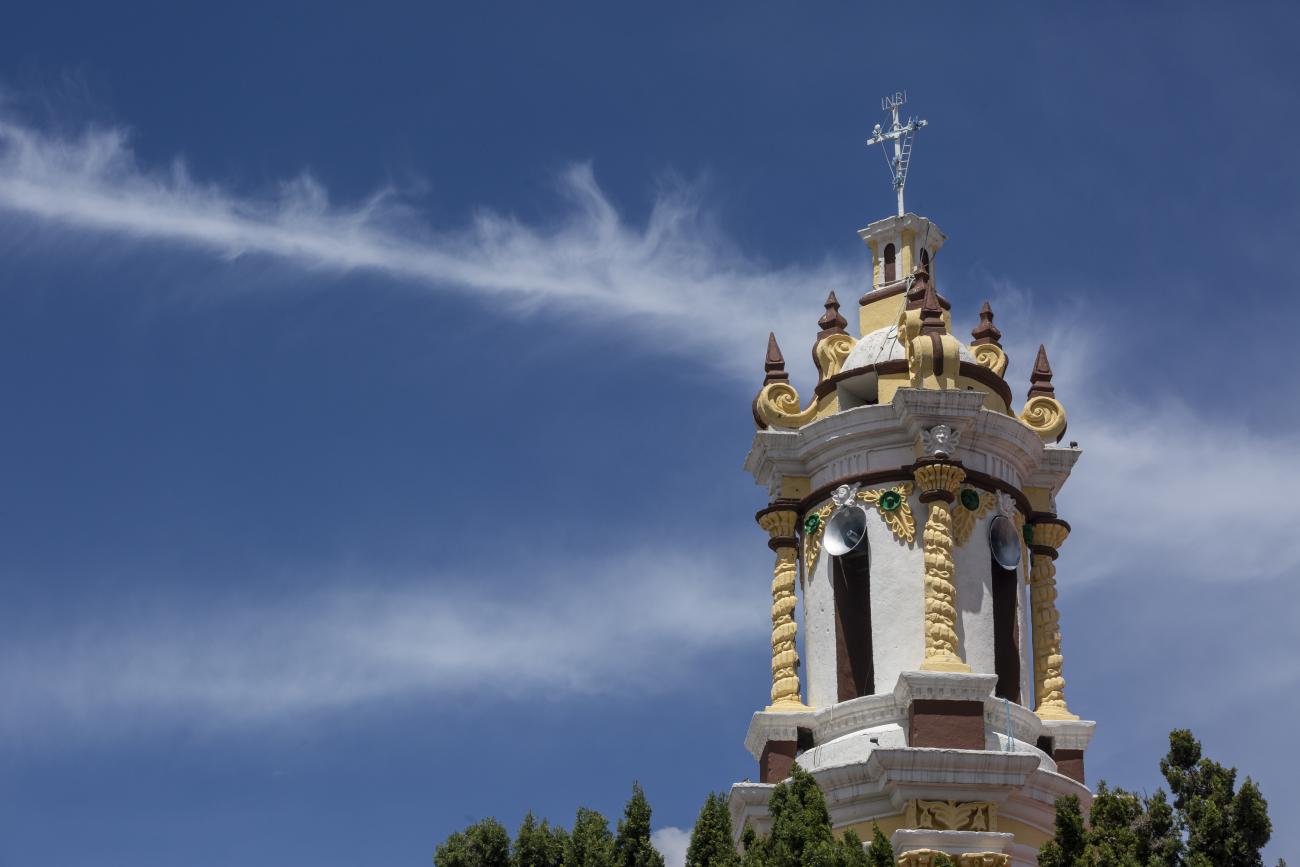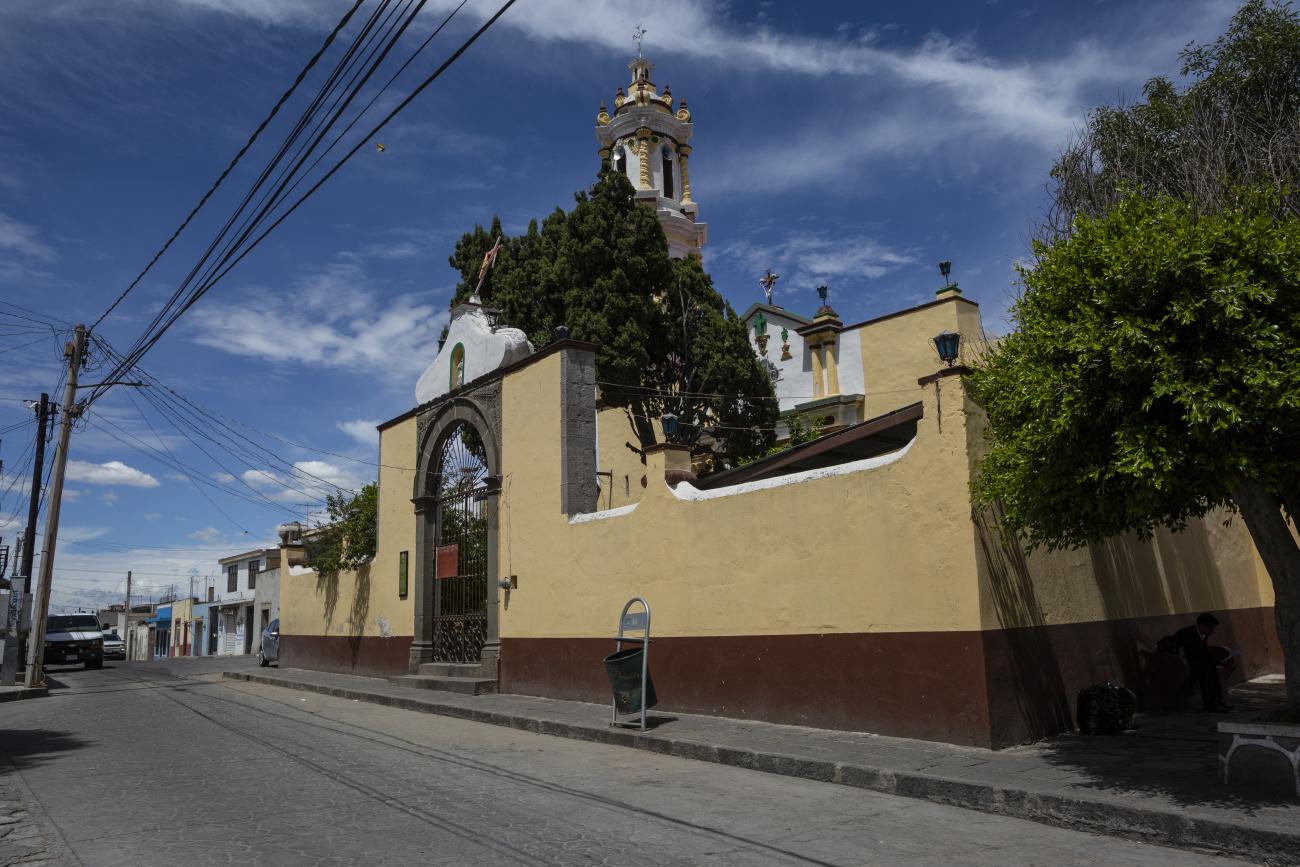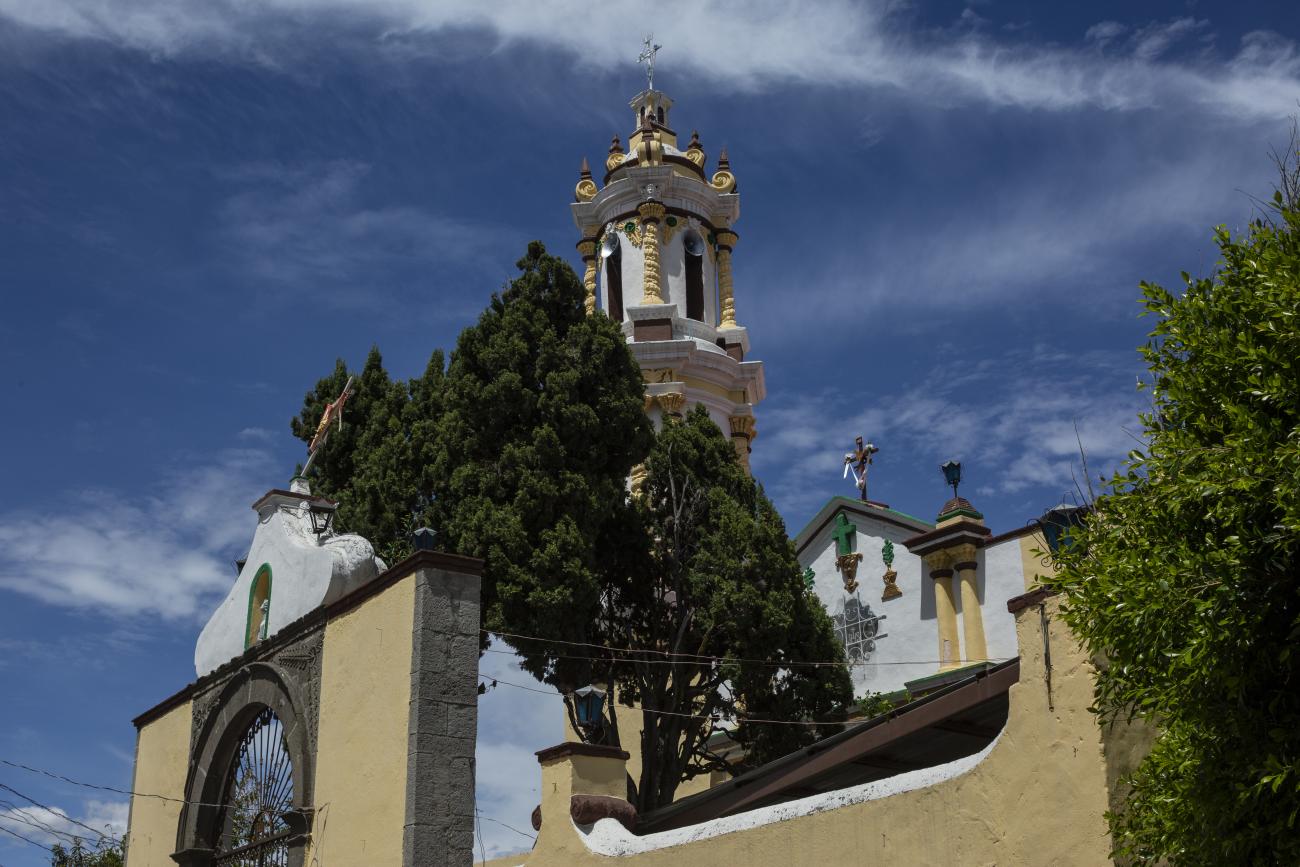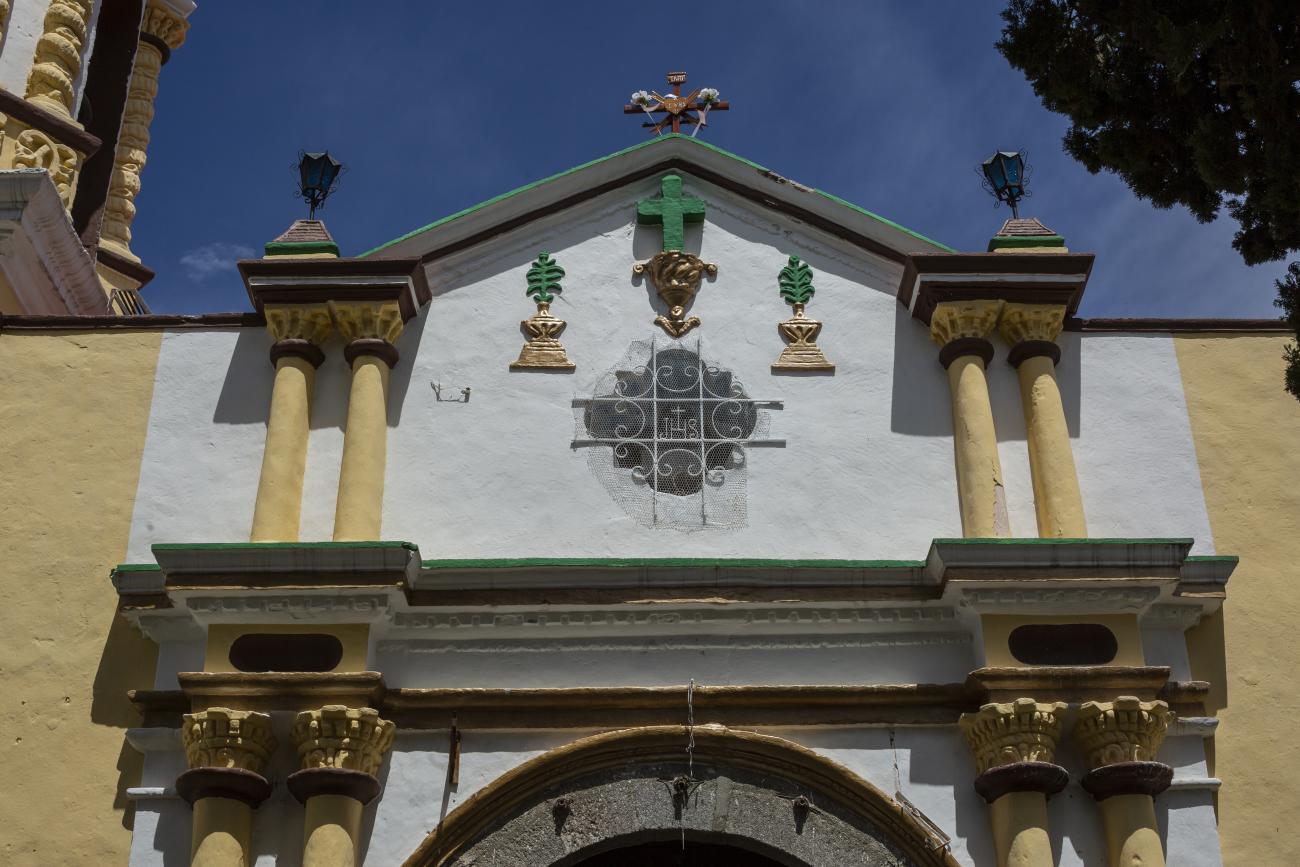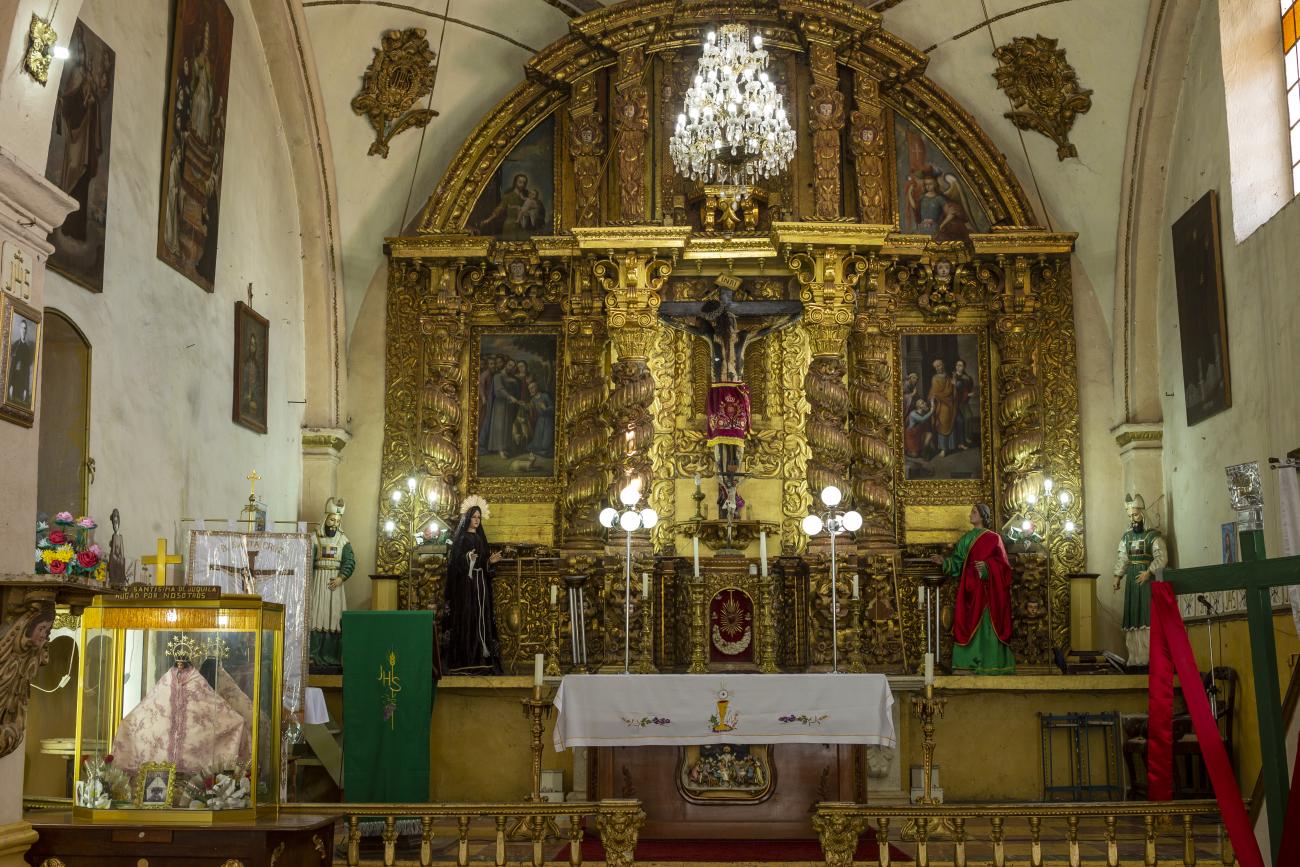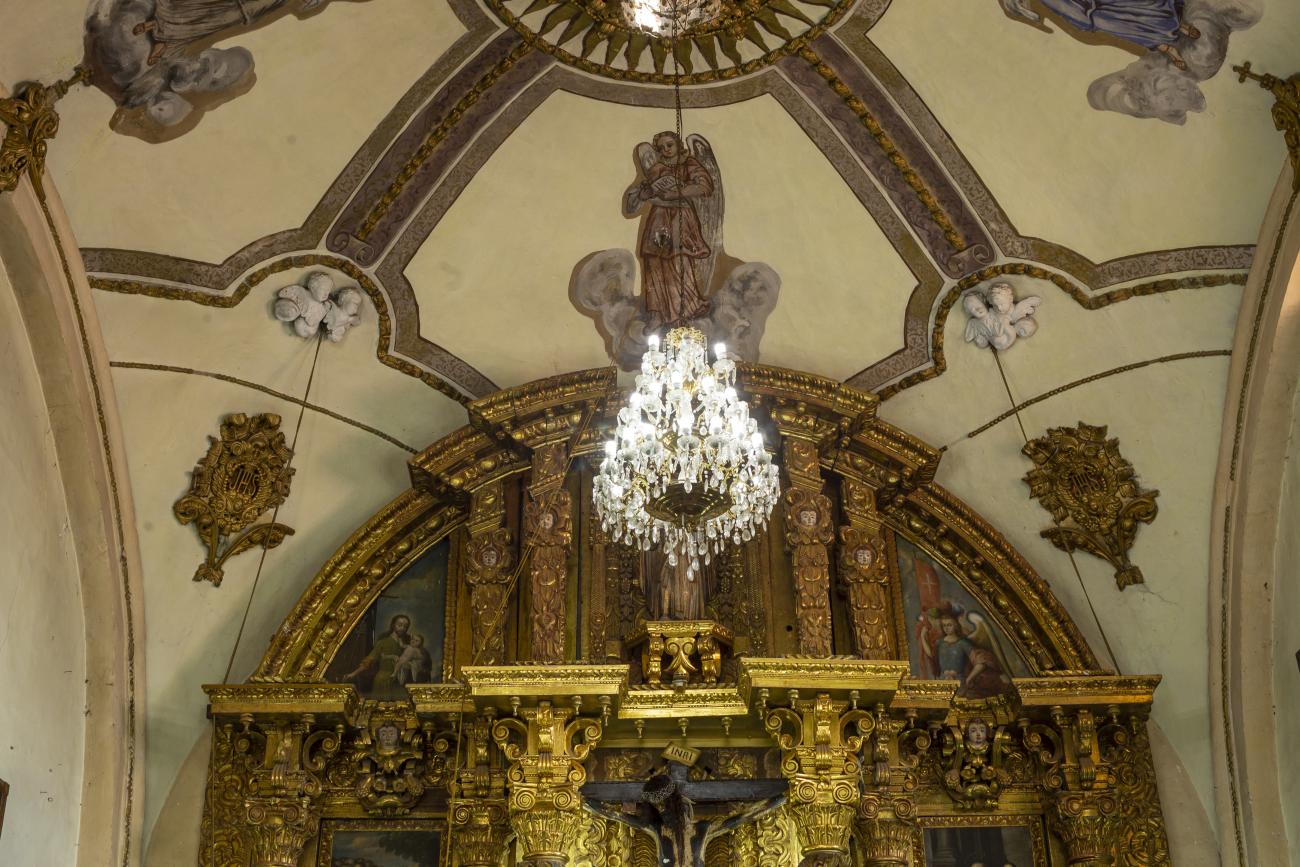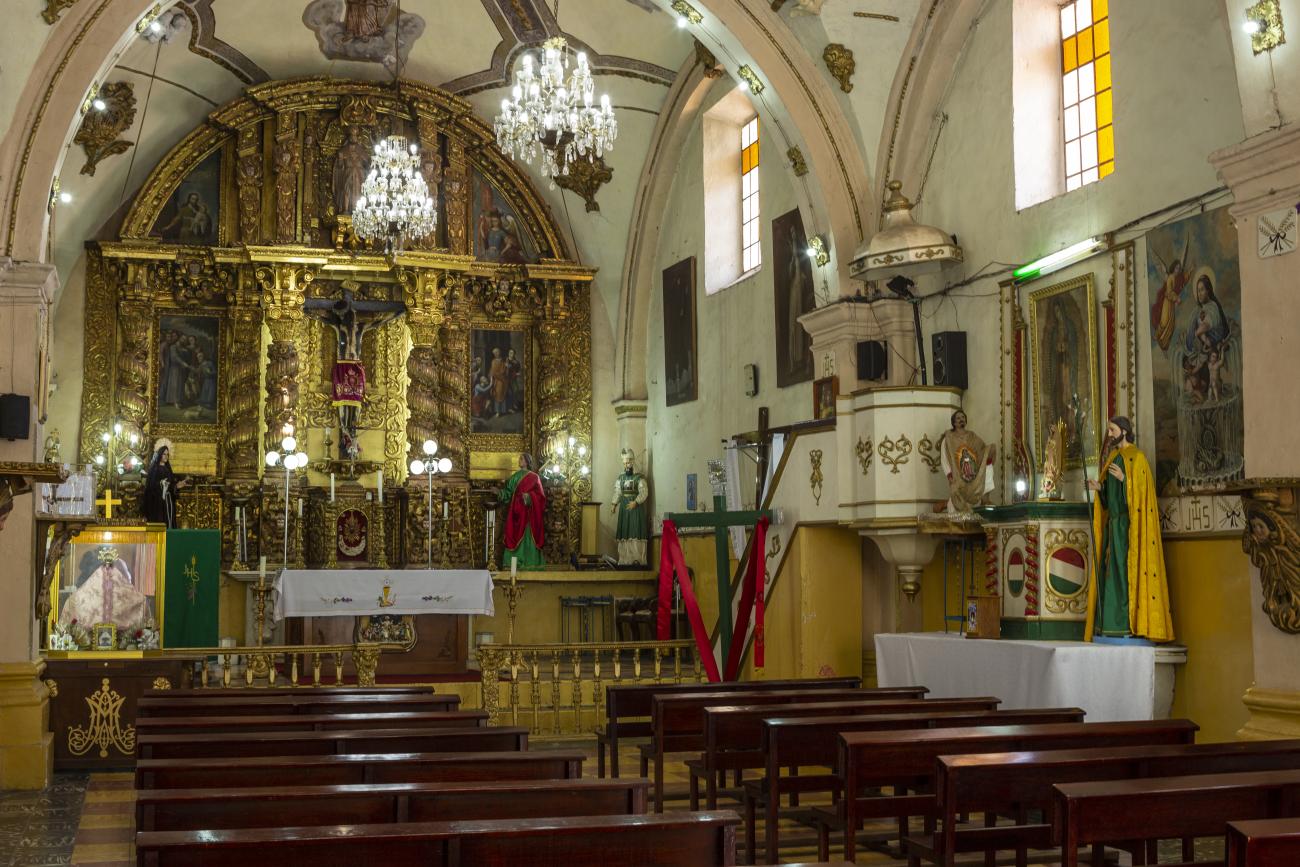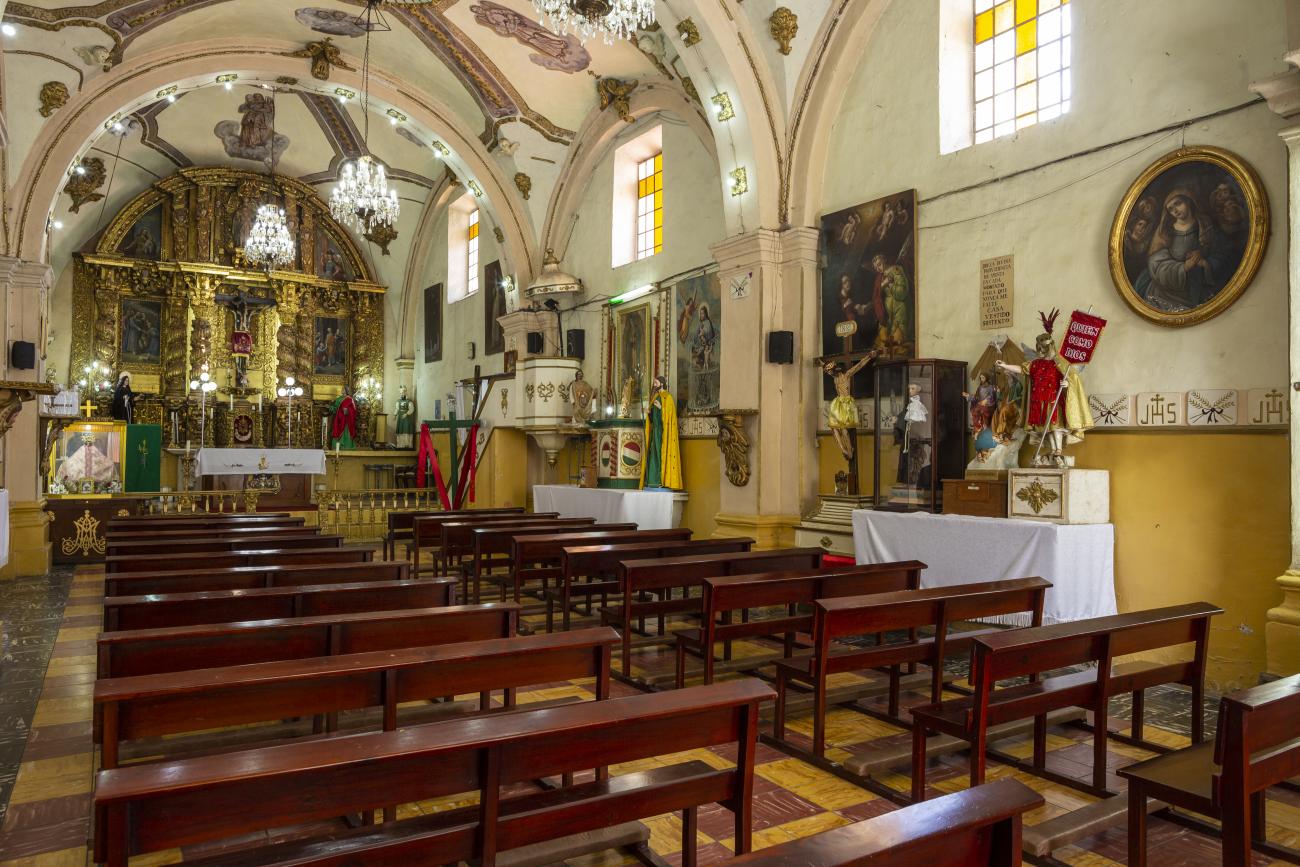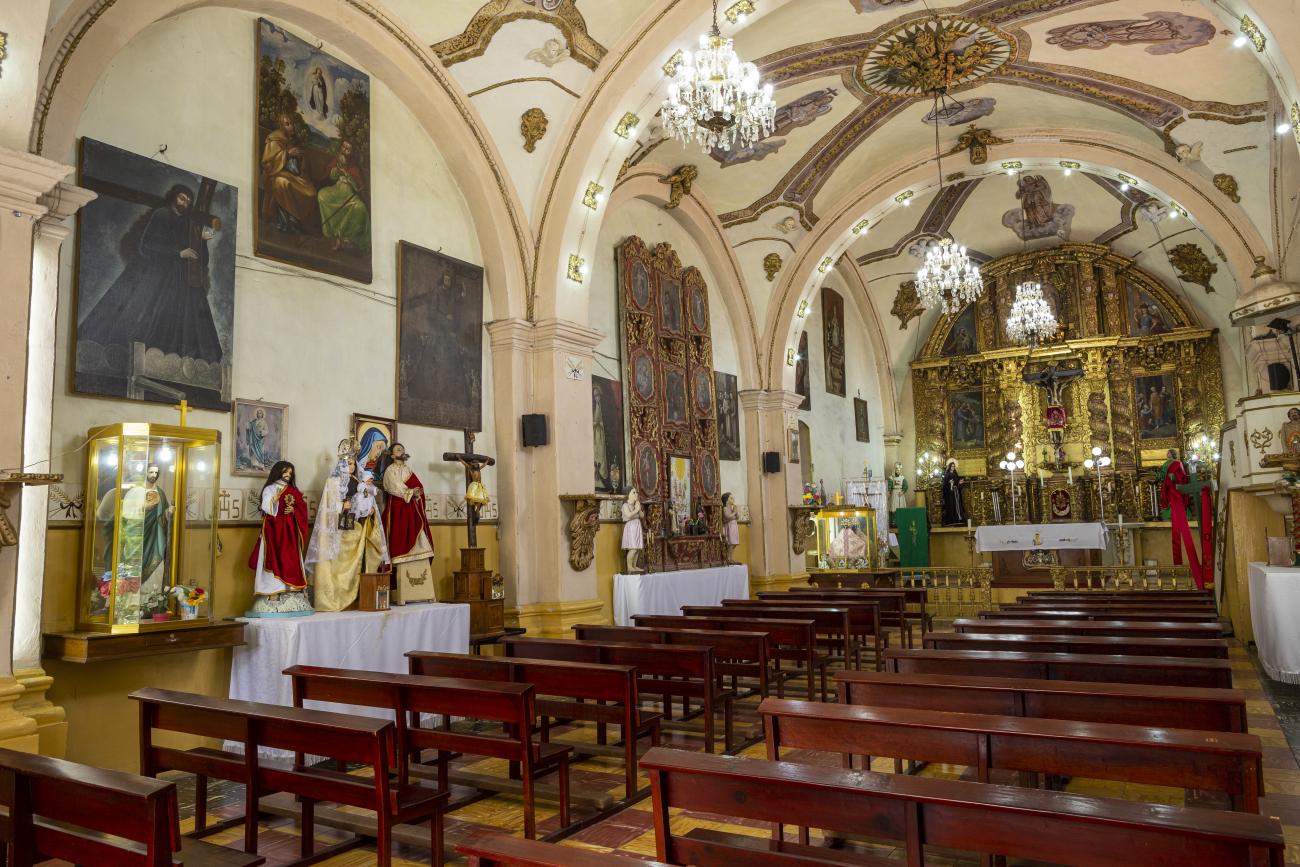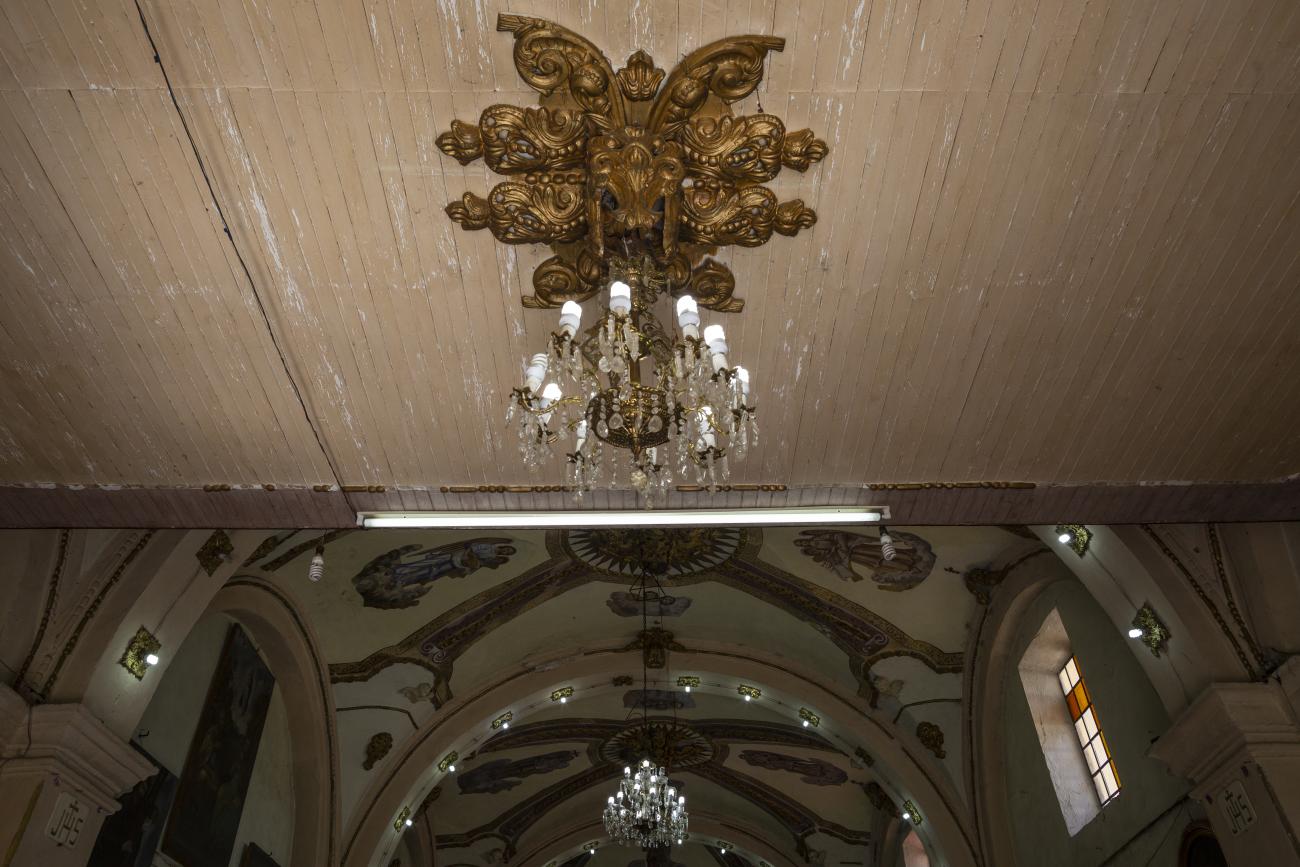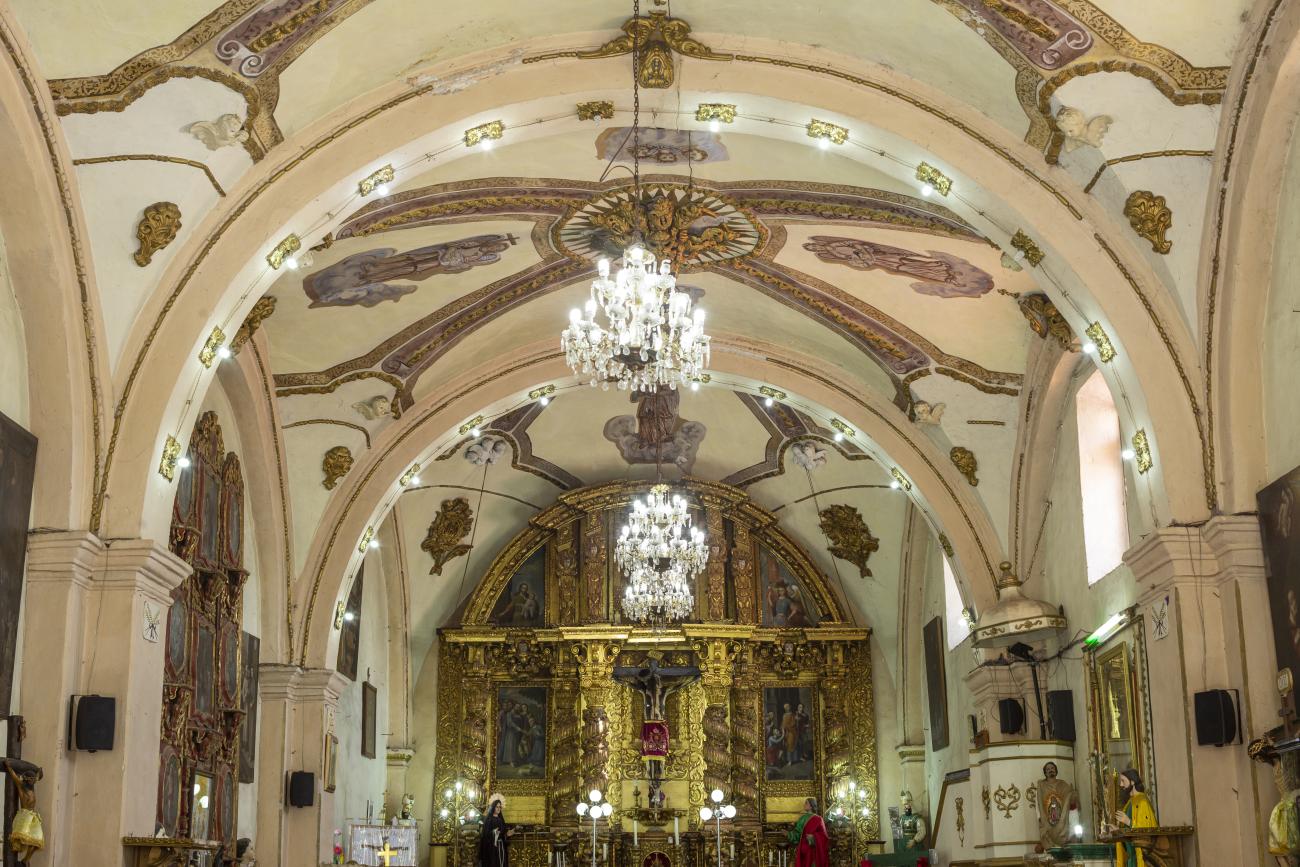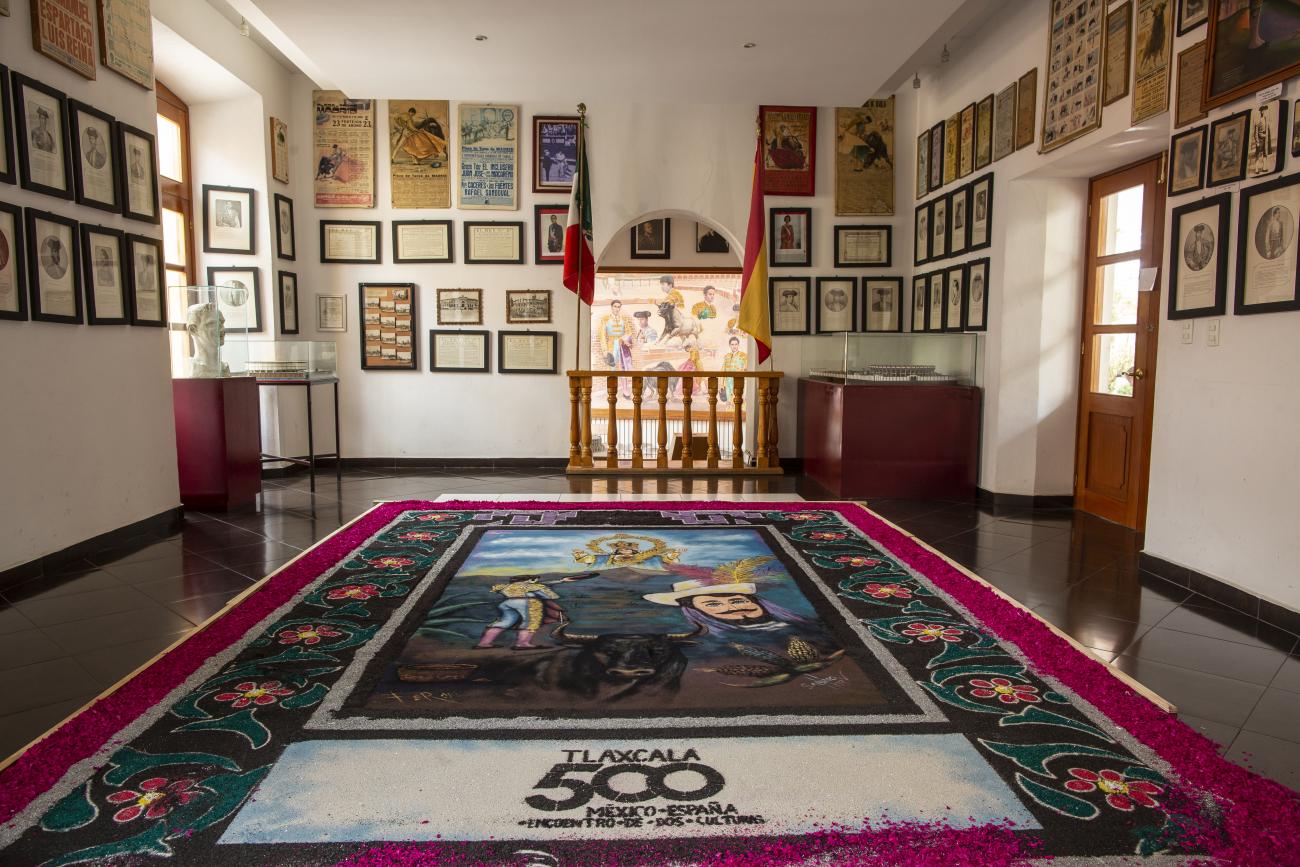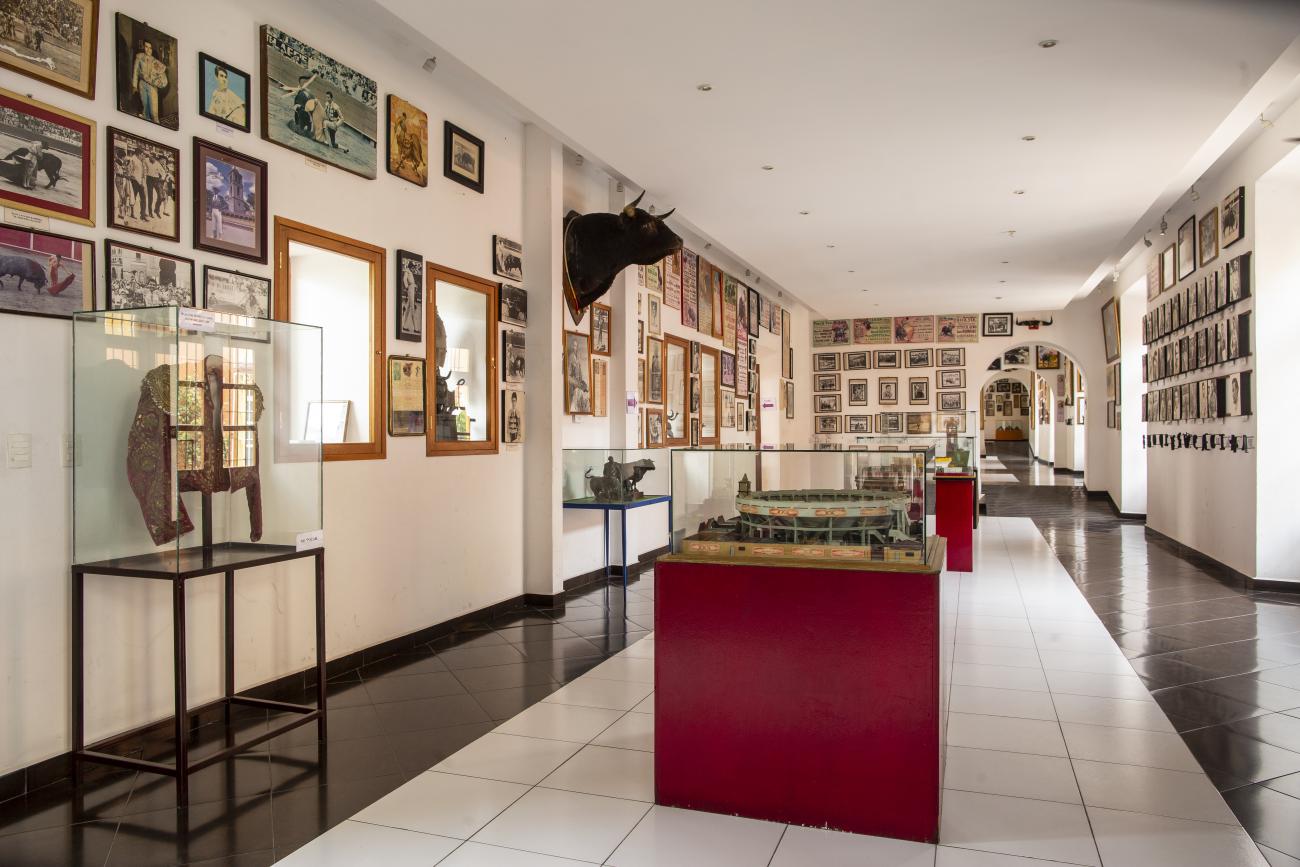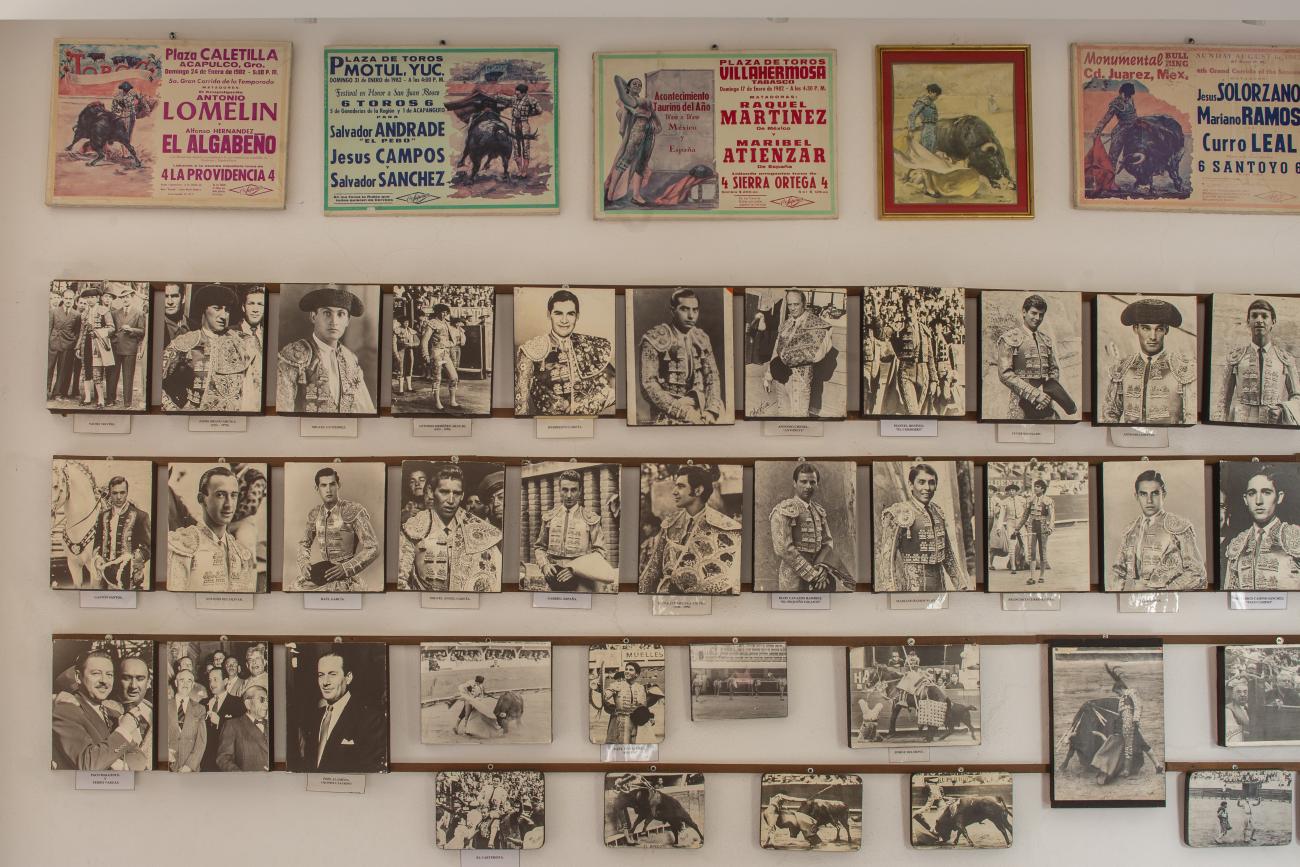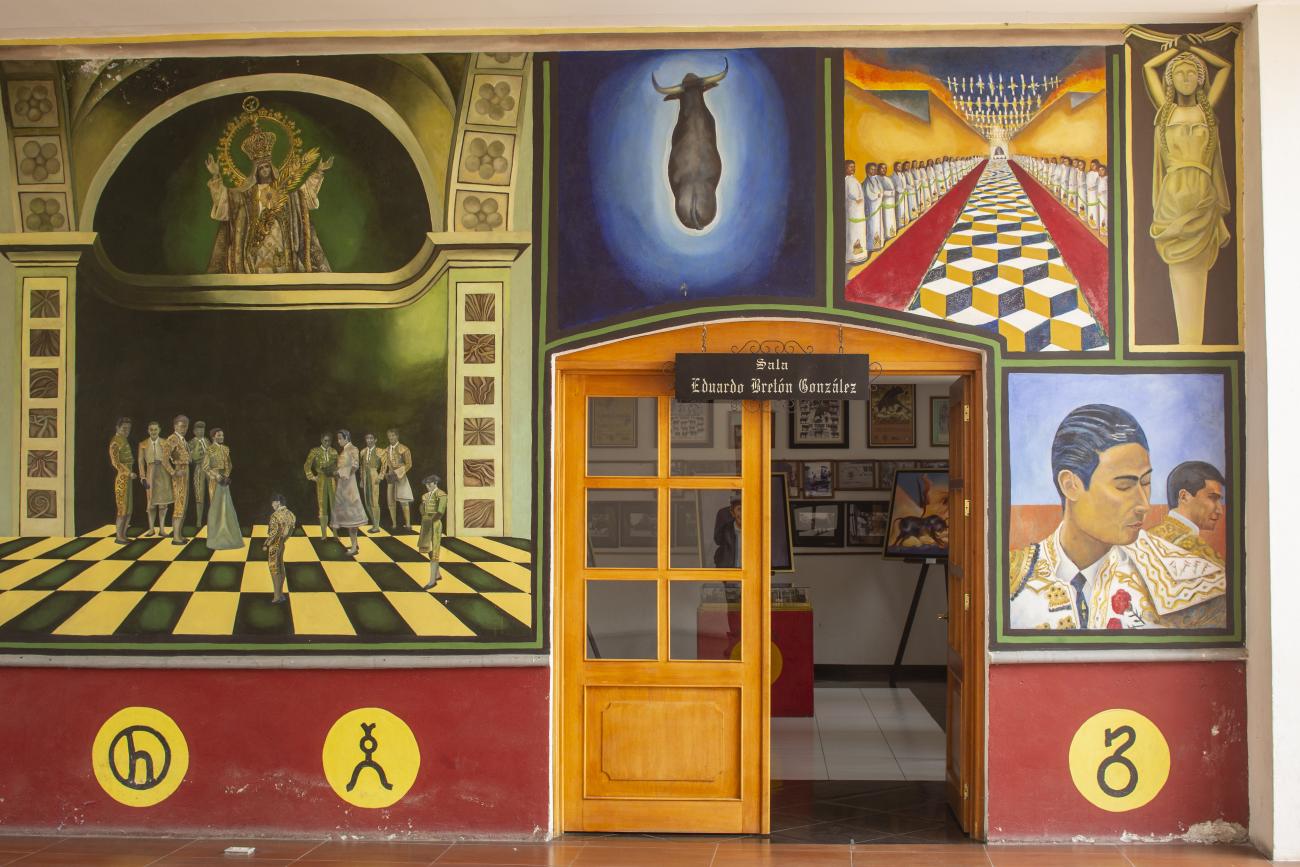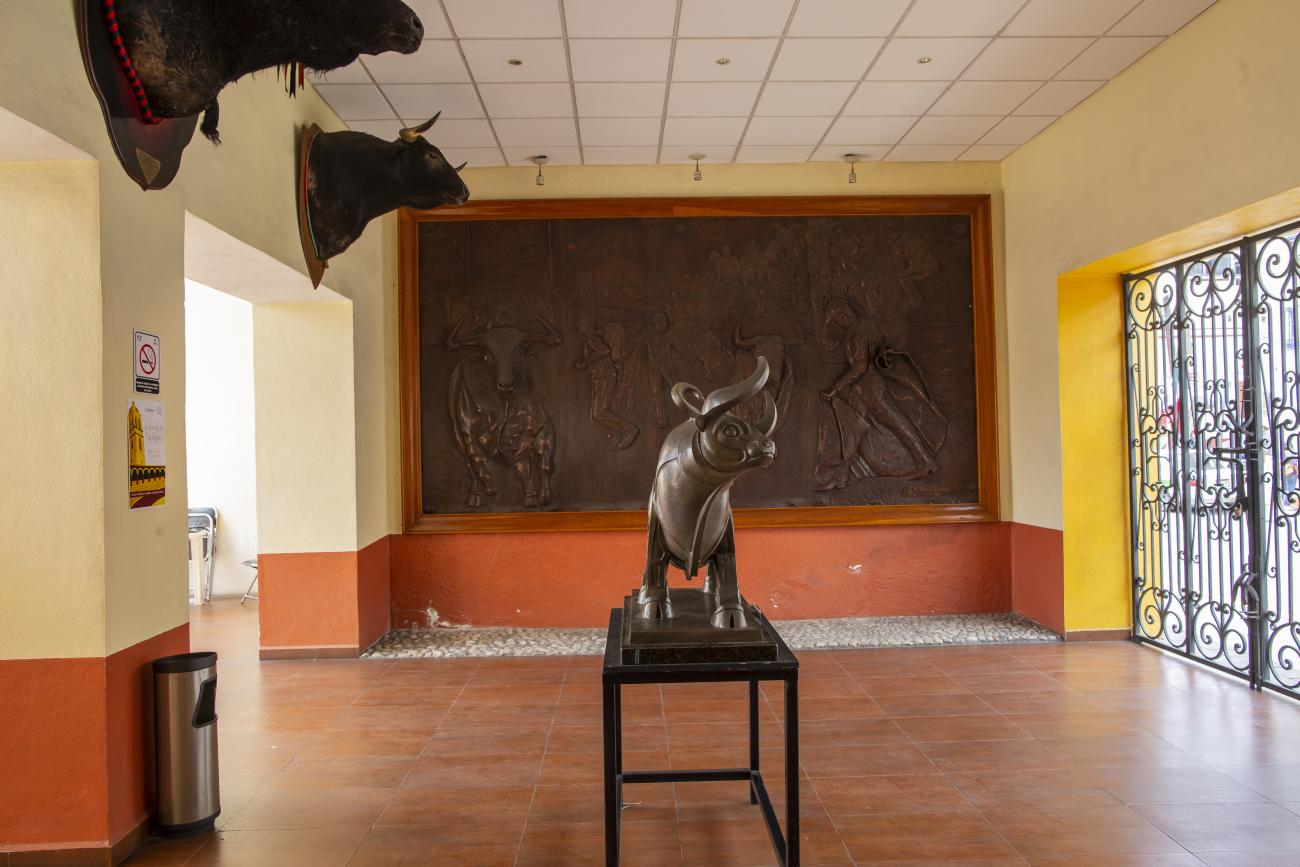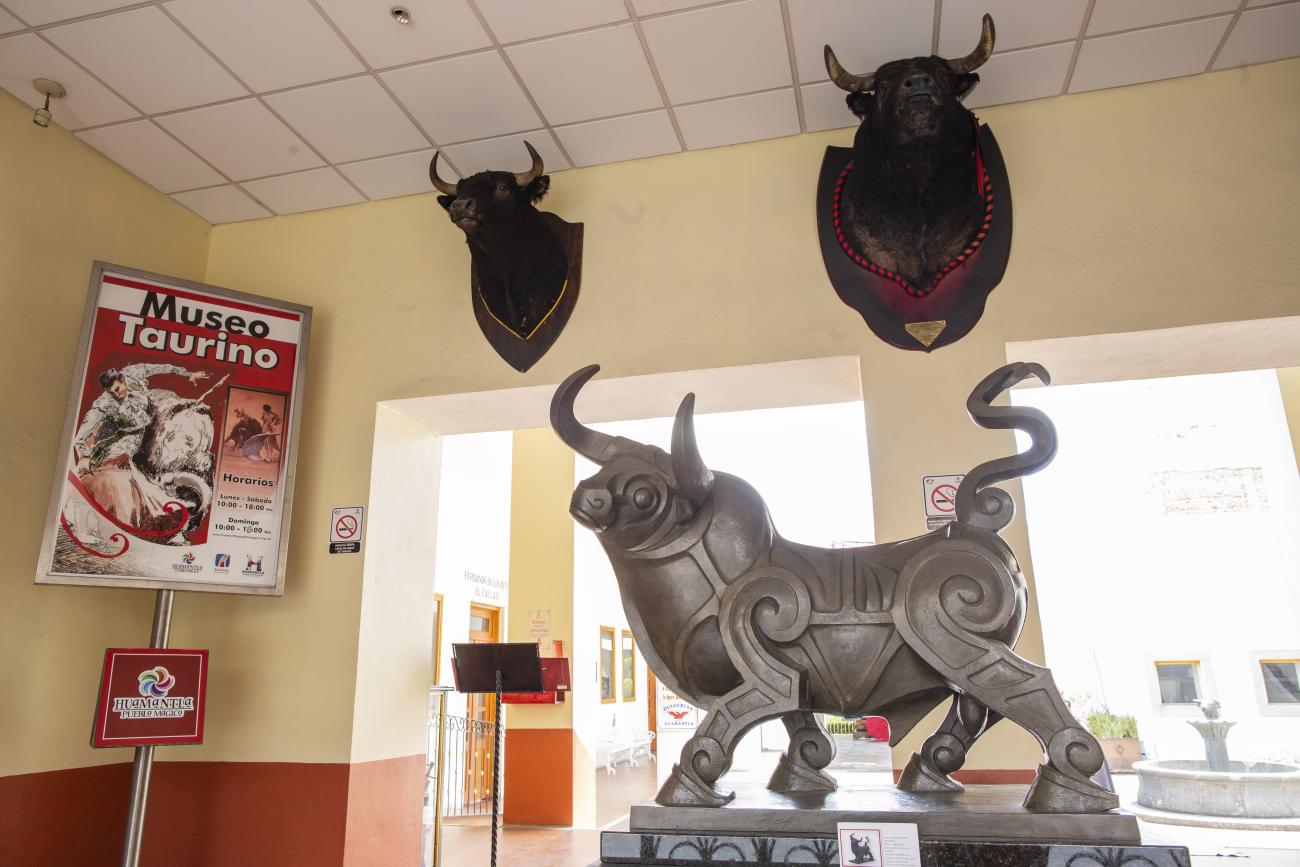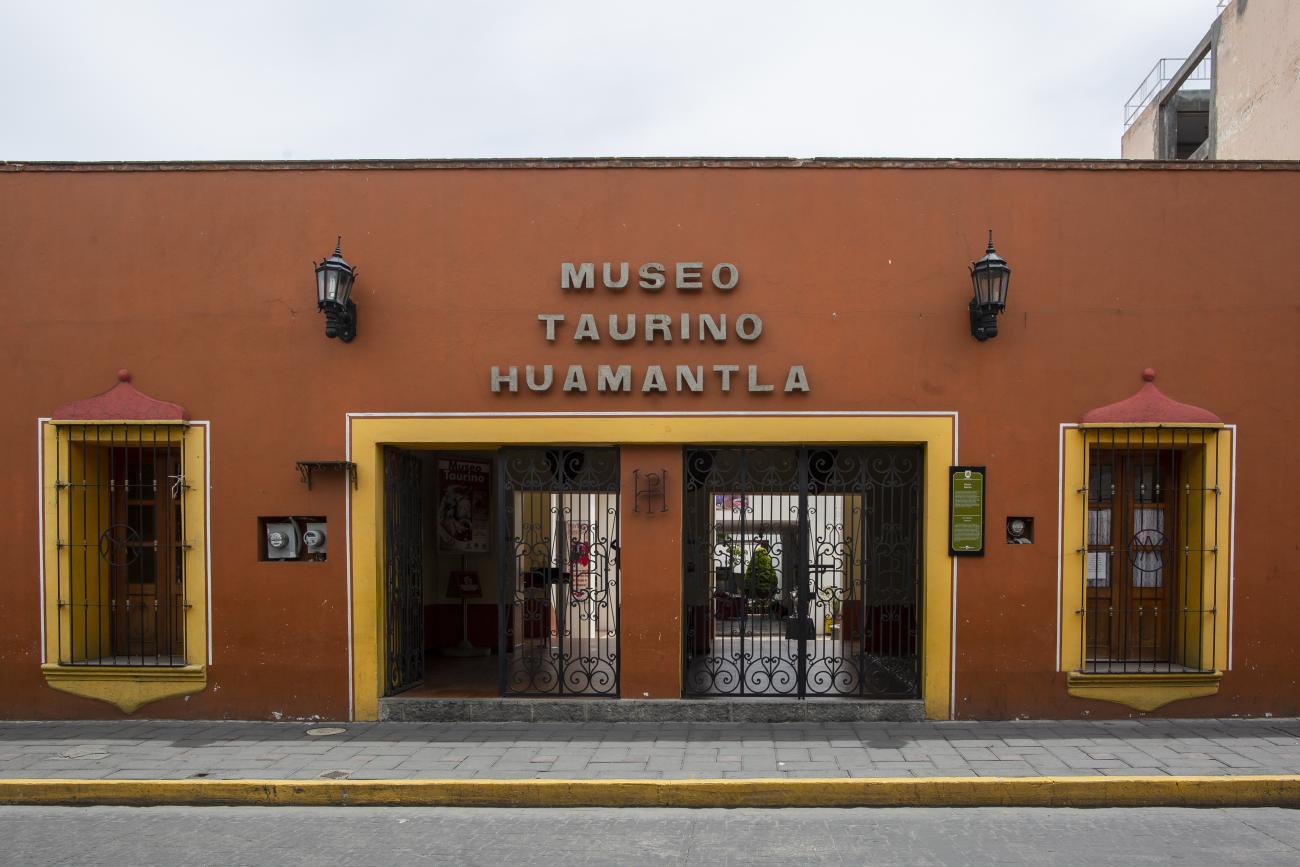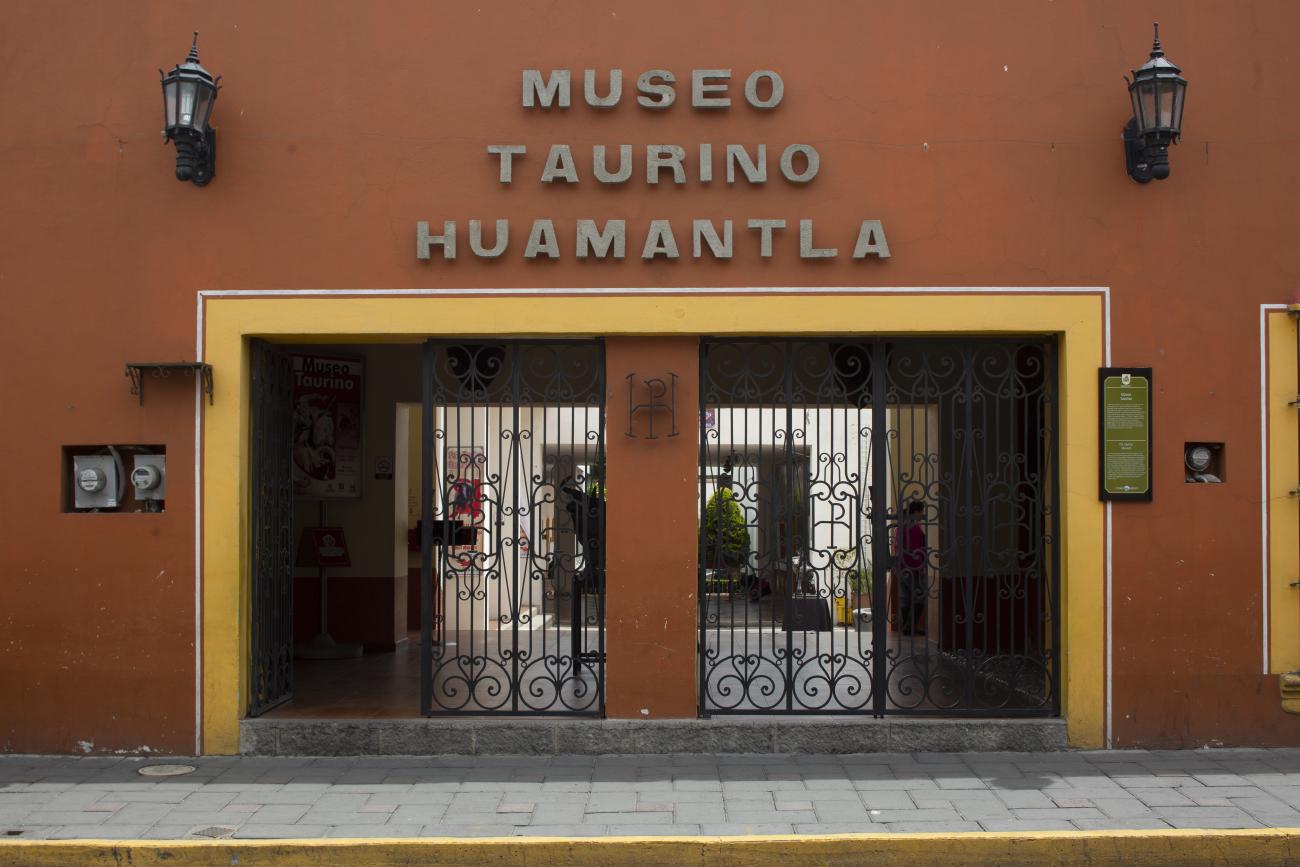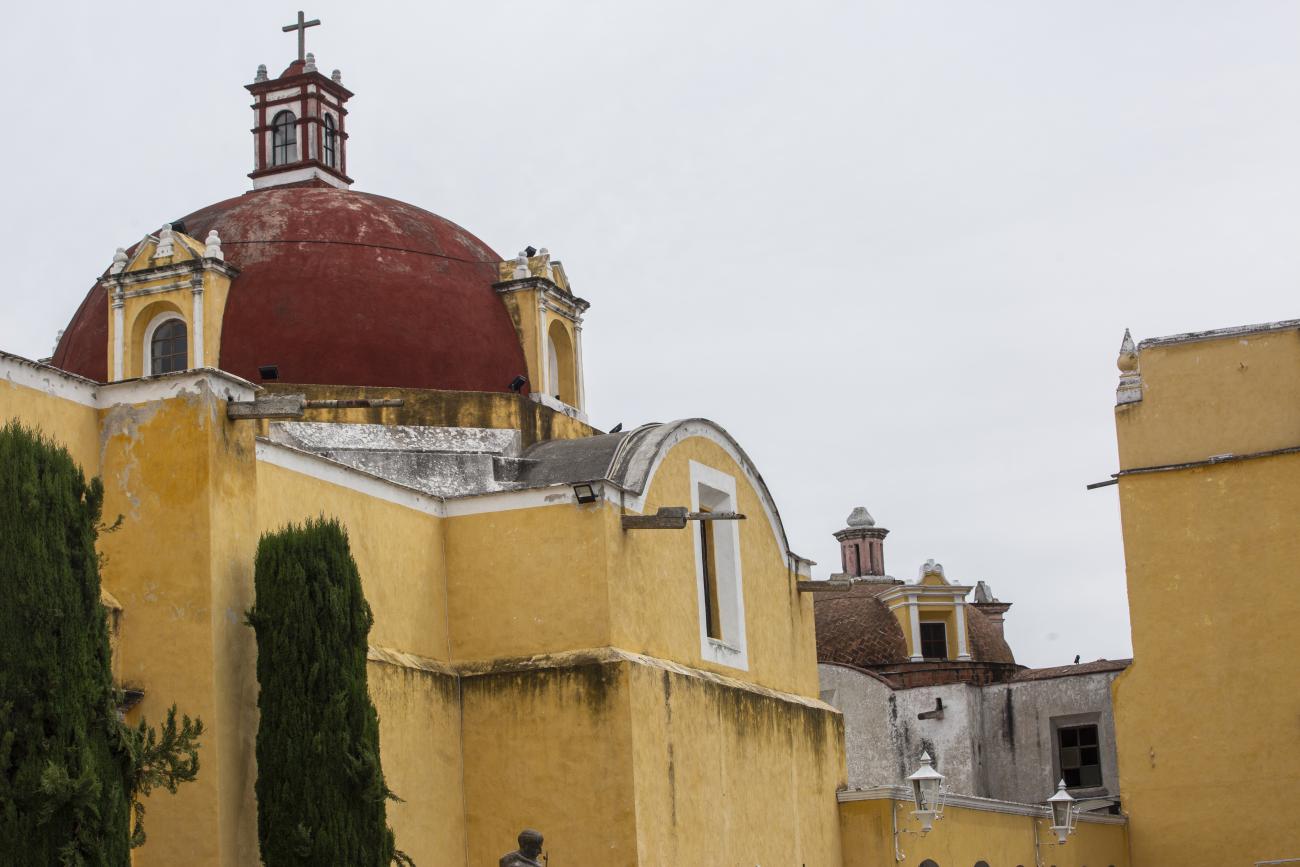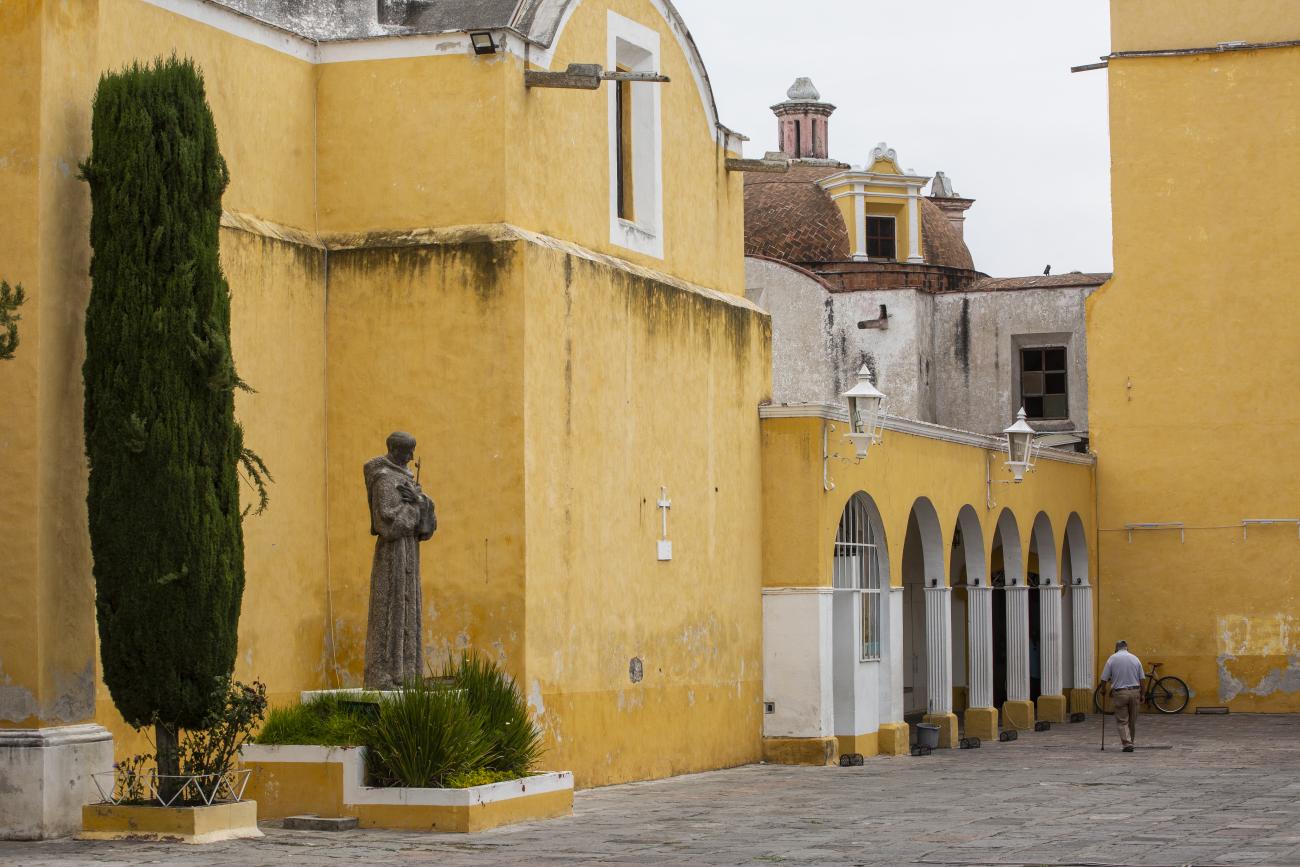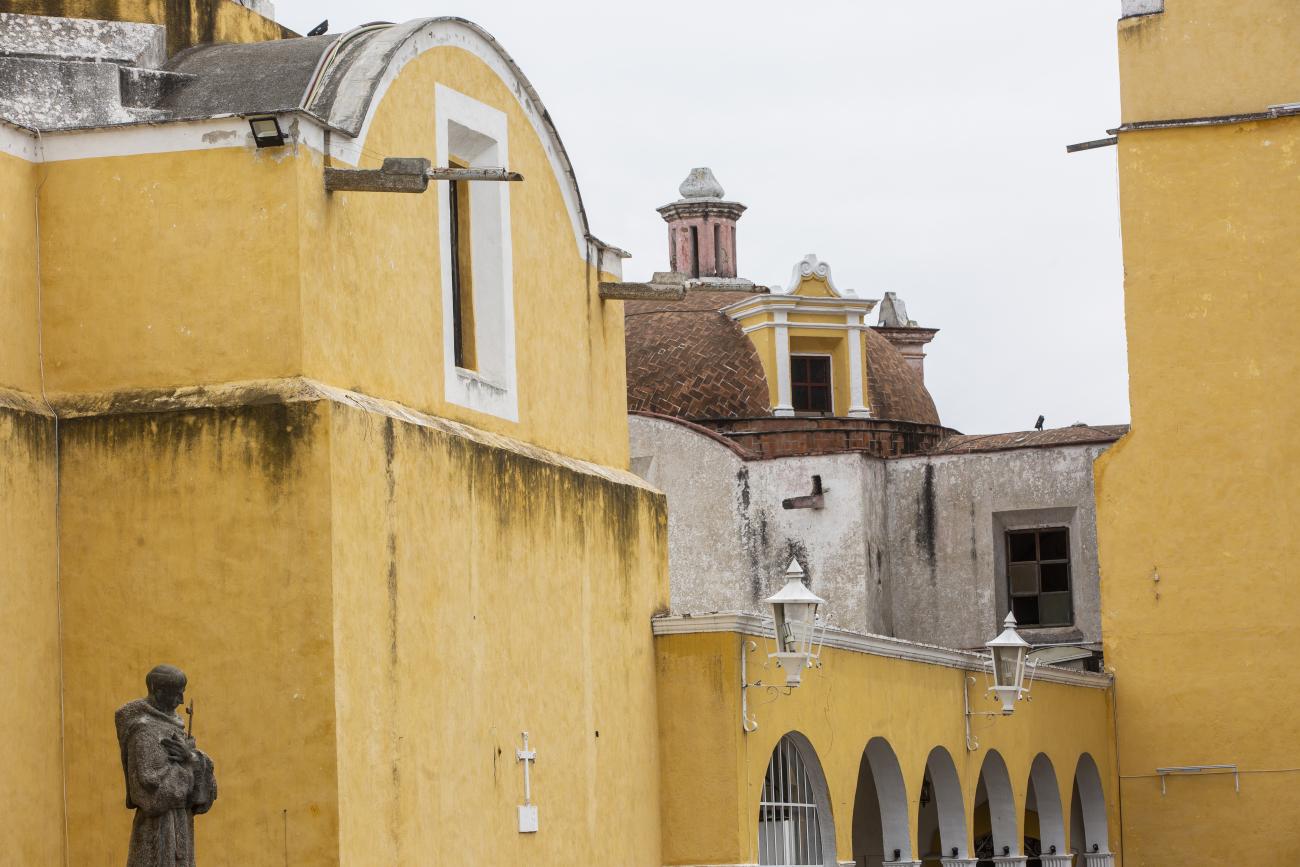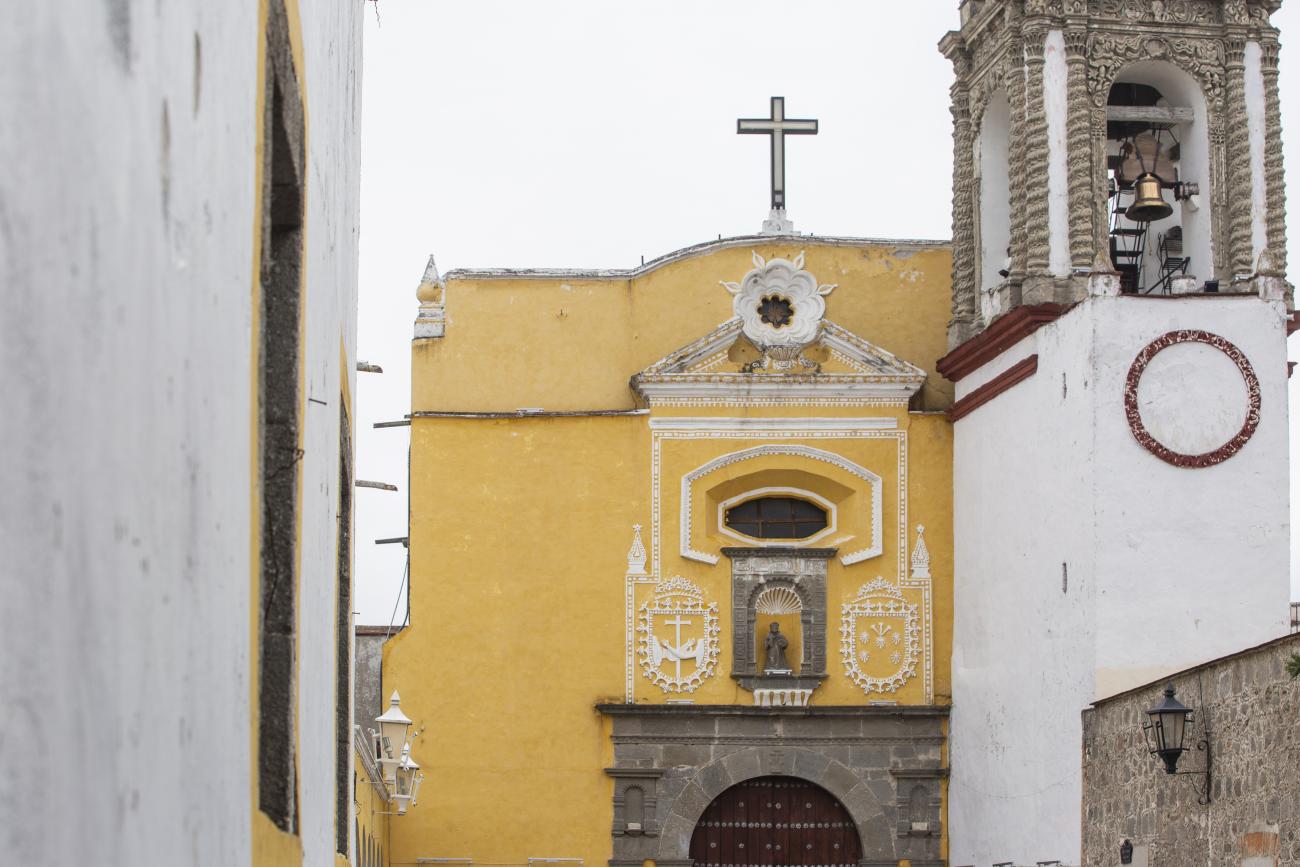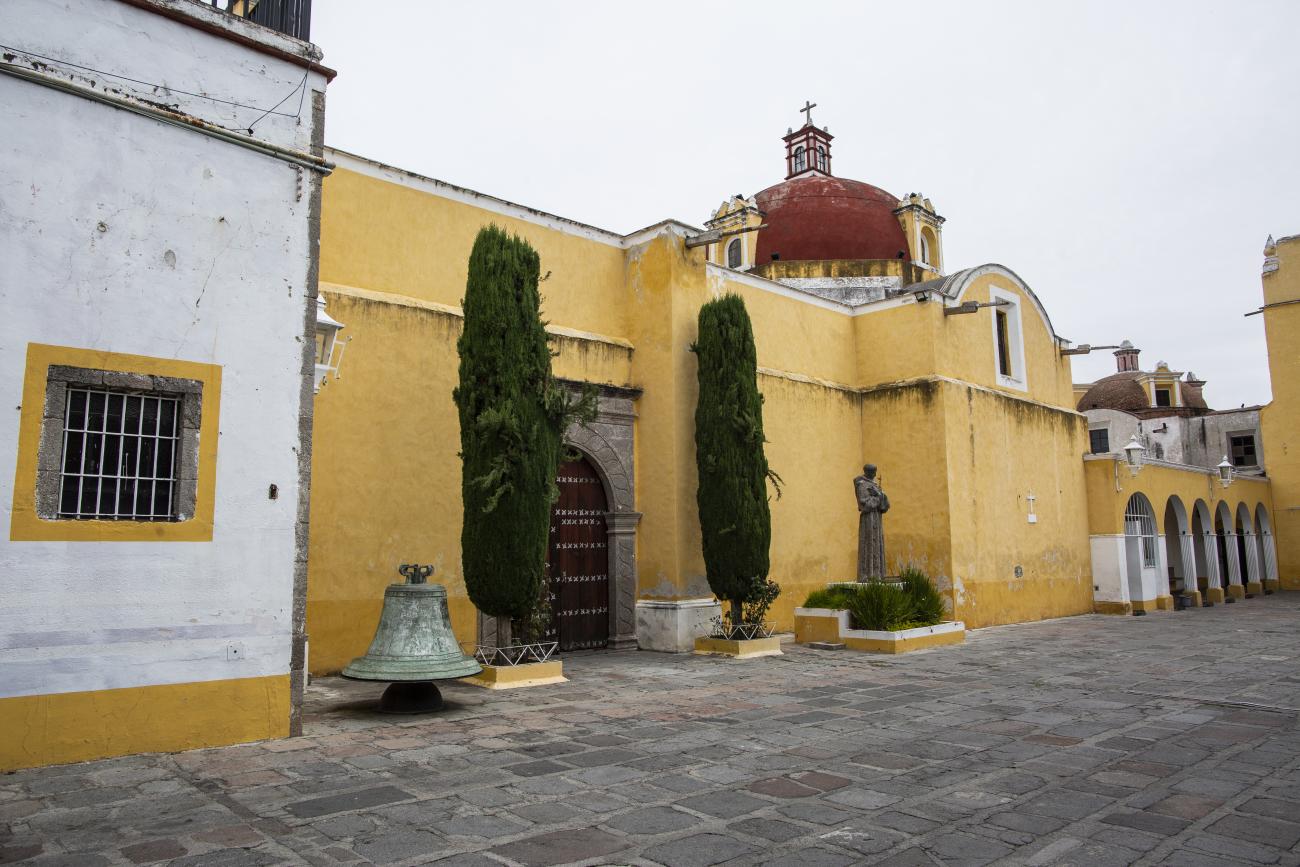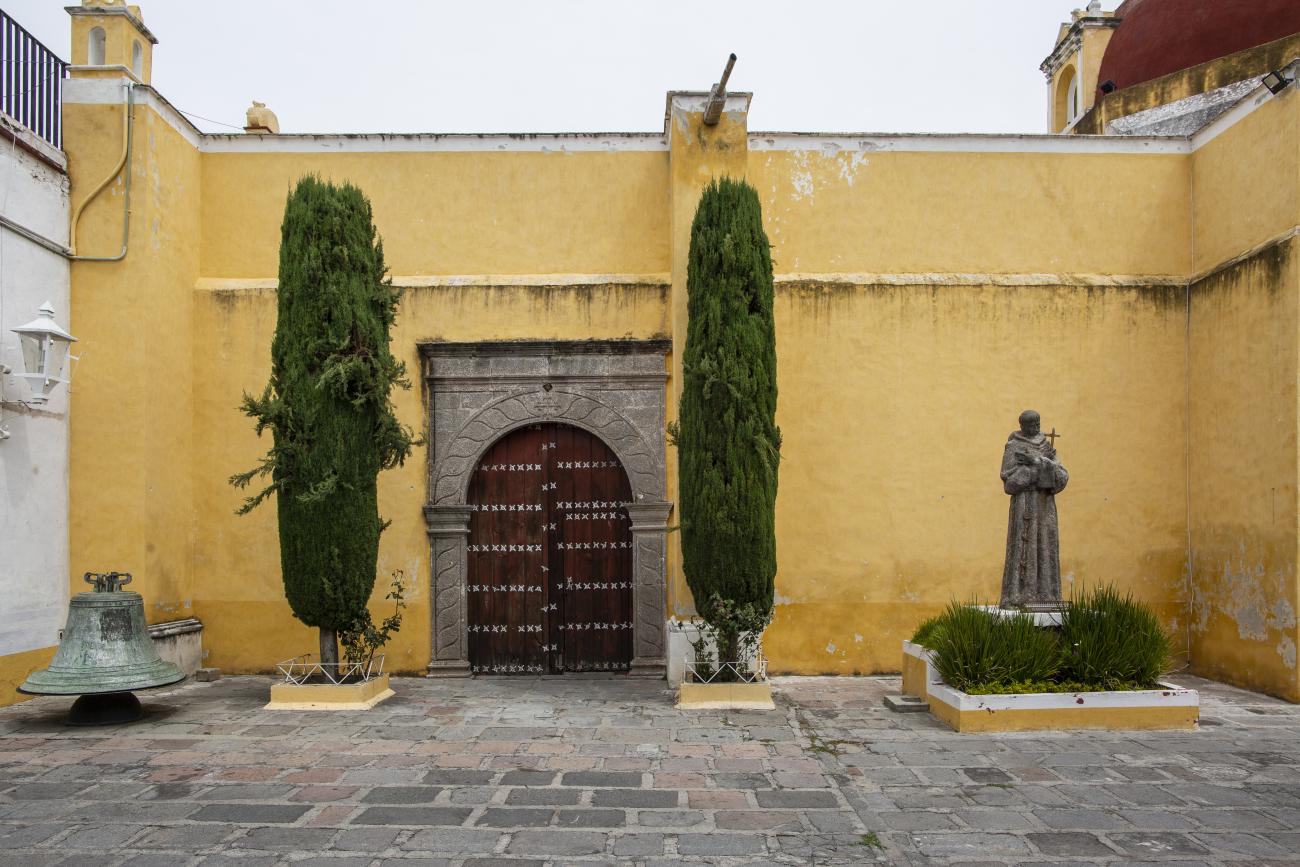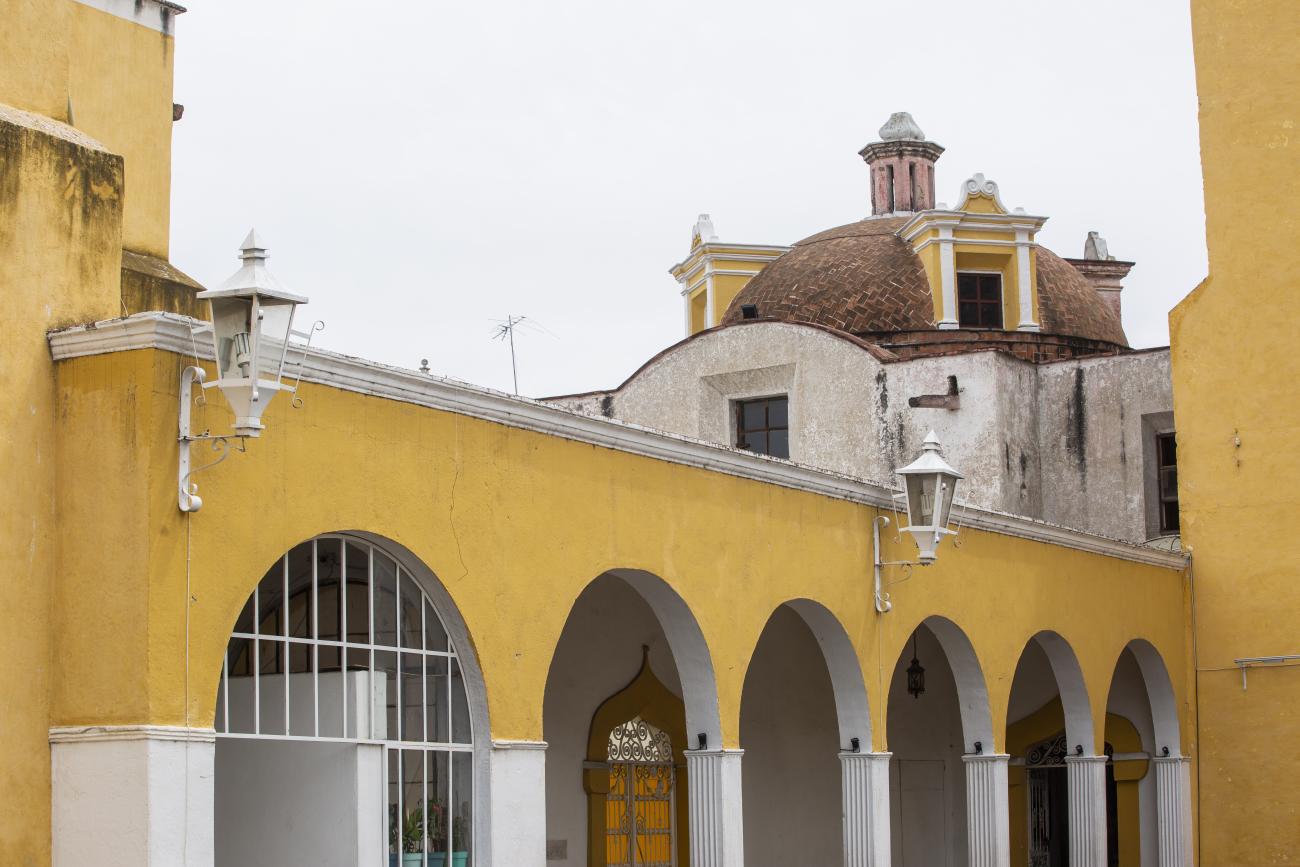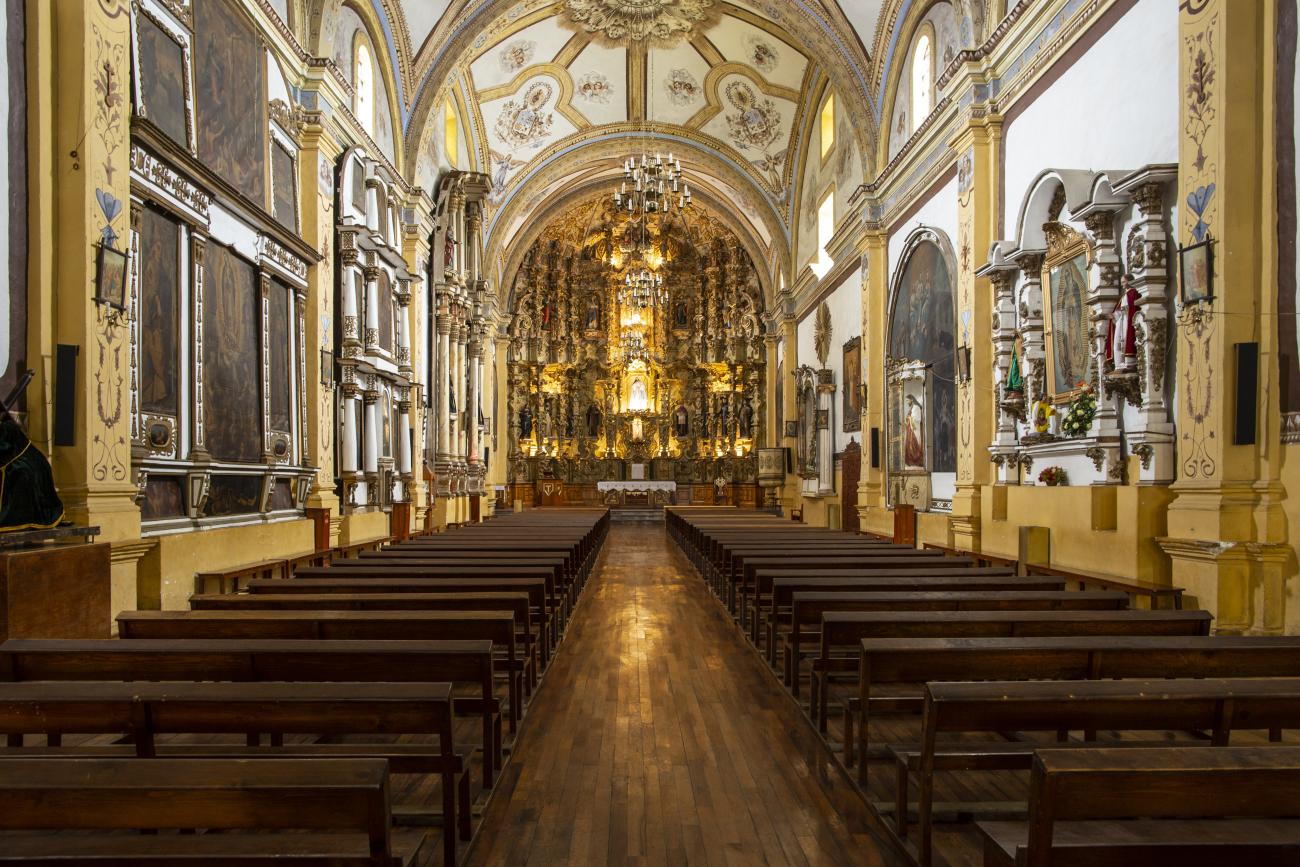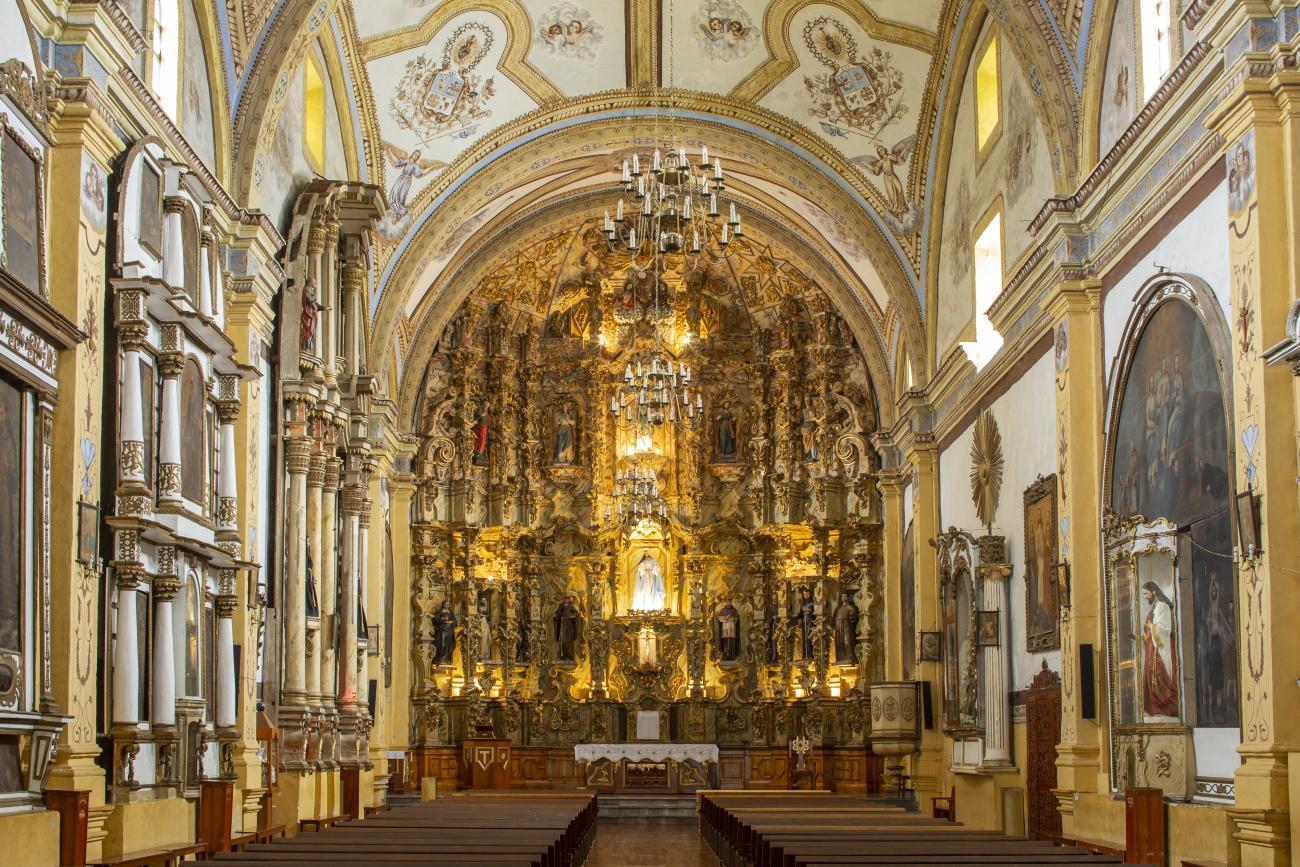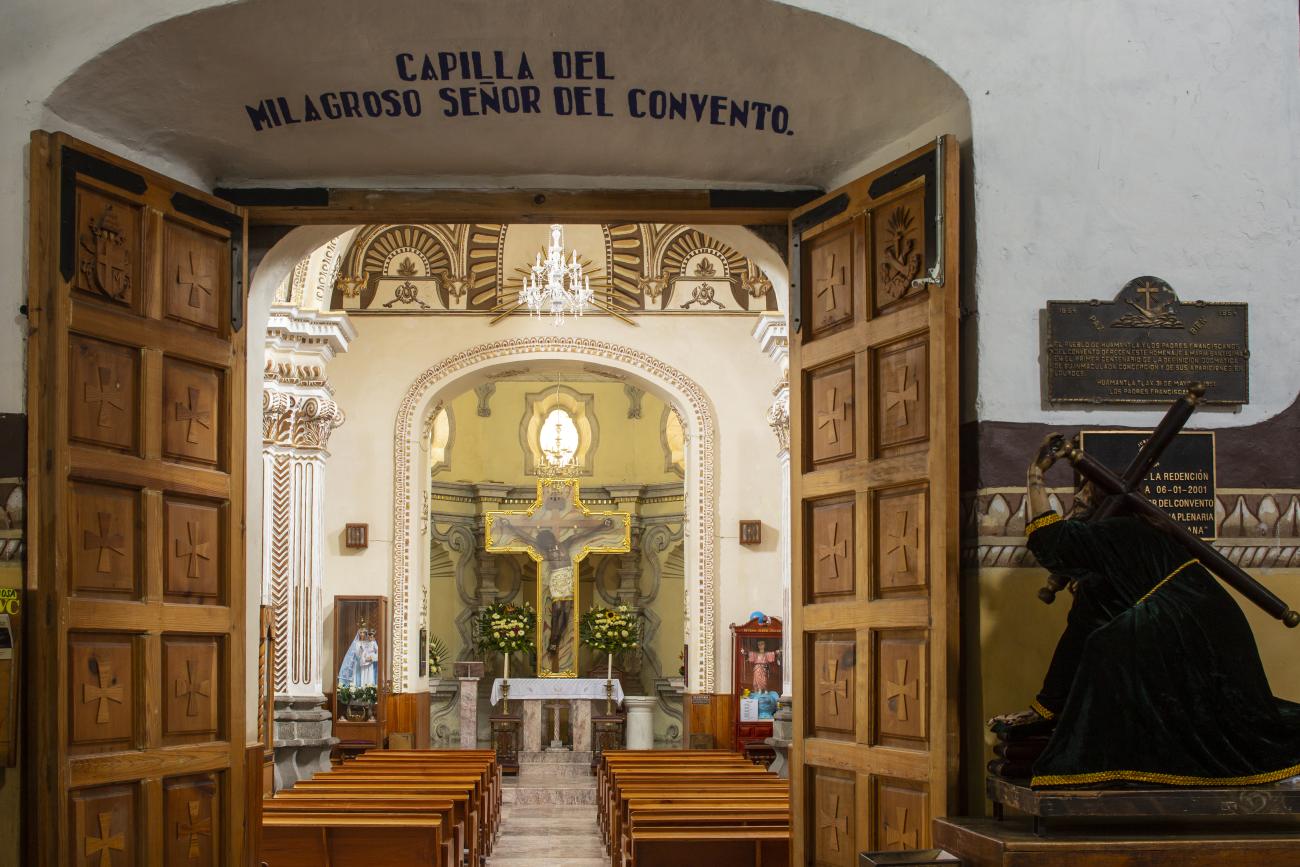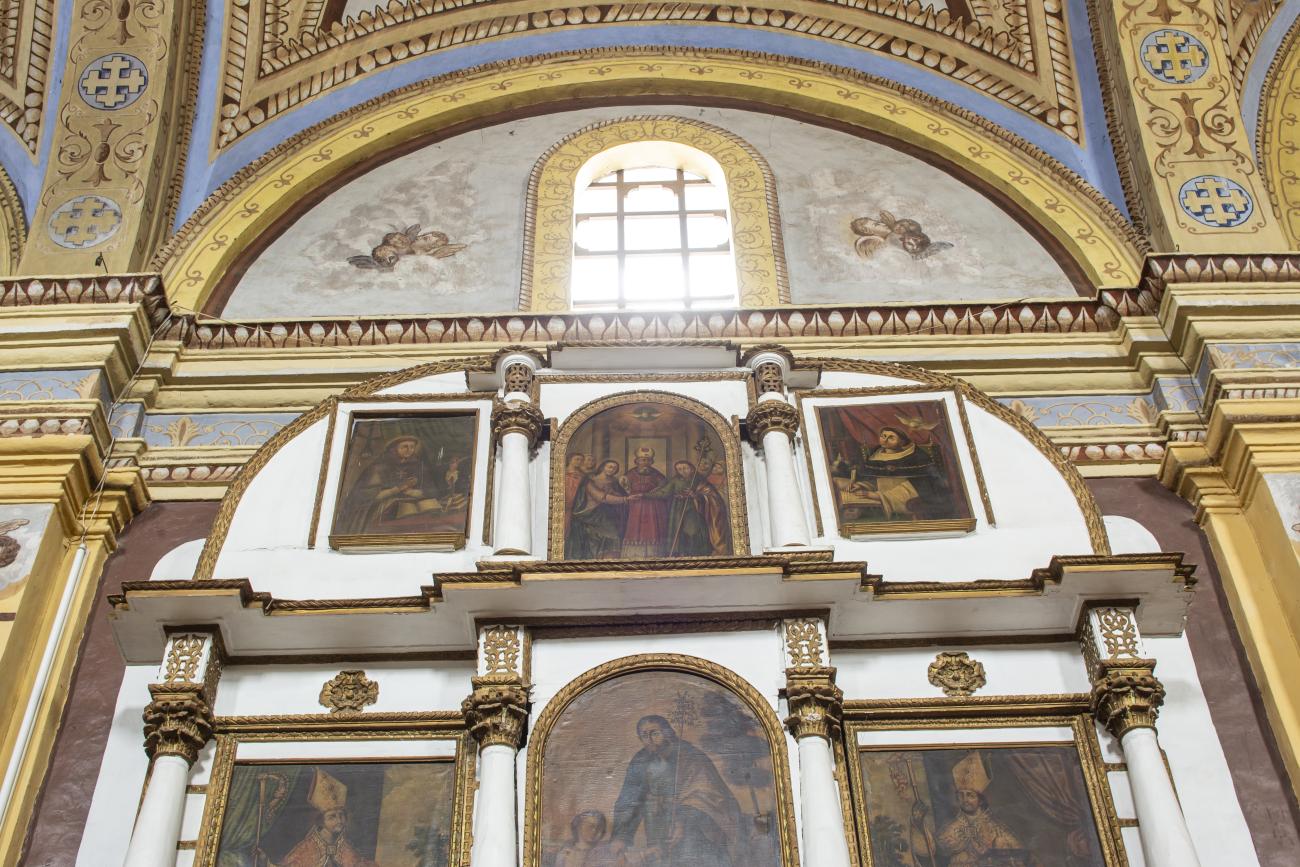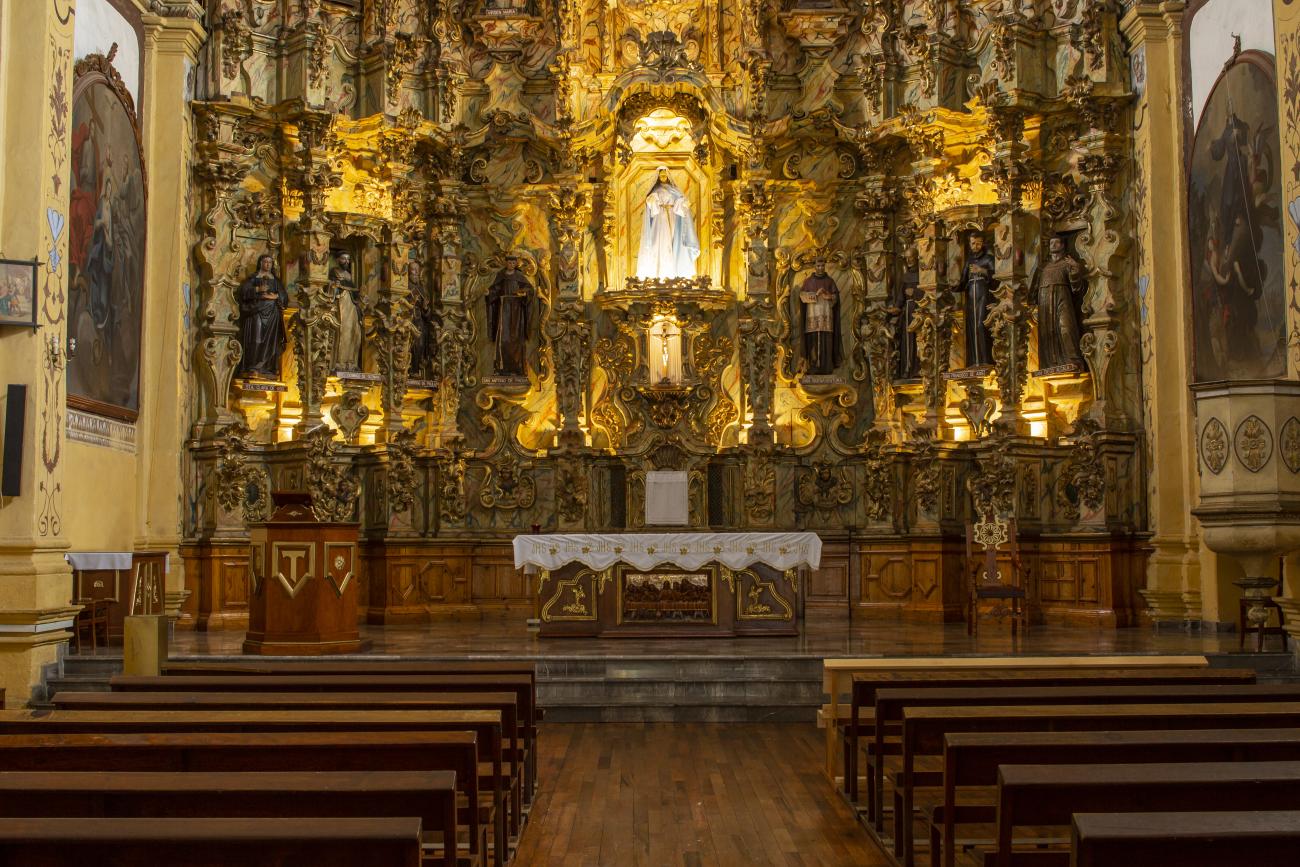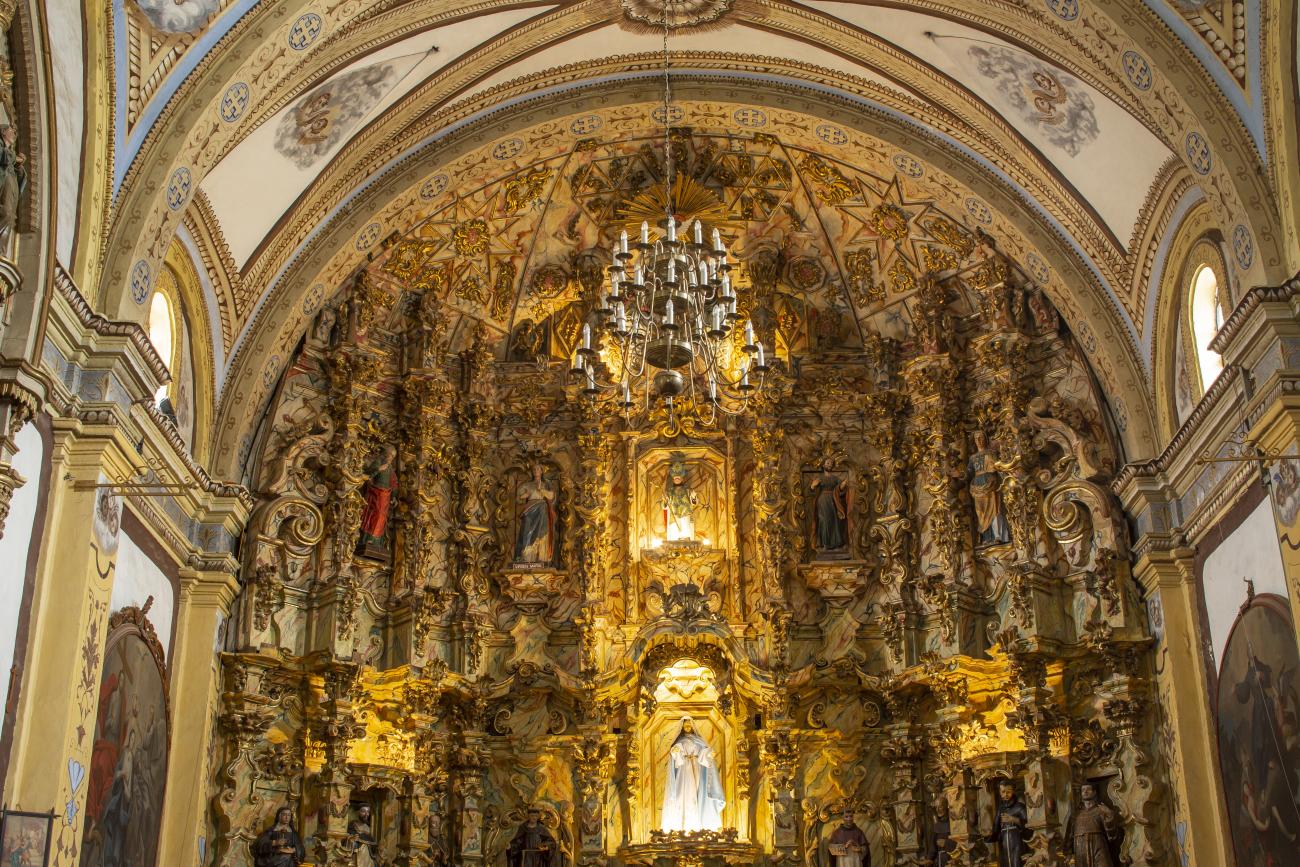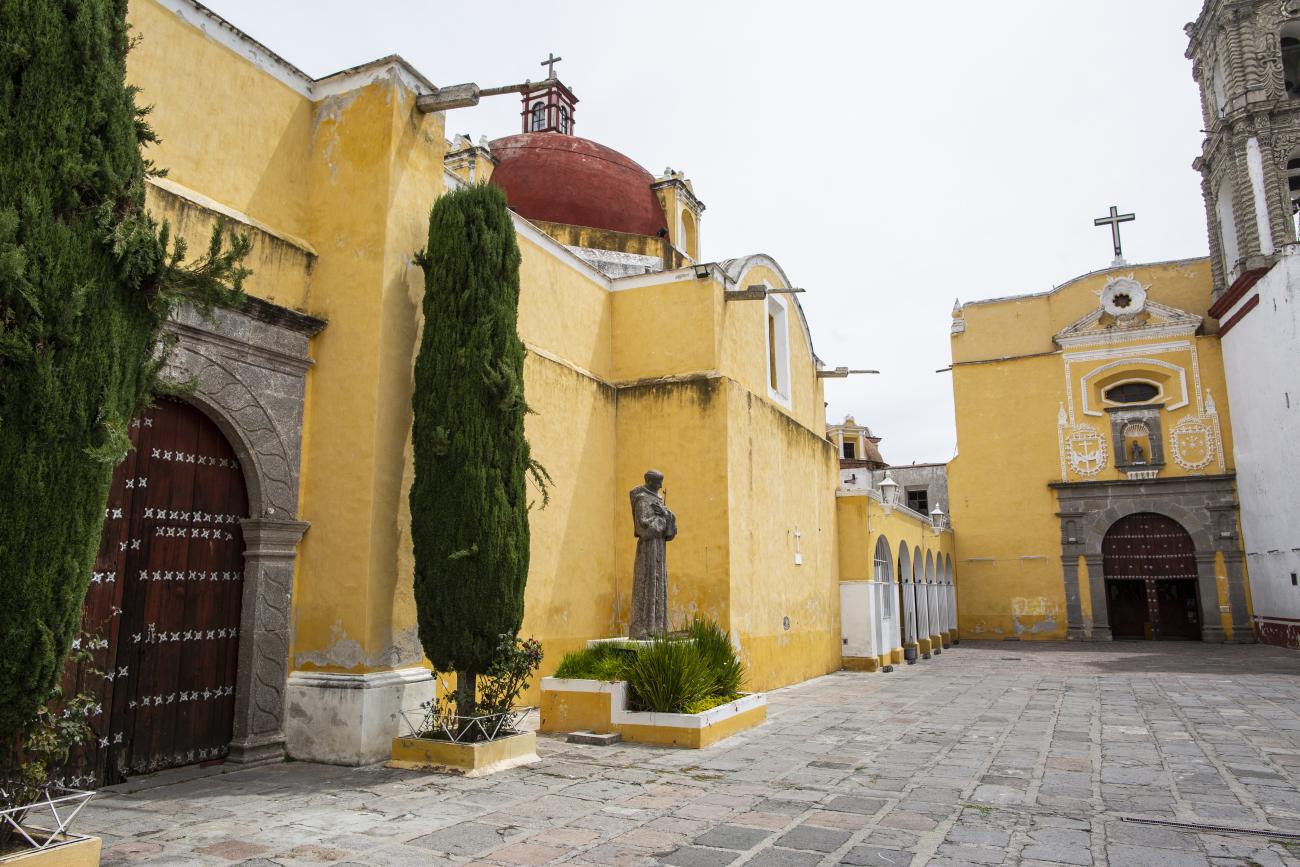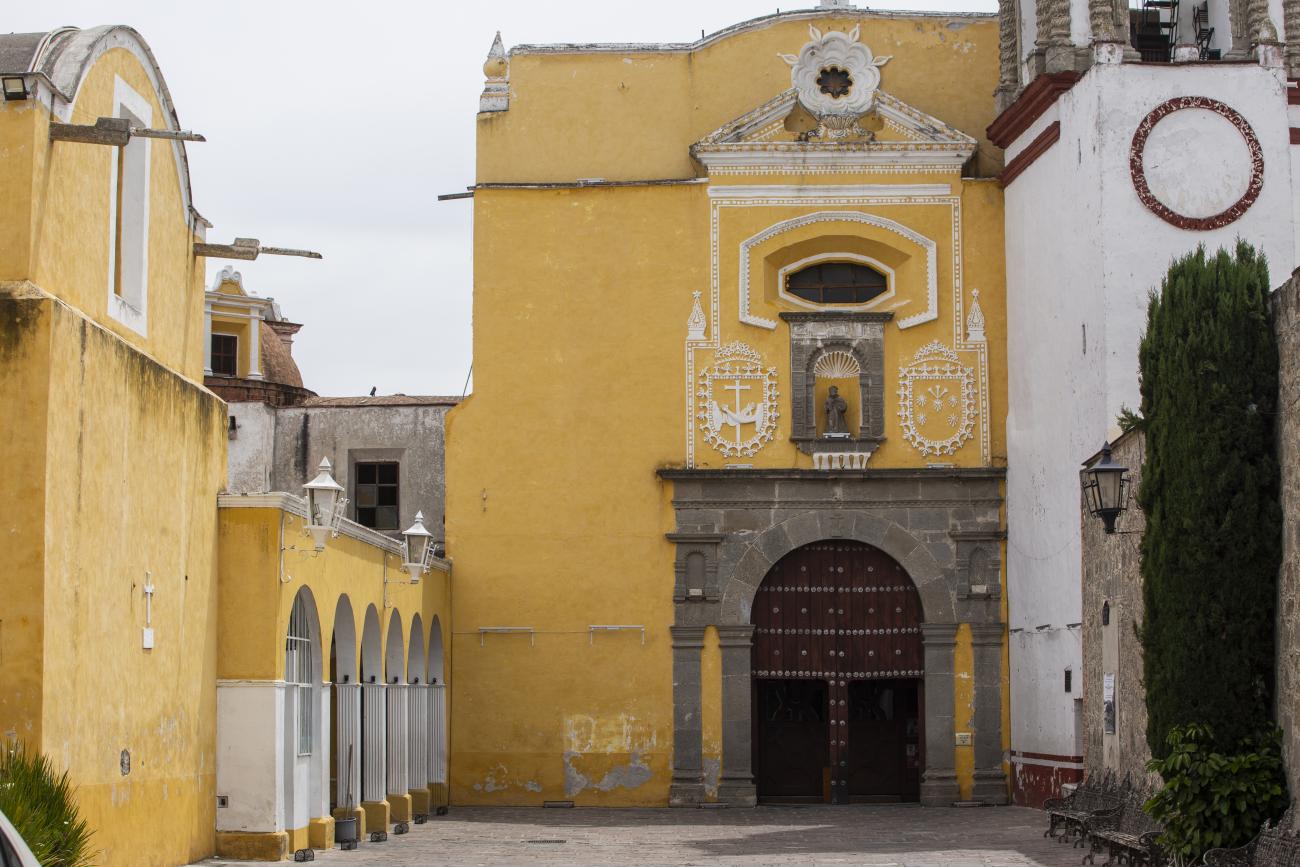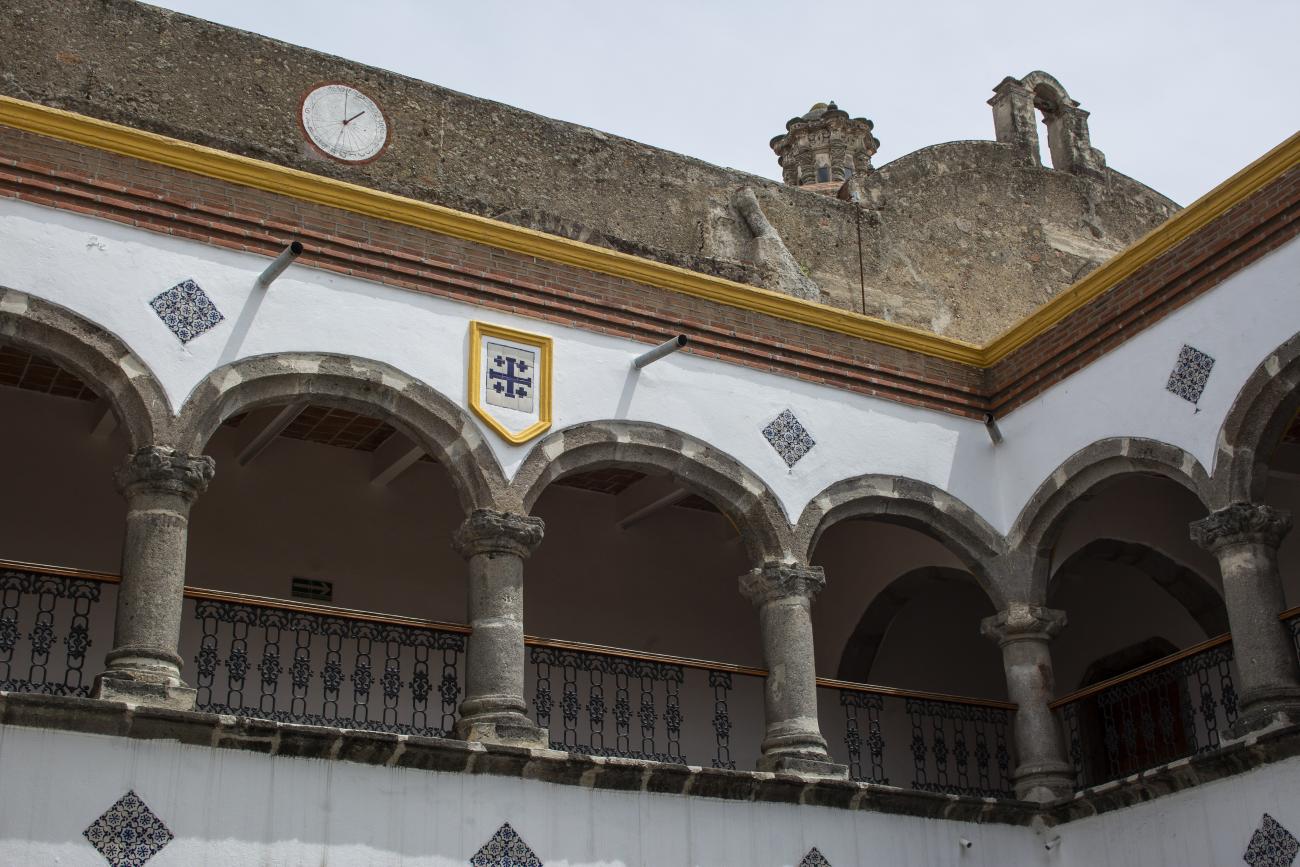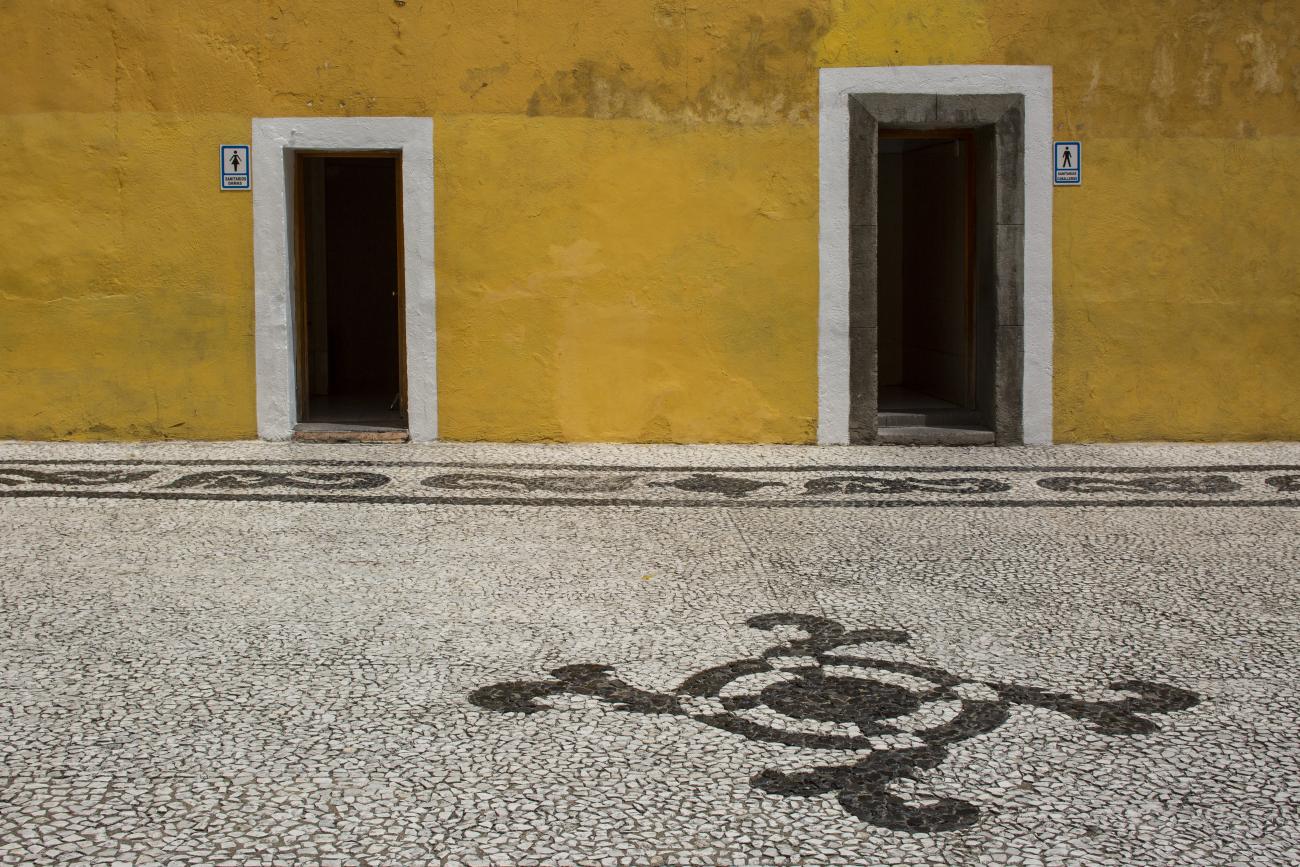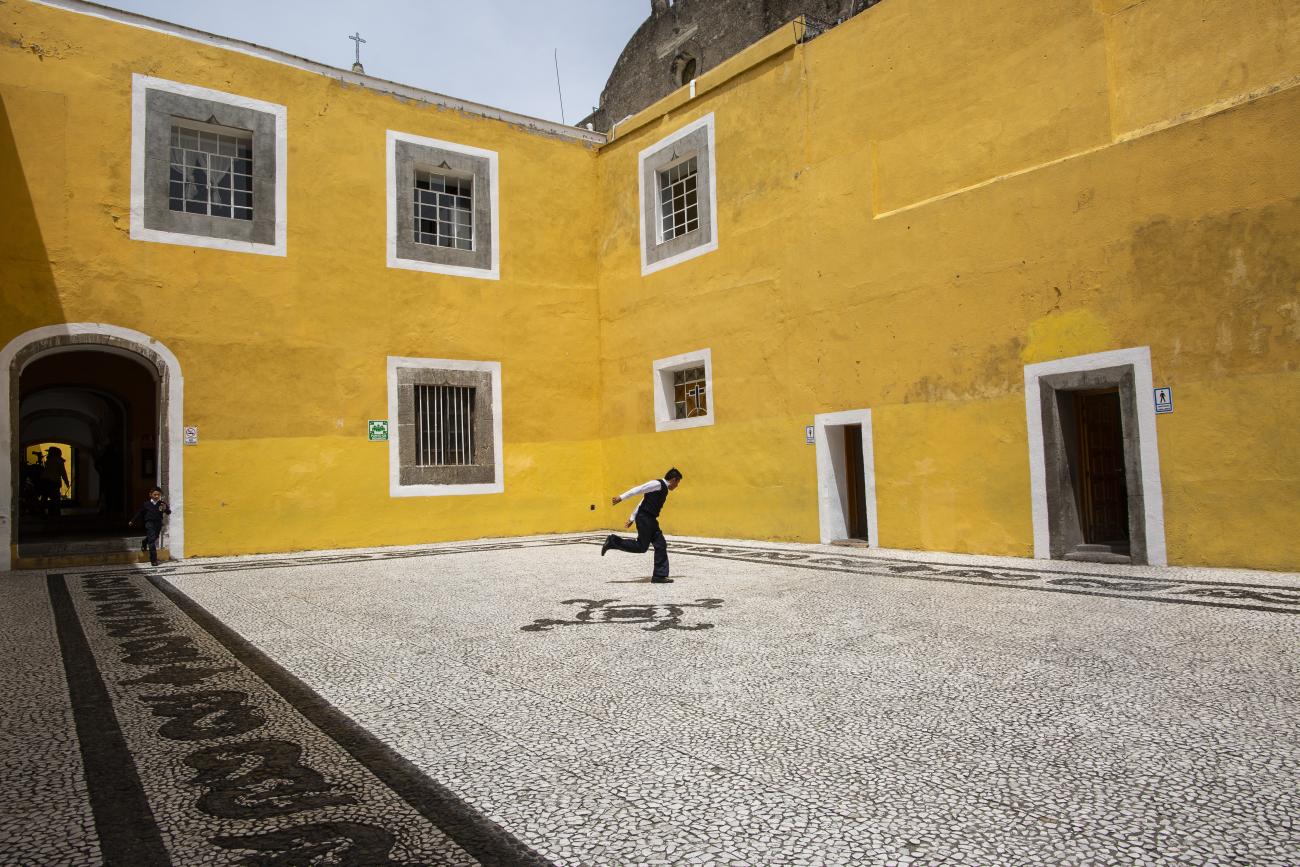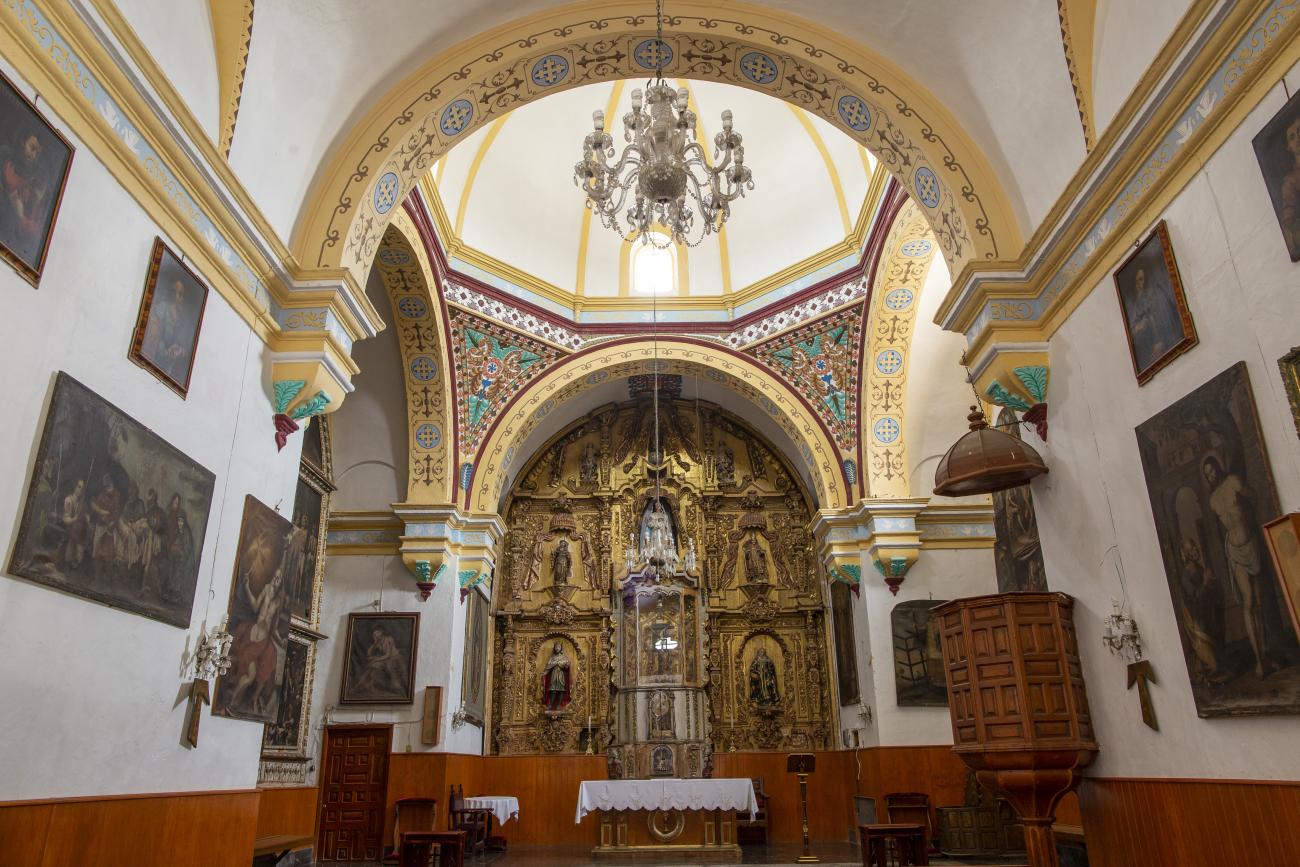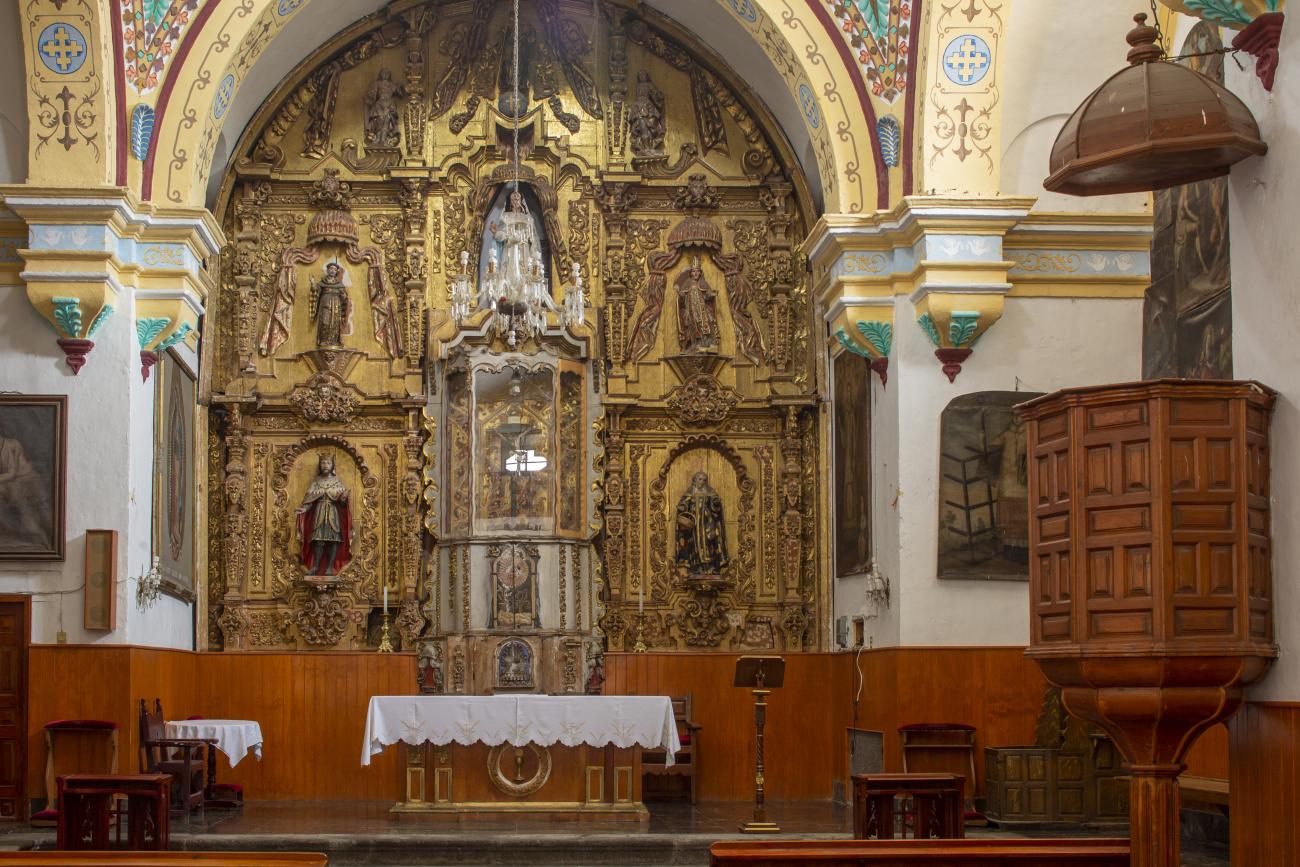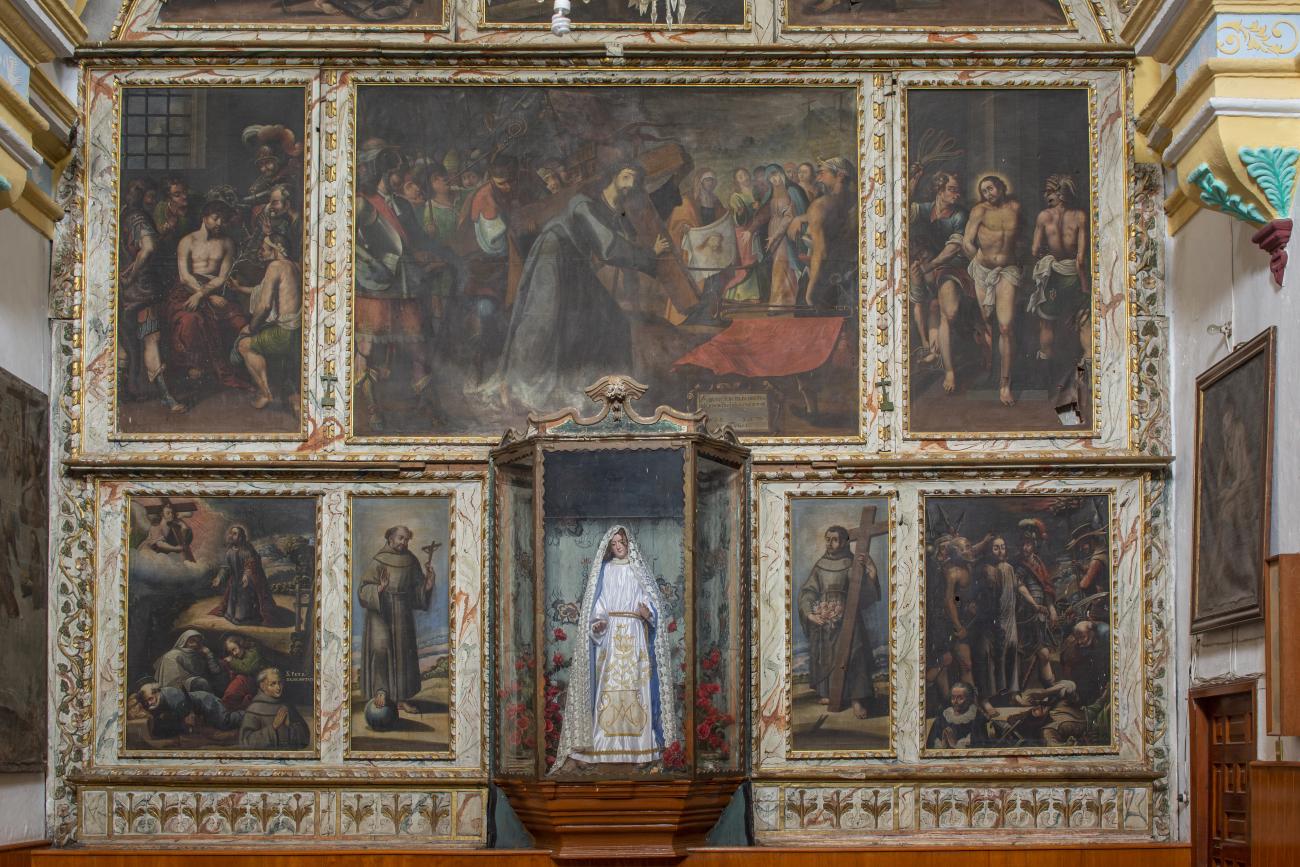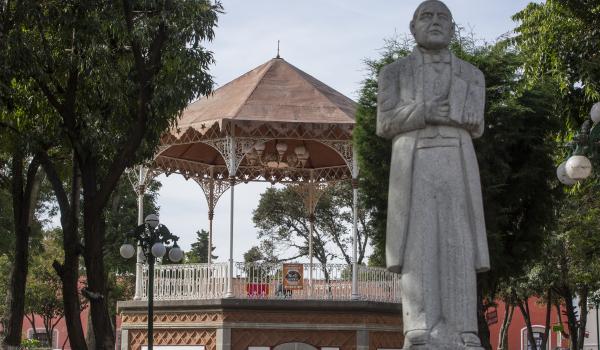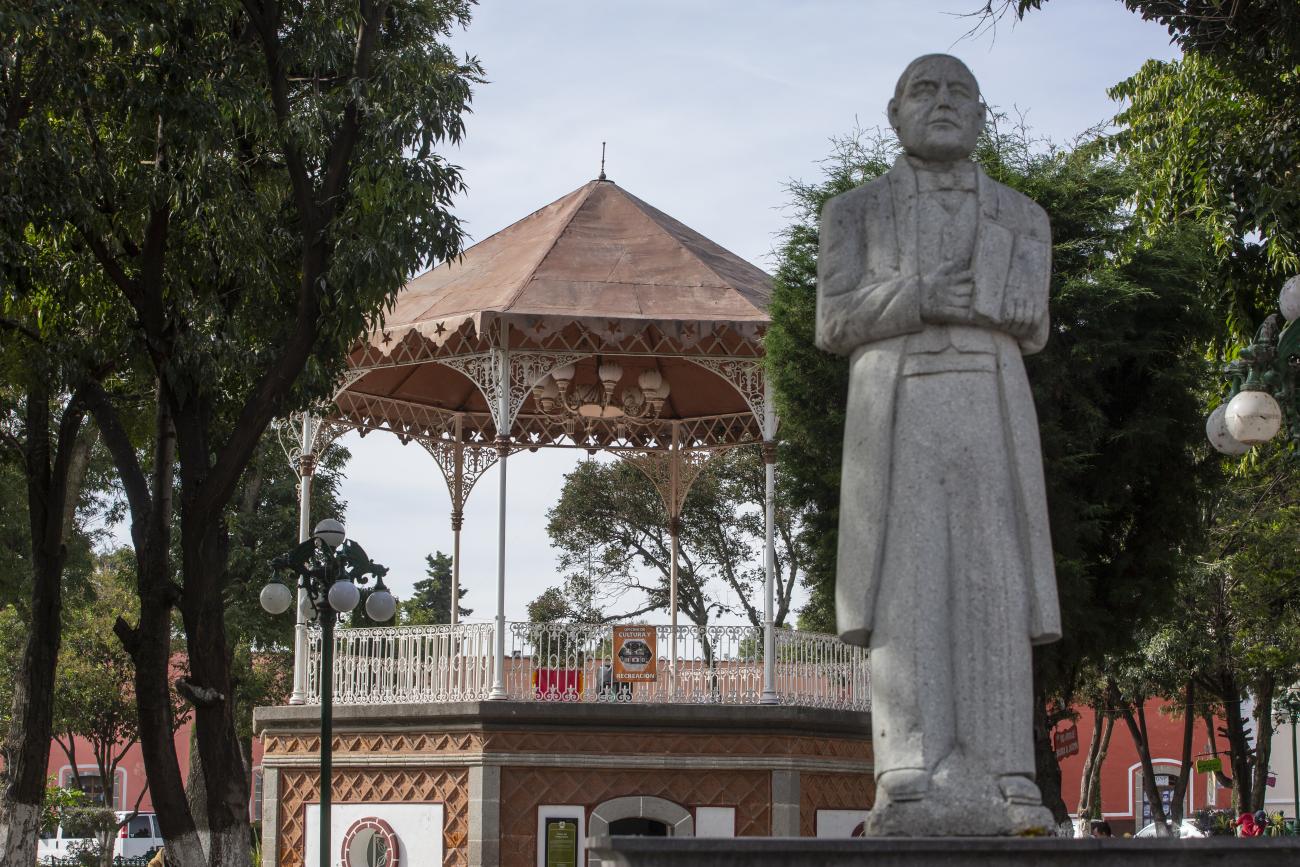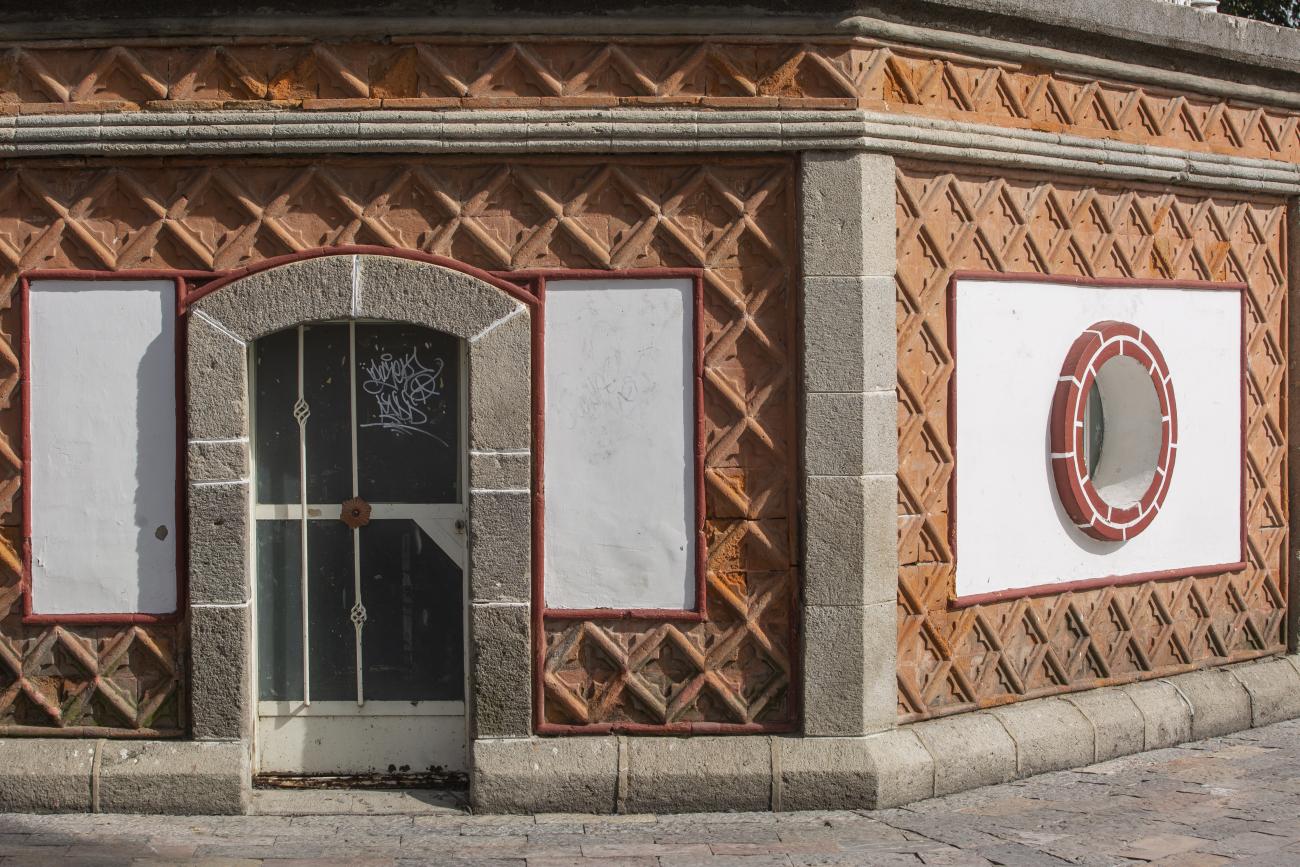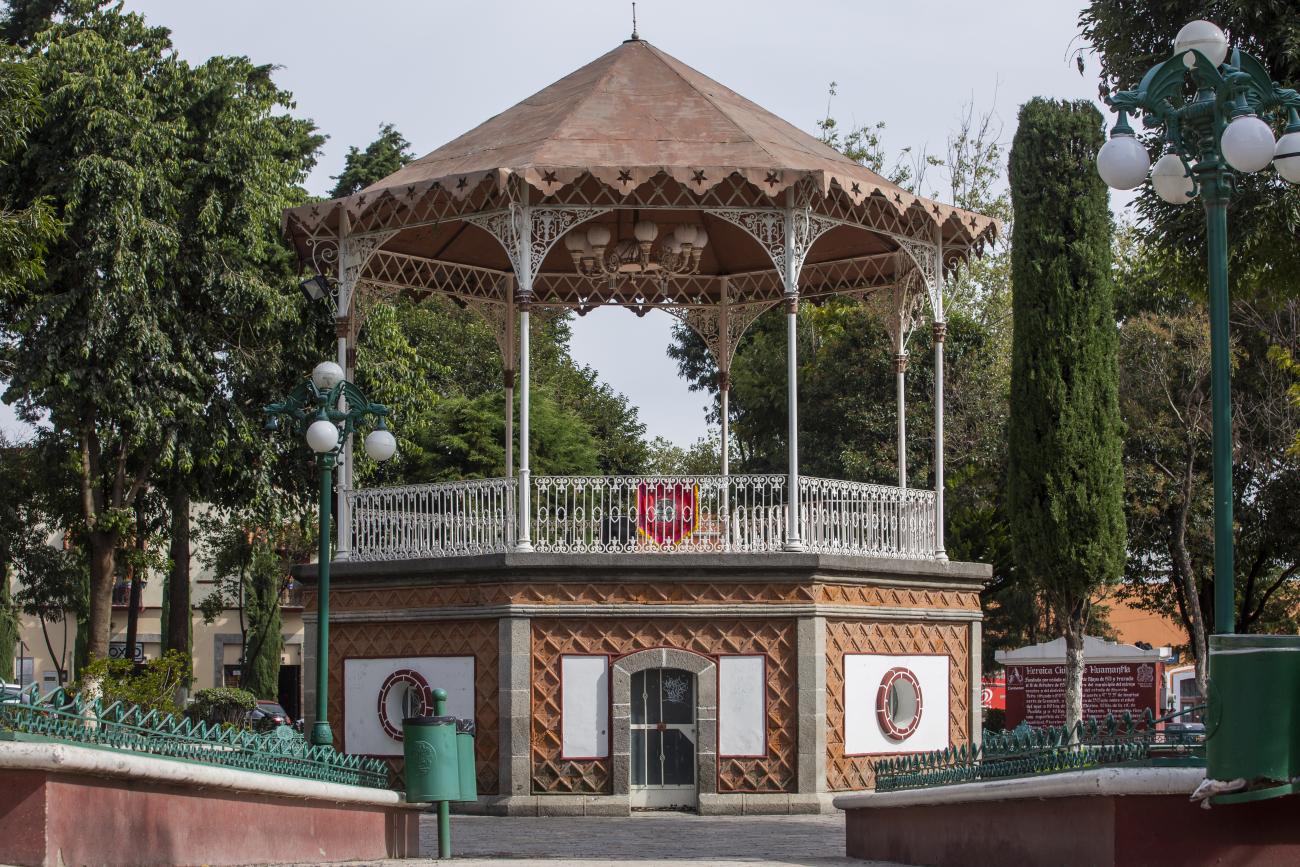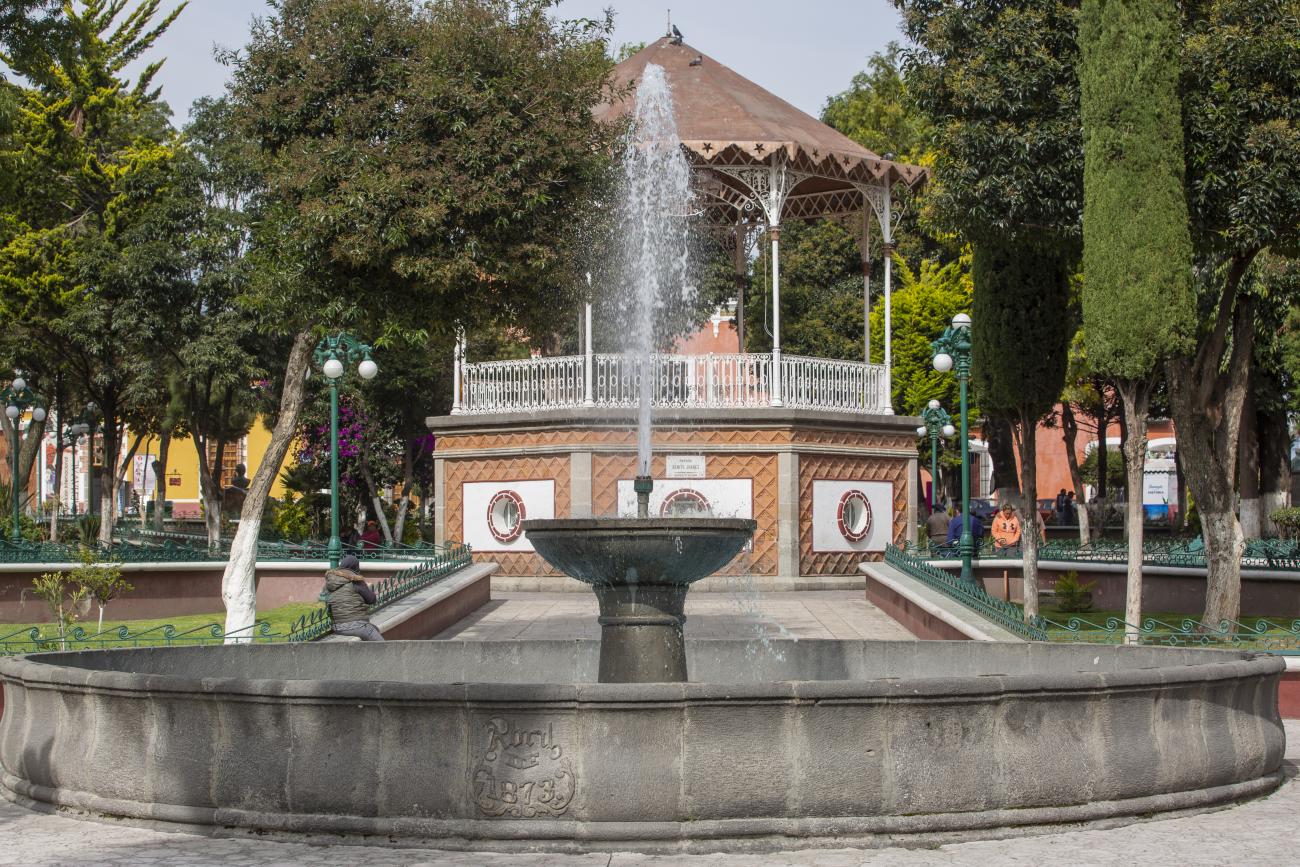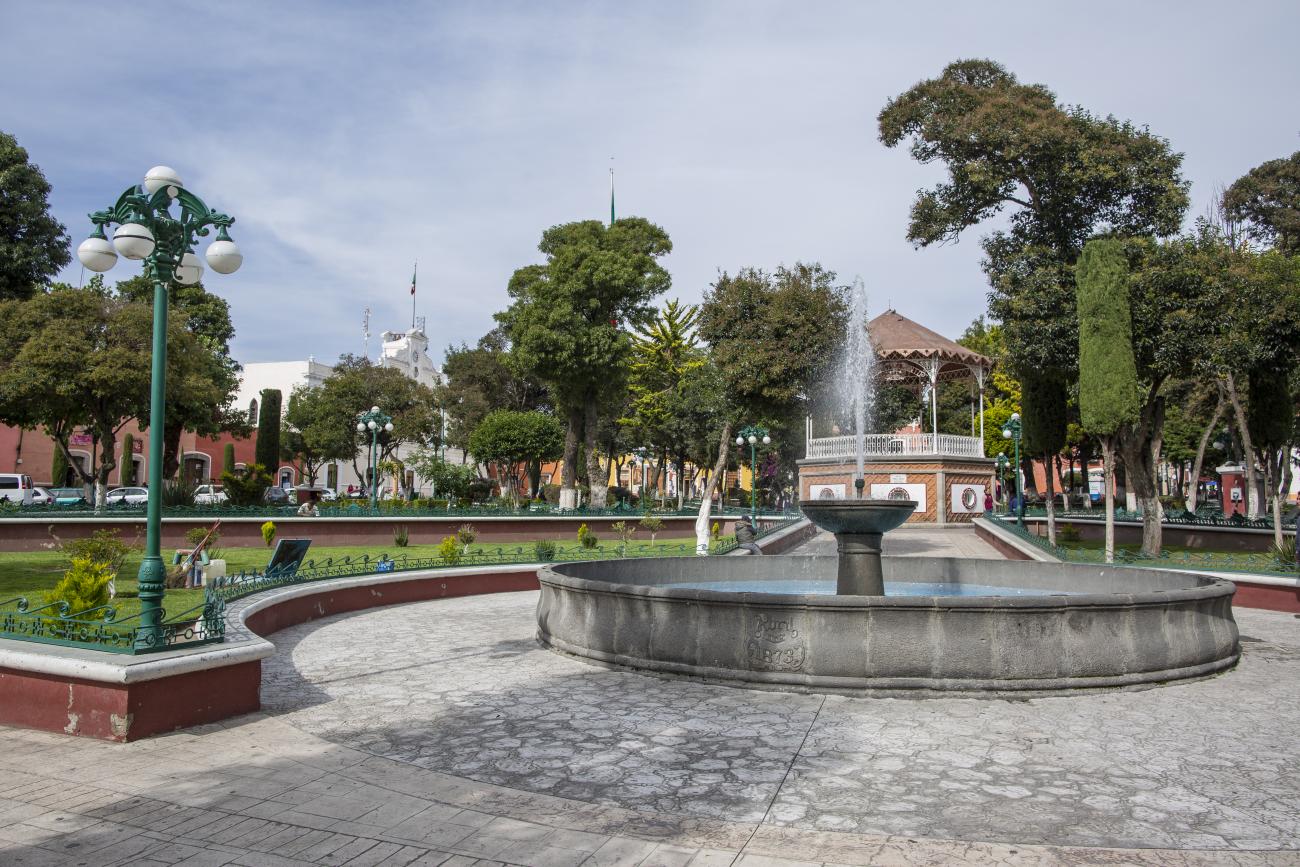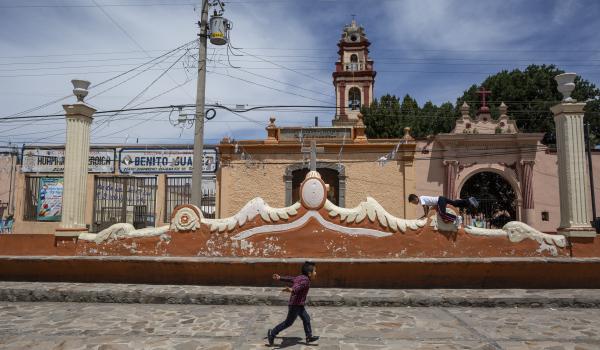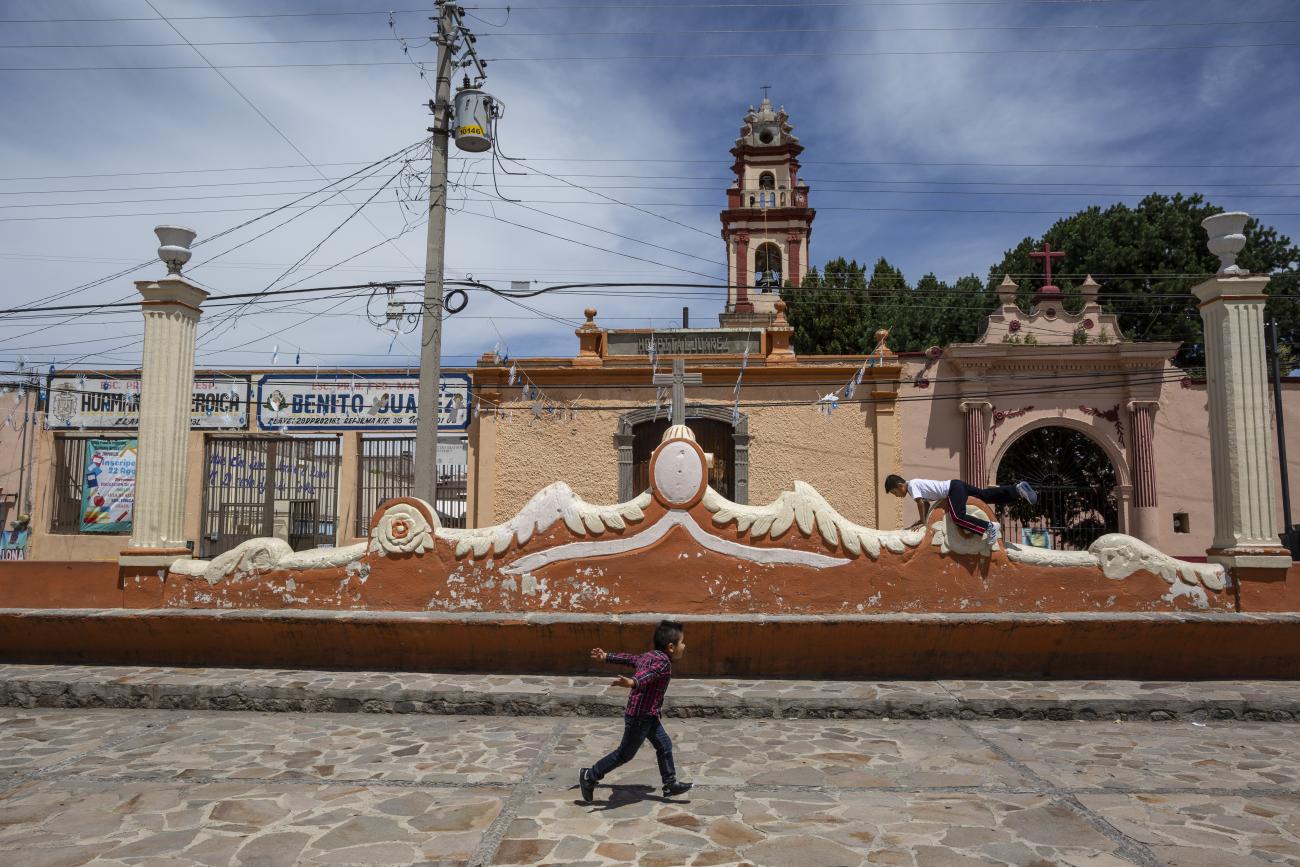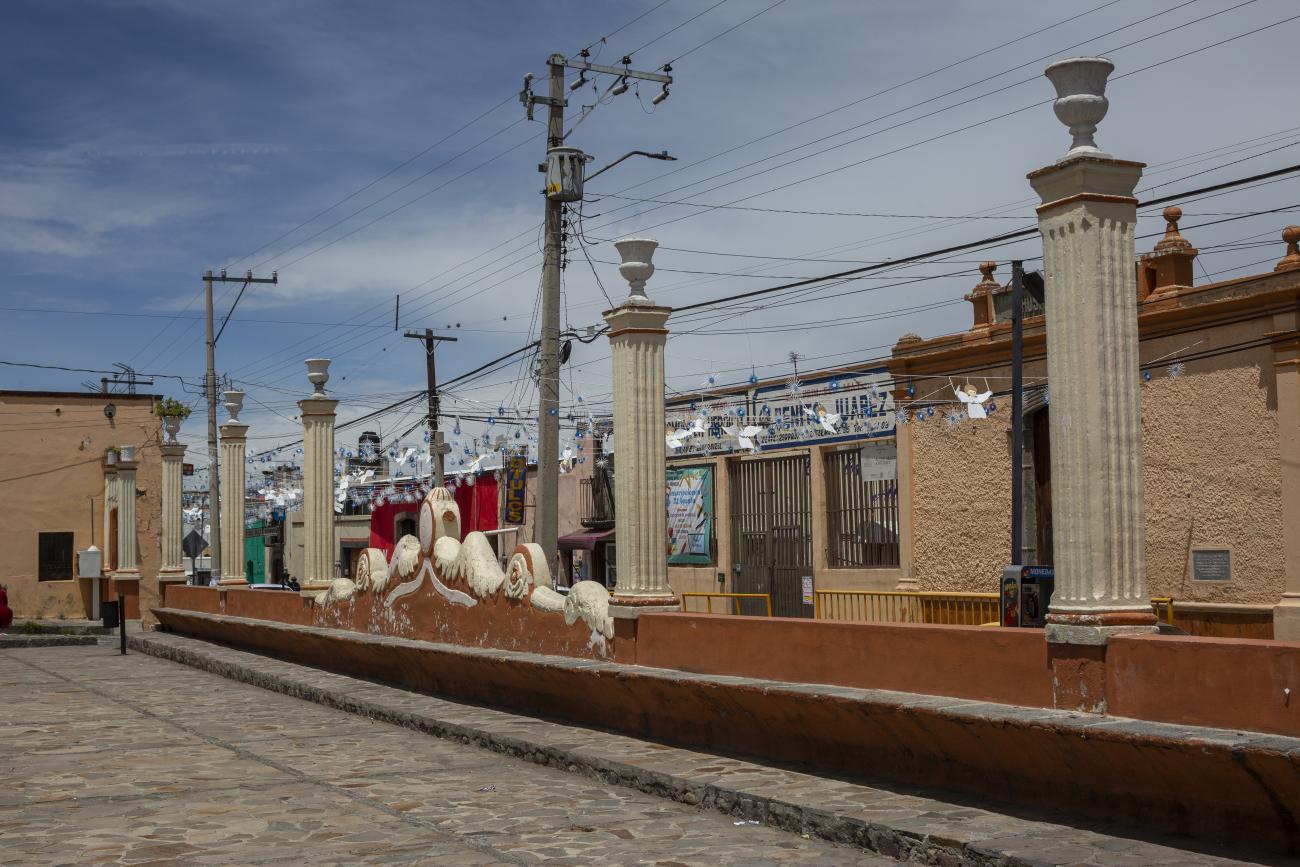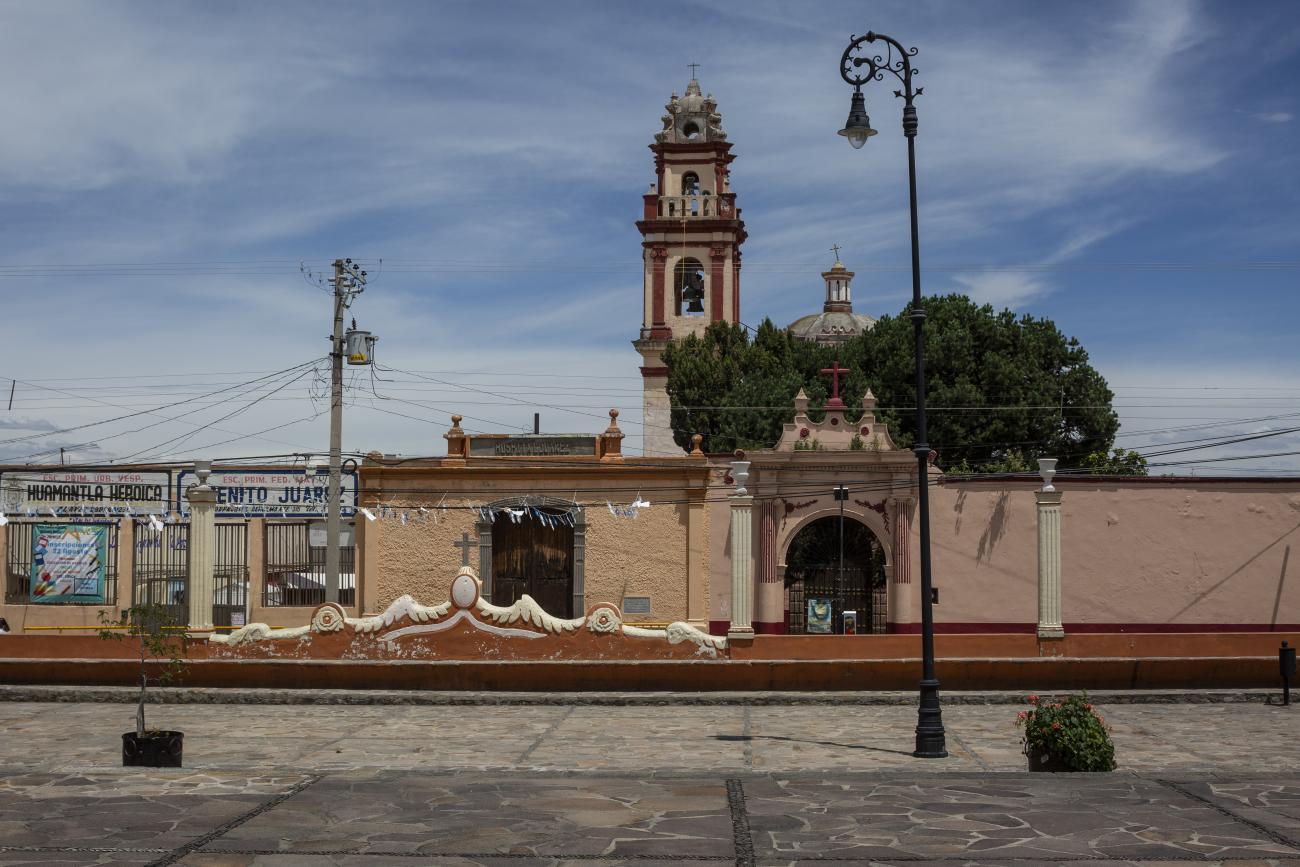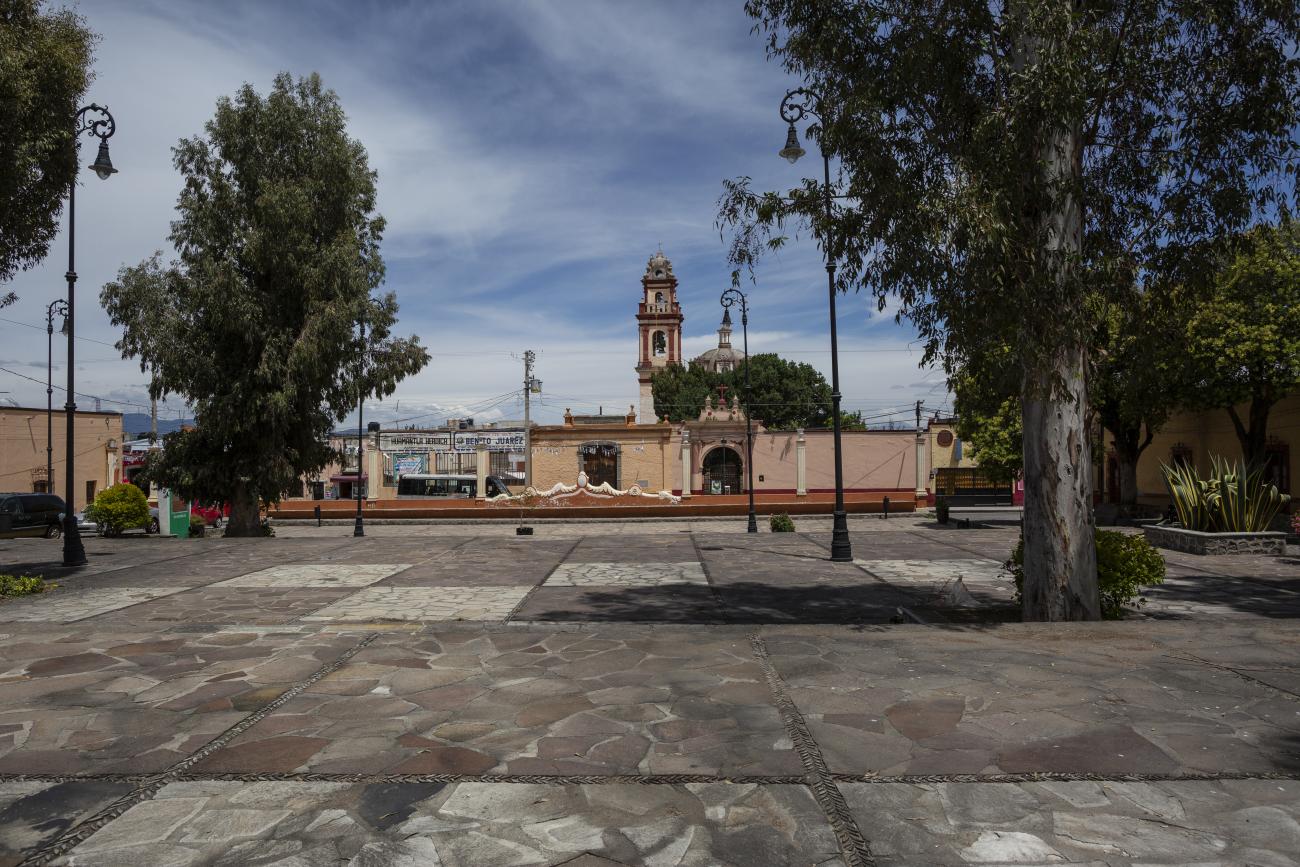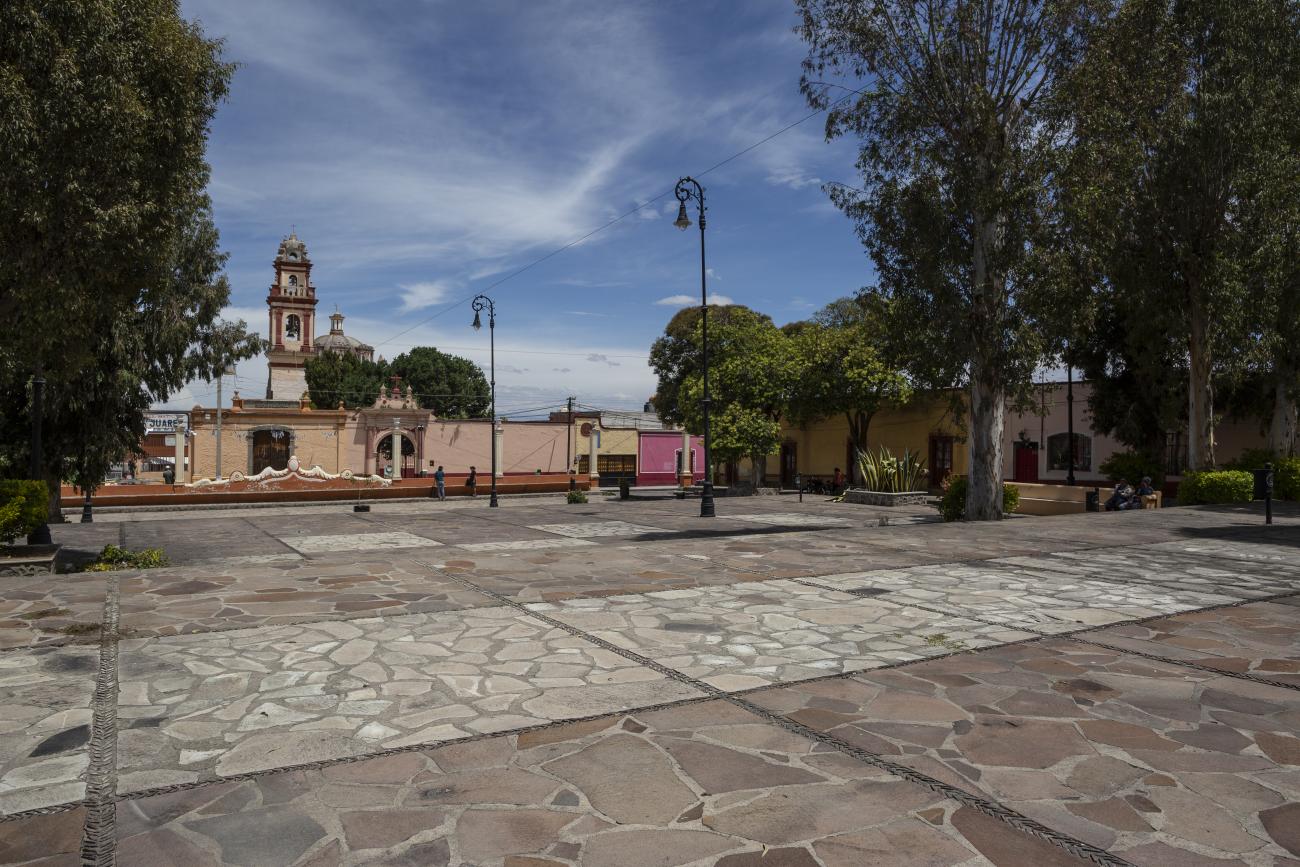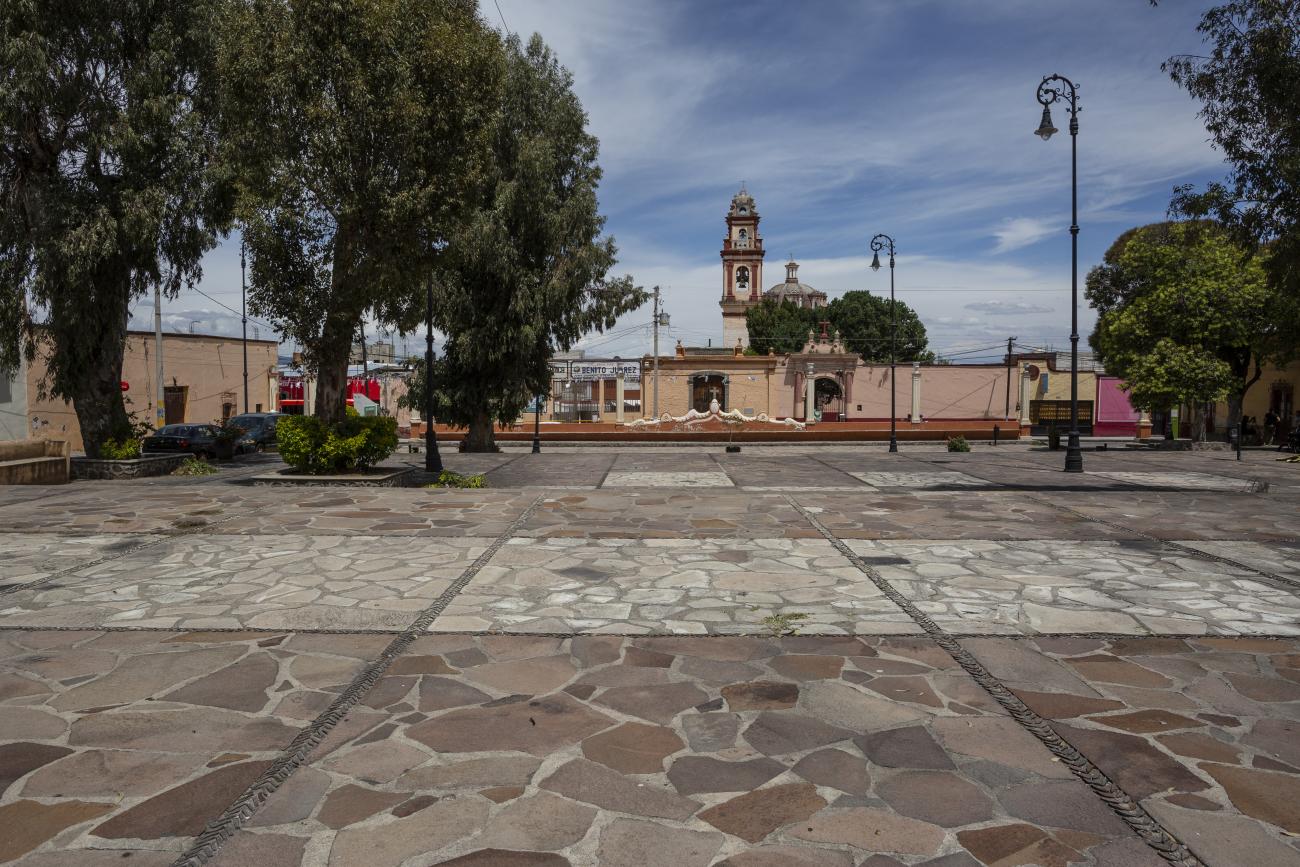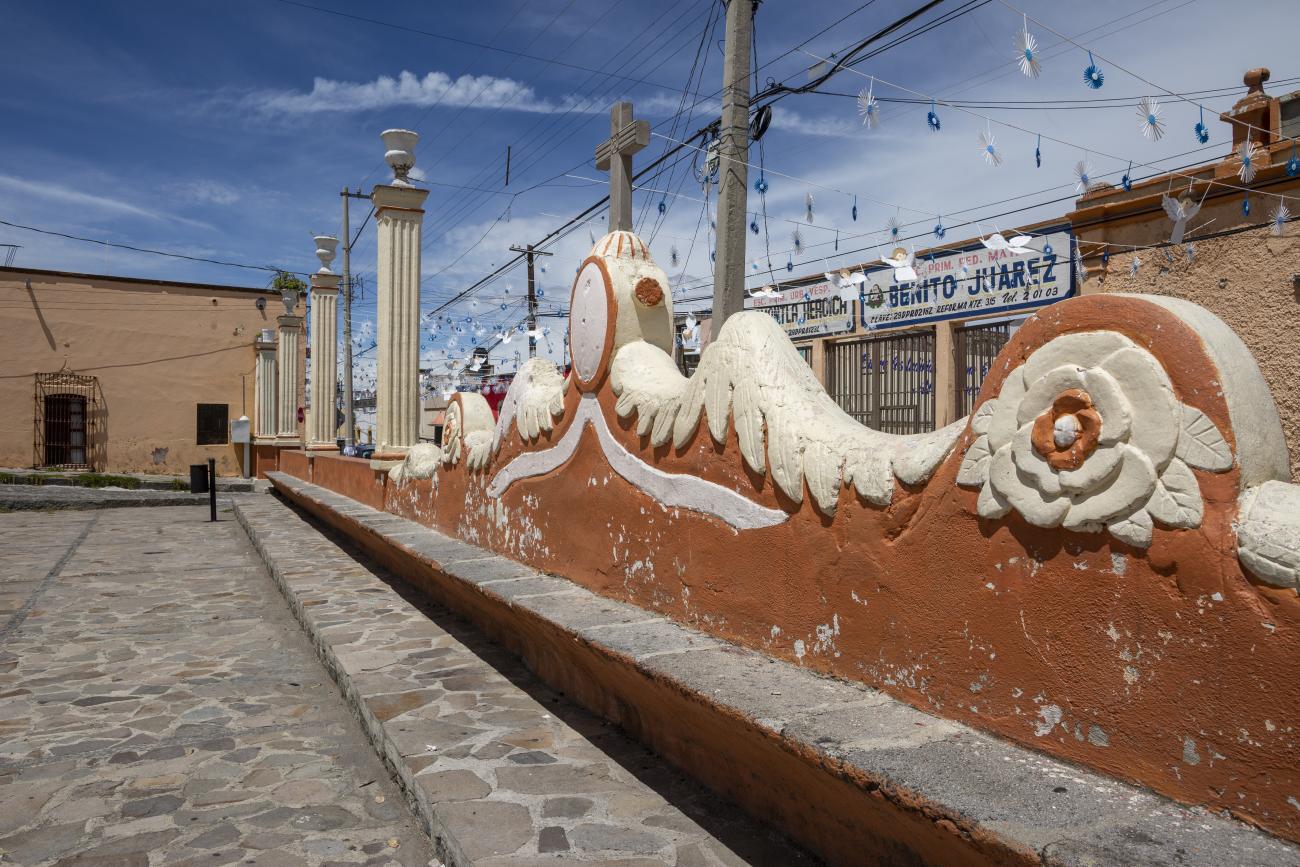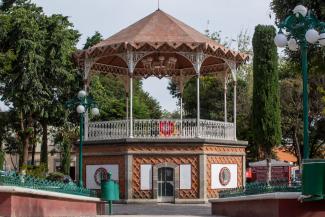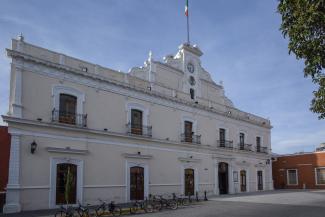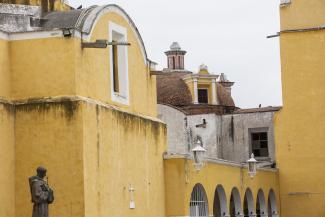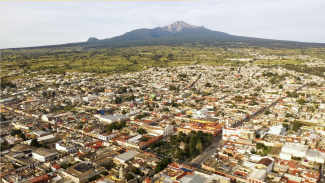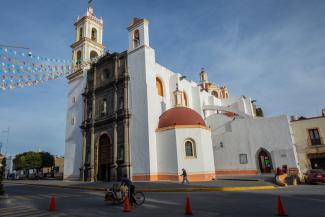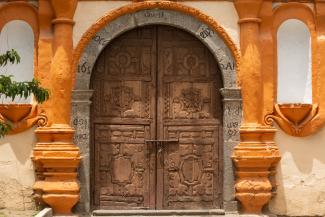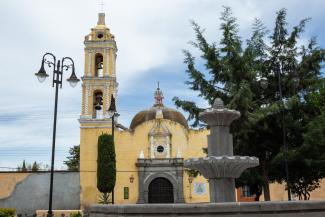San Luis Huamantla
Historical Monuments Zone
Abstract
Its streets and neighborhoods were laid out in the viceregal era and have been the scene of memorable battles; for this reason, the city has earned the title of “heroic.” It is currently known for its traditional fair in honor of the Virgen de la Caridad, as well as for its vast decorative street carpets made of colored sawdust.
Huamantla is renowned for its traditional fair held in August in honor of the Virgen de la Caridad. The city is also known as the “three times heroic” due to the three significant battles that have been fought on its territory: the first during the Spanish conquest in 1519, the second during the American invasion in 1847, and the third during the Revolution of Tuxtepec in 1876.
Its name comes from the Nahuatl Cuahmantlan, which means “next to the forest.” In viceregal times it received the name of San Luis Huamantla and in the 19th century it was given the title of “heroic.”
The current territory of Huamantla was inhabited in pre-Hispanic times by Otomi groups from Chiapan, State of Mexico.
When the Spanish arrived in the area of Tecoac, current municipality of Huamantla, in 1519, they were attacked by a group of Otomi who guarded the borders of the Tlaxcala dominion. During this battle, the Otomi managed to knock down a horse with a macuahuitl or obsidian mace, which they captured and tore apart as one of their trophies of war and sacrifice.
On May 28, 1528, the King of Spain granted the founding San Luis Huamantla, along with four religious images to be placed in its first churches, which were named San Luis Obispo de Toulus, San Francisco de Asís, San Miguel and the Church of the Virgin Mary.
In 1529 the first Franciscans arrived in Huamantla and the construction of the first Christian churches began, which gave rise to 19 neighborhoods, of which 16 remain today and three have disappeared.
By the second half of the 18th century, Tlaxcala and Huamantla ceased to be cities with an exclusively indigenous population, since there were a greater number of Spaniards and criollos, hacienda owners, and their administrative personnel, in addition to the owners of manufacturing workshops.
In 1822, with Mexico now an independent country, the municipality of Huamantla was founded as part of the territory of Tlaxcala state.
The city was considered a strategic point for communication between Mexico City and the port of Veracruz. During the American invasion of 1847 a group of local volunteer forces came to its defense and assassinated Captain Walker, chief of the U.S. cavalry. Due to this event, in 1853 it was named “Heroica Huamantla” by decree.
Another significant battle that was fought in Huamantla occurred during the Tuxtepec Rebellion, when Porfirio Díaz took up arms against President Sebastián Lerdo de Tejada, who sought reelection. The battle that gave Díaz his final victory took place in Tecoac, Huamantla on November 16, 1876. It is said that Porfirio Díaz had entrusted himself to the Virgen de la Caridad, patron saint of the city and that, in gratitude, he offered her a crown, a halo and a gold palm.
In addition to its historical importance, Huamantla is distinguished by its traditions, particularly the festivity around its patron saint, the Virgen de la Caridad, who is celebrated throughout the month of August with a fair. There are concerts of symphonic and folk orchestras, bullfights, fairground rides, charreadas, paper balloon flights, and culinary displays with regional dishes. August 14 is the most important day for the community, when the tradition known as “the night that nobody sleeps” takes place. Pilgrims flock to the city to venerate the Virgin of Charity, masses and rosaries are celebrated in her honor, and her birthday is celebrated. The culminating moment happens at midnight when the Virgin leaves in procession from her church, dressed in a beautiful new trousseau made by the local women. The Virgin is carried through the streets of Huamantla, which are covered for the occasion with beautiful and colorful monumental carpets of sawdust and flowers, which extend for 4 km.
As part of this fair, on August 19 the “Huamantlada” is celebrated, during which bulls are set loose in the streets, as in the Spanish “Pamplonada.”
Another of Huamantla’s emblematic traditions is the Rosete Aranda International Puppet Festival, held during the month of October, in which national and international puppet companies take part.
Huamantla is located on the slopes of the Matlalcuéye volcano, also known as Malintzi or Malinche. The city was first laid out in the 16th century and it preserves original urban elements such as its neighborhoods and straight streets that begin from the Plaza Mayor and intersect, forming a checkerboard pattern slightly modified by the shape of the different neighborhoods, generating open spaces, squares and gardens.
The Zone of Historical Monuments comprises an area of 1.68 km2. It is made up of 86 blocks with buildings of historical and architectural value built between the 16th and 19th centuries.
Among the religious buildings are the Former Monastery of San Luis and the churches of San Lucas, Jesús, the Santísima Trinidad, El Calvario, Dulce Nombre, Santa Cruz, San Miguel, San Francisquito, San José, La Preciosa, and San Antonio. Other buildings with architectural, historical and cultural value are the Municipal Palace, the Railway Station, the Military Barracks, the Bullfighting Museum, the House of Twelve Doors and the first Monte Pío. This area is also characterized by its squares and gardens, among which the small plazas of Jesús, San Lucas, Santa Cruz, Dulce Nombre and Parque Juárez are of particular note.
Huamantla was declared a Zone of Historical Monuments on November 12, 1984 and as of 2006, it was named a Pueblo Mágico (Magical Town) by the Ministry of Tourism.
-
Monumentos Históricos
-
Bienes inmuebles con valor cultural
-
Conjuntos arquitectónicos
-
Sitios de interés
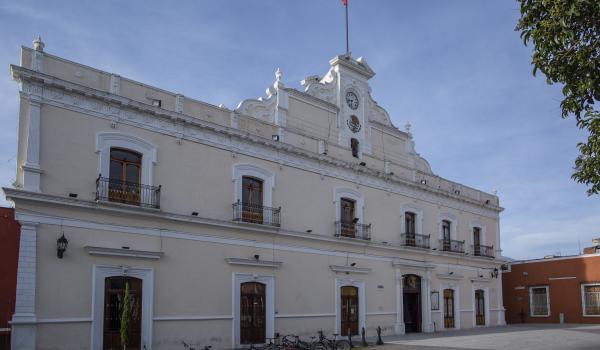
Palacio Municipal
This two-story public building is decorated with murals by Desiderio Xochitiotzin. It was built around two courtyards, the first of which has a small garden and fountain, while the second housed the municipal prison yard.
Palacio Municipal
This two-story public building is decorated with murals by Desiderio Xochitiotzin. It was built around two courtyards, the first of which has a small garden and fountain, while the second housed the municipal prison yard.
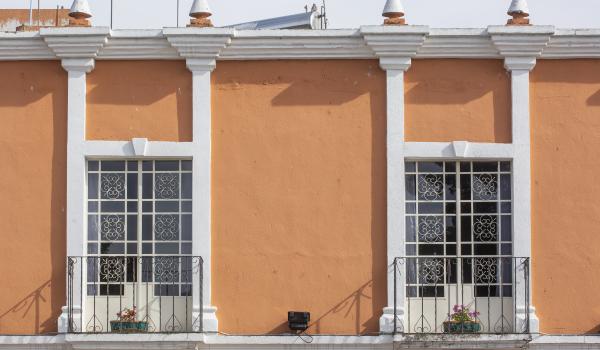
Hotel del parque
This 18th-century building retains its original arches and columns with capitals.
Hotel del parque
This 18th-century building retains its original arches and columns with capitals.
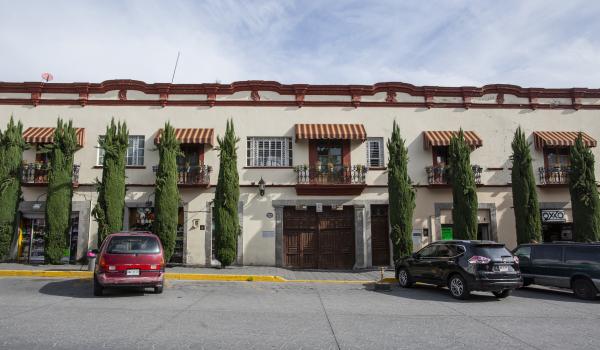
Antiguo Monte Pio
Two-story building with seven entranceways. The main entrance still has stone jambs with capitals.
Antiguo Monte Pio
Two-story building with seven entranceways. The main entrance still has stone jambs with capitals.
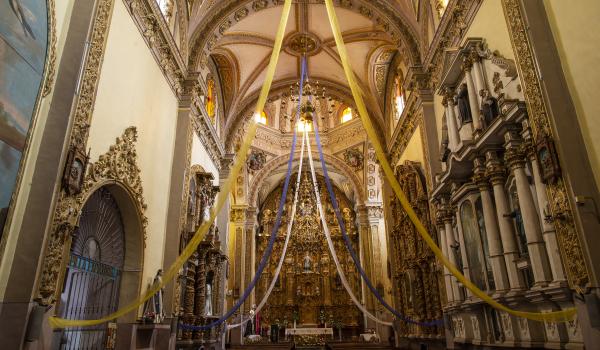
Parroquia San Luis Obispo
An 18th-century parish church with a Latin cross floor plan, featuring a baptistery, side chapel, adjoining chapel dedicated to the Sacred Heart, and sacristy. It is covered by a barrel vault with lunettes, as well as a dome with skylights and a lantern.
Parroquia San Luis Obispo
An 18th-century parish church with a Latin cross floor plan, featuring a baptistery, side chapel, adjoining chapel dedicated to the Sacred Heart, and sacristy. It is covered by a barrel vault with lunettes, as well as a dome with skylights and a lantern.
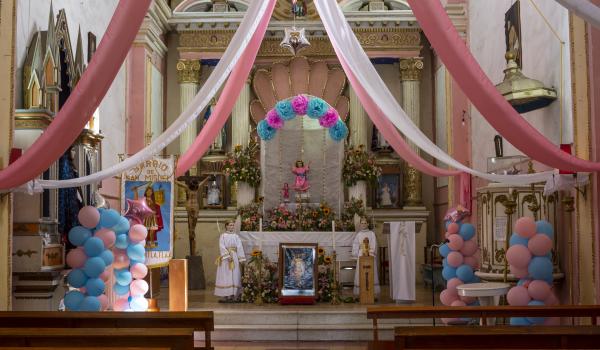
Templo de San Miguel Arcángel
A 19th-century religious building whose image of Saint Michael arrived in 1528. It had a fountain that is now located in Hidalgo Park. The floor plan is rectangular and has a dome without a drum. In the atrium, there is a royal arcade in carved quarry stone.
Templo de San Miguel Arcángel
A 19th-century religious building whose image of Saint Michael arrived in 1528. It had a fountain that is now located in Hidalgo Park. The floor plan is rectangular and has a dome without a drum. In the atrium, there is a royal arcade in carved quarry stone. The temple houses a stone baptismal font, a pulpit, four sculptures, and an oil painting from 1765.
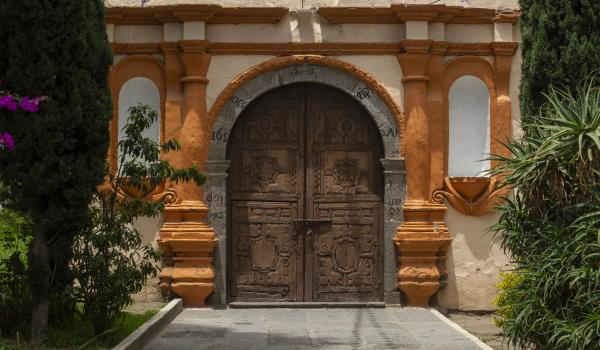
Templo El calvario
This 17th-century building is one of the 19 temples that Huamantla had since its founding in 1534. Its façade bears the date 1656, and it is the only one whose main altarpiece depicts the Holy Sepulcher. Its grounds were reduced for the construction of a high school and an elementary school.
Templo El calvario
This 17th-century building is one of the 19 temples that Huamantla had since its founding in 1534. Its façade bears the date 1656, and it is the only one whose main altarpiece depicts the Holy Sepulcher. Its grounds were reduced for the construction of a high school and an elementary school.
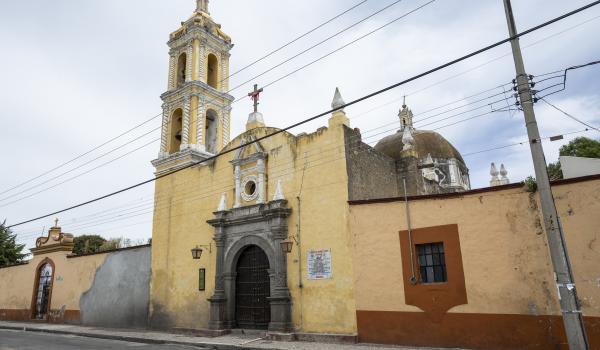
Templo de Jesús
17th-century religious building with a Latin cross plan, six supported arches, and a stone façade with carved columns.
Templo de Jesús
17th-century religious building with a Latin cross plan, six supported arches, and a stone façade with carved columns.
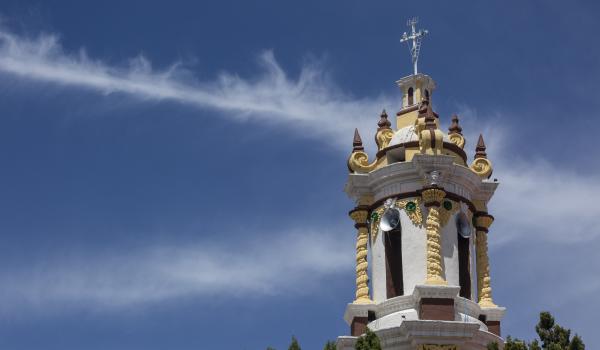
Templo de La Santa Cruz
A 17th-century temple whose façade features a doorway and a bell tower with two sections and a spire. Inside, paintings on the walls and arches have been preserved, as well as a Baroque wooden altarpiece.
Templo de La Santa Cruz
A 17th-century temple whose façade features a doorway and a bell tower with two sections and a spire. Inside, paintings on the walls and arches have been preserved, as well as a Baroque wooden altarpiece.
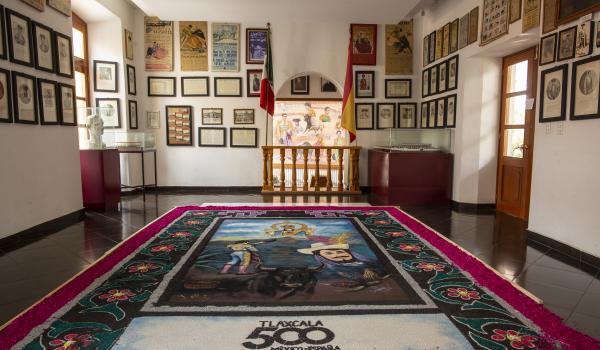
Museo Taurino
This museum opened its doors on August 15, 1981, by the Civil Association “Centro Social Recreativo Cultural” (Social, Recreational, and Cultural Center) of Huamantla and was remodeled by the State Department of Public Works.
n>
Museo Taurino
This museum opened its doors on August 15, 1981, by the Civil Association “Centro Social Recreativo Cultural” (Social, Recreational, and Cultural Center) of Huamantla and was remodeled by the State Department of Public Works. The building was inaugurated in the mid-18th century as Mesón de San Nicolás, a kindergarten, and a school offering various levels of education.
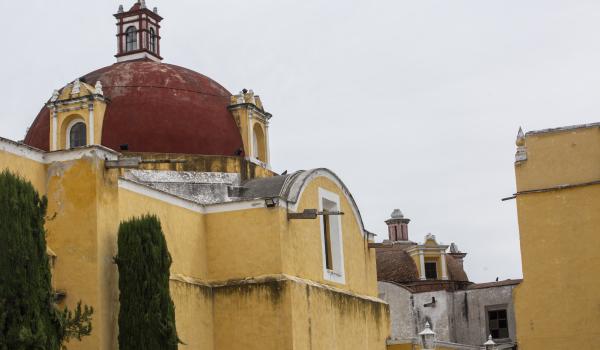
Templo y Ex convento de San Francisco
The complex consists of the main cloister, which is accessed through a door with a carved stone frame, and the open chapel. The convent has a square floor plan and is built around a courtyard and corridors.
Templo y Ex convento de San Francisco
The complex consists of the main cloister, which is accessed through a door with a carved stone frame, and the open chapel. The convent has a square floor plan and is built around a courtyard and corridors. Both floors are supported by stone columns and semicircular arches, with four arches on each side.

